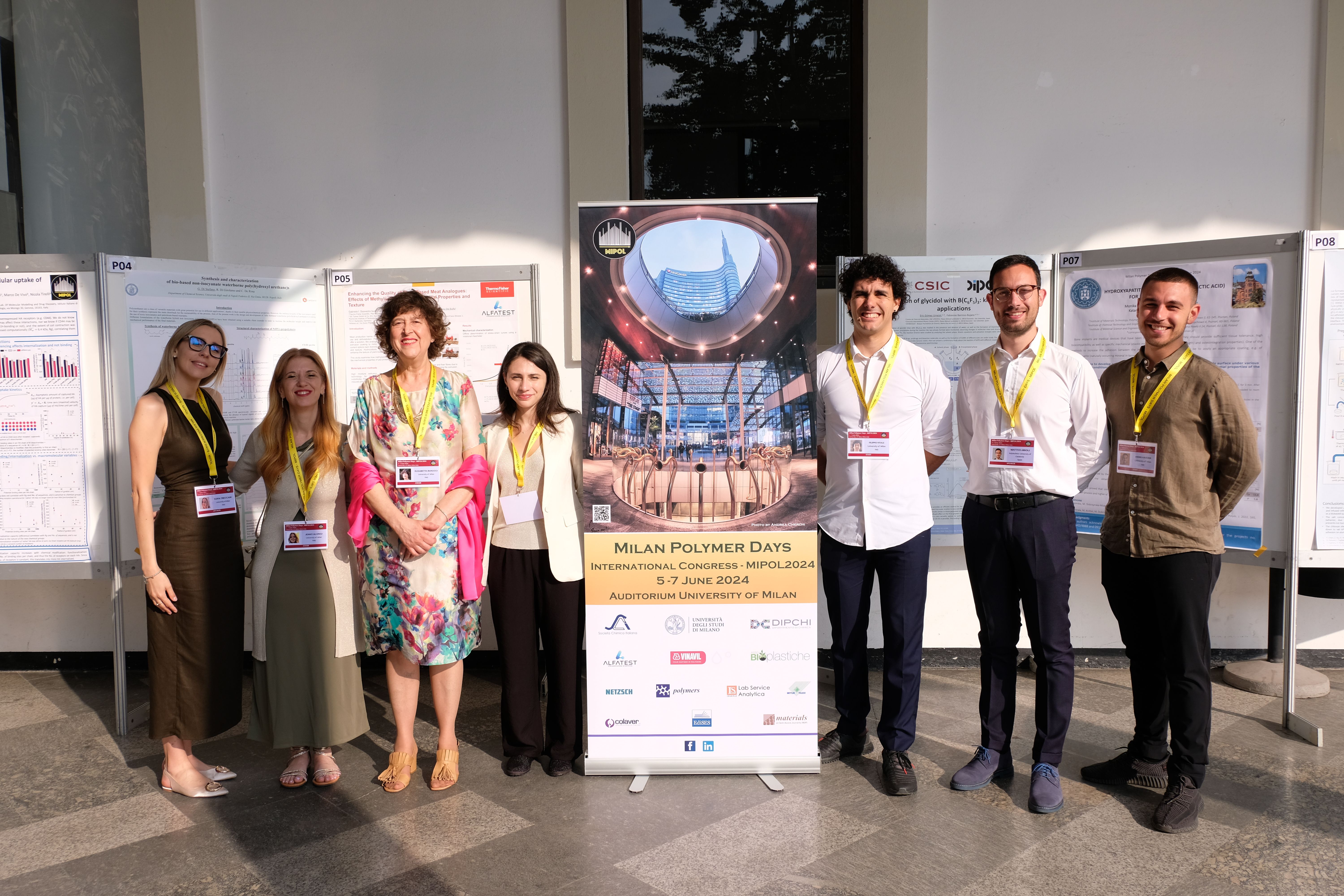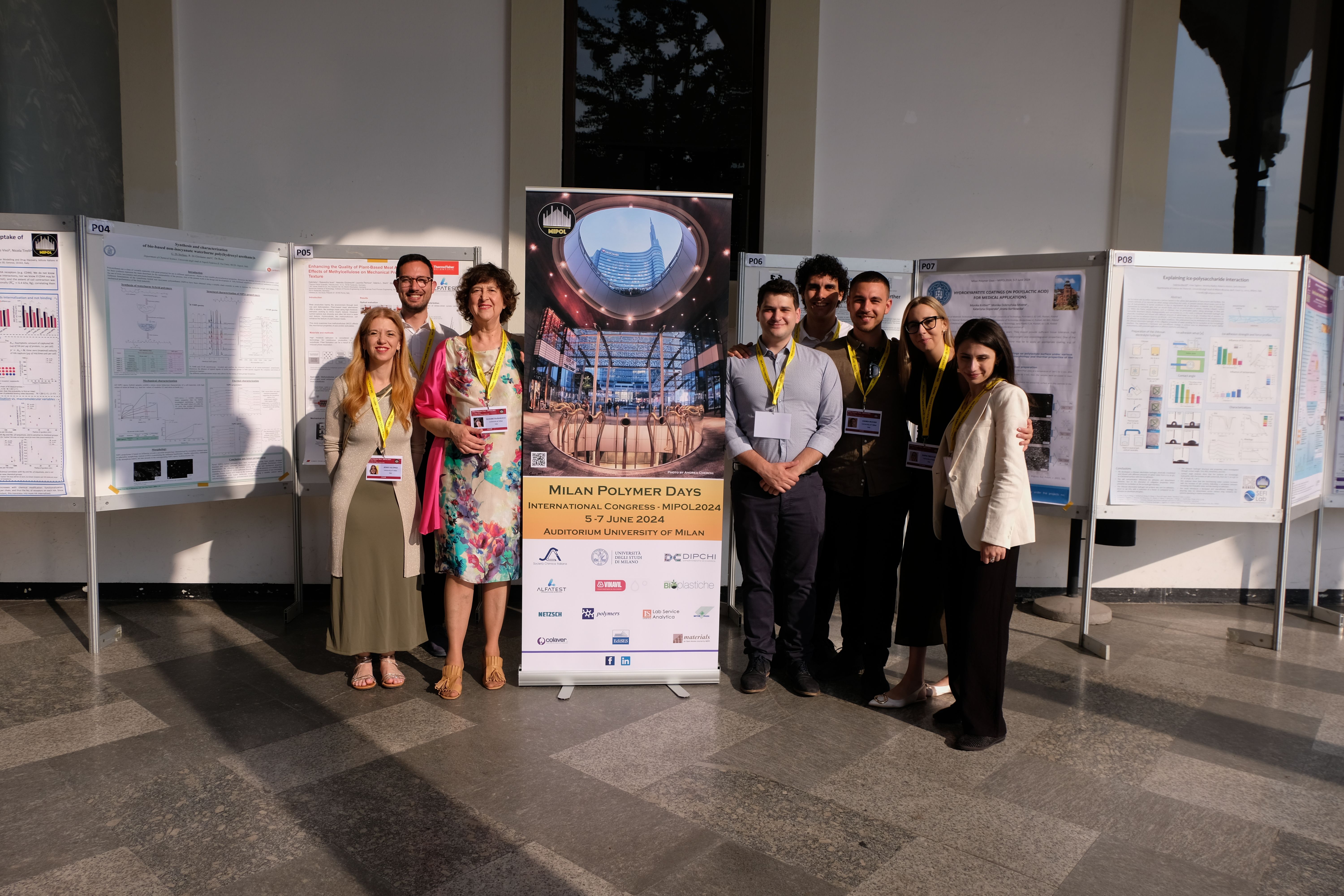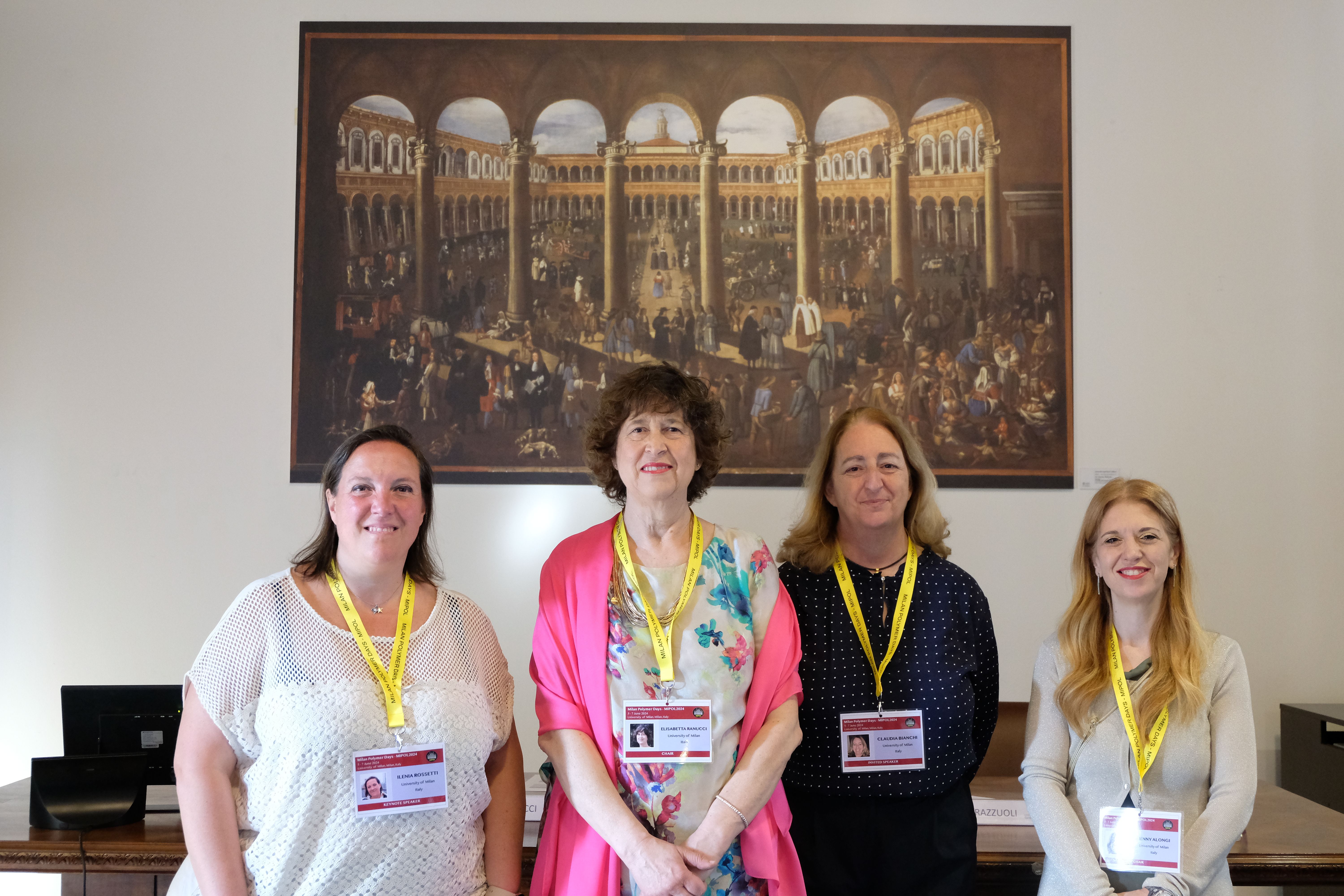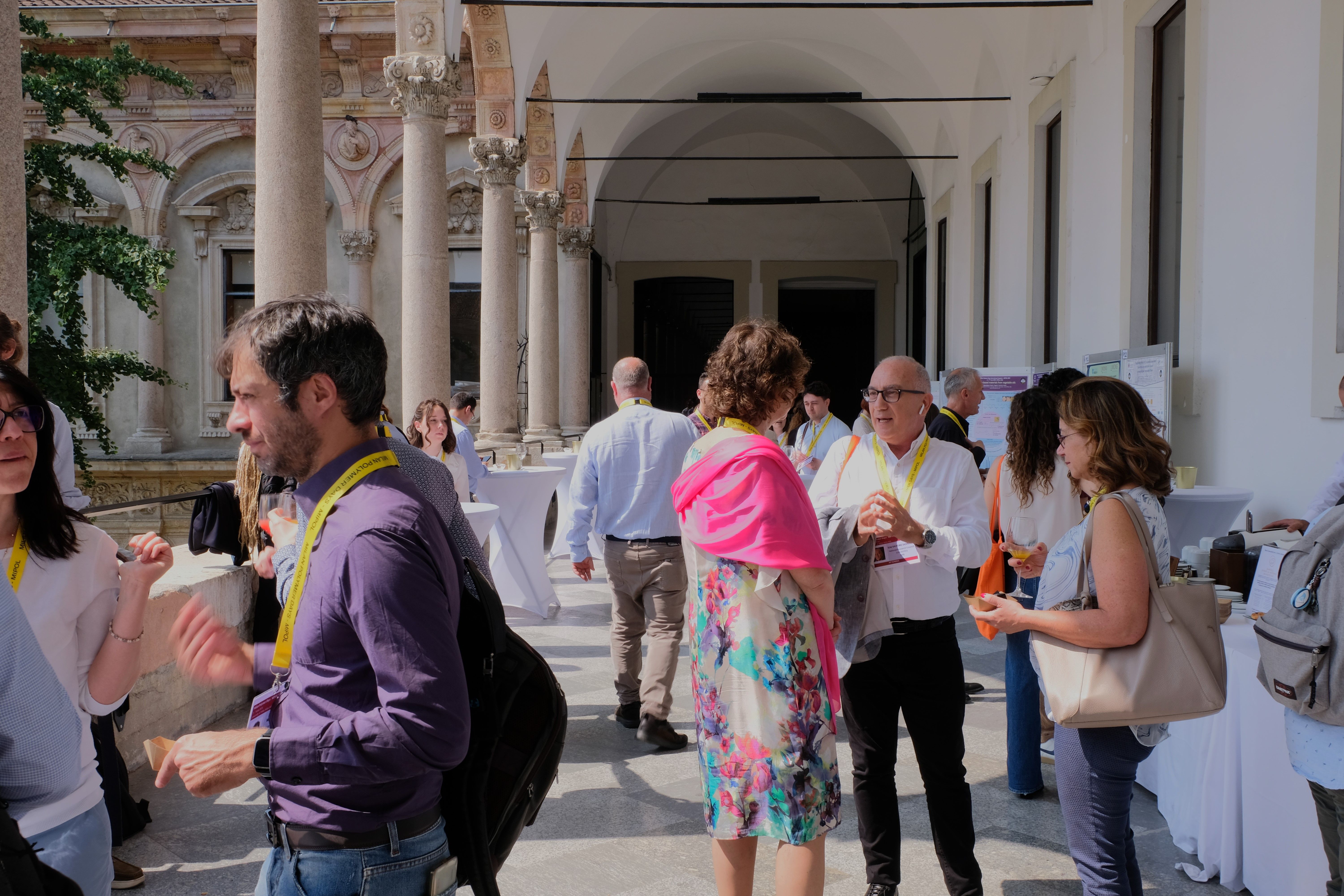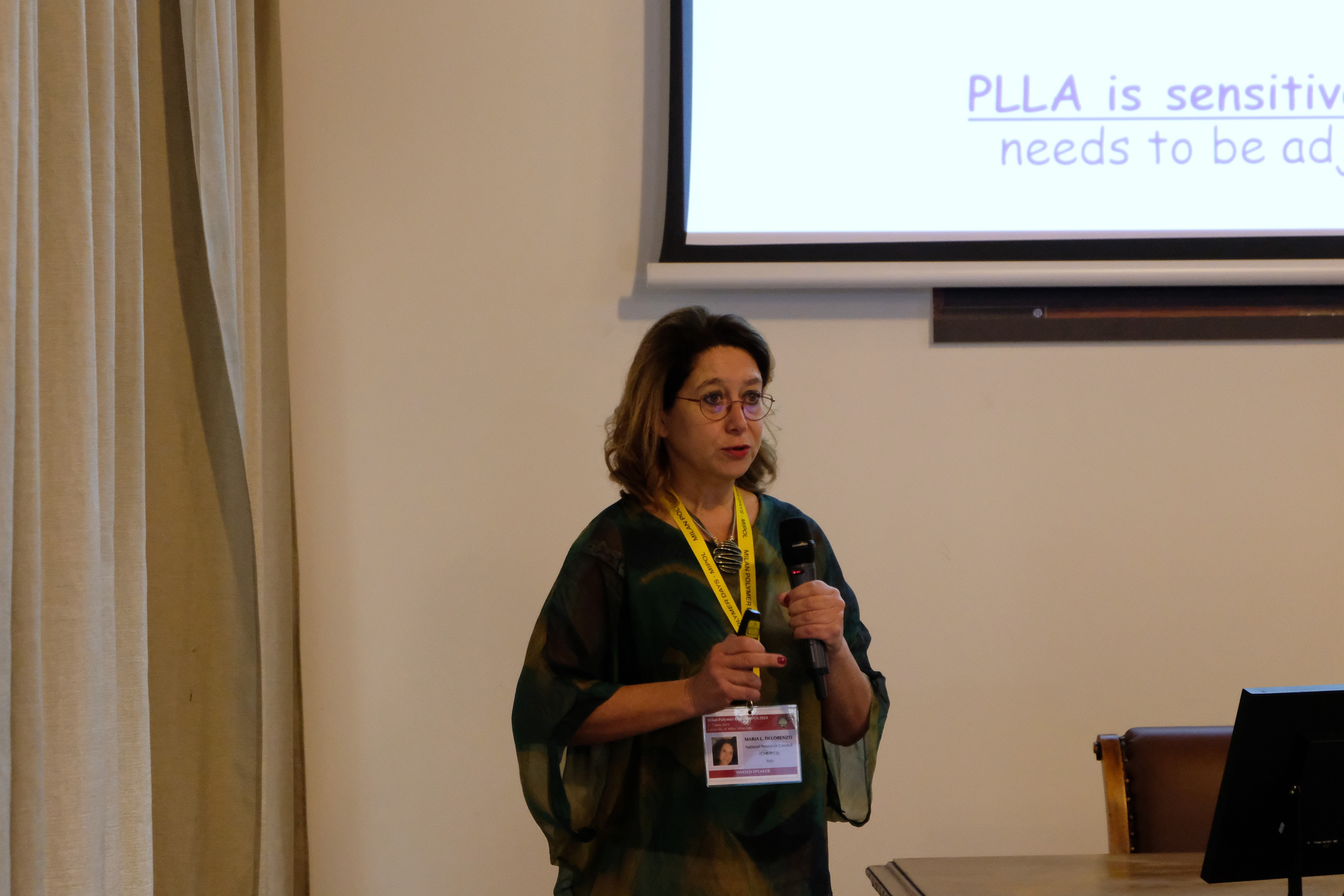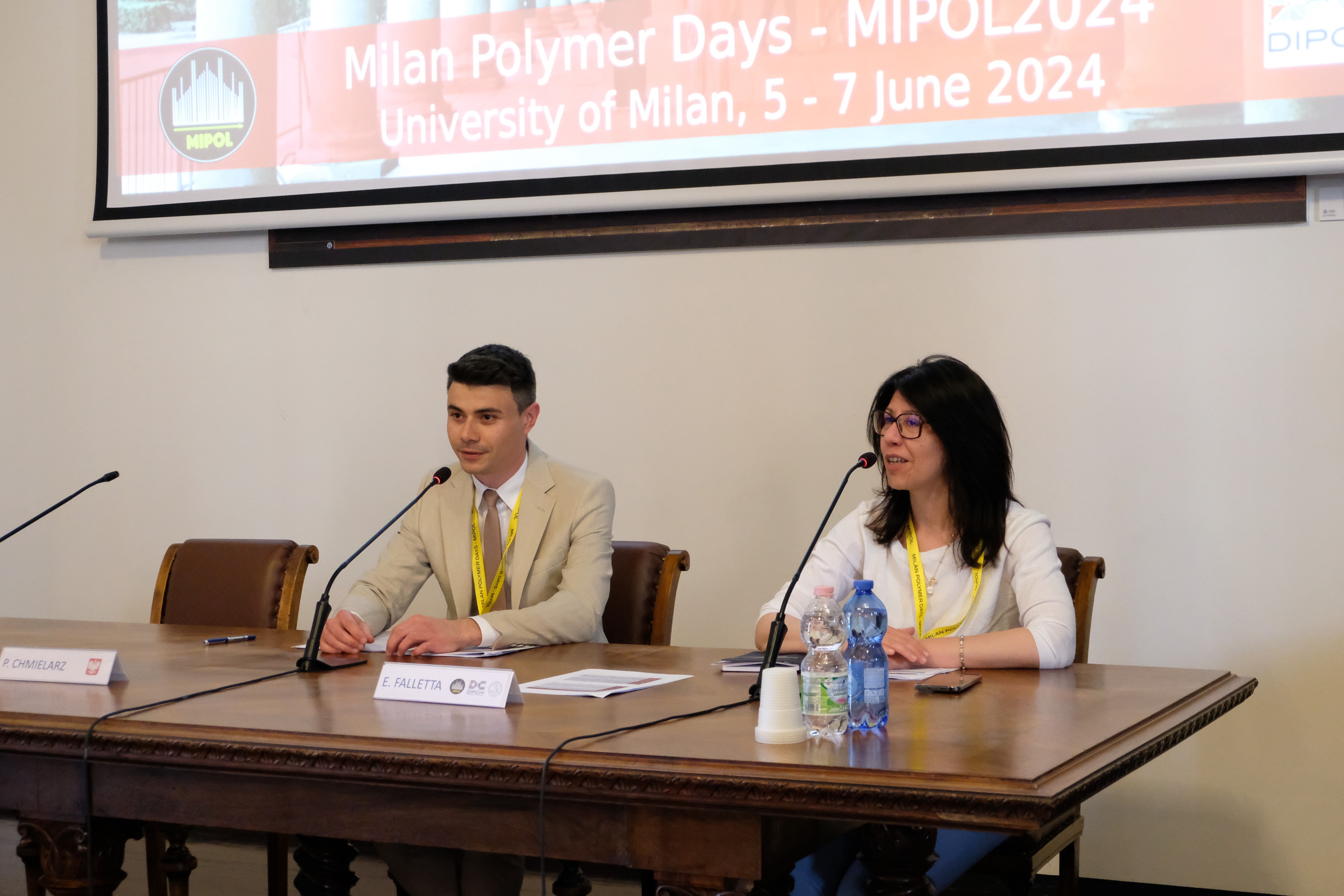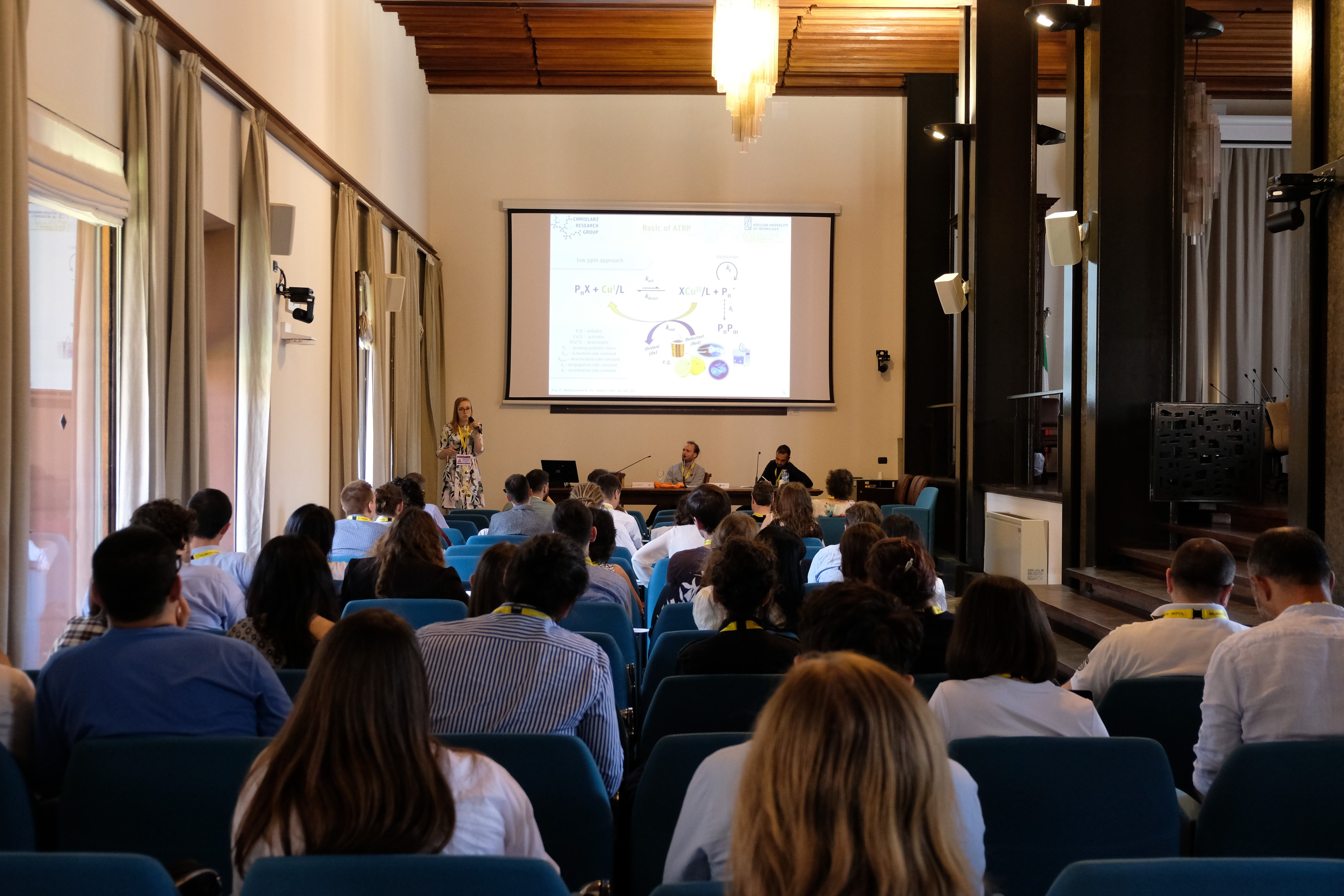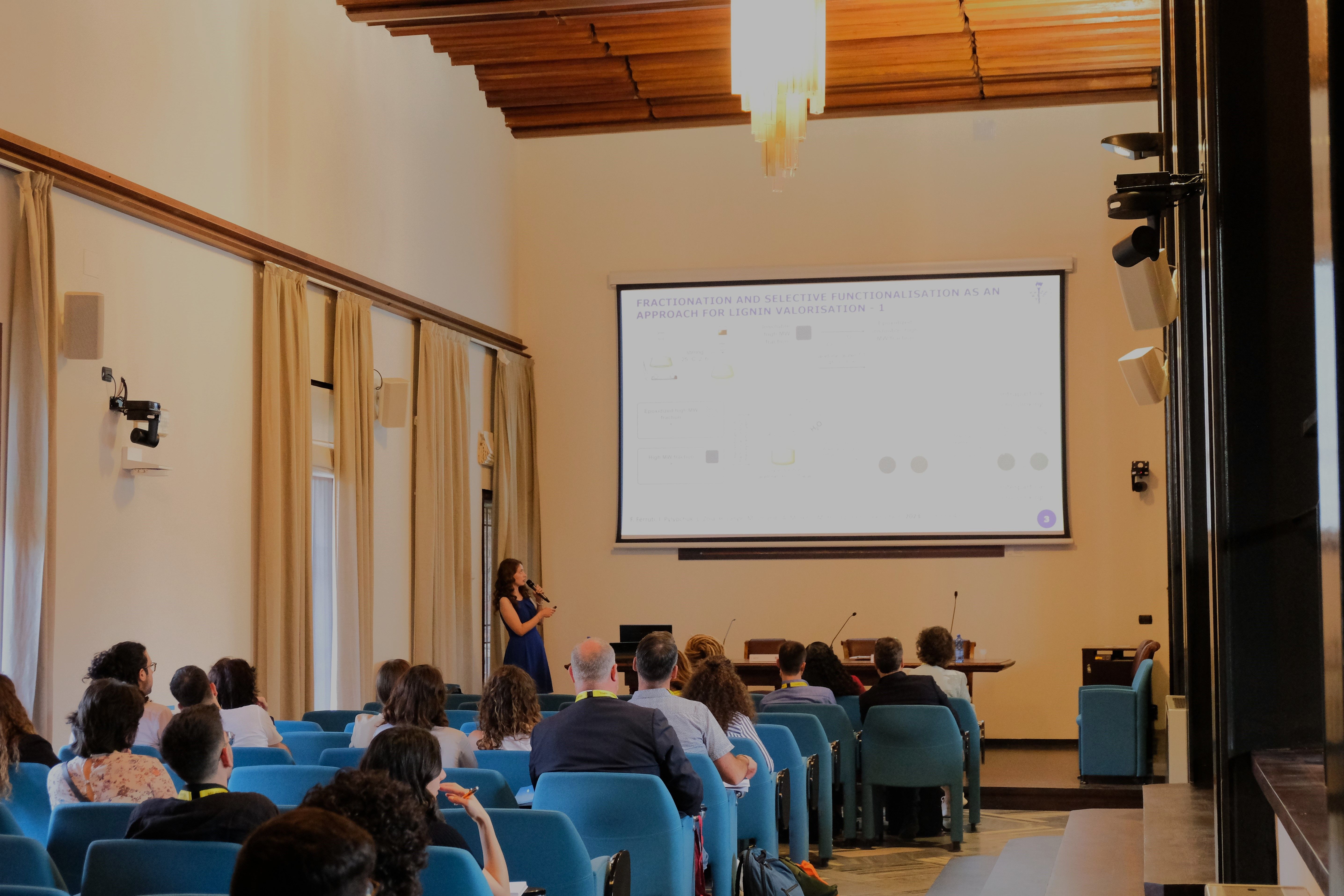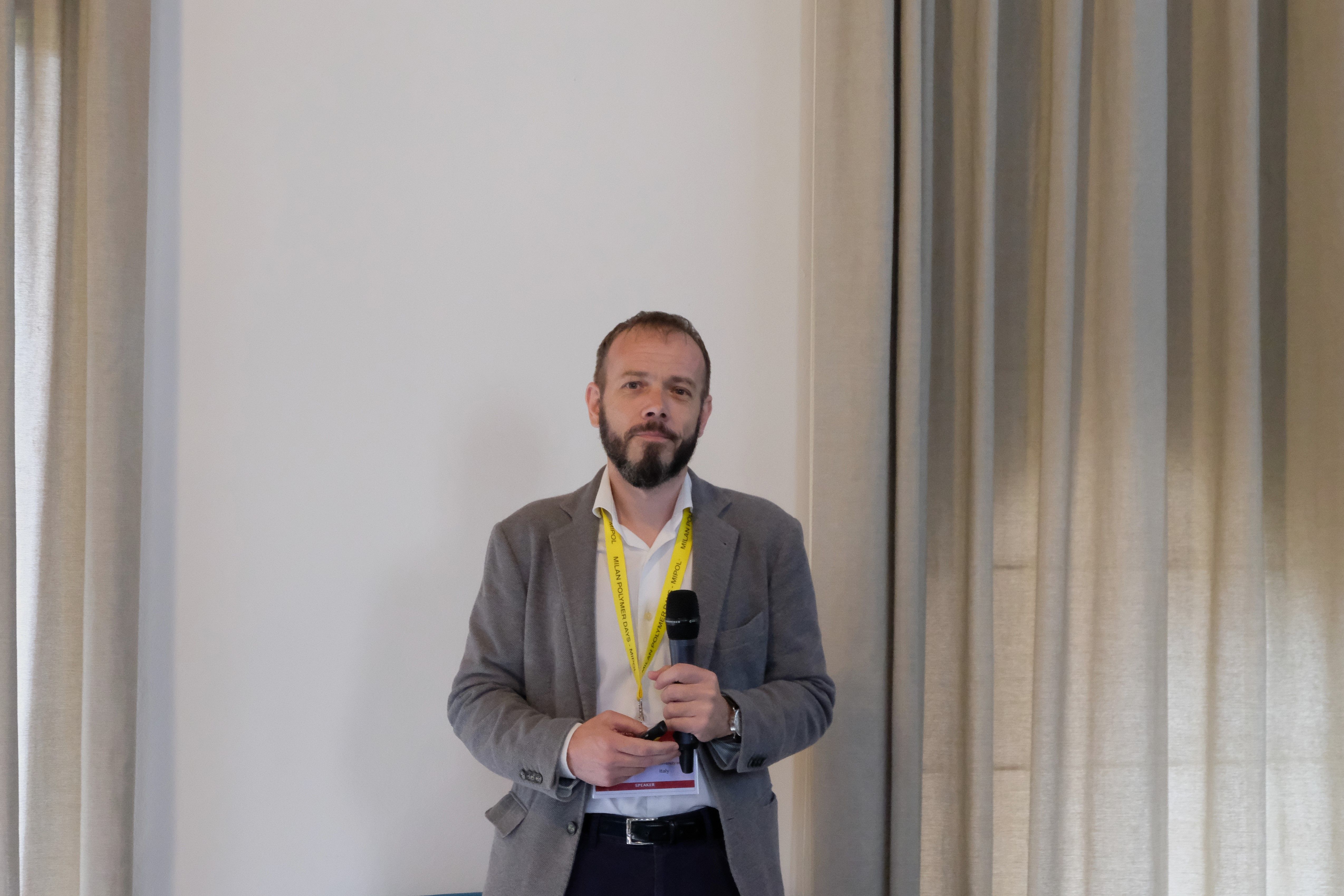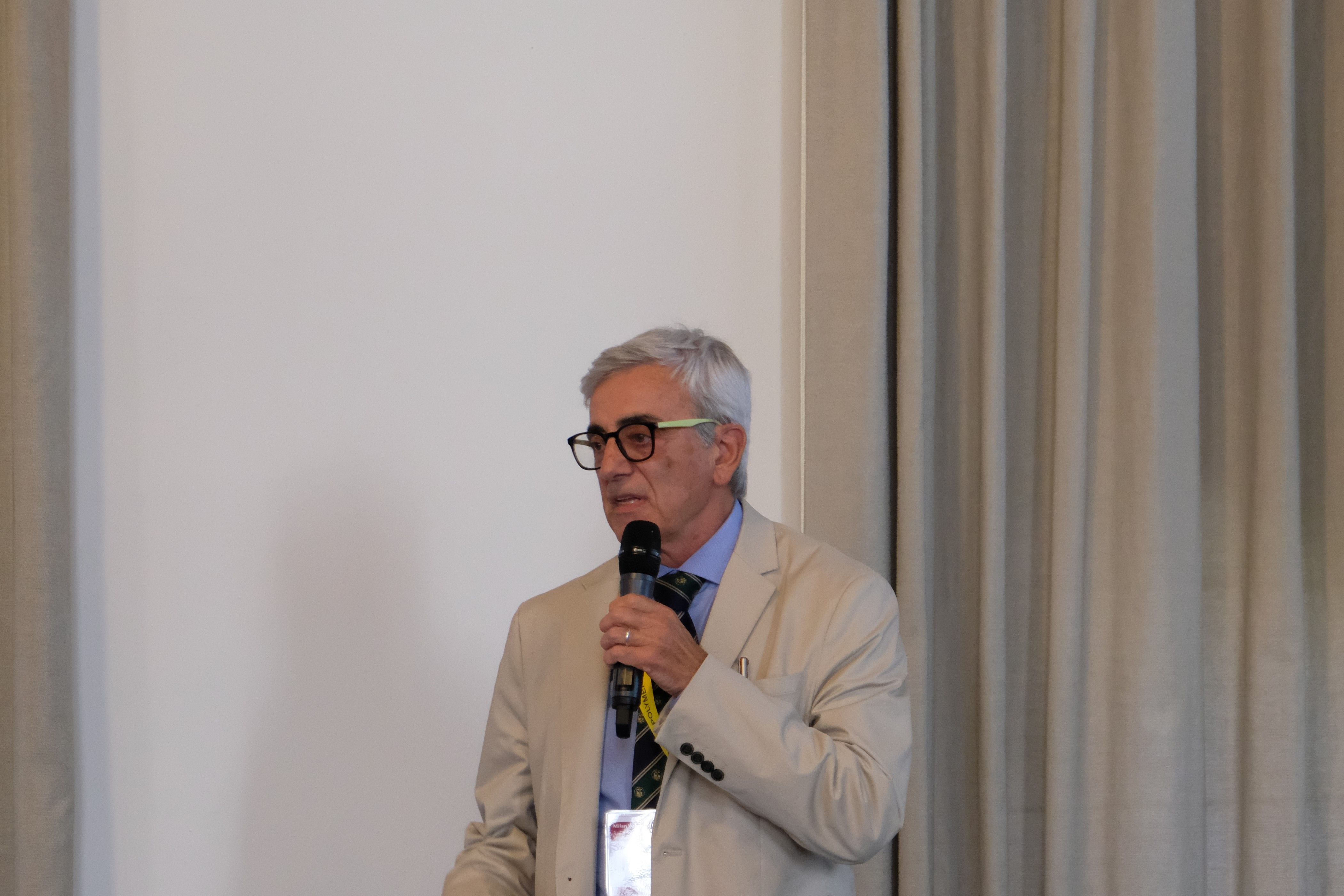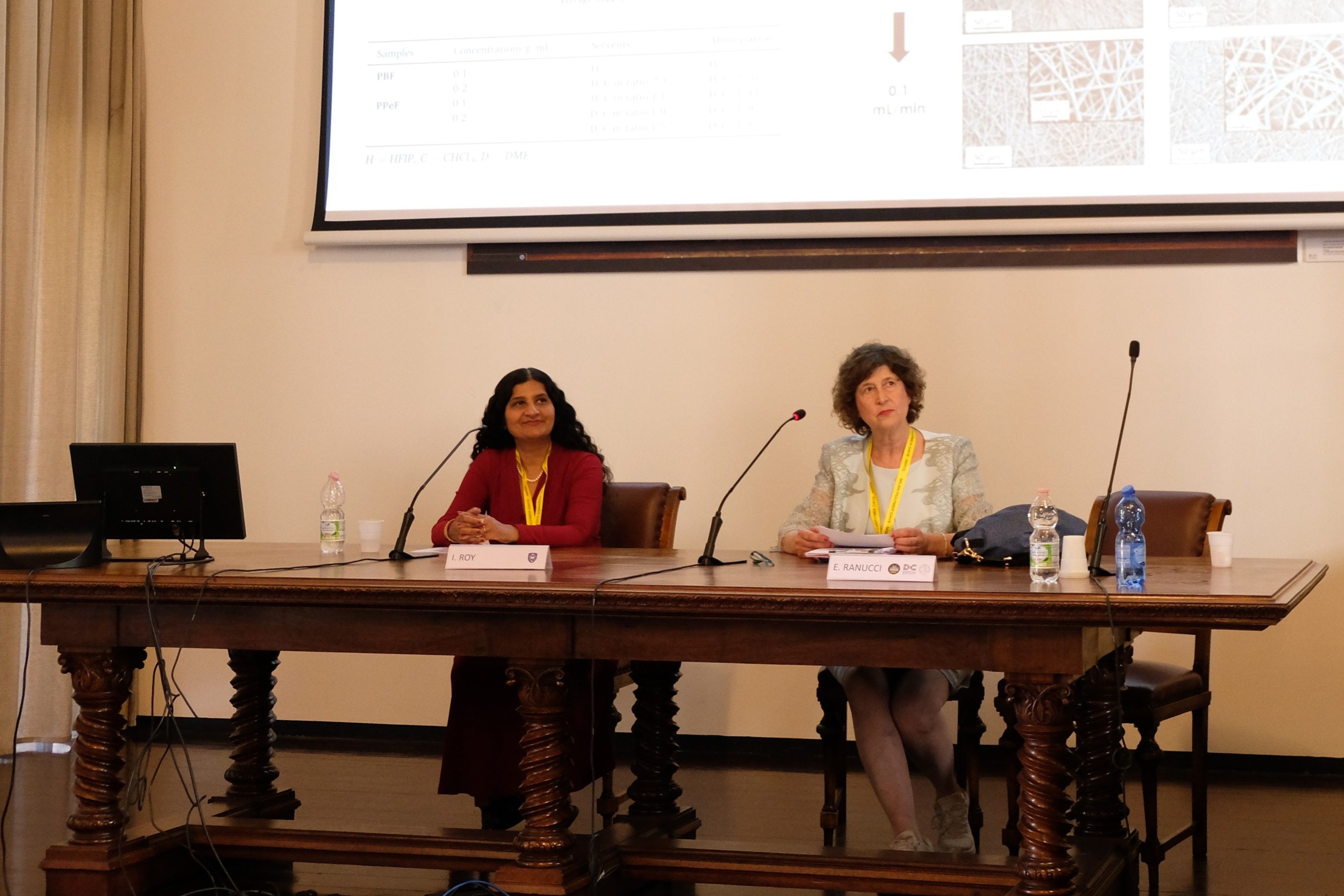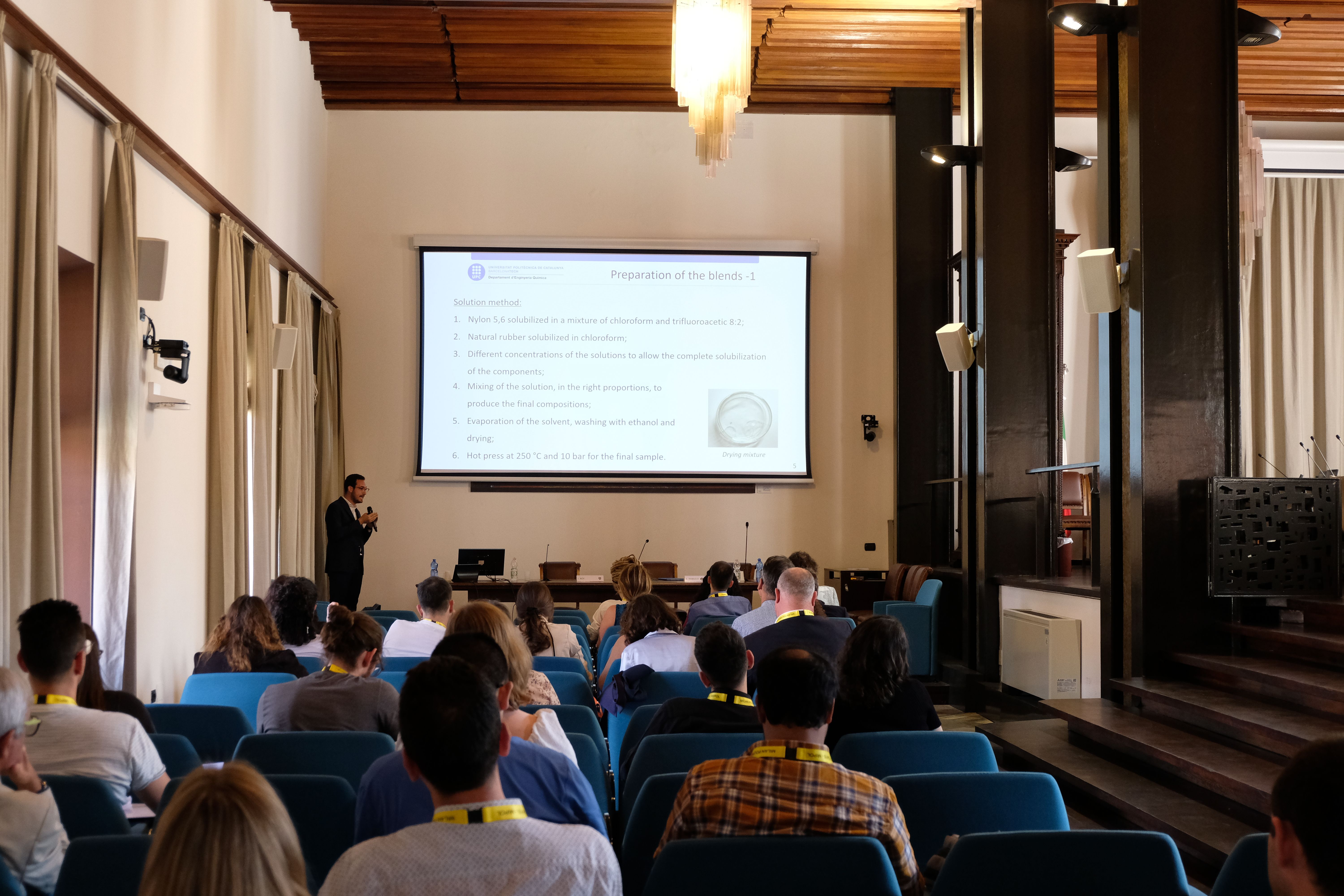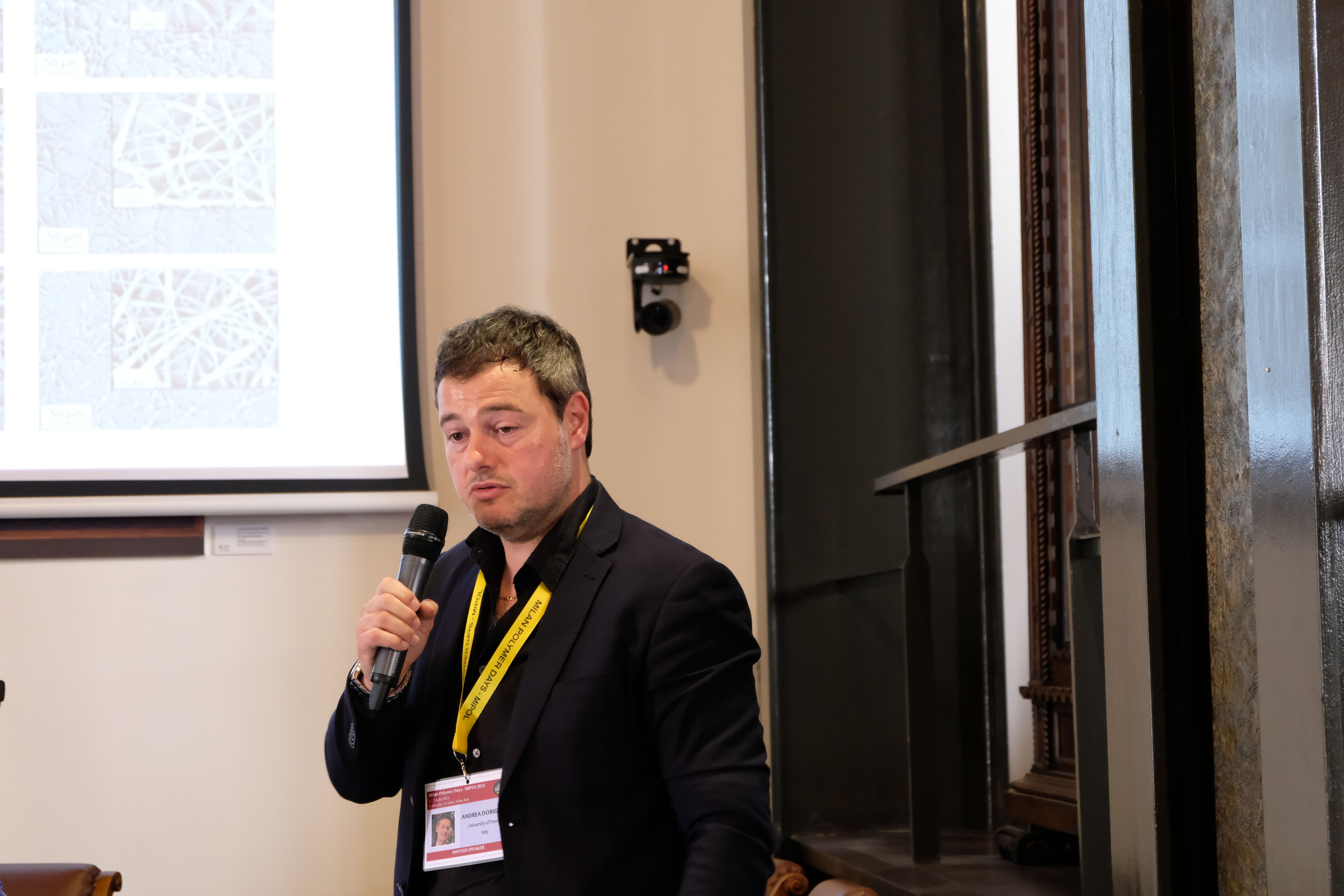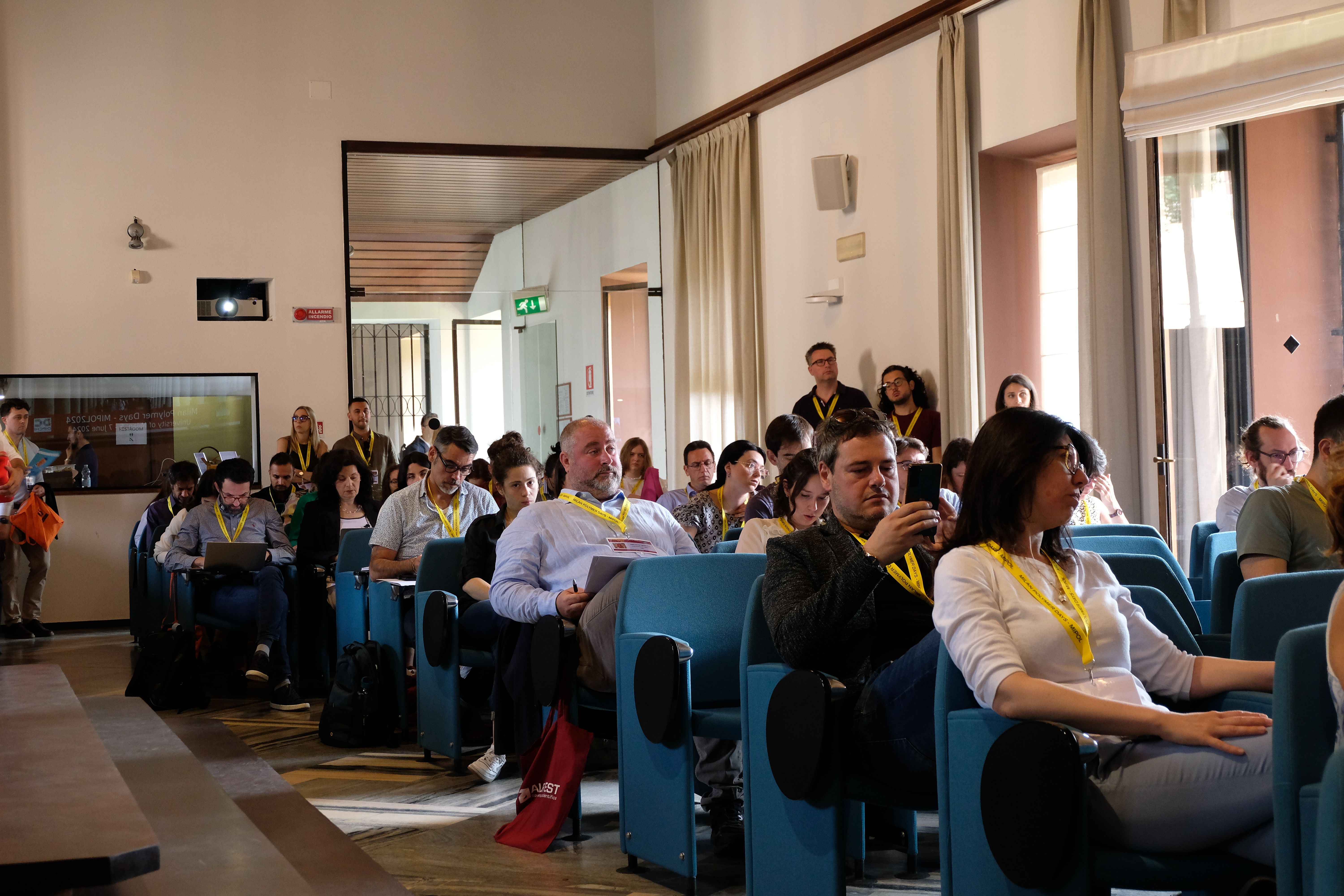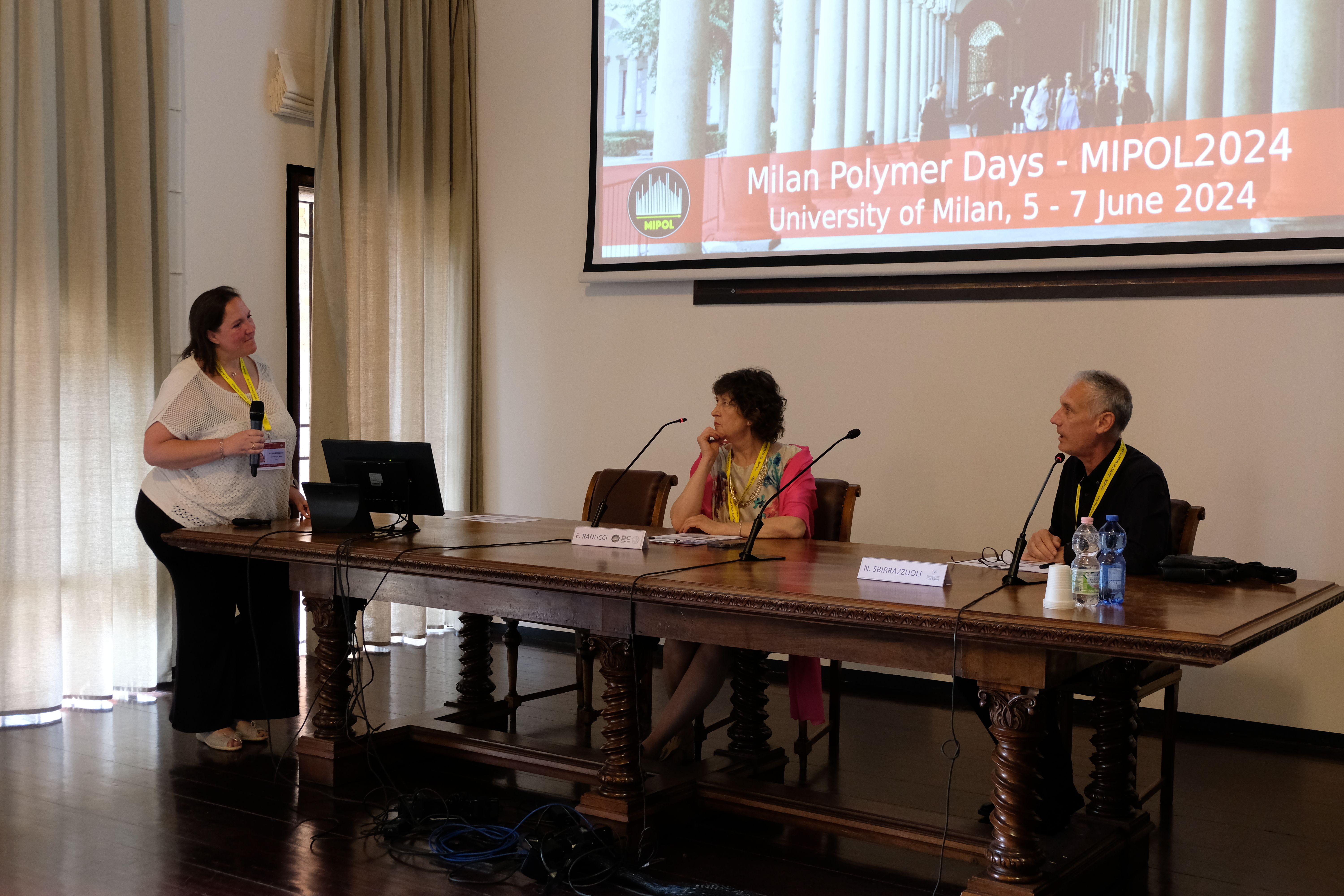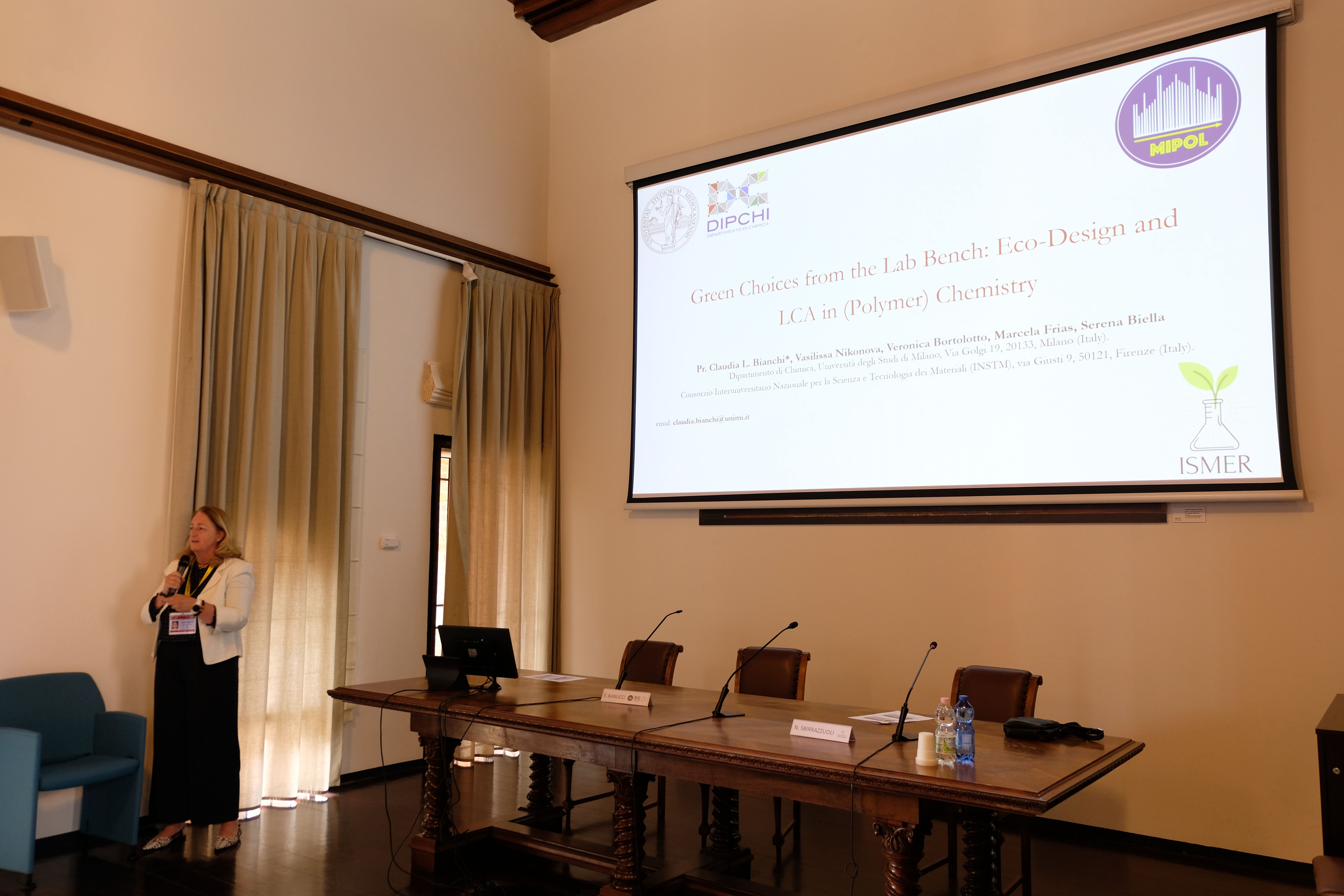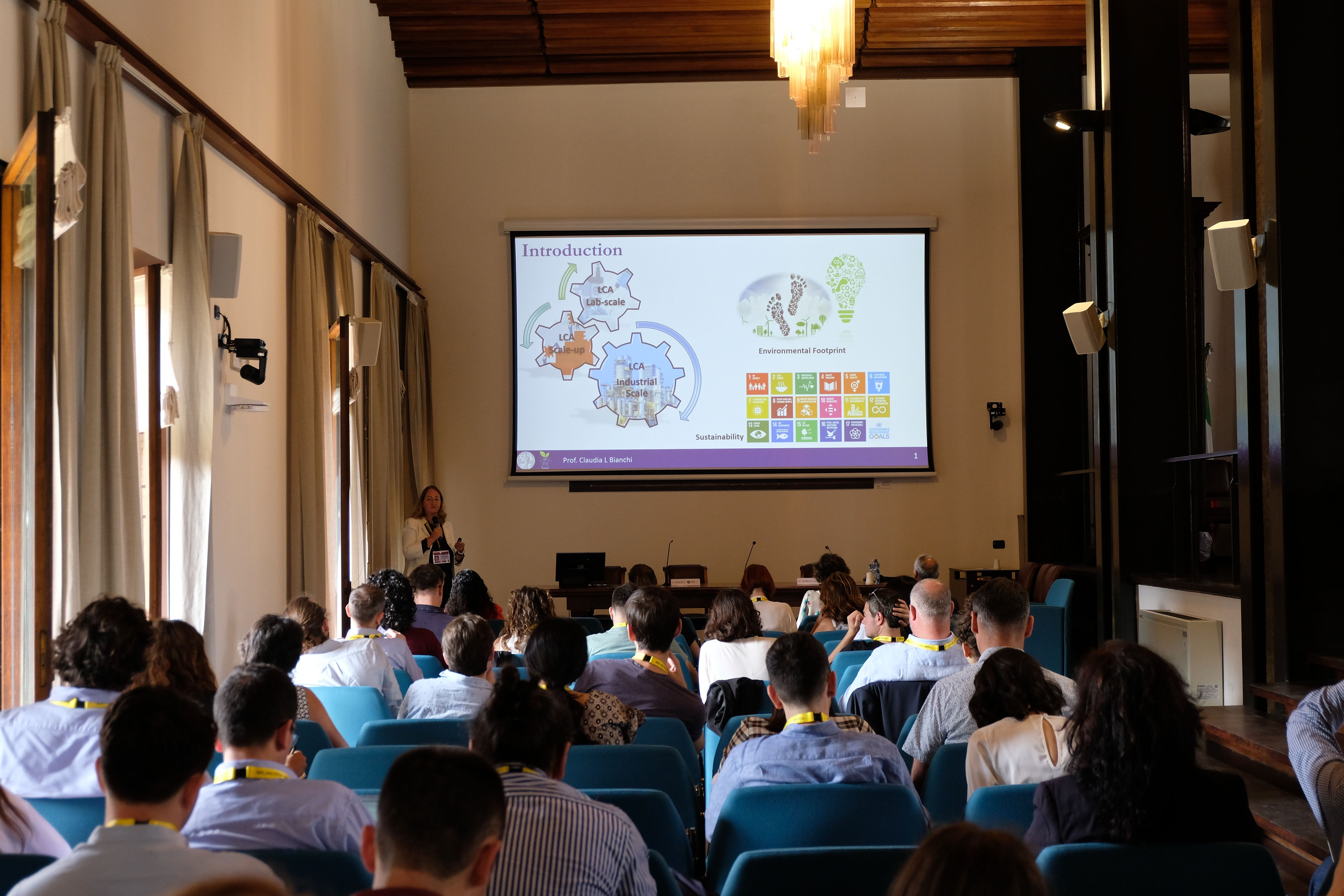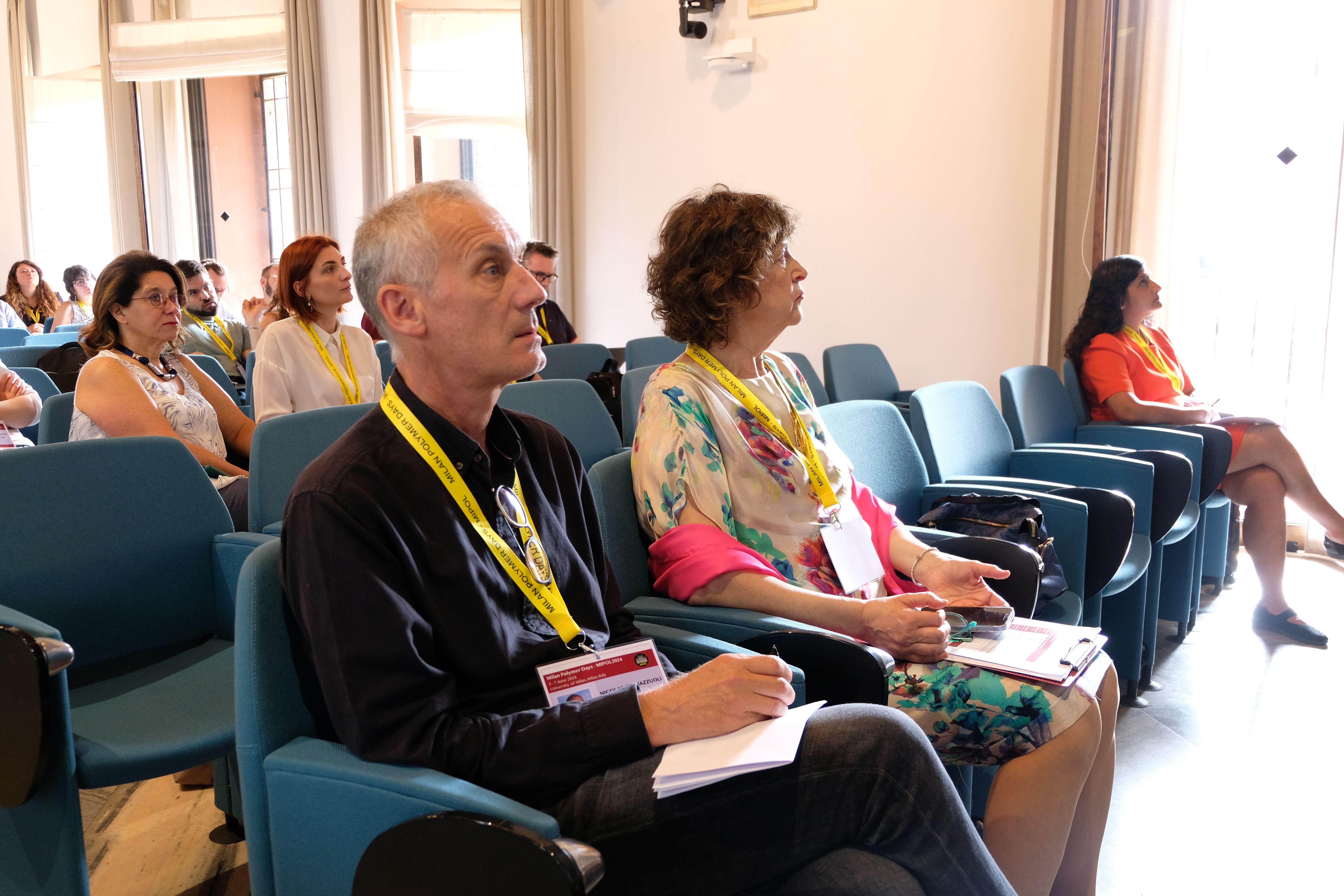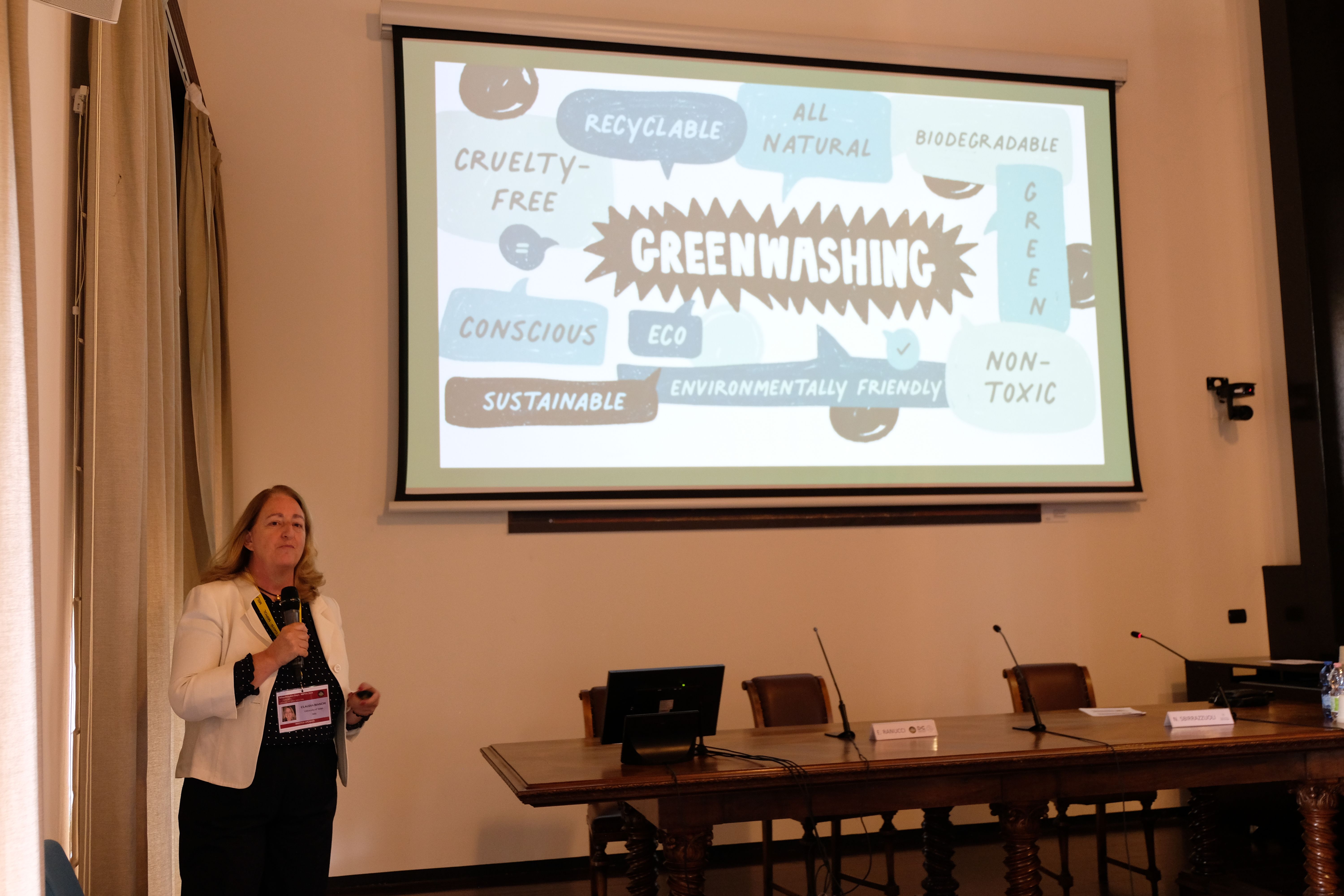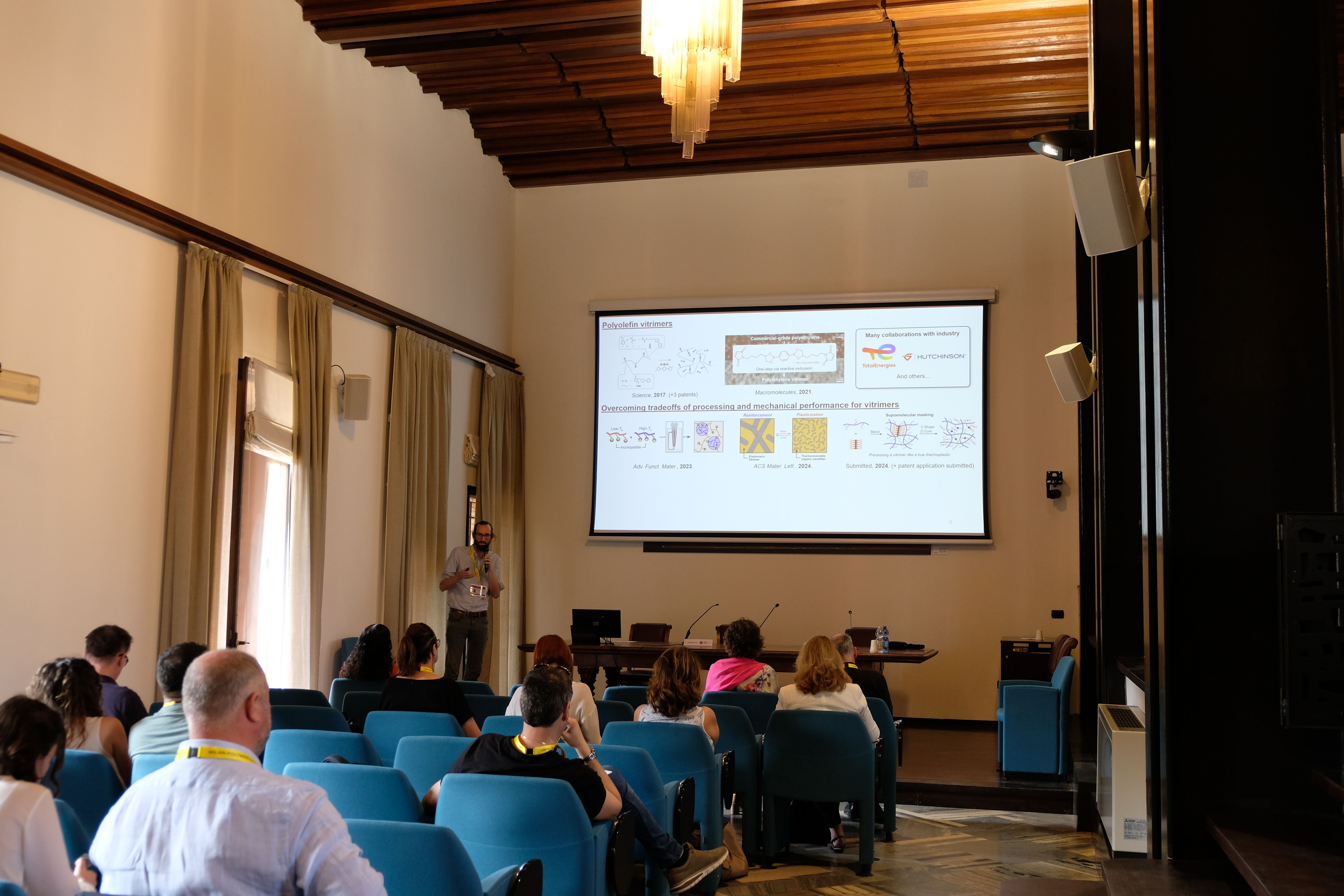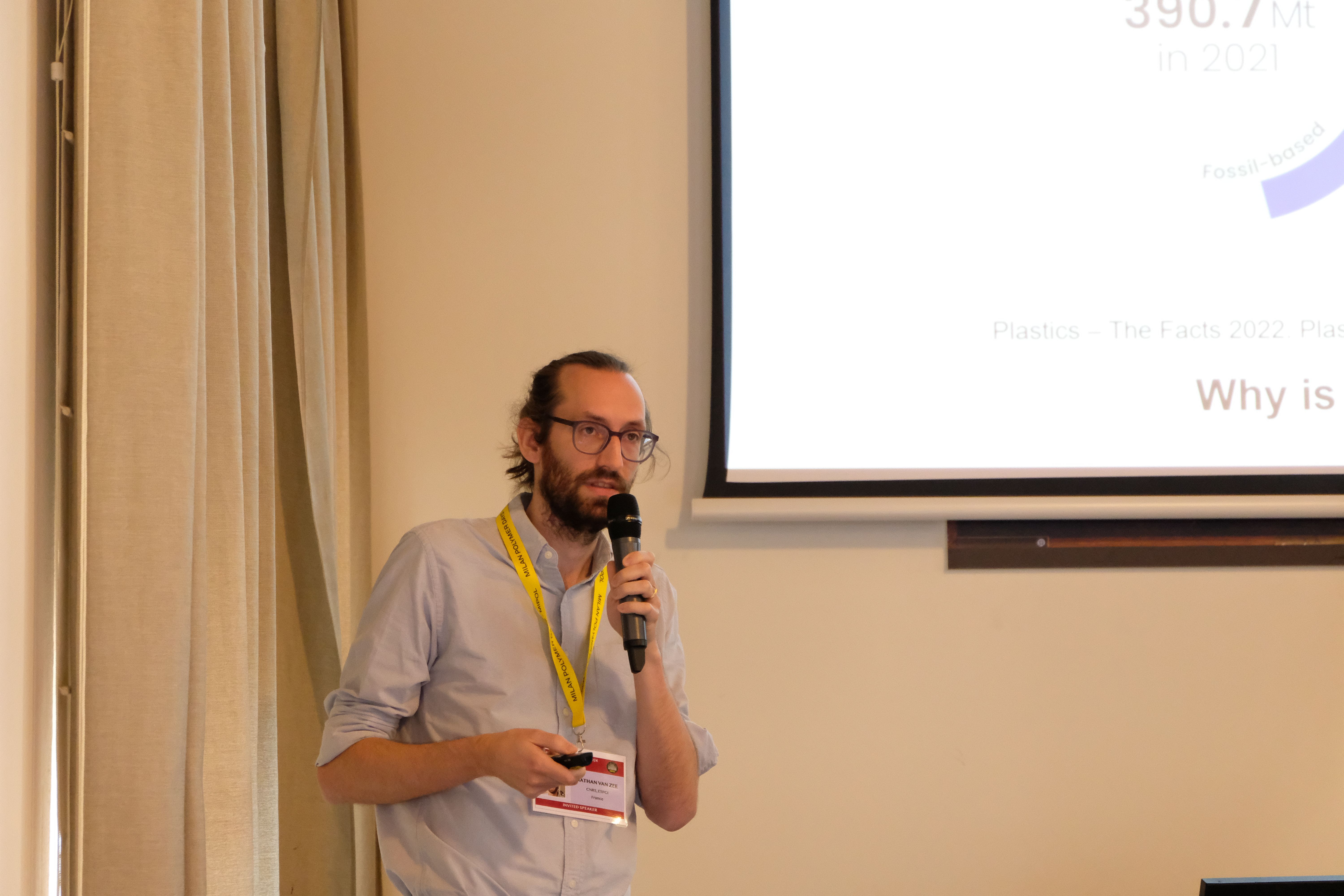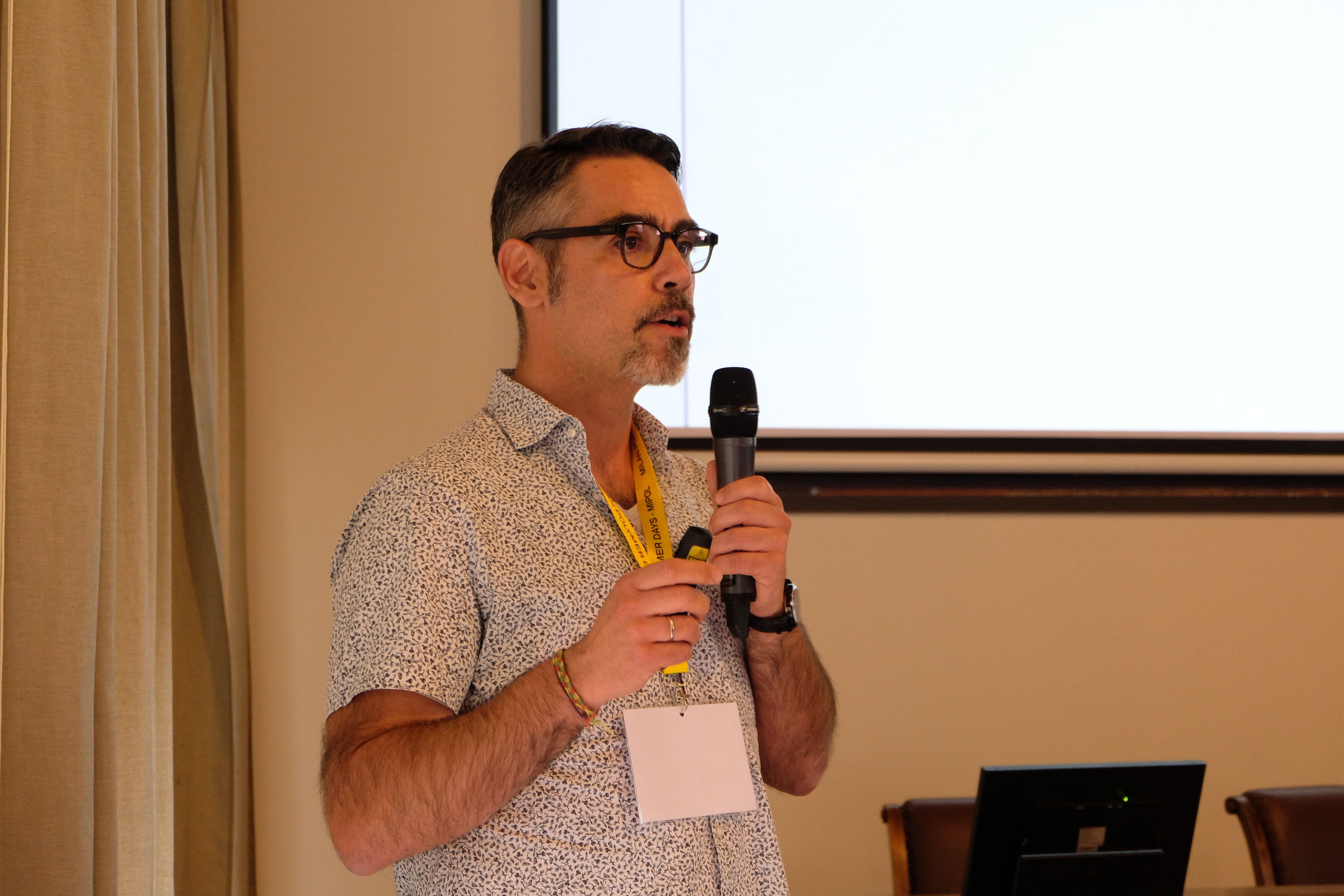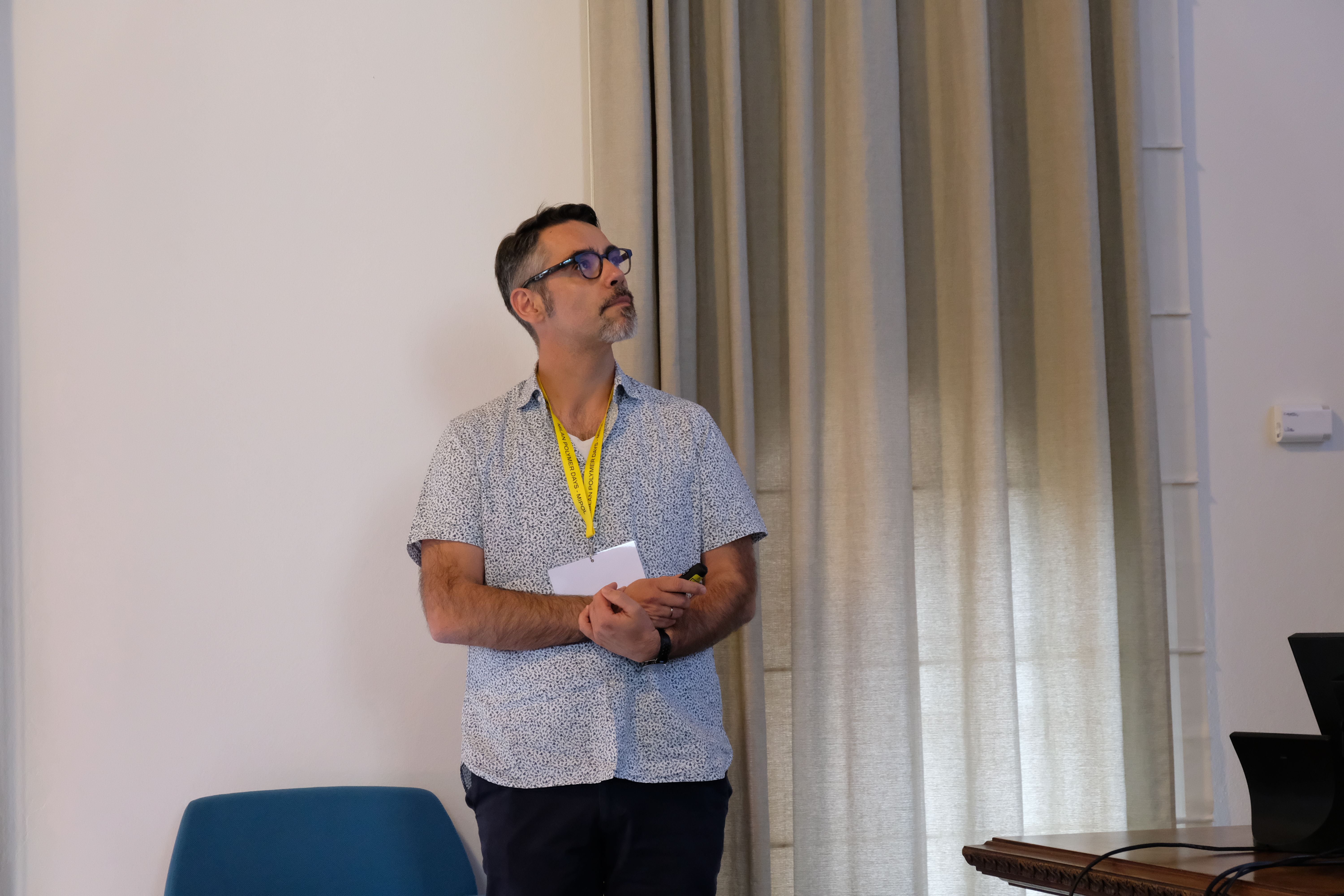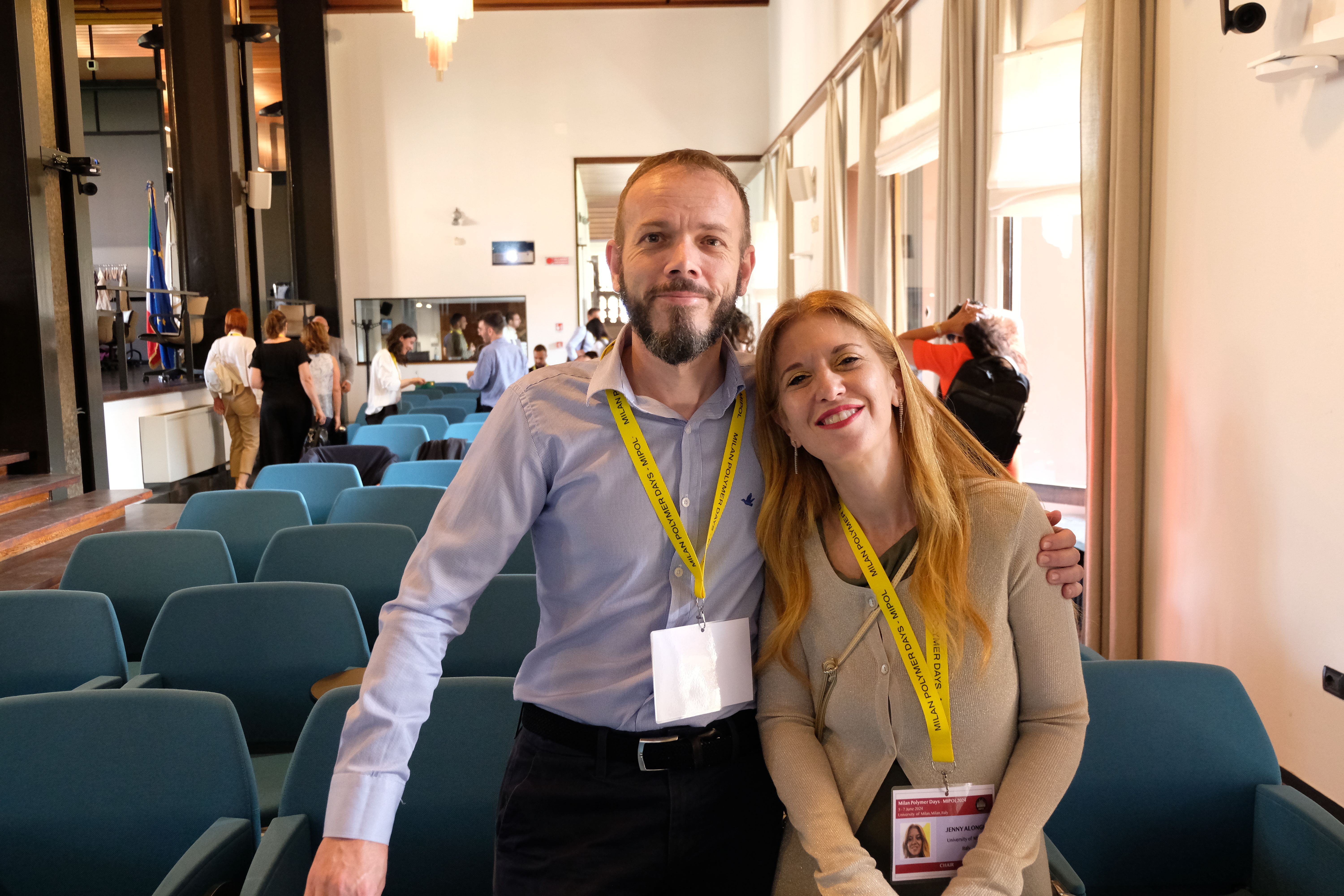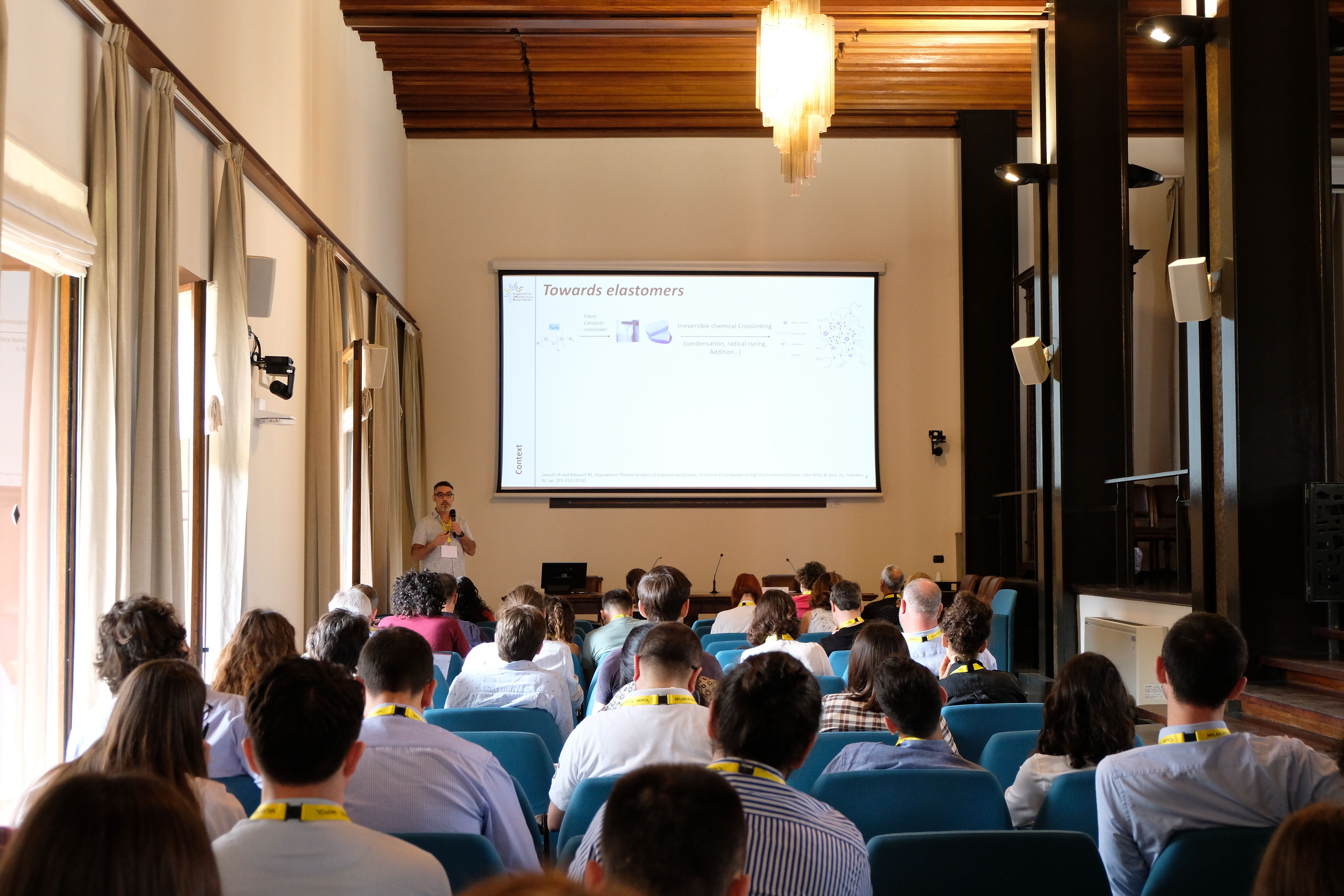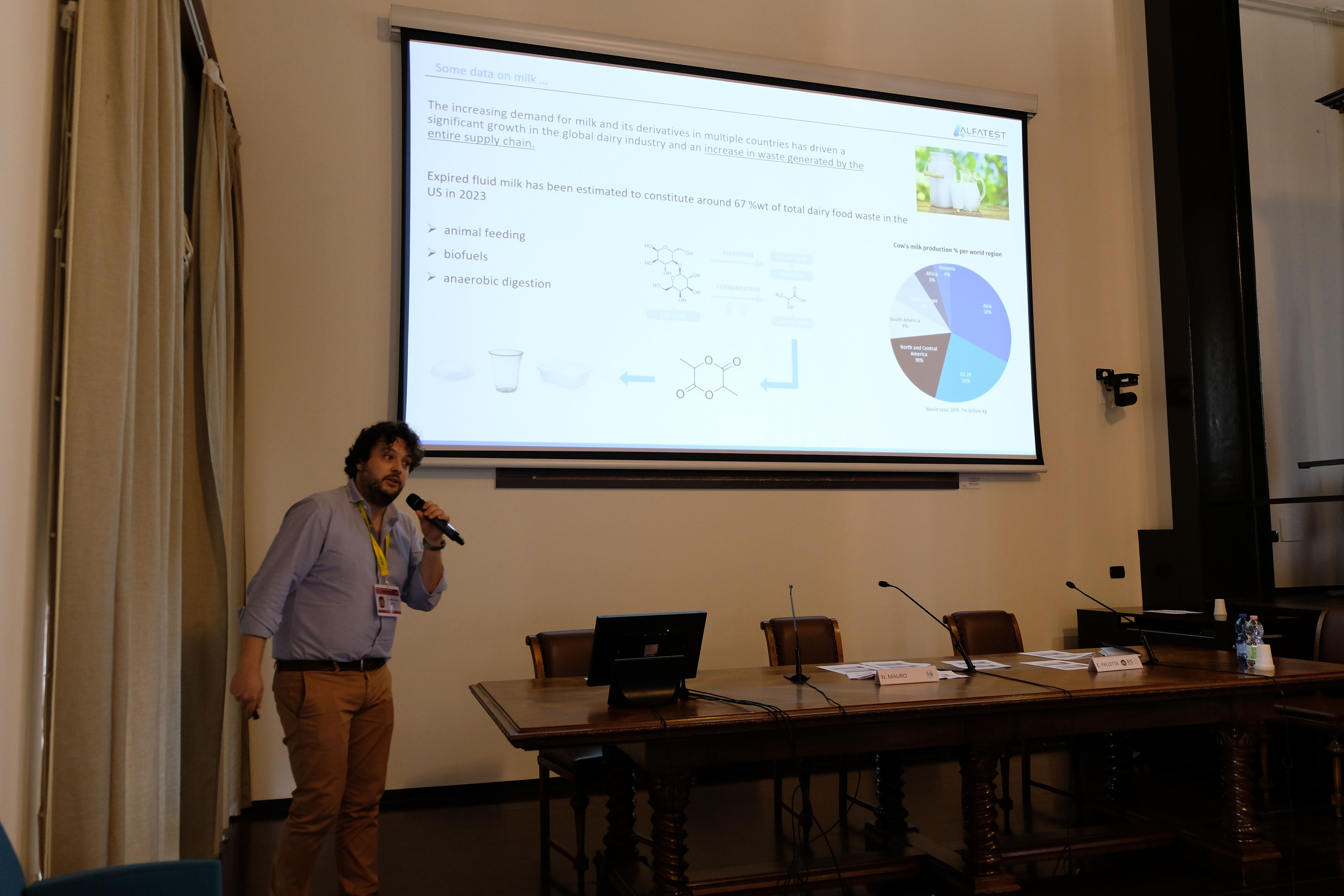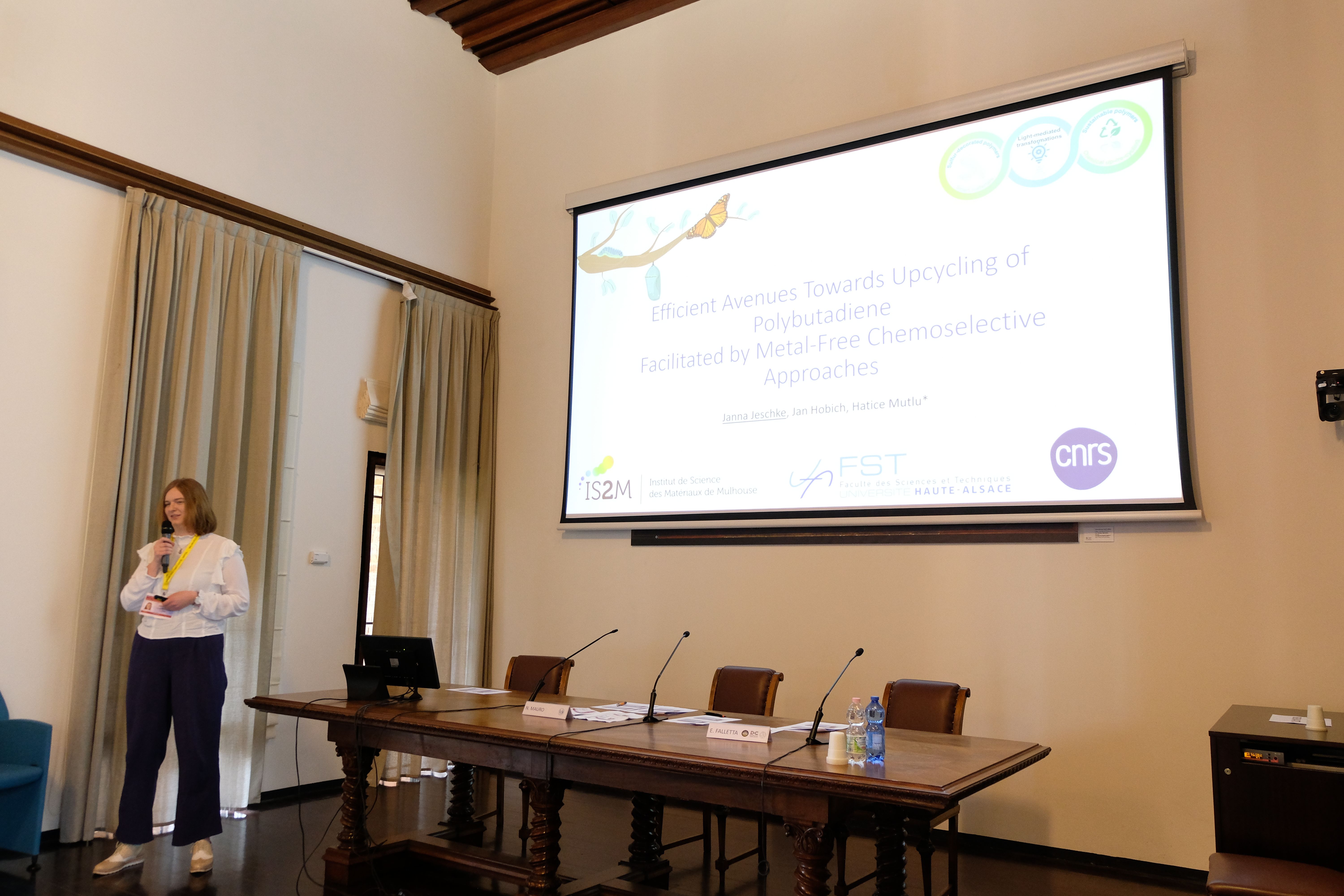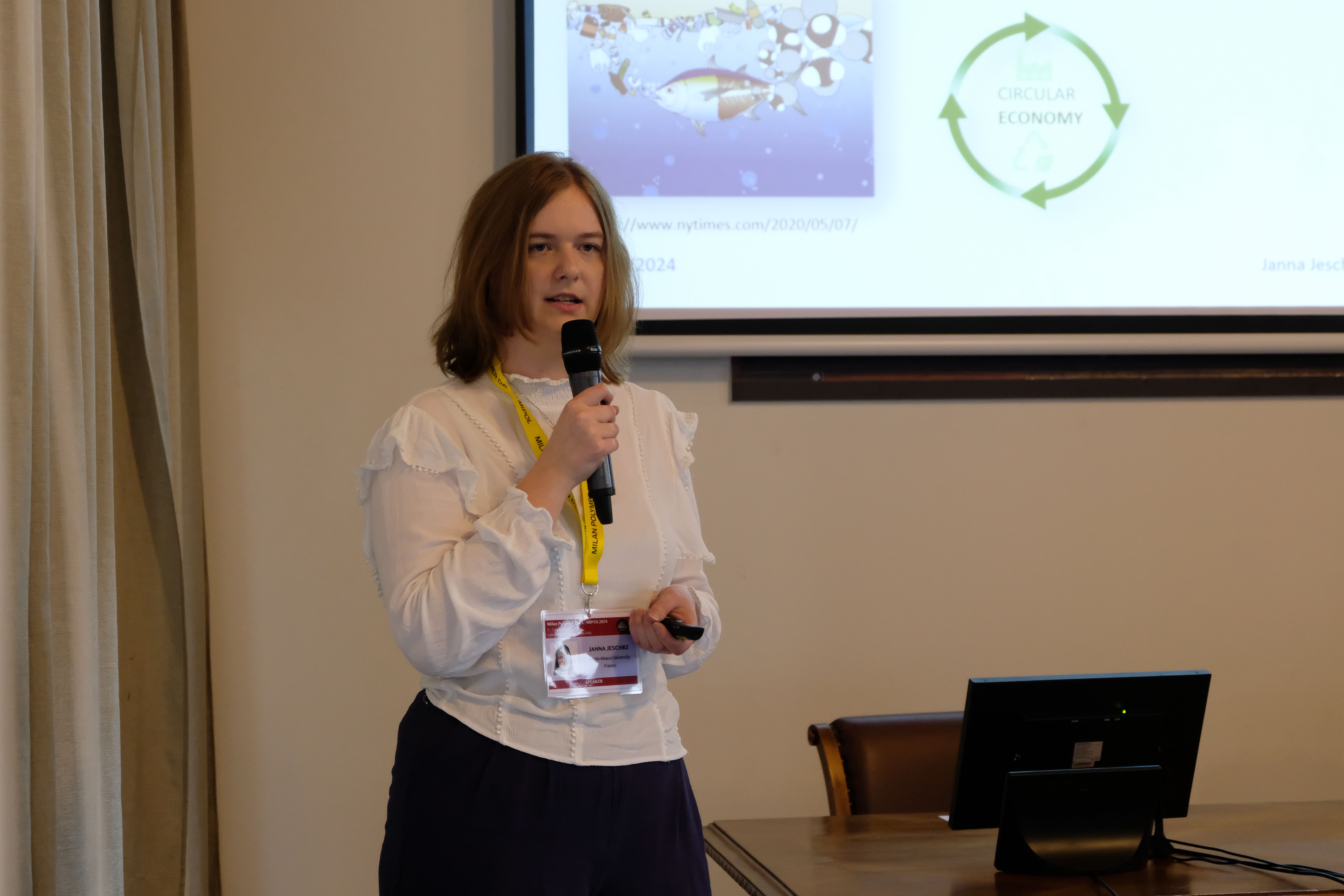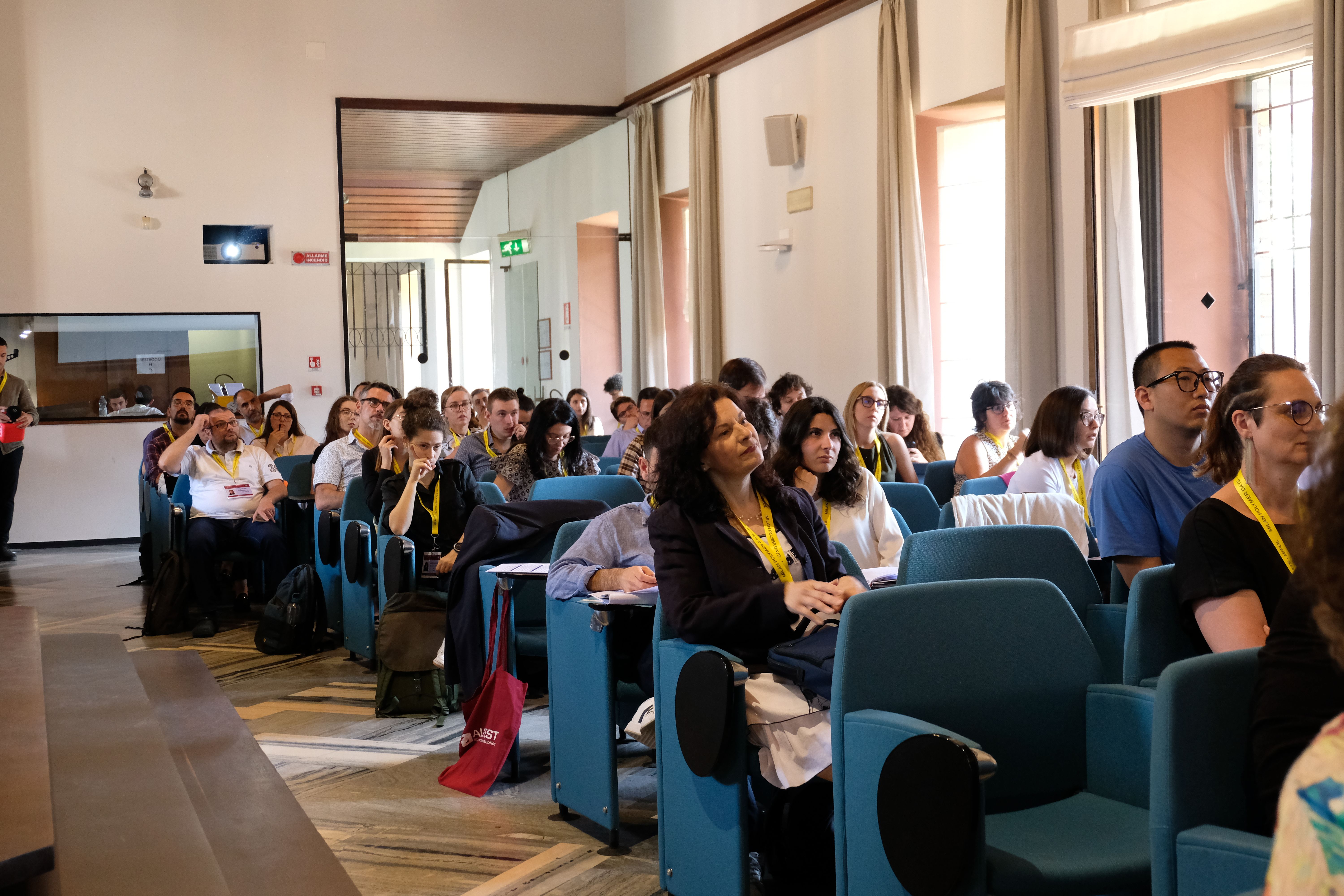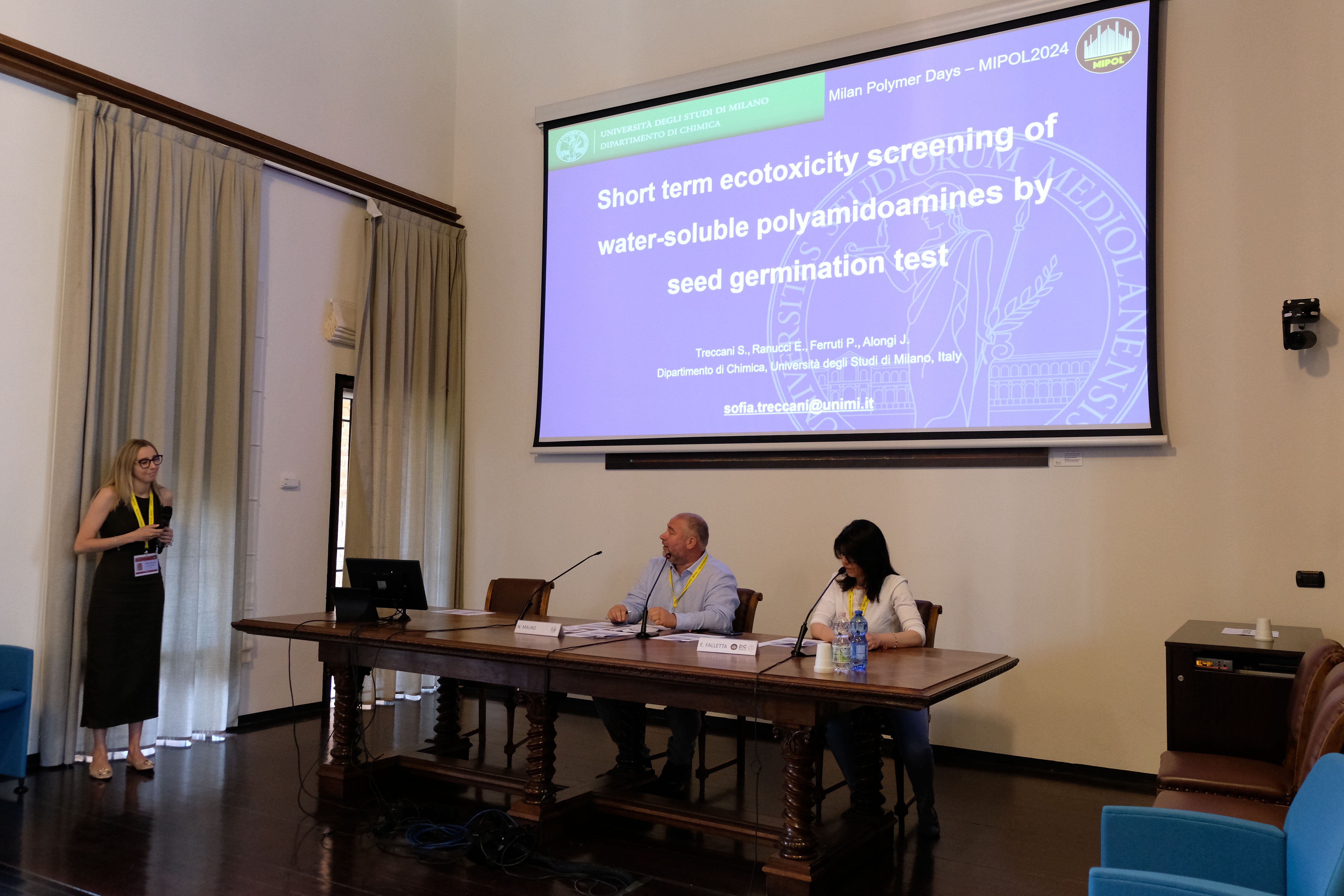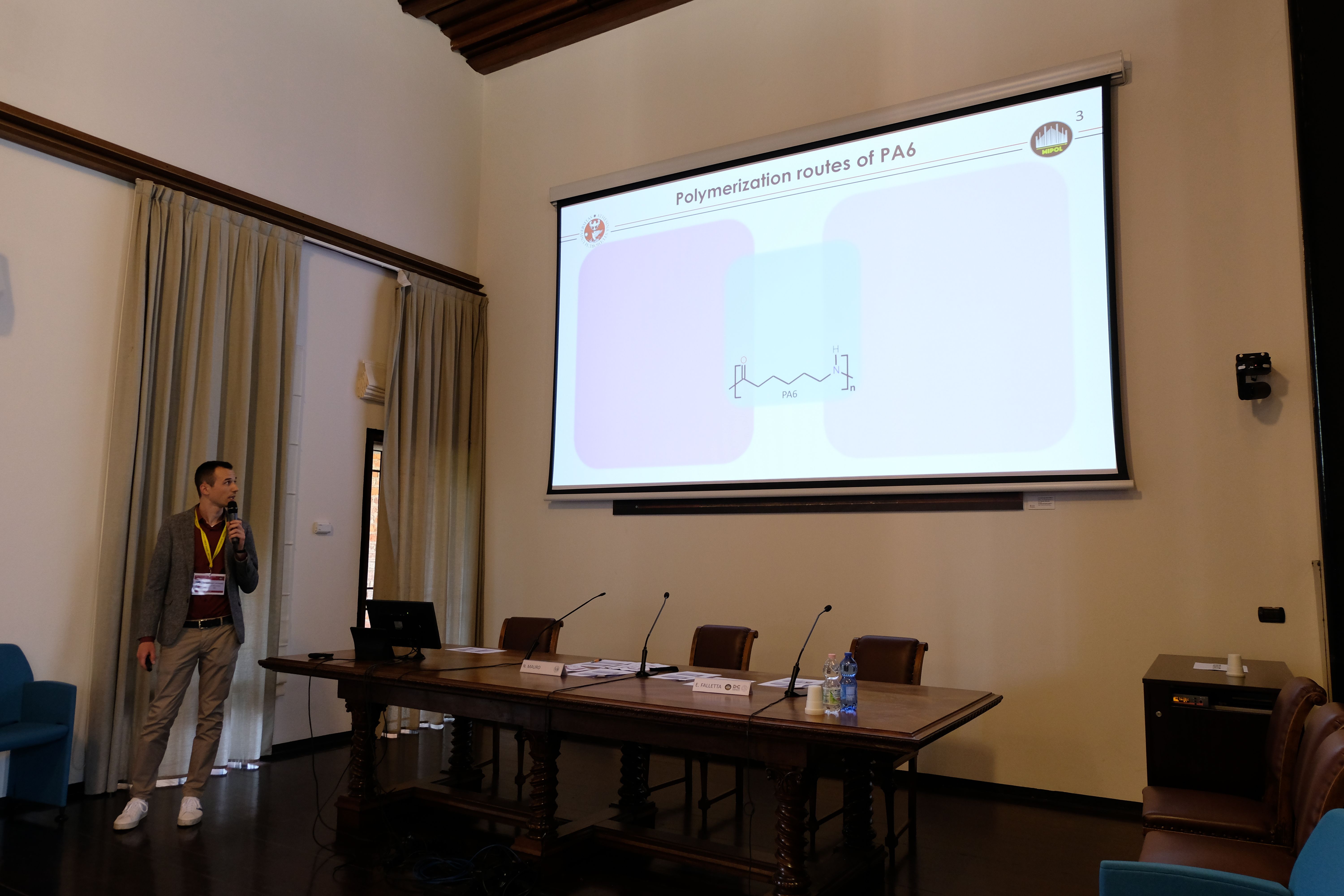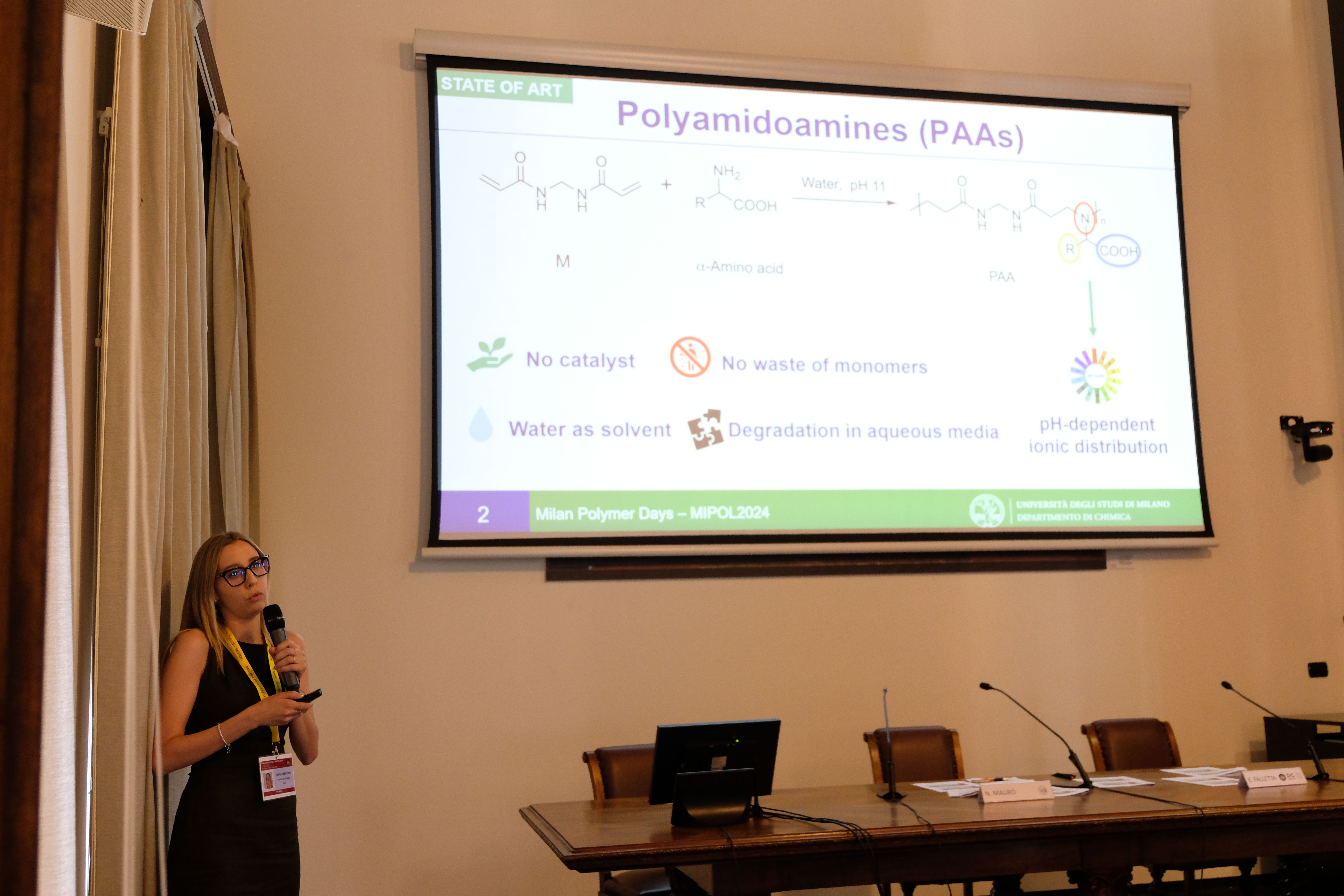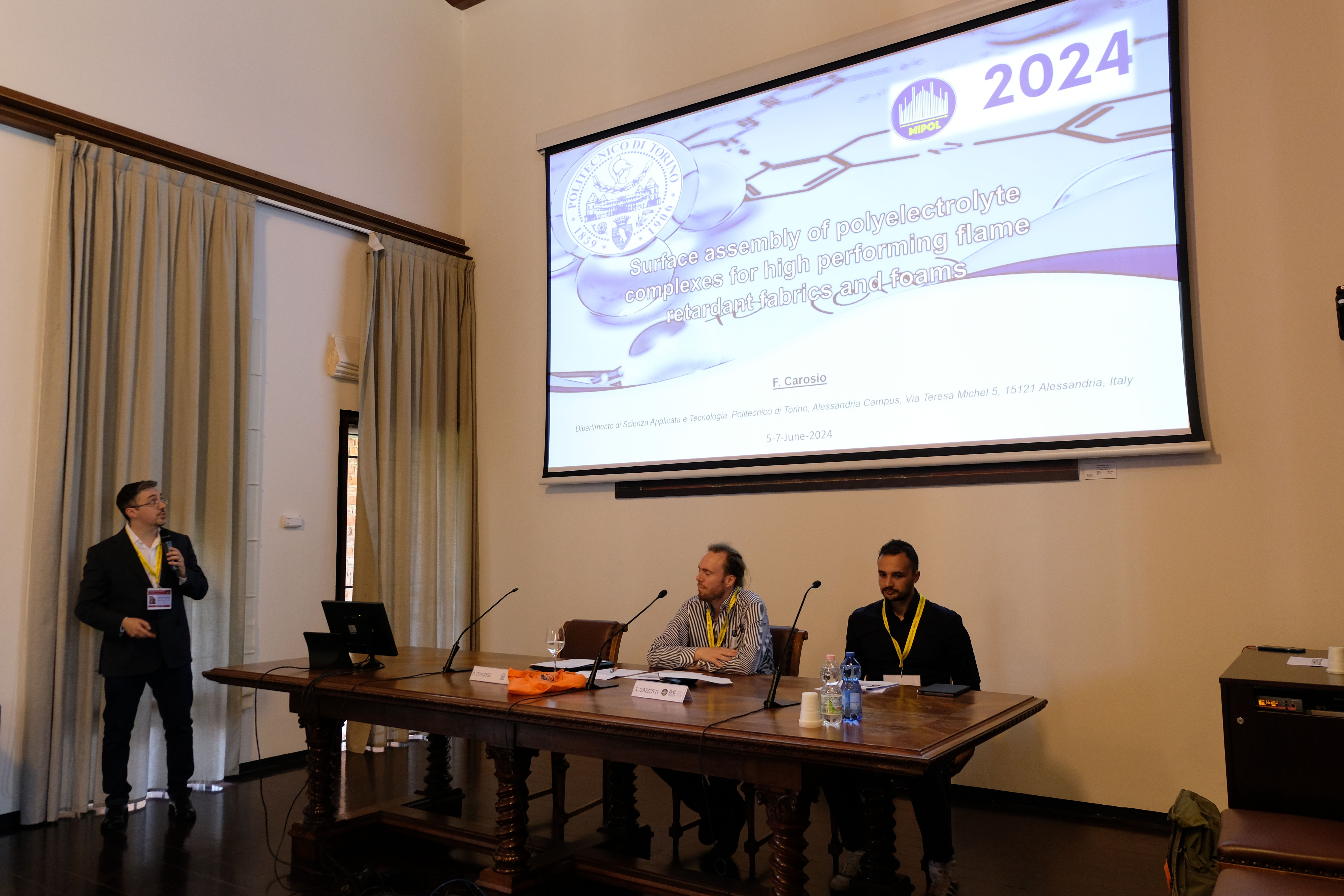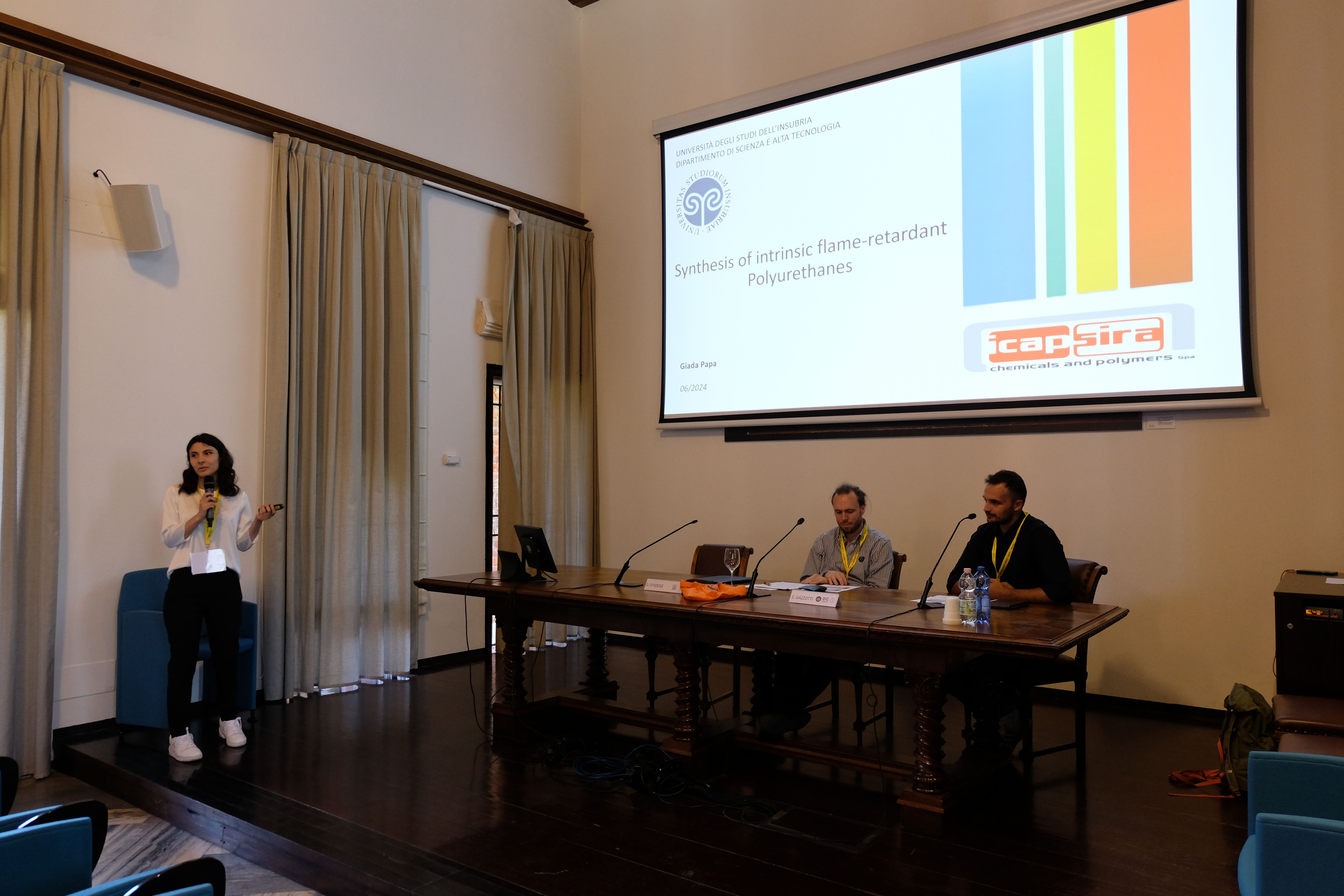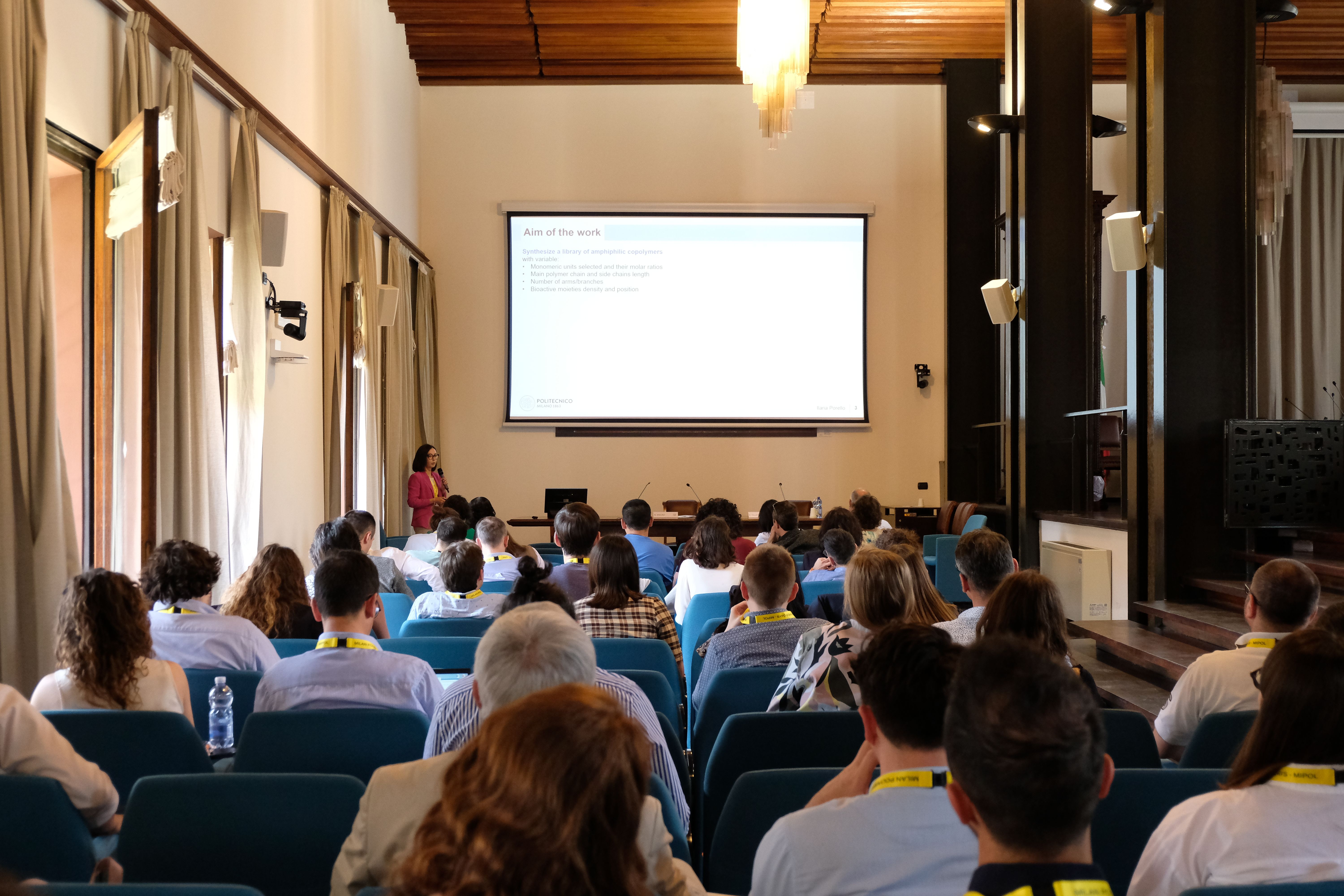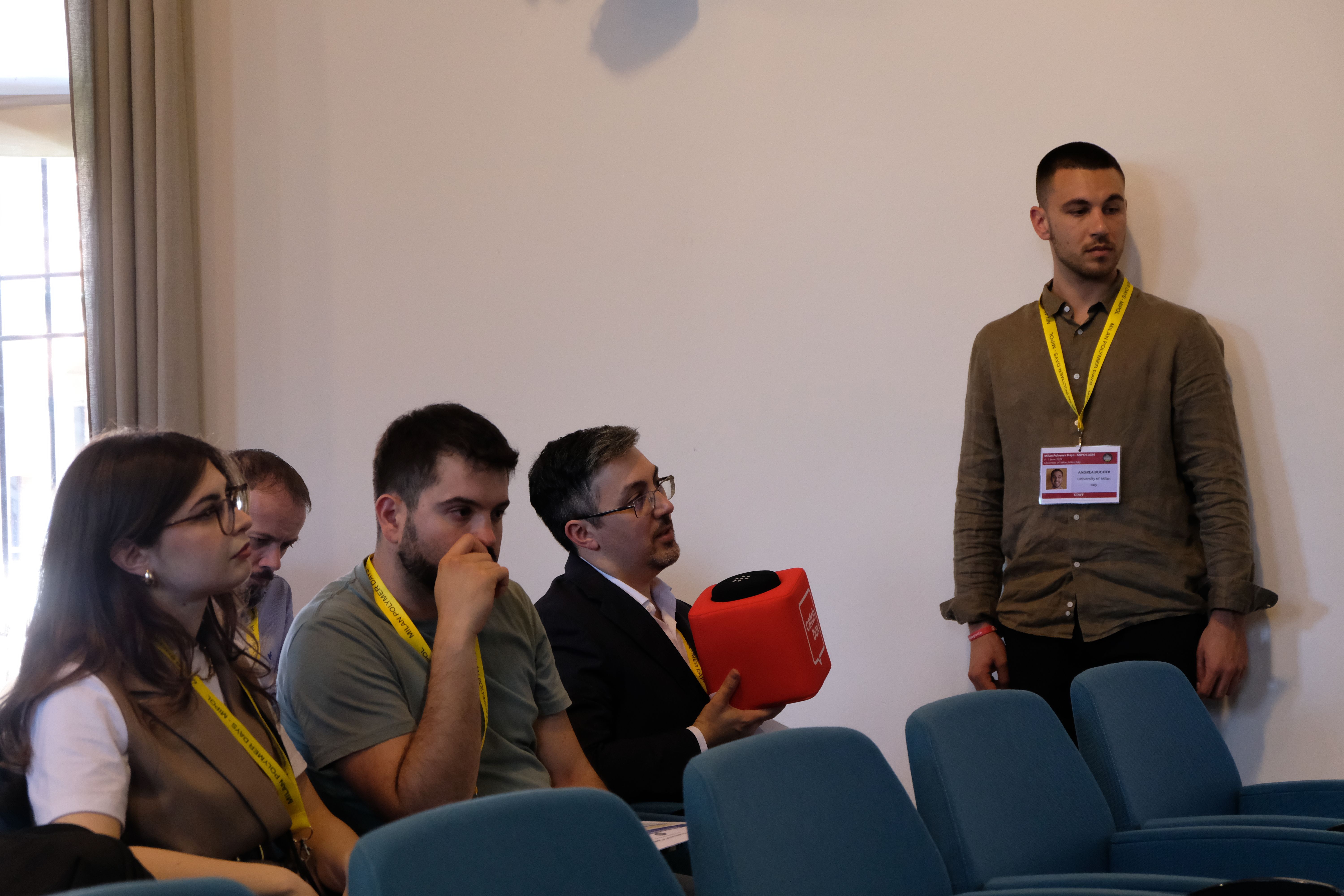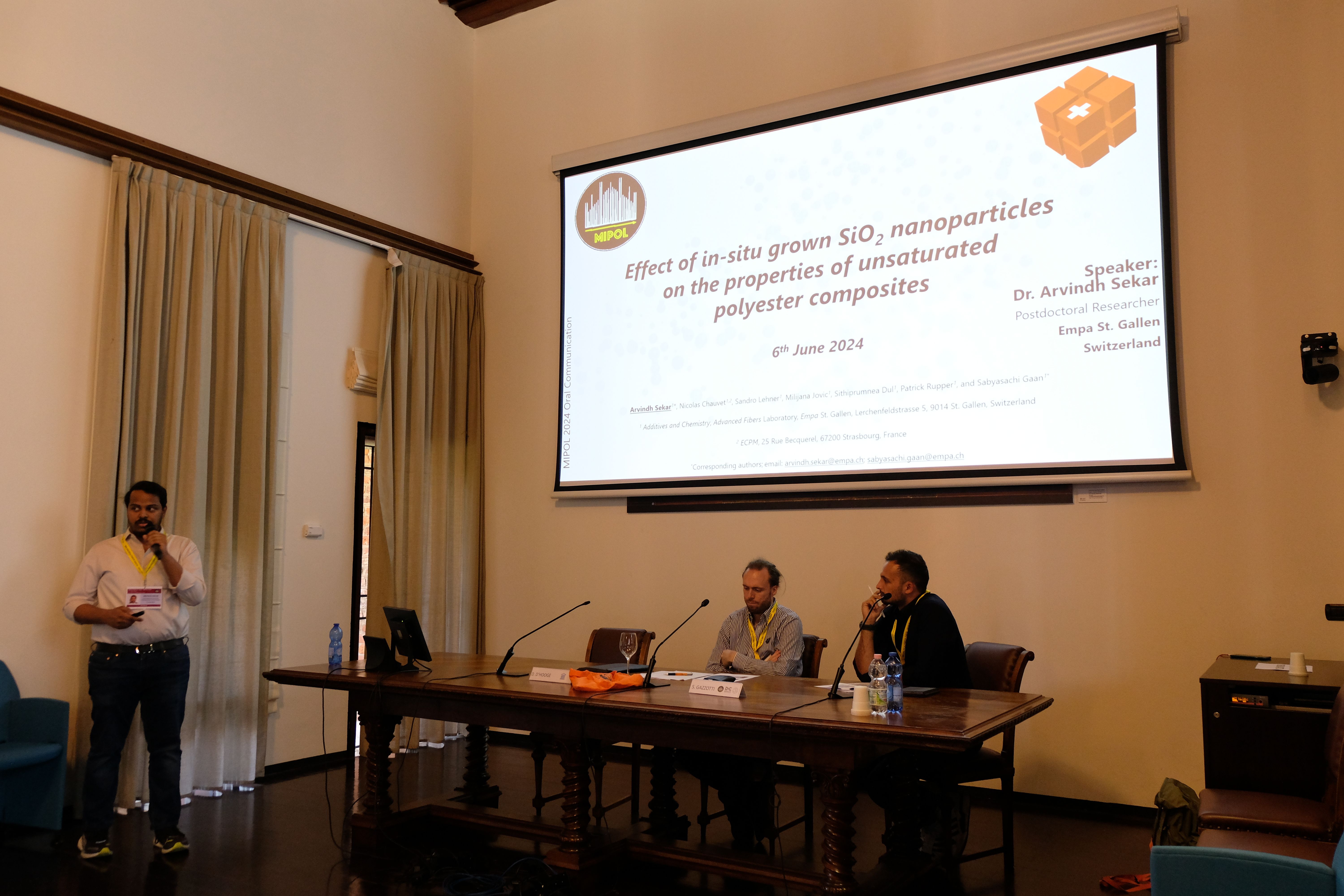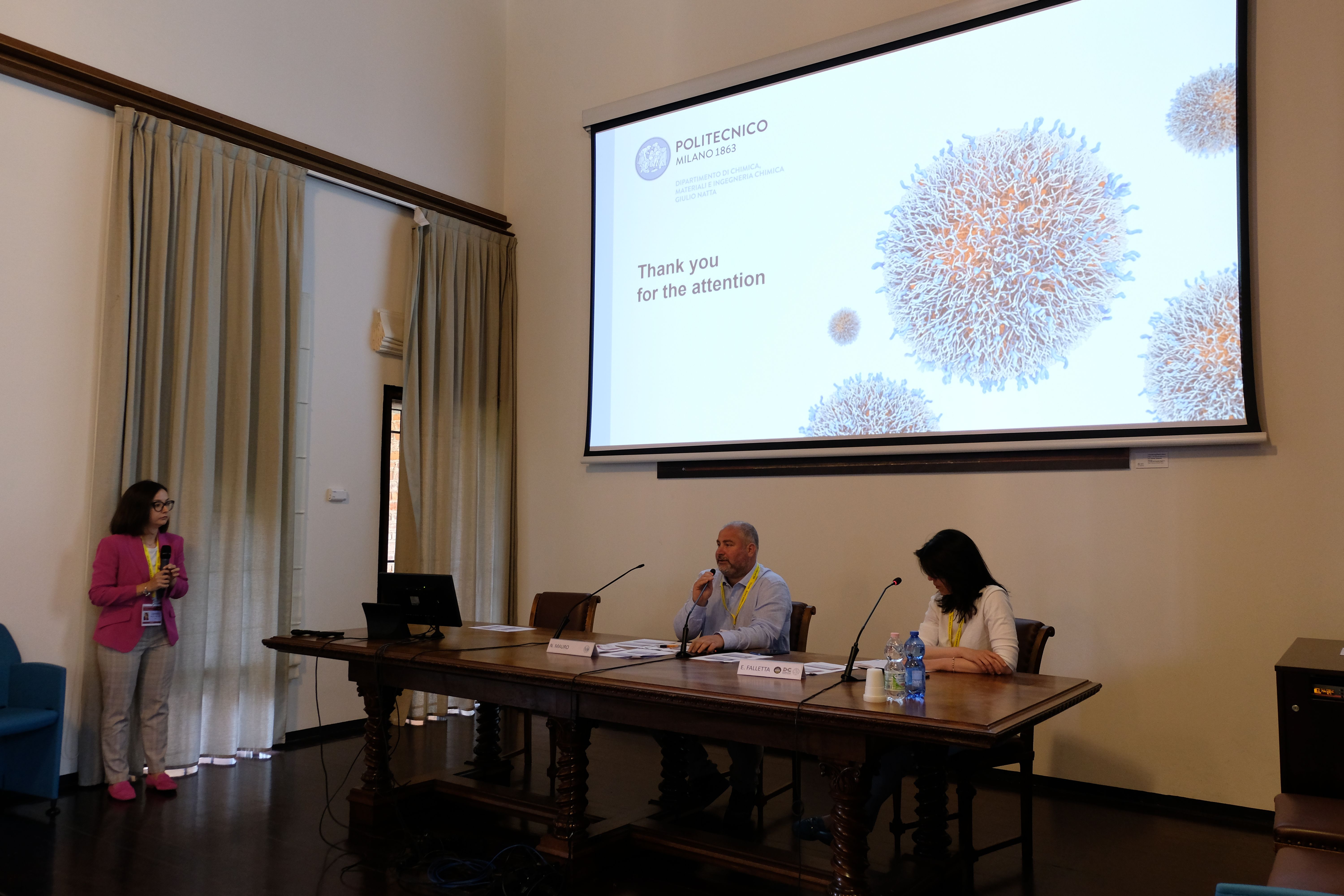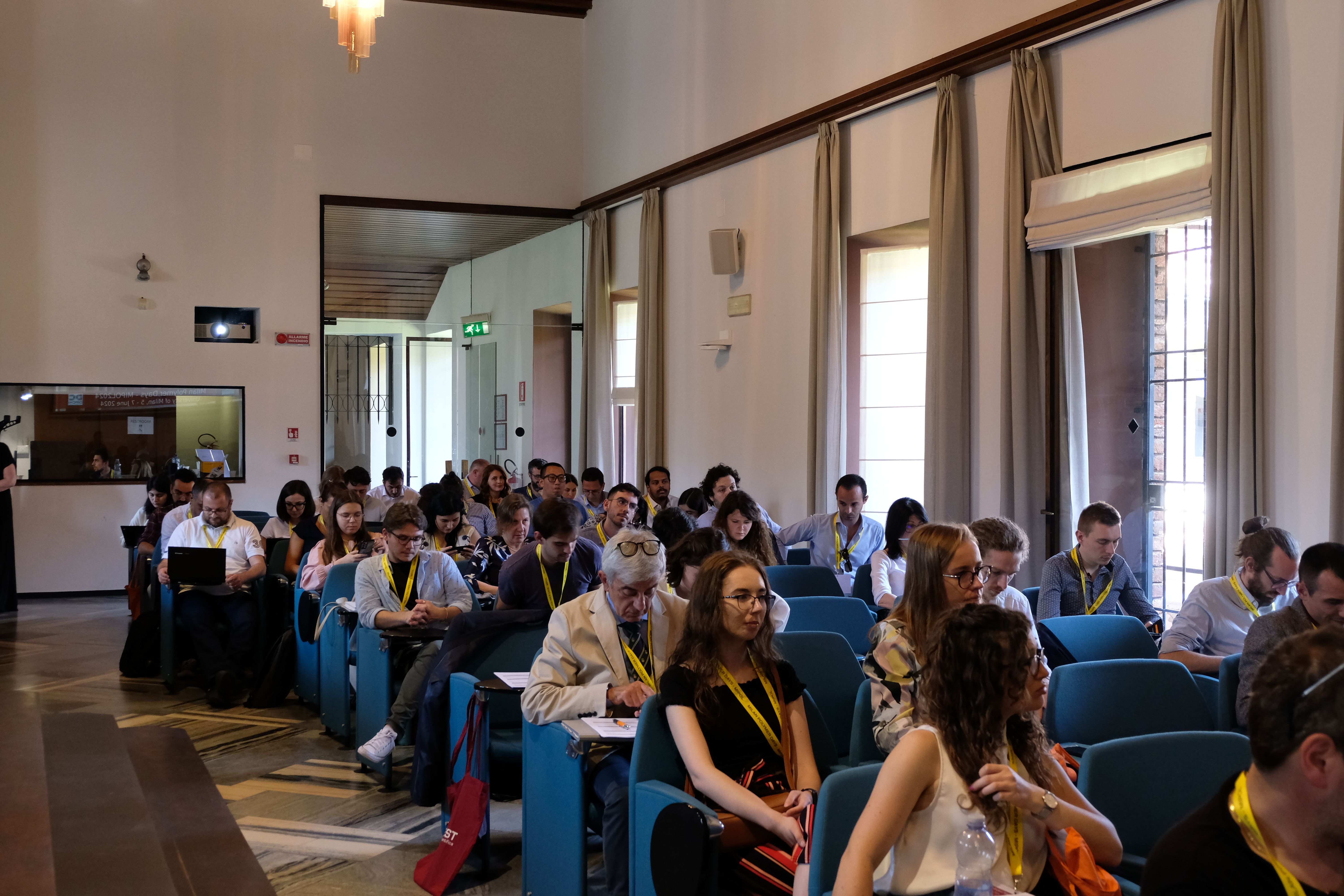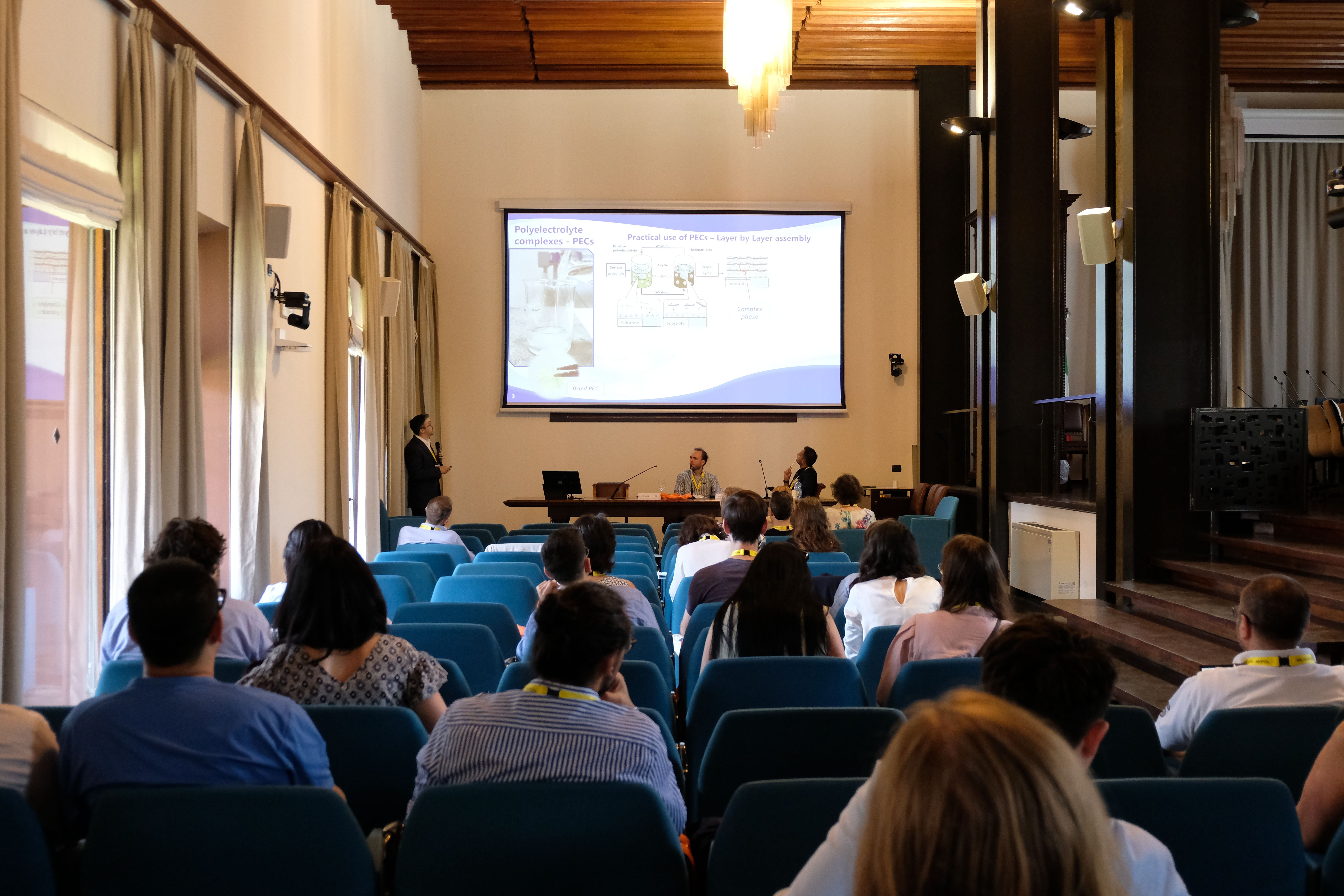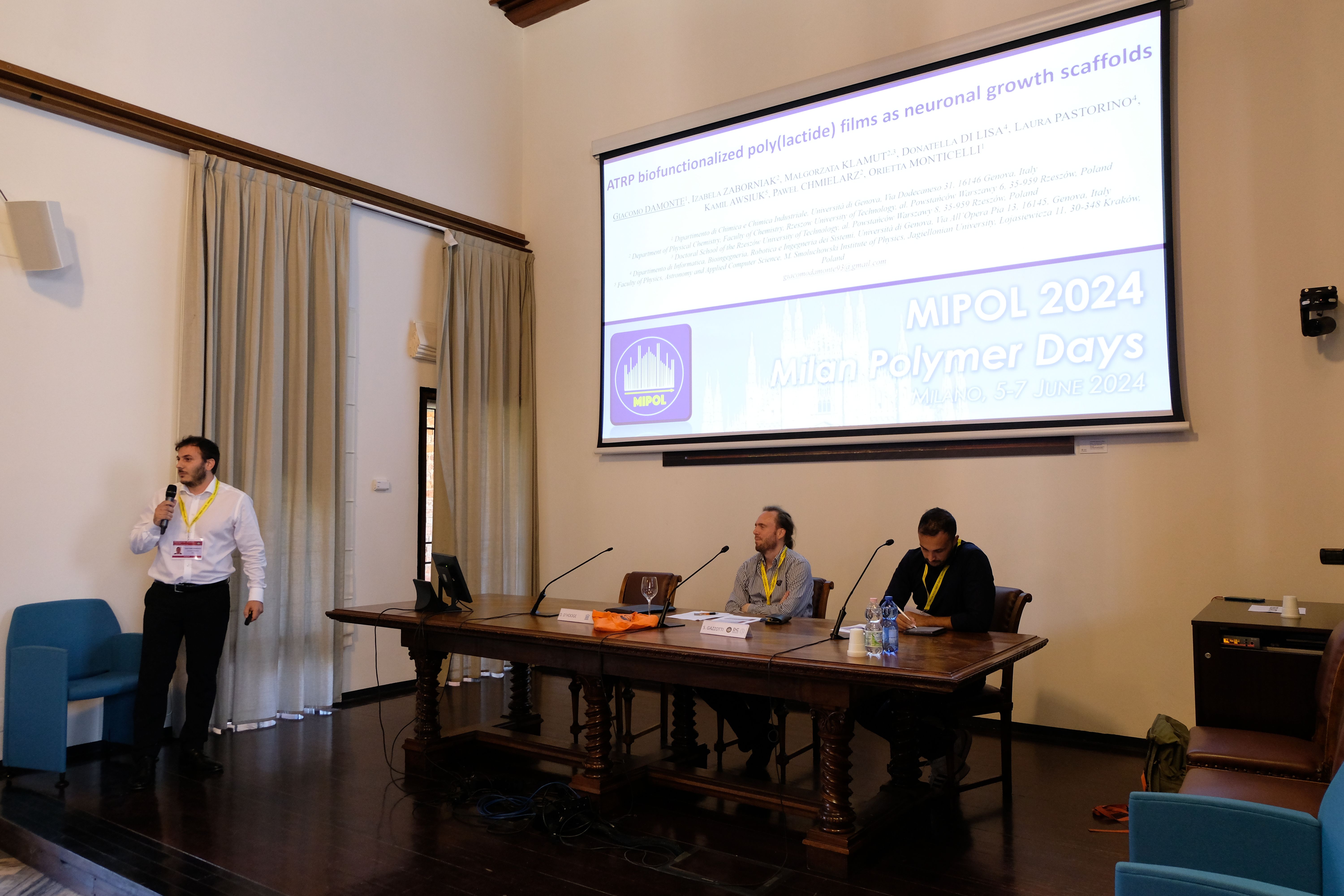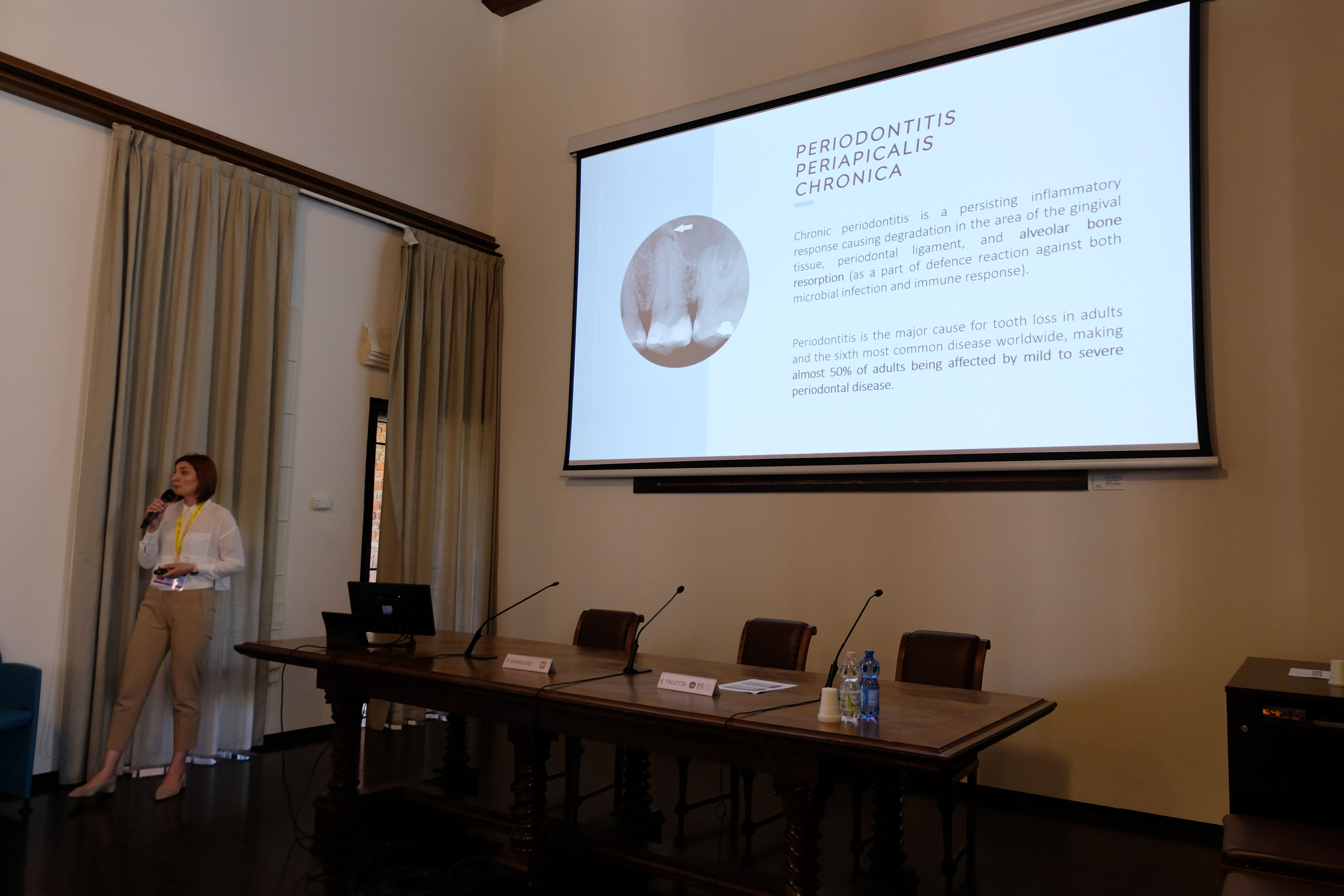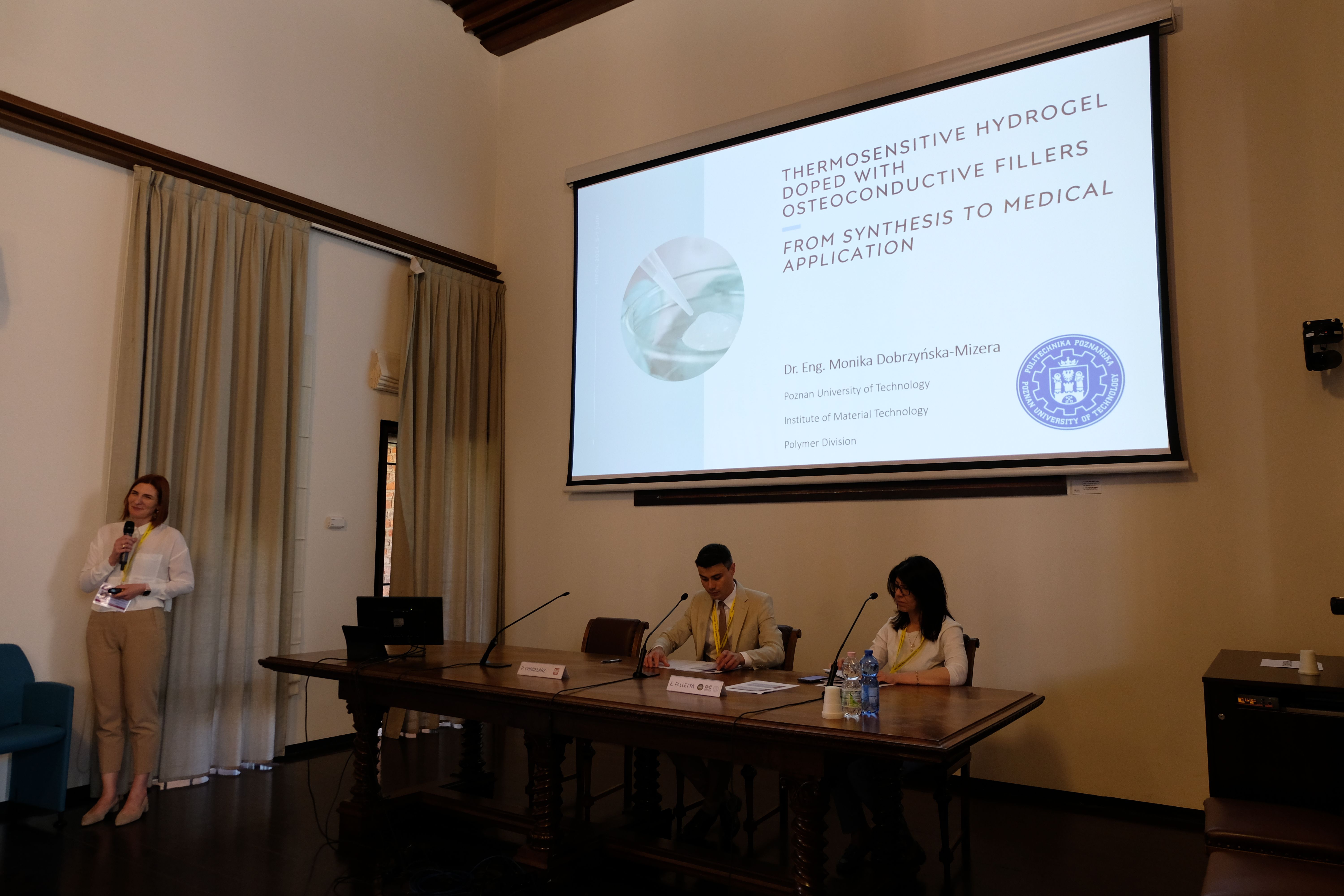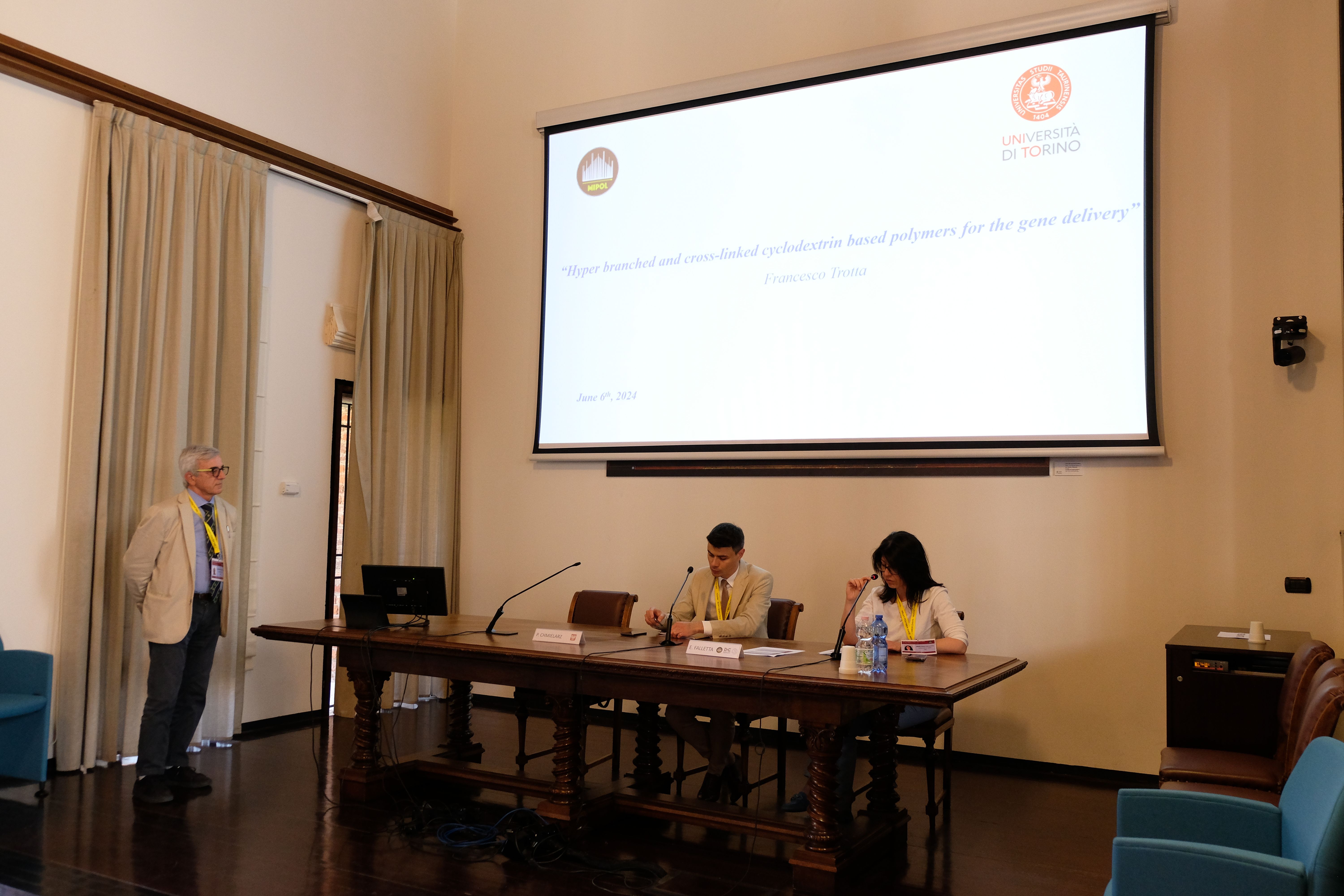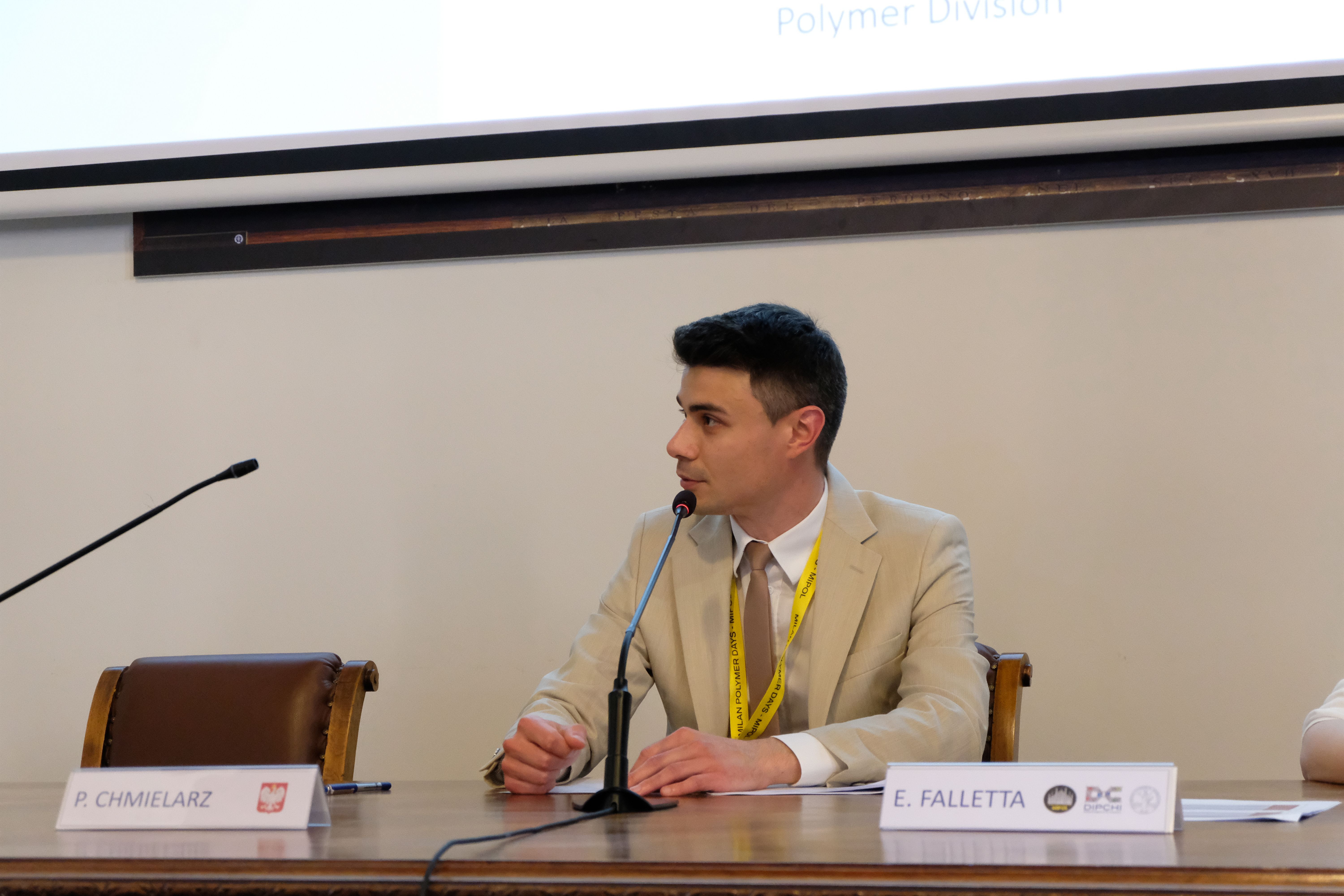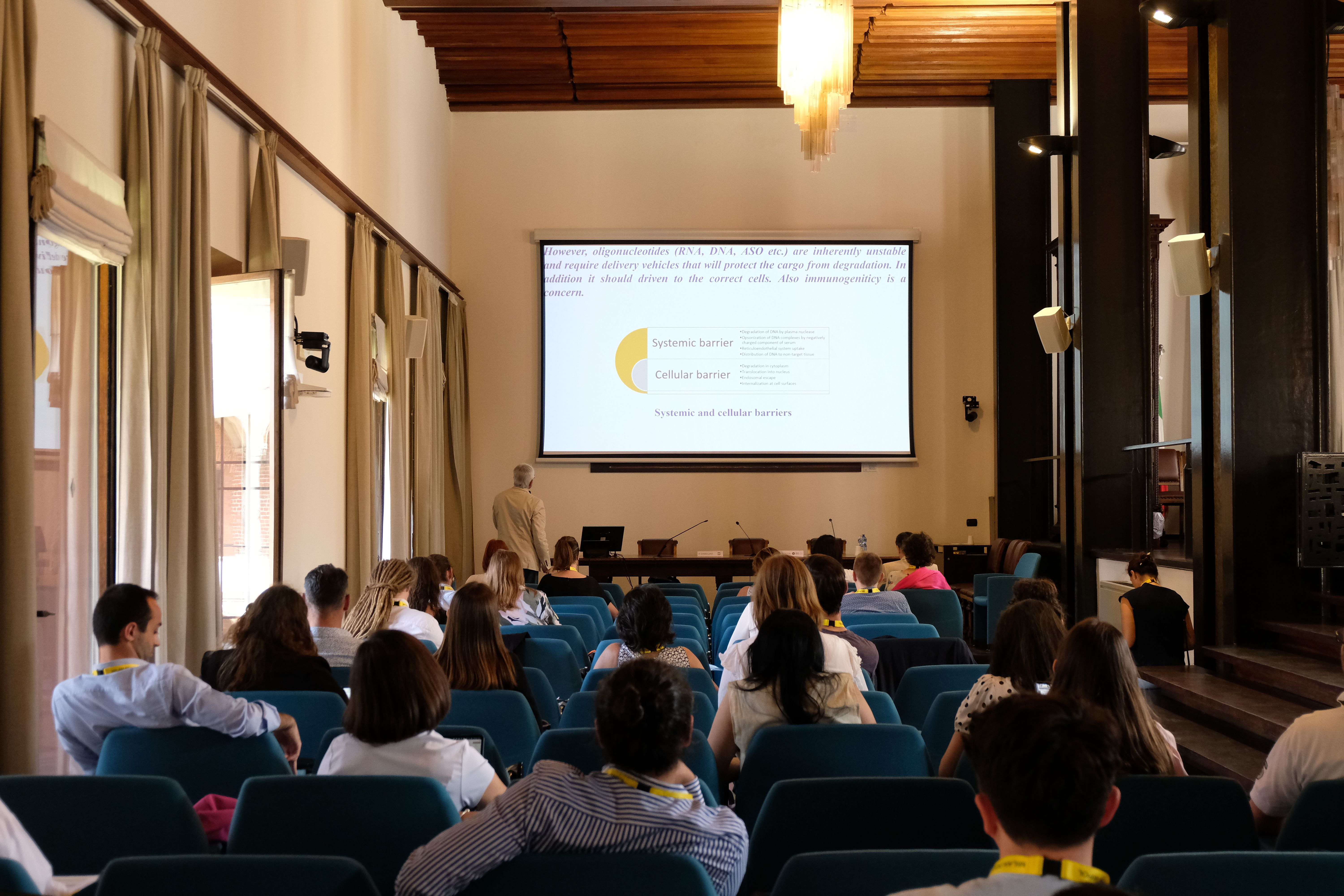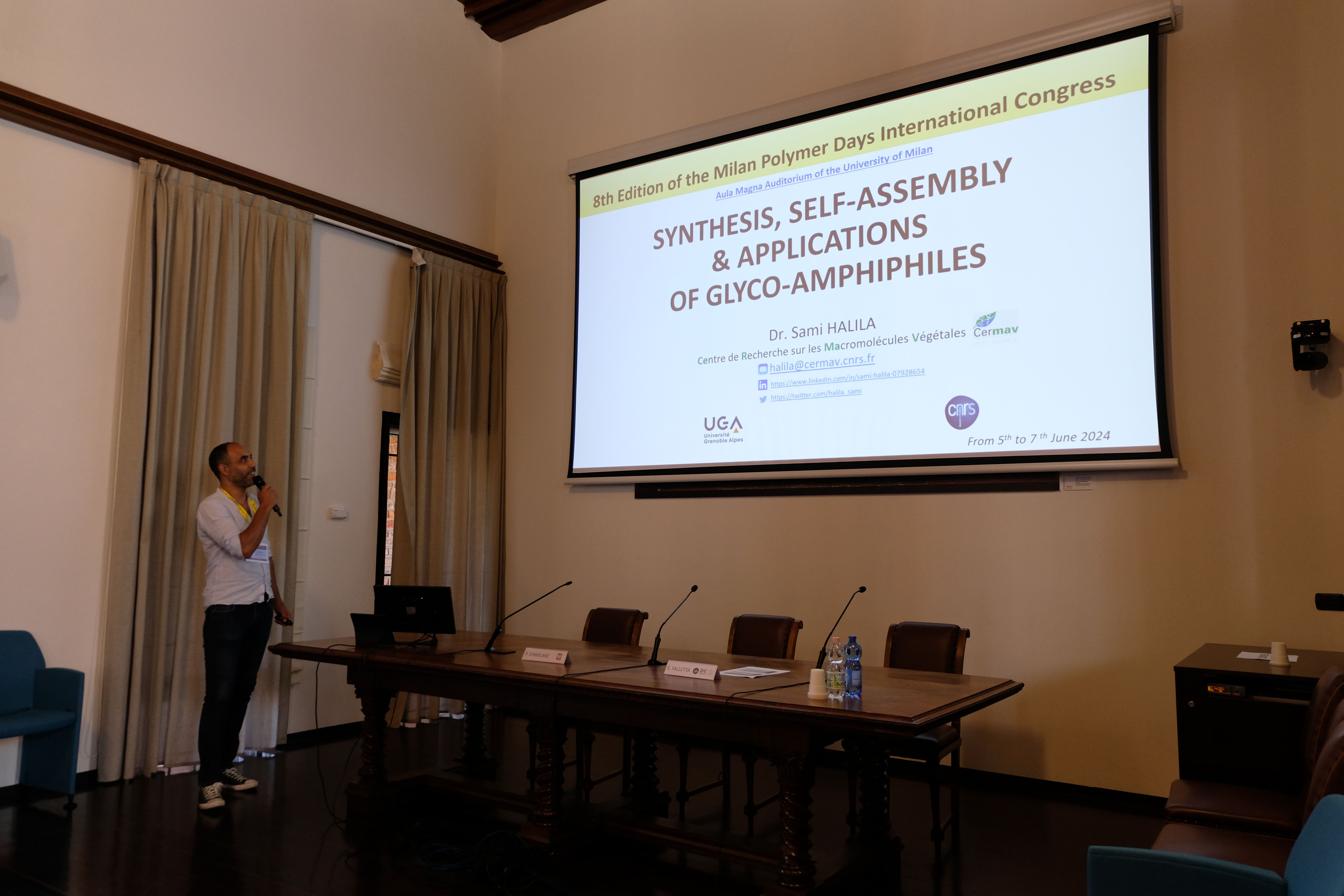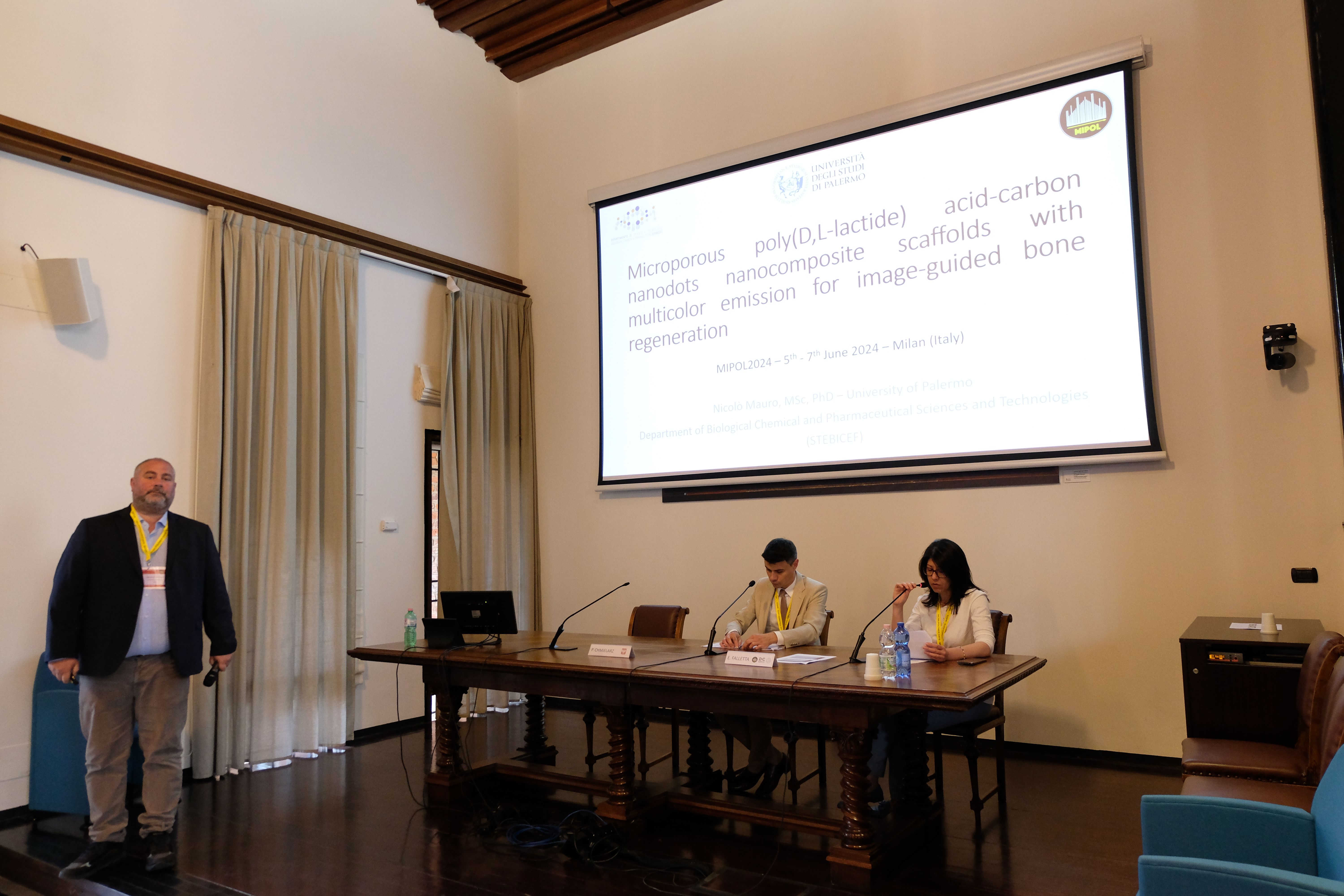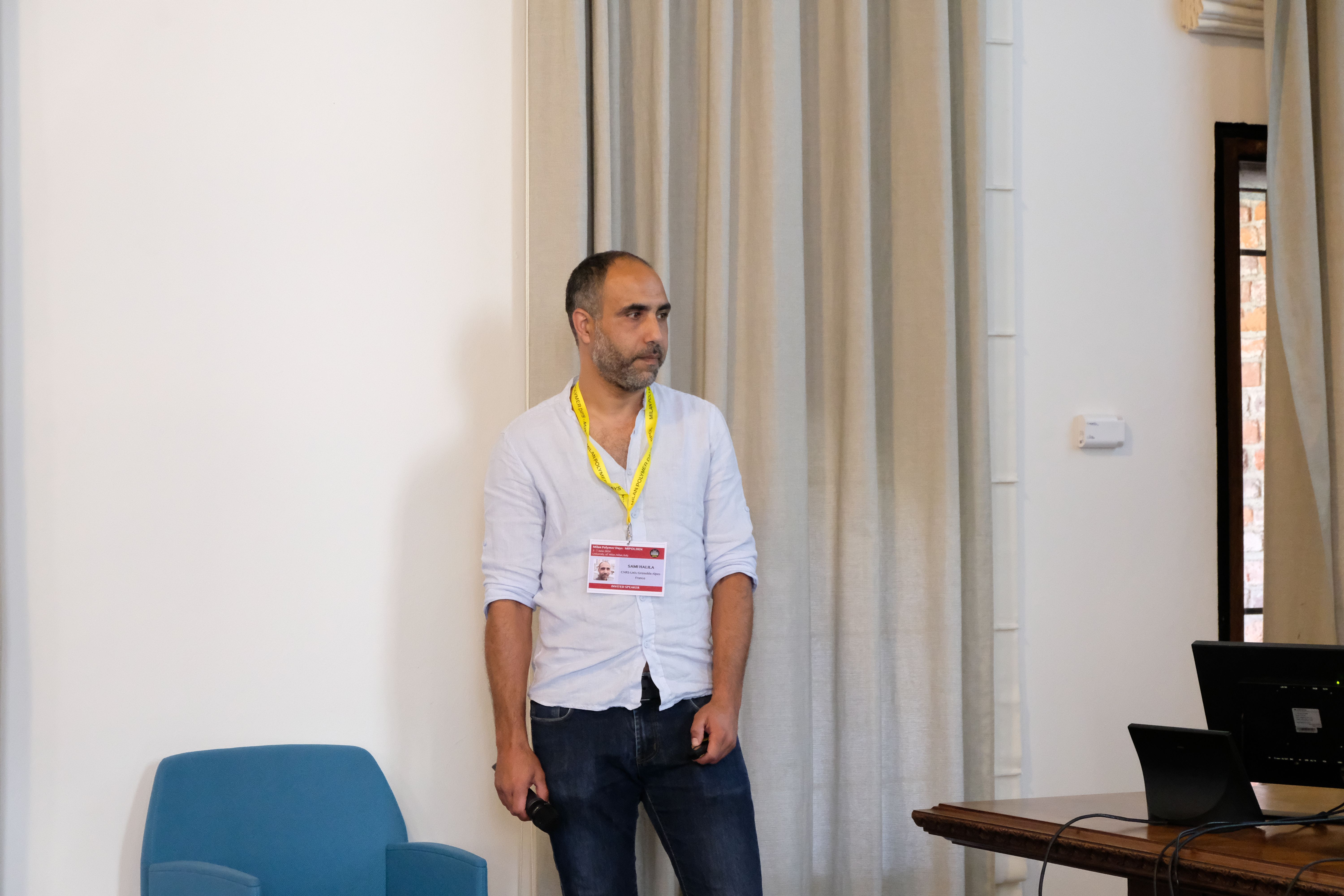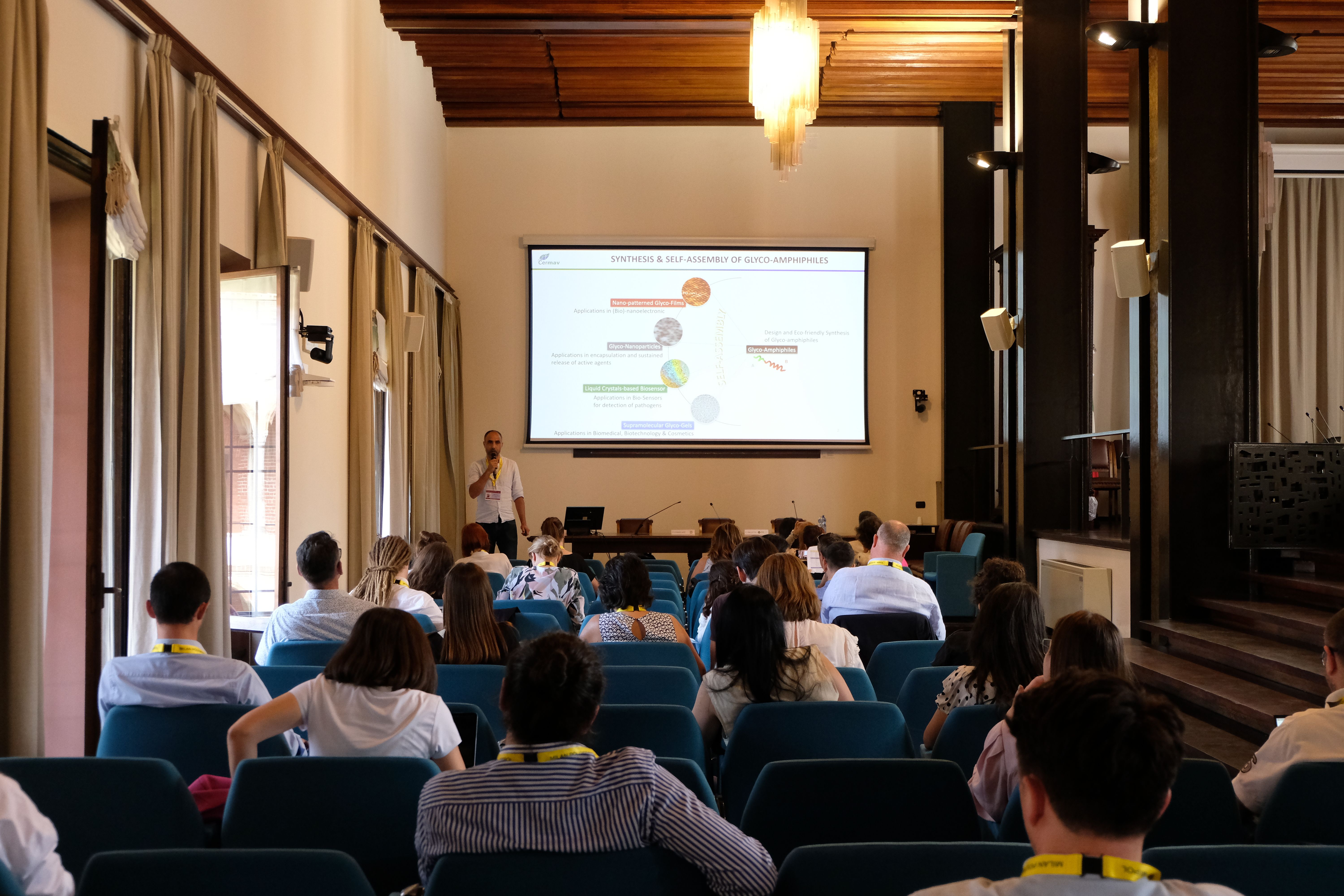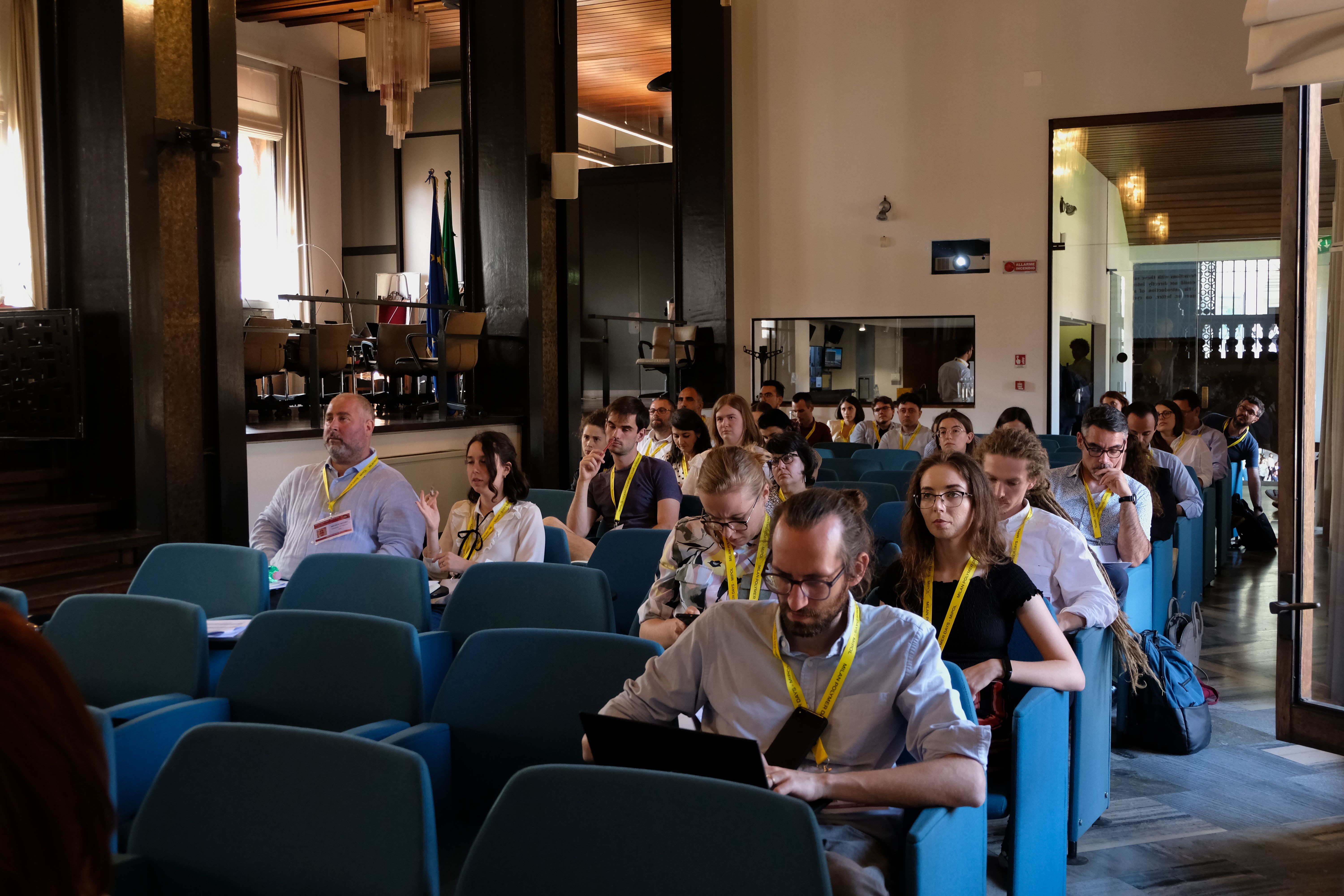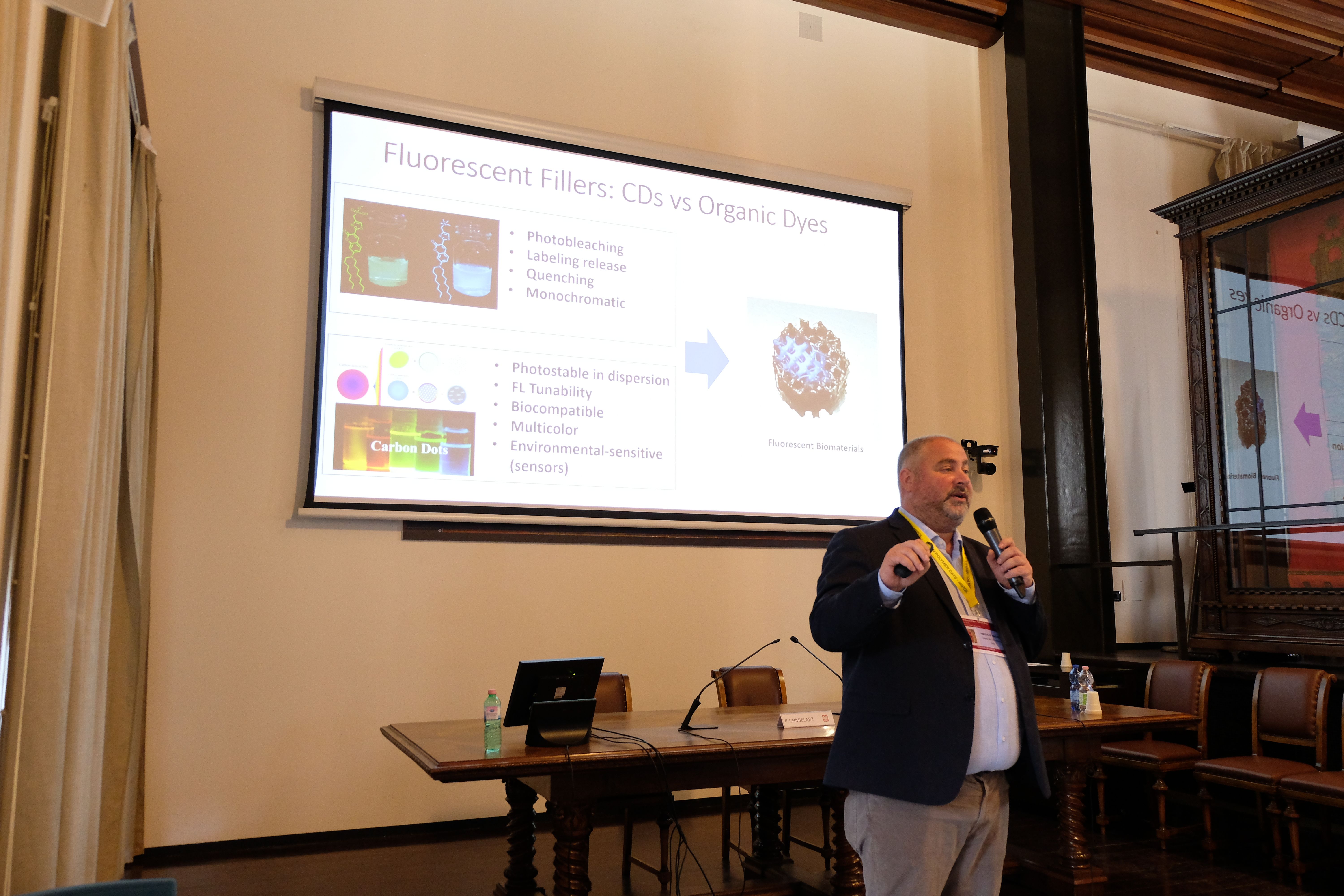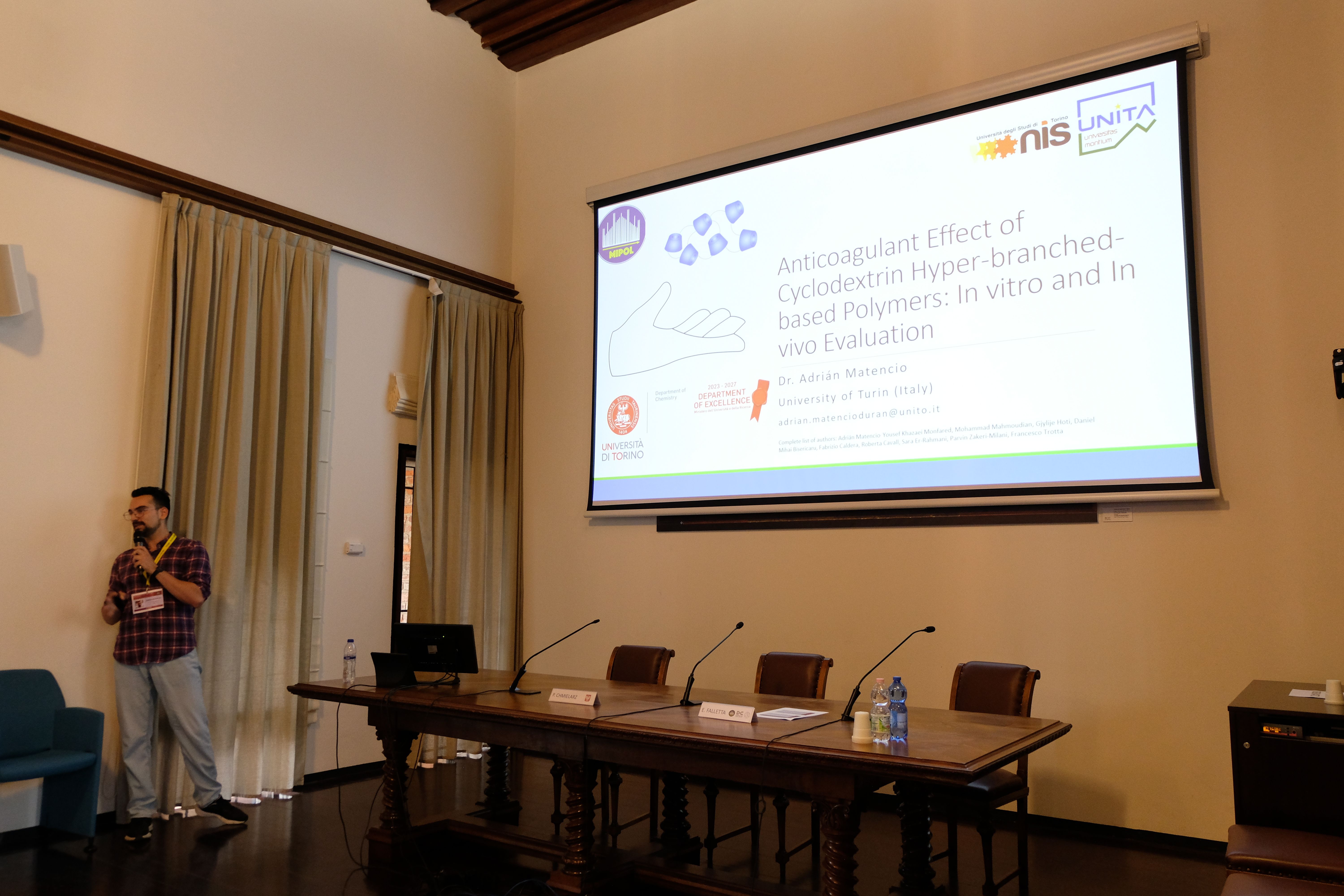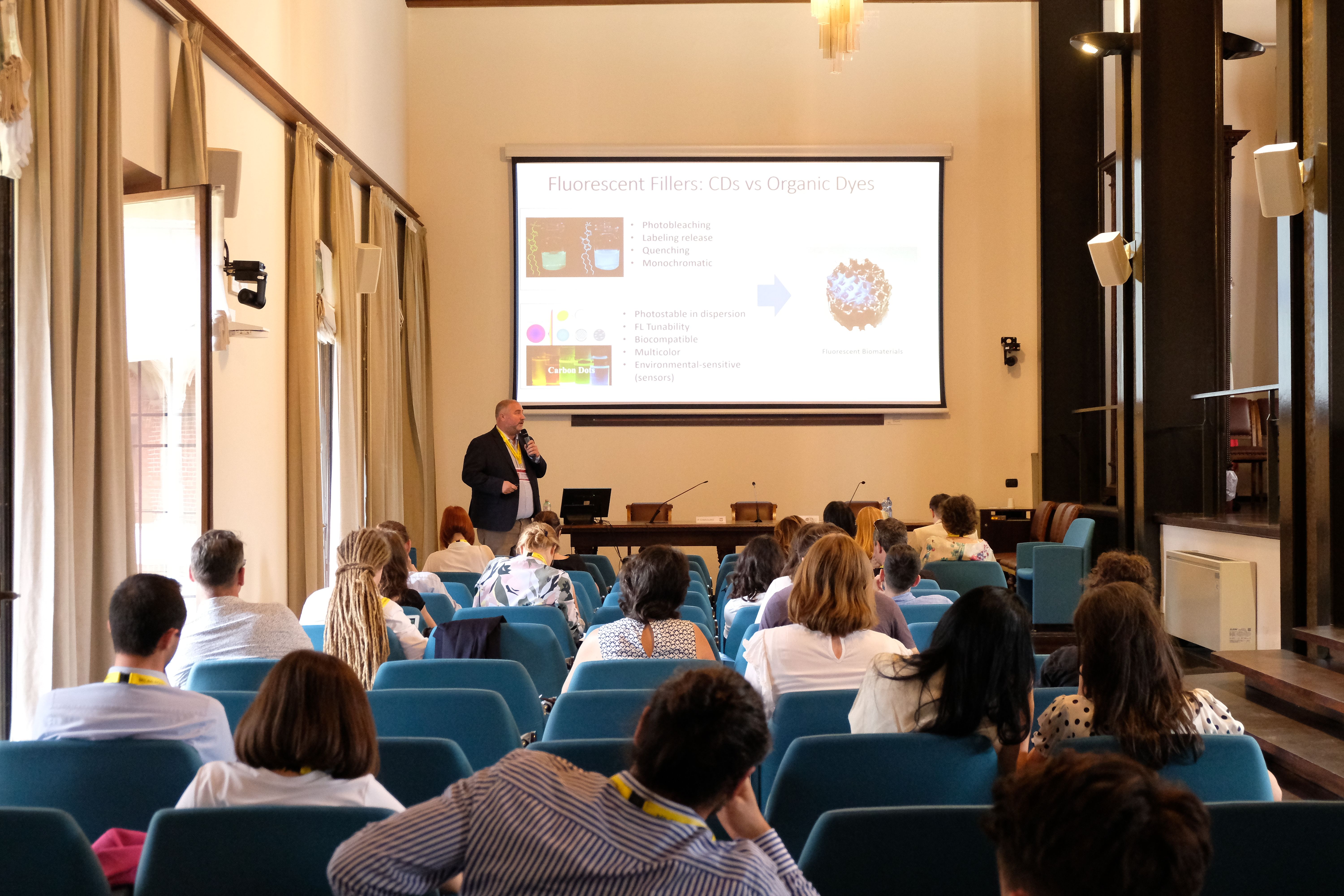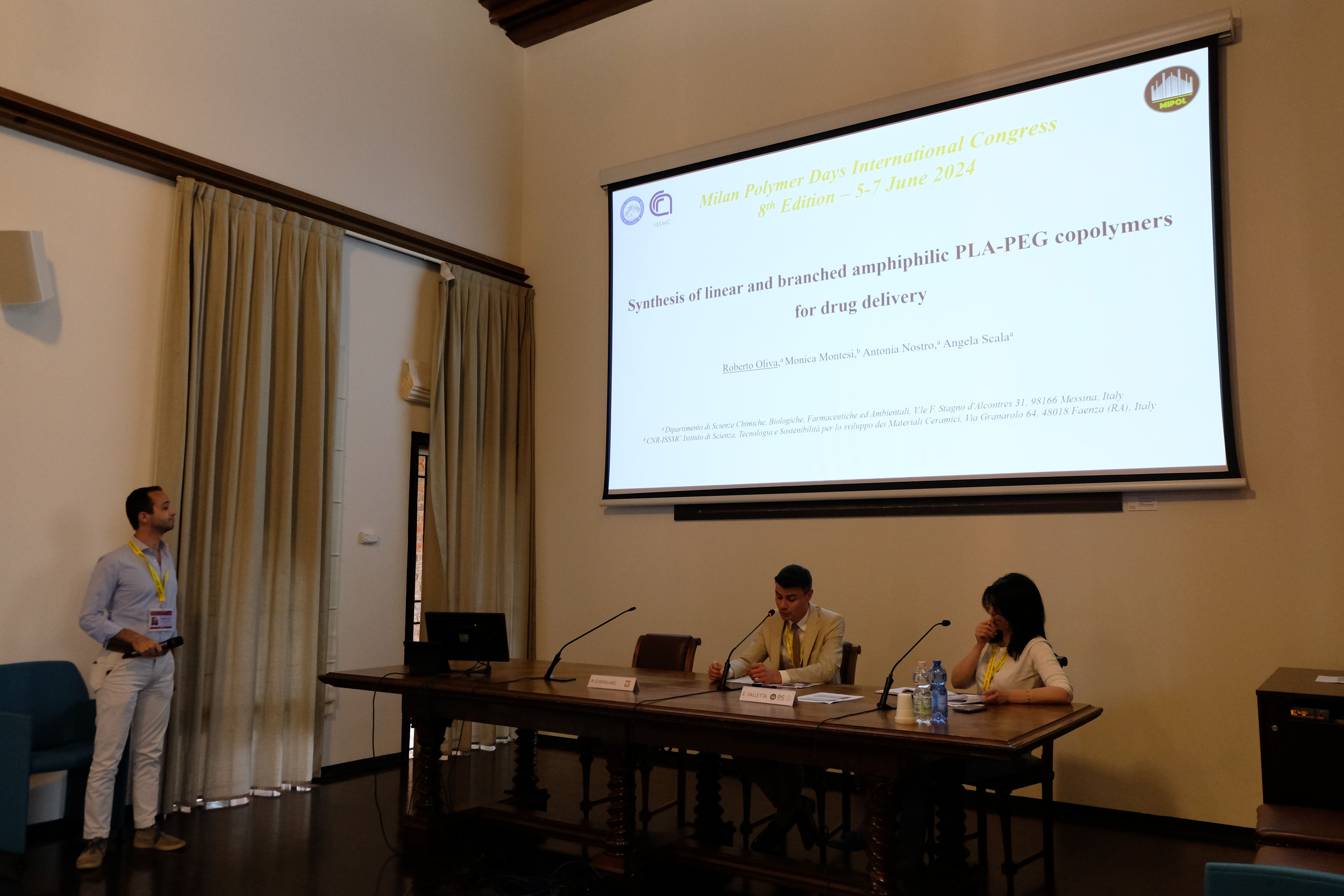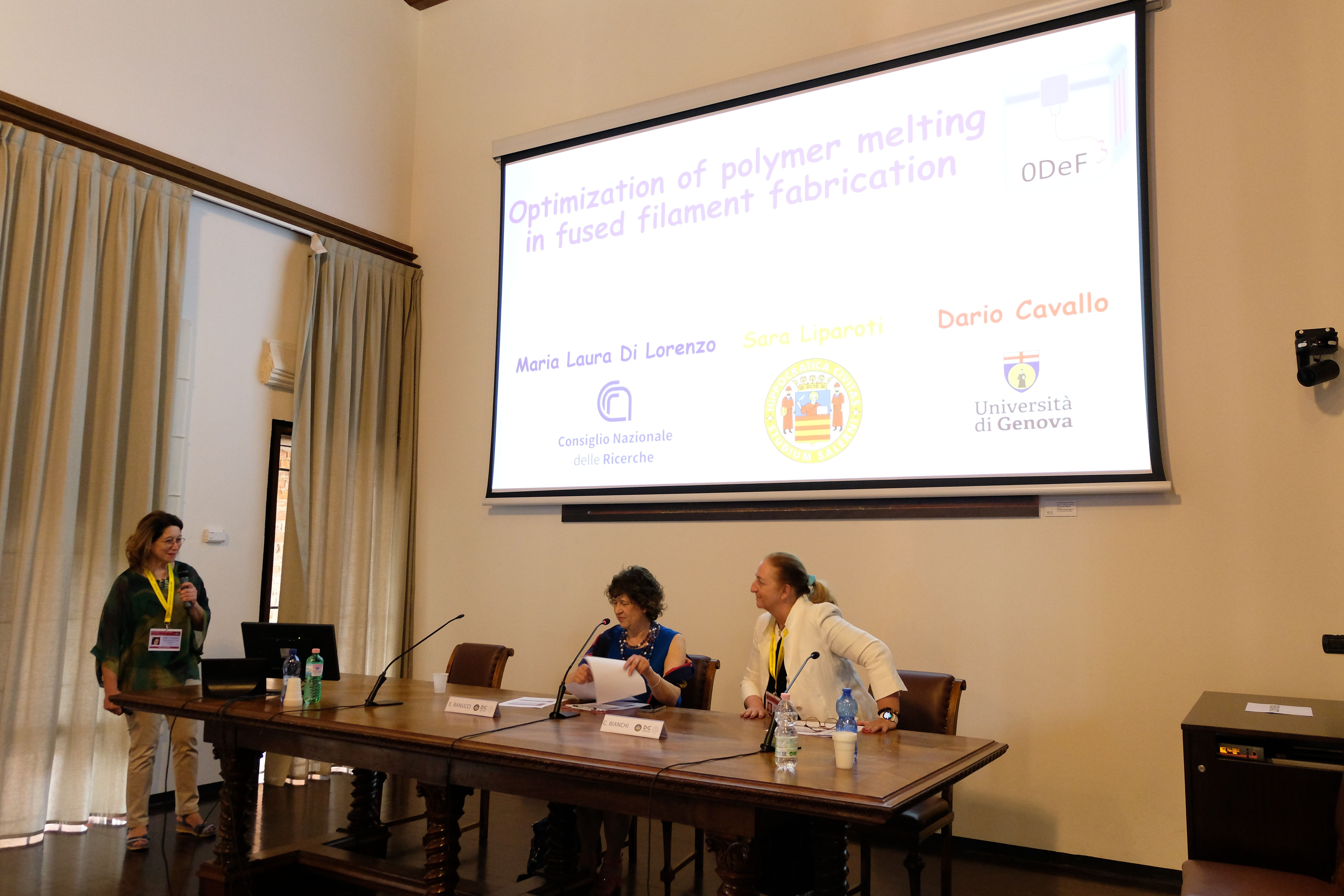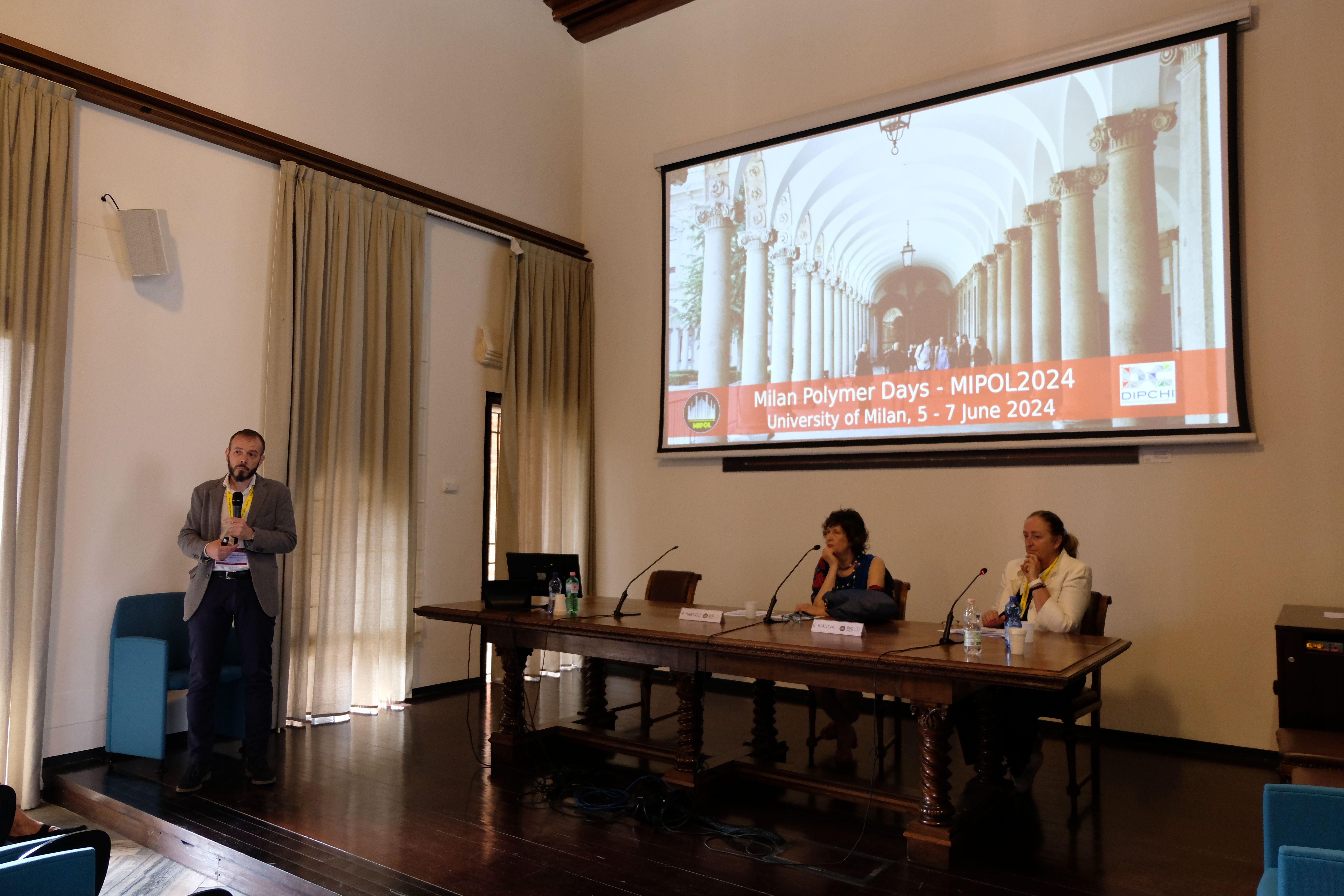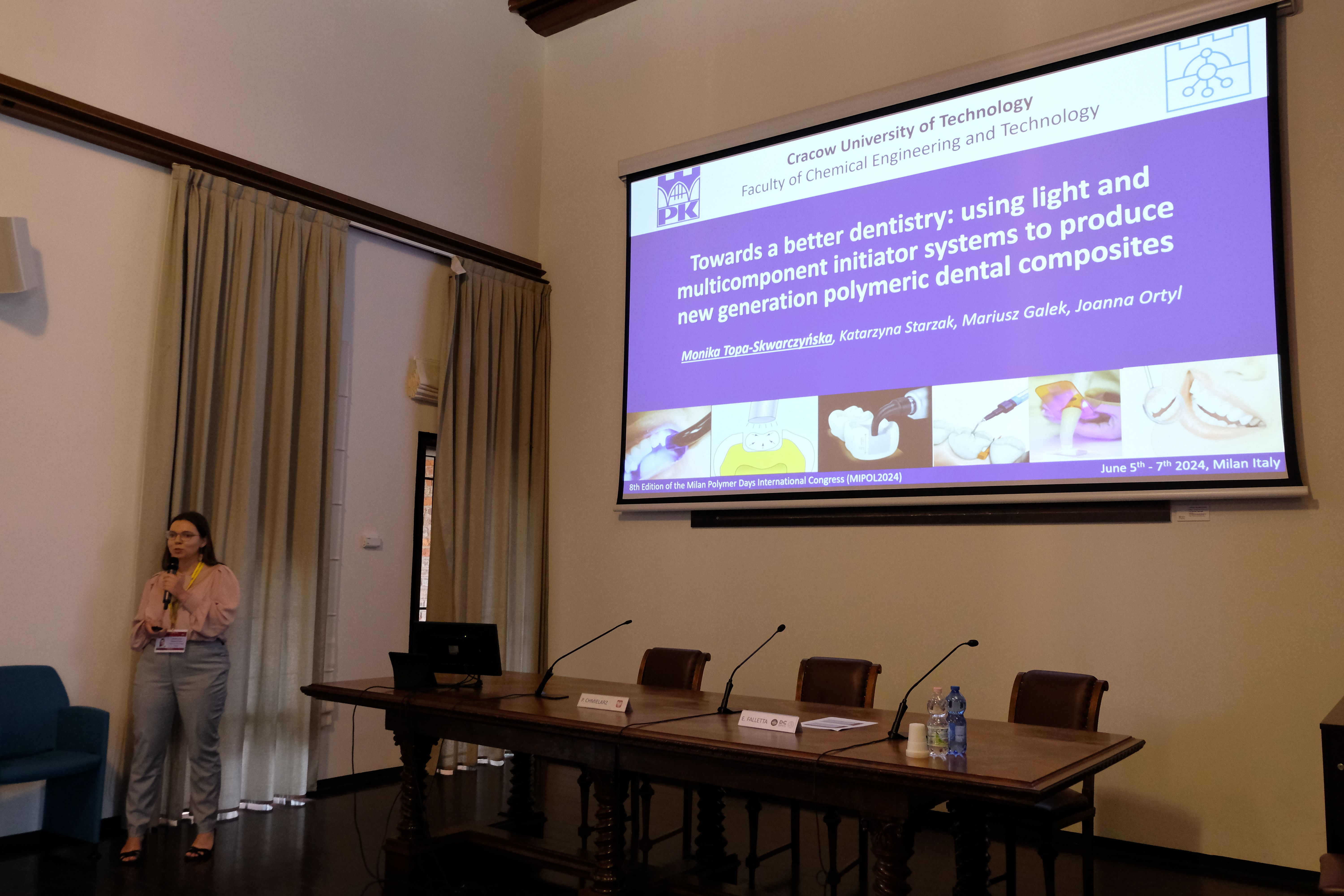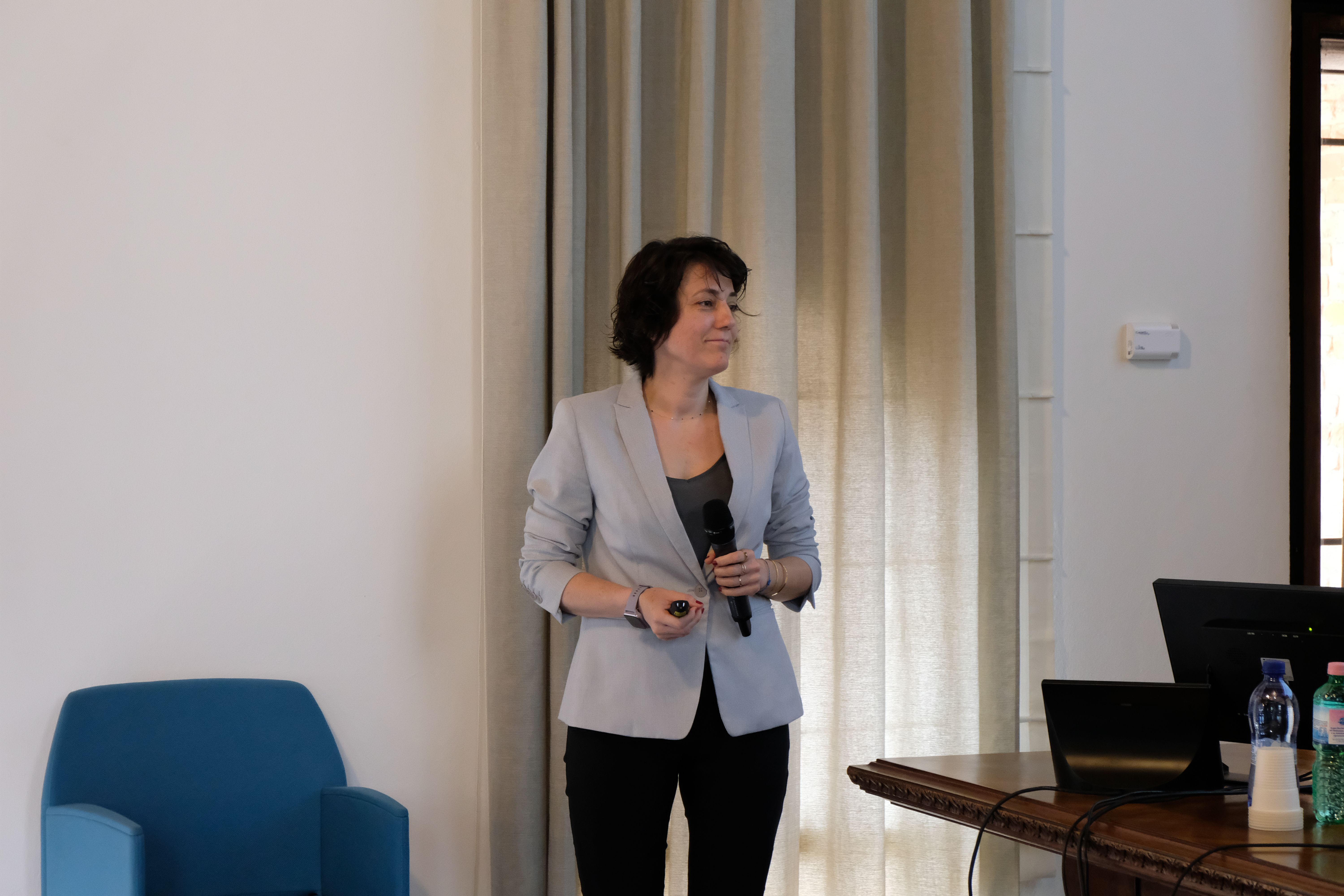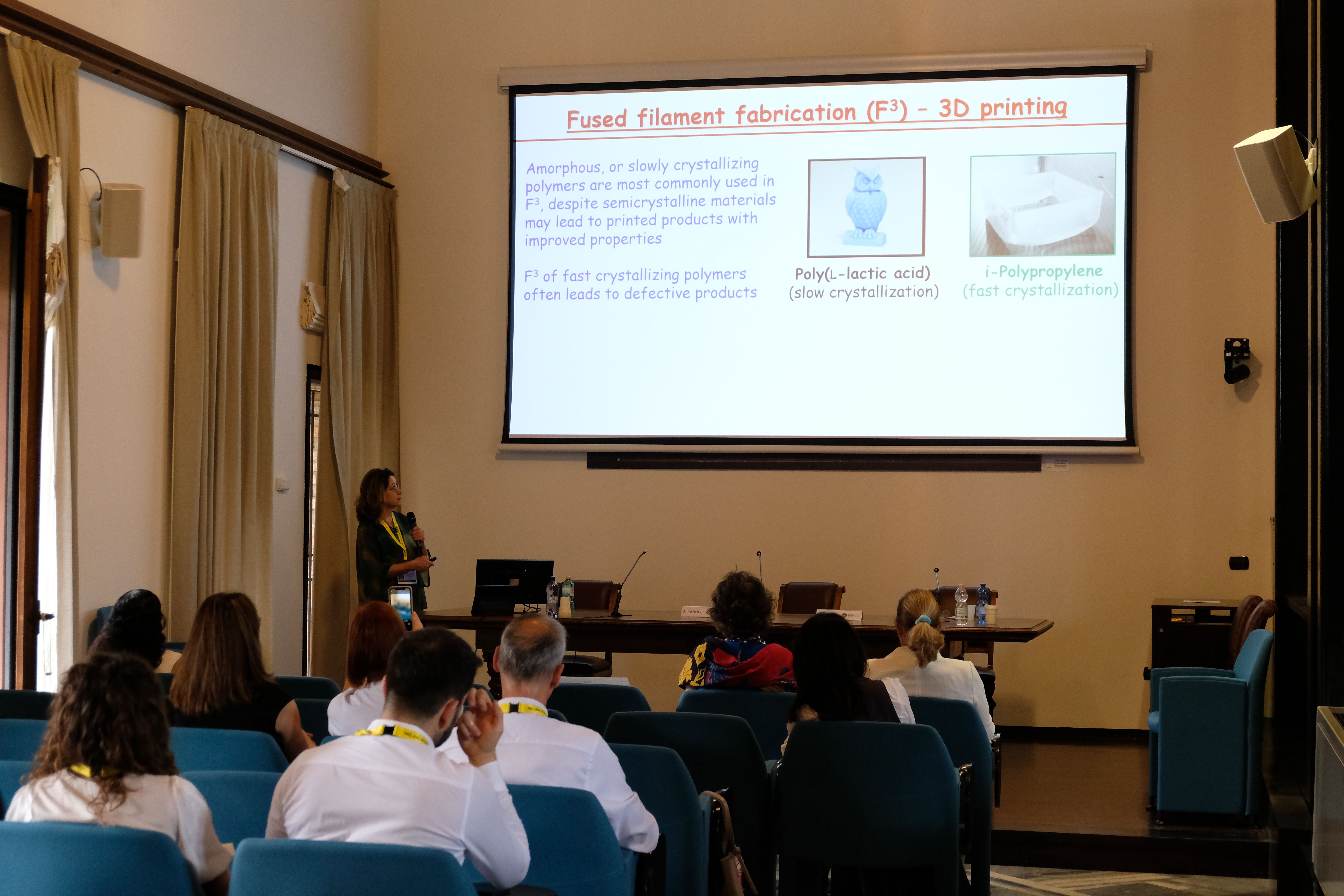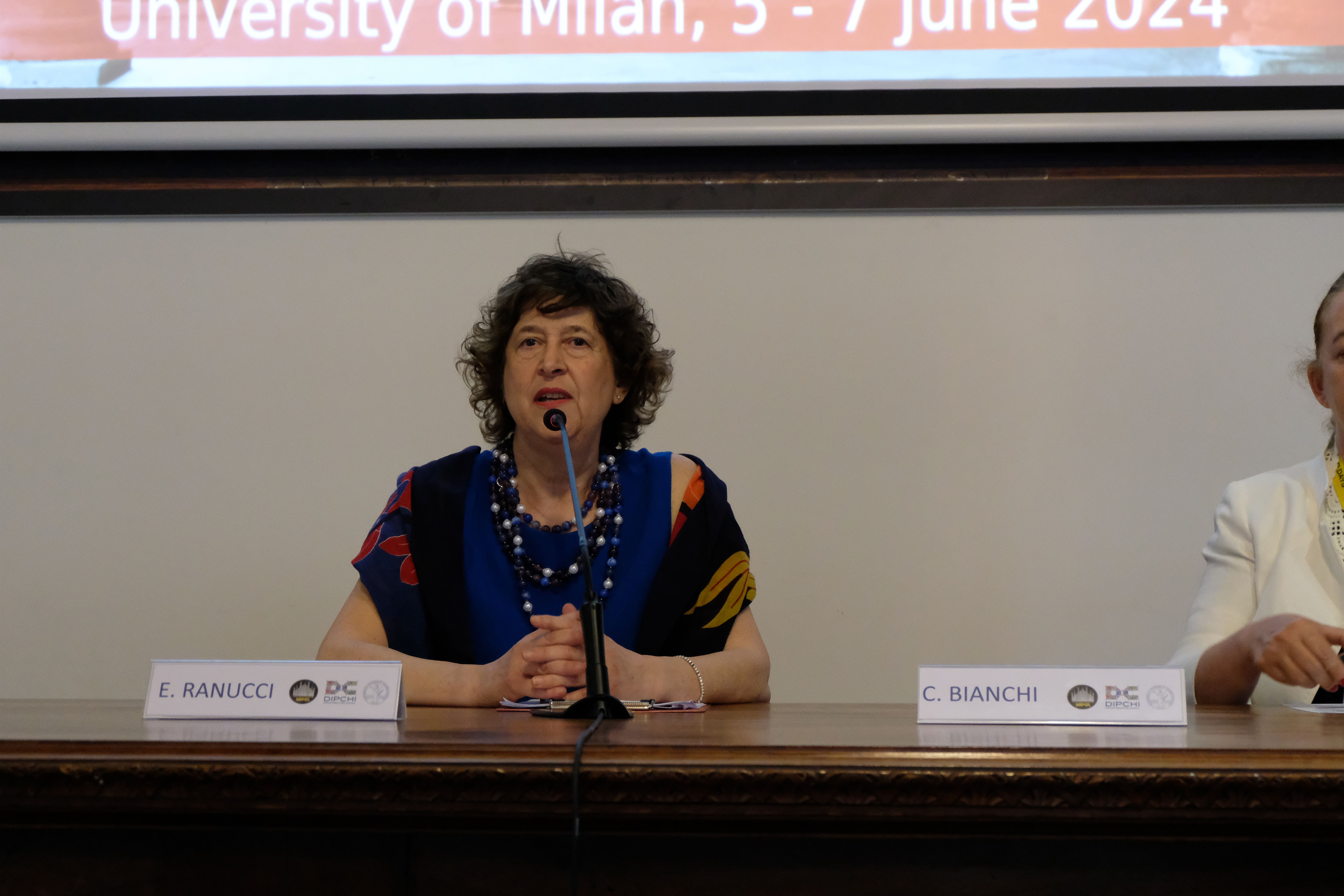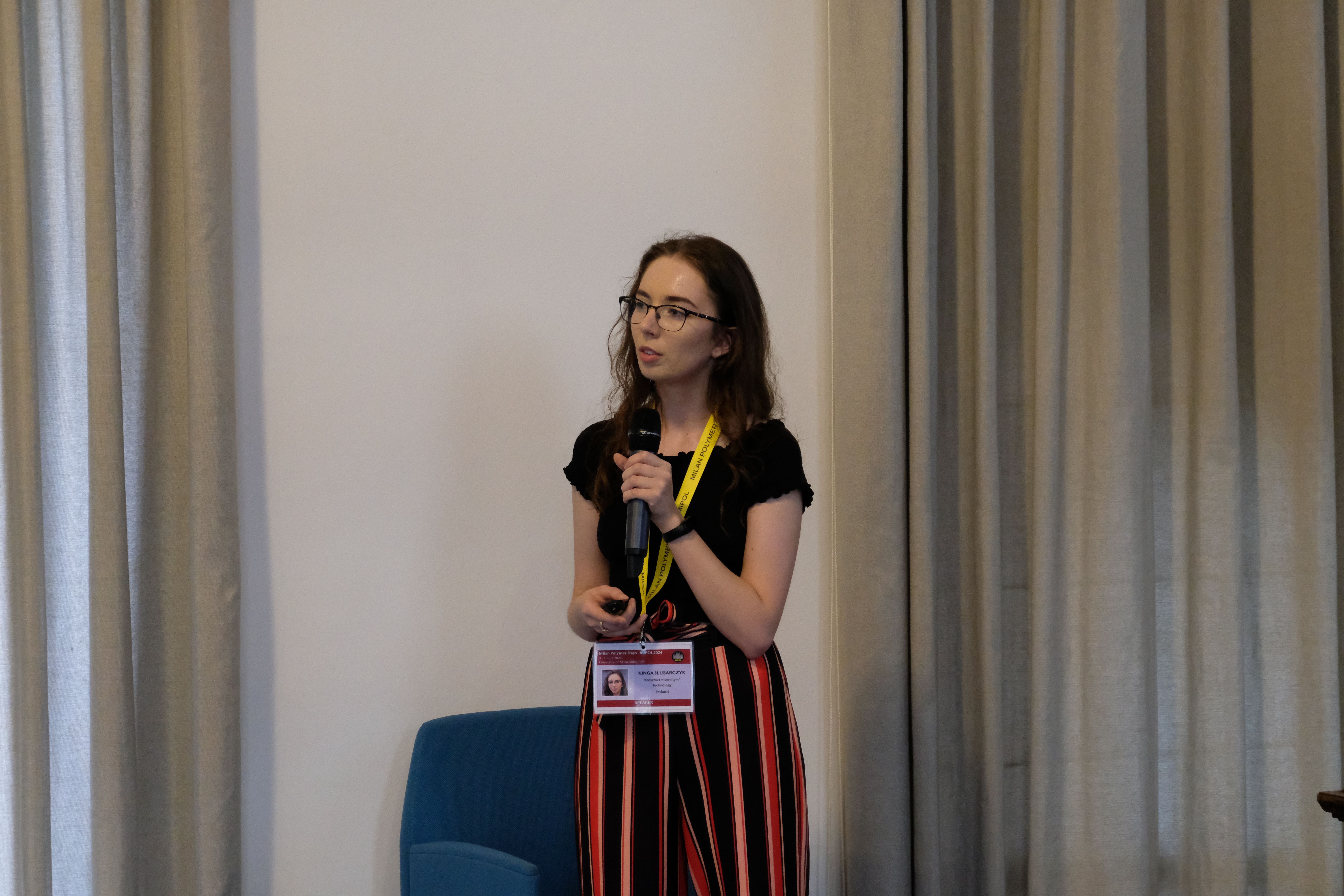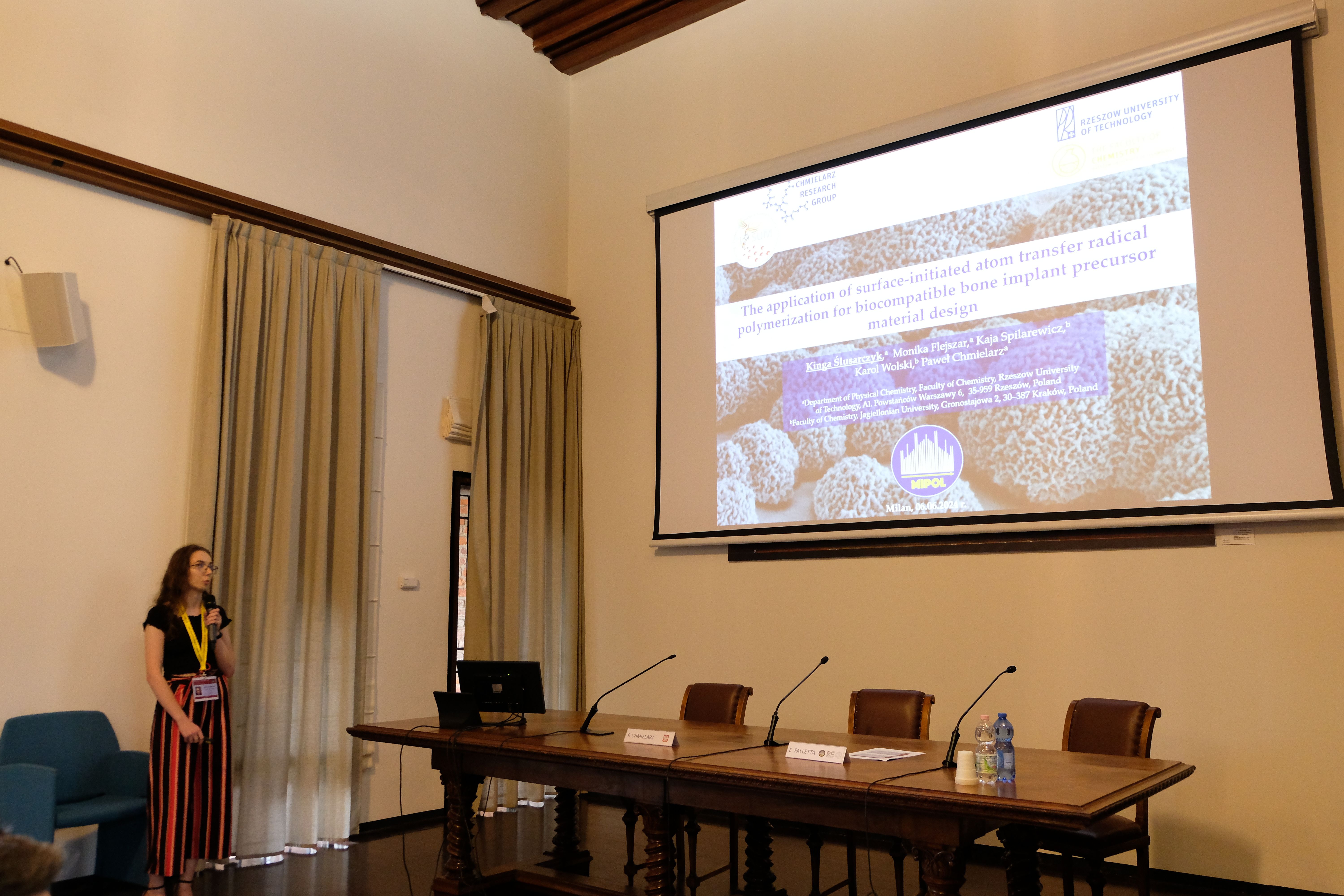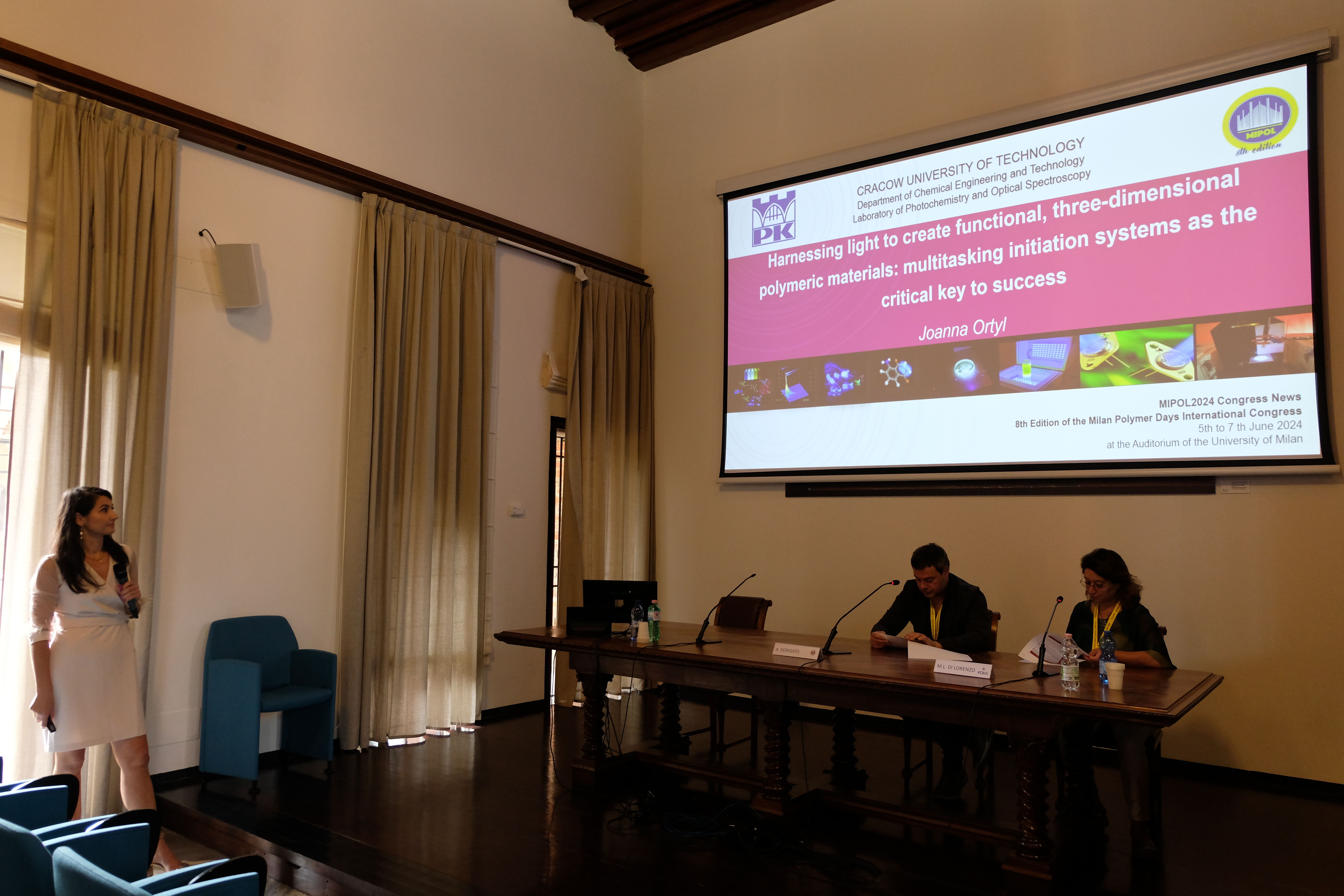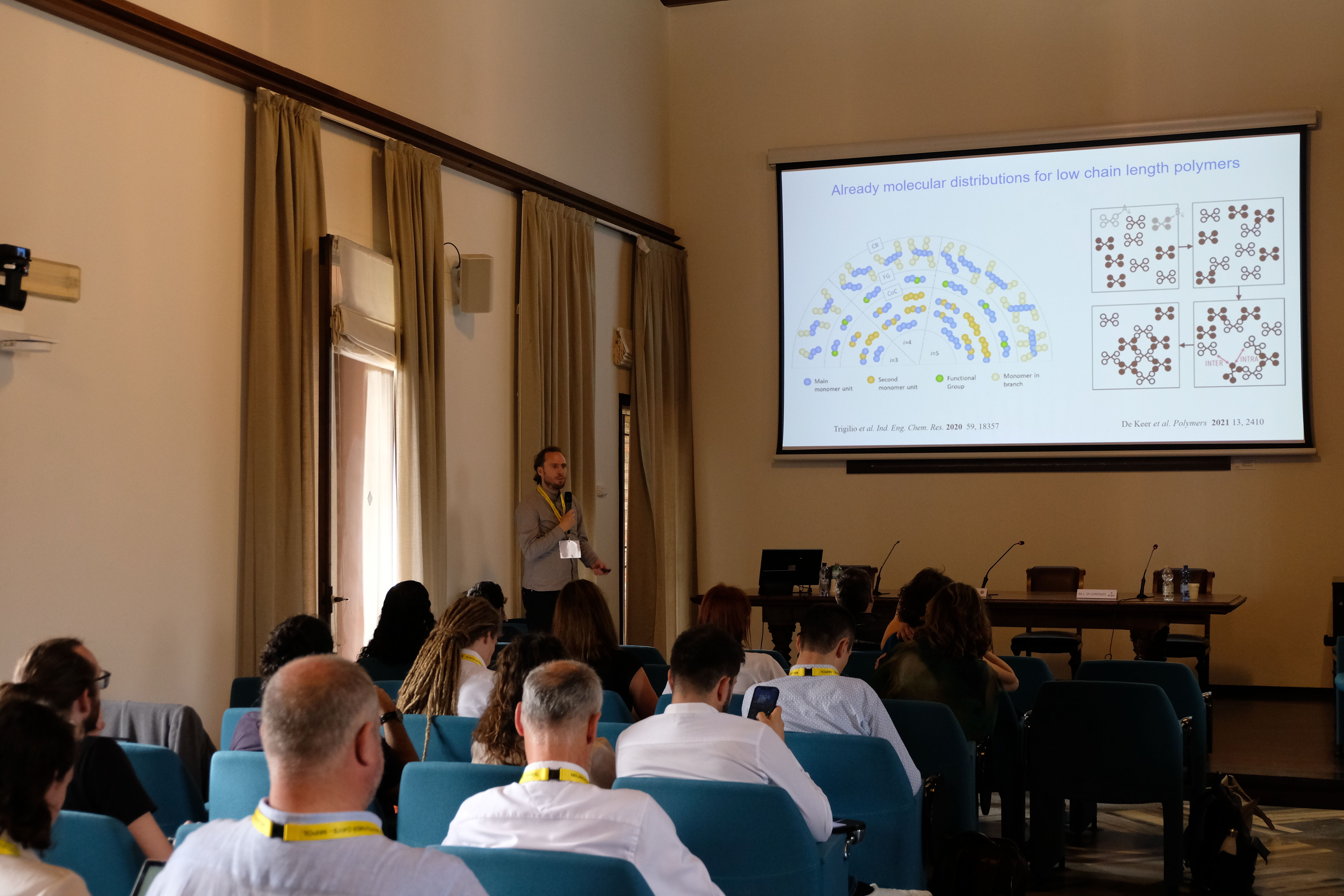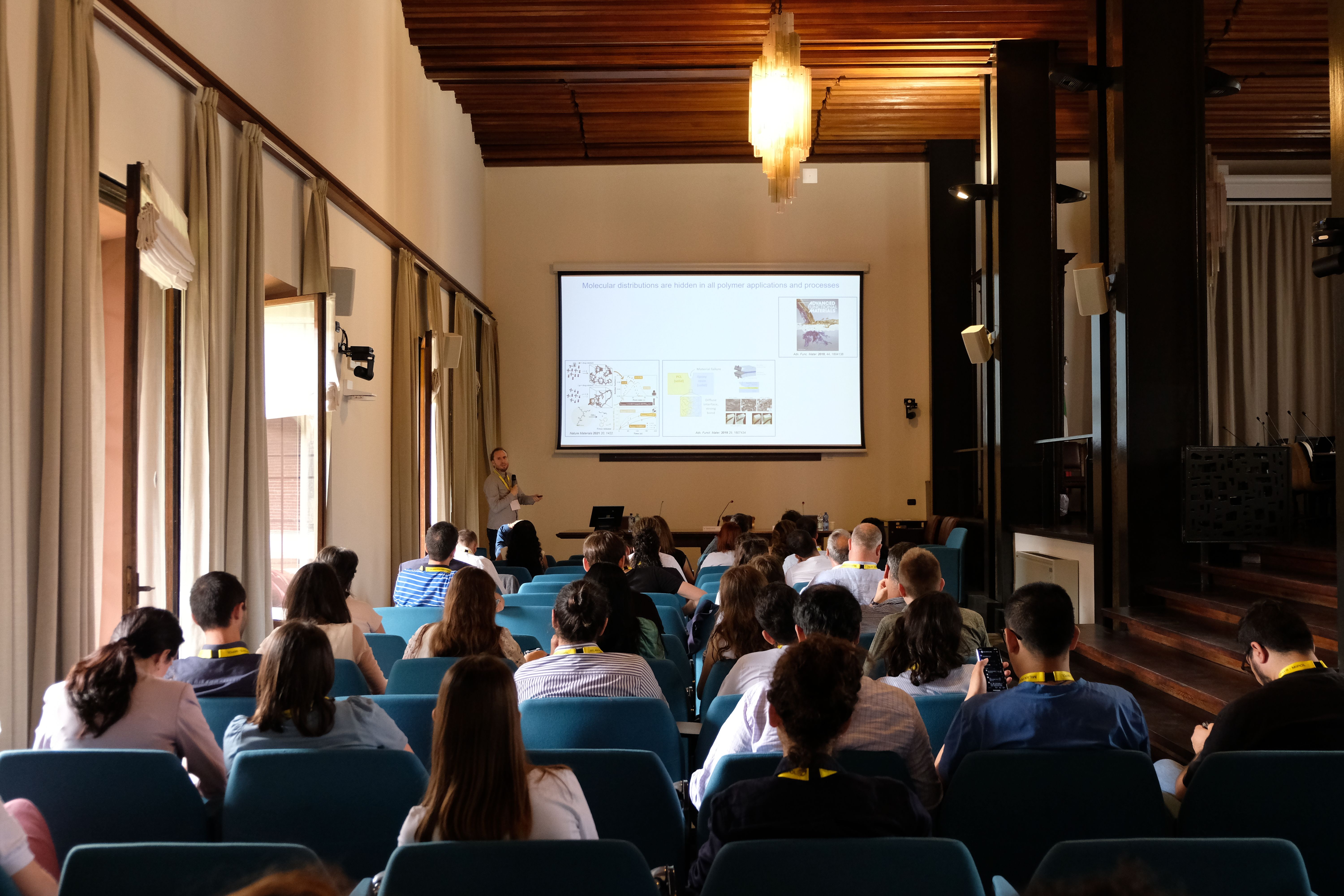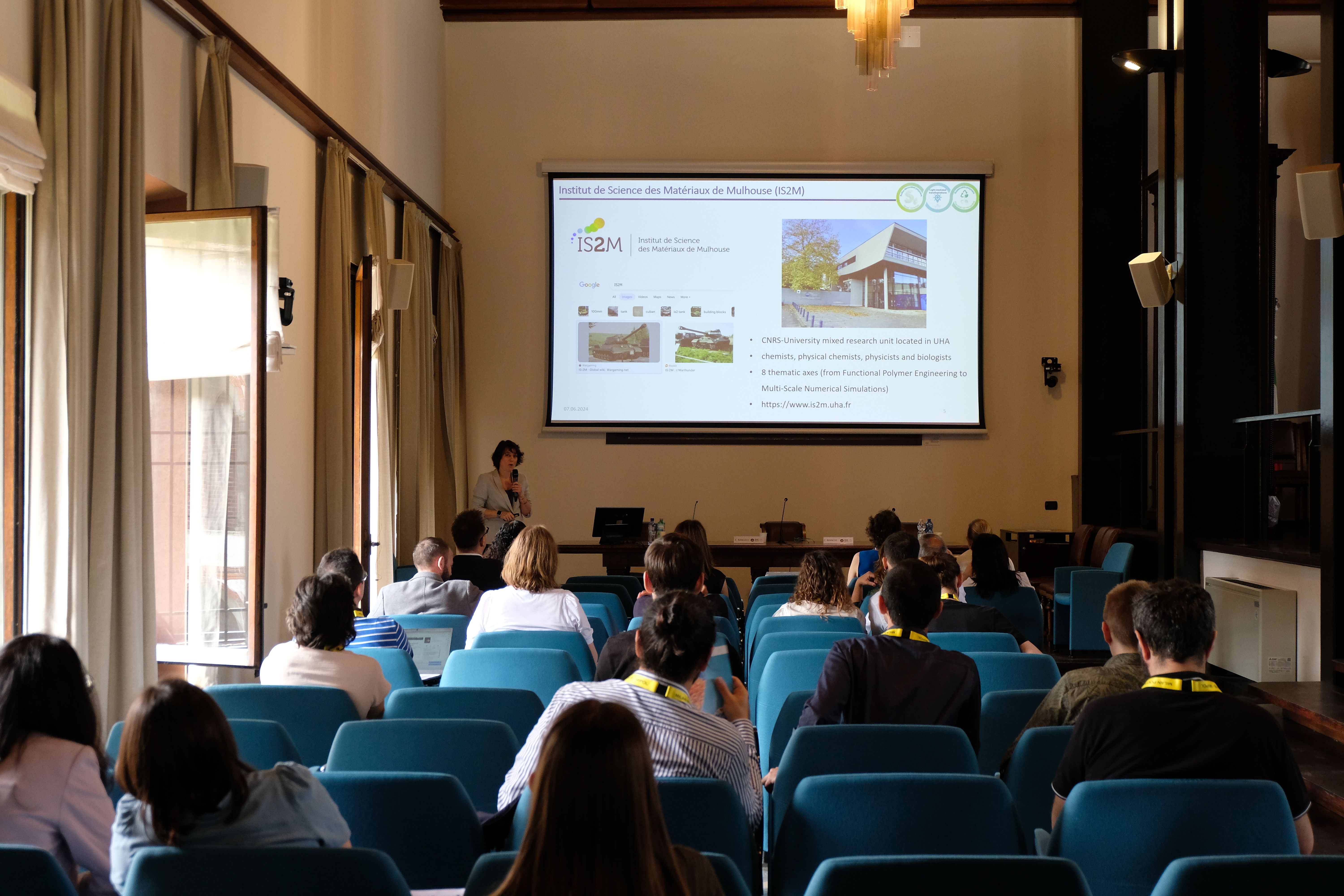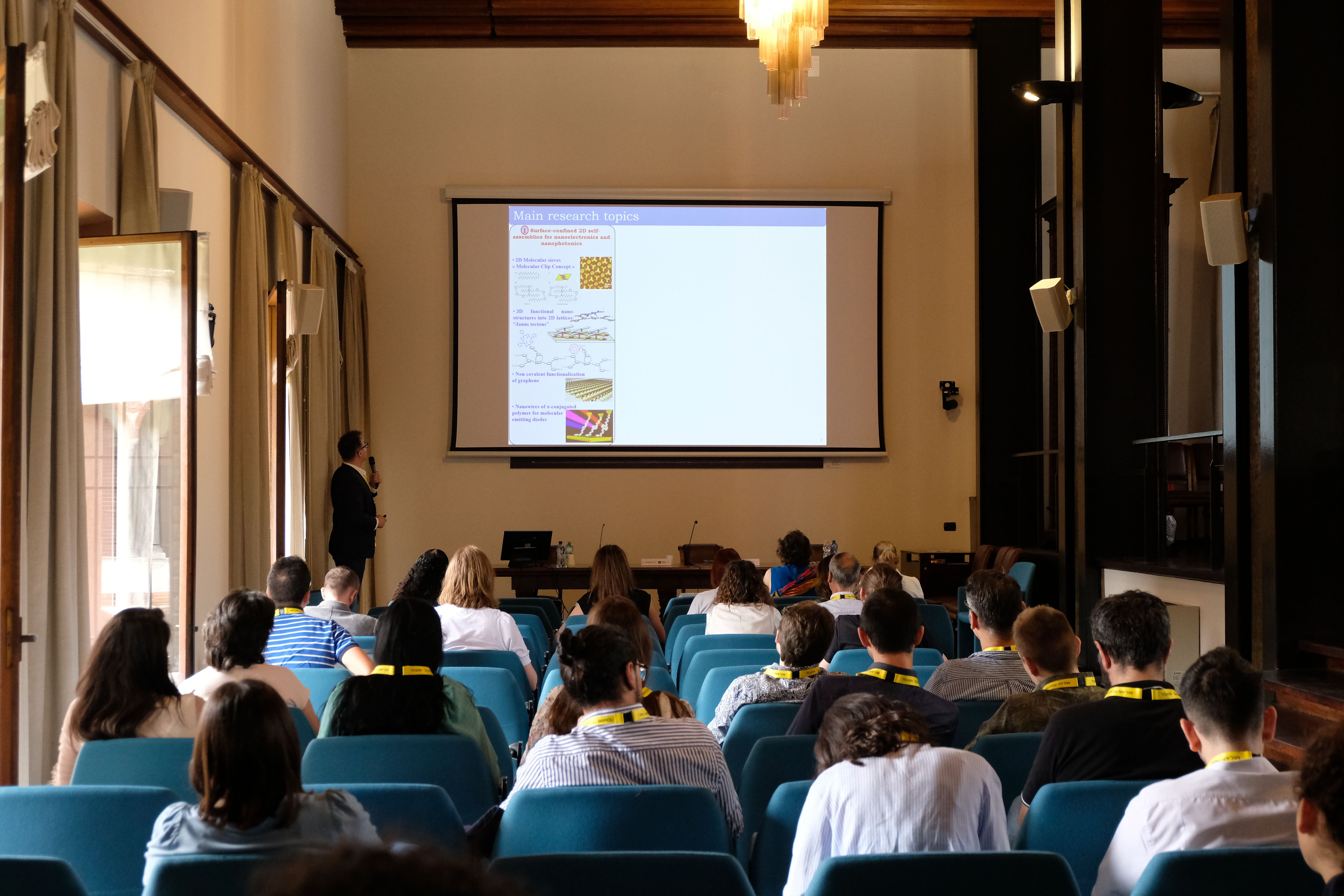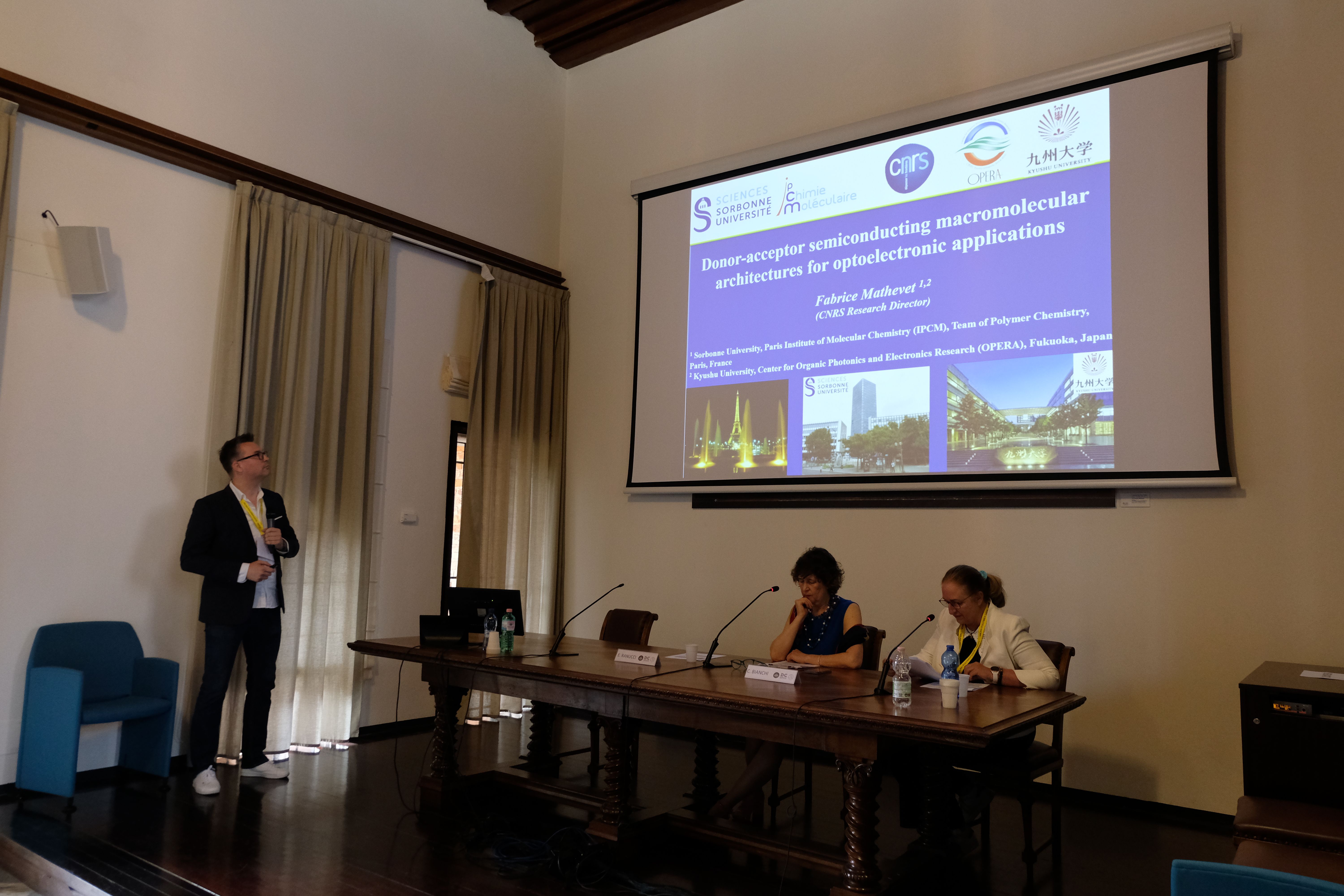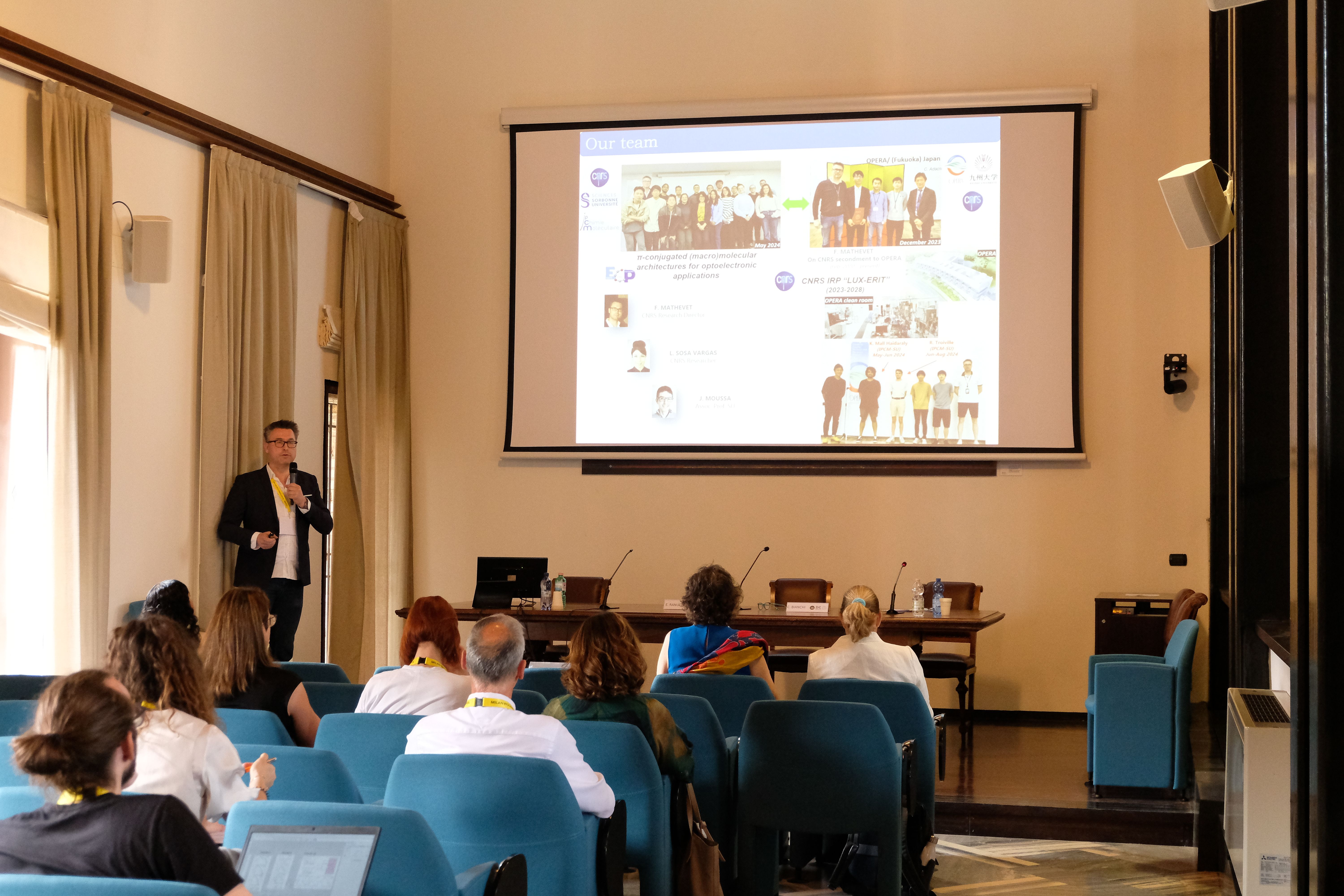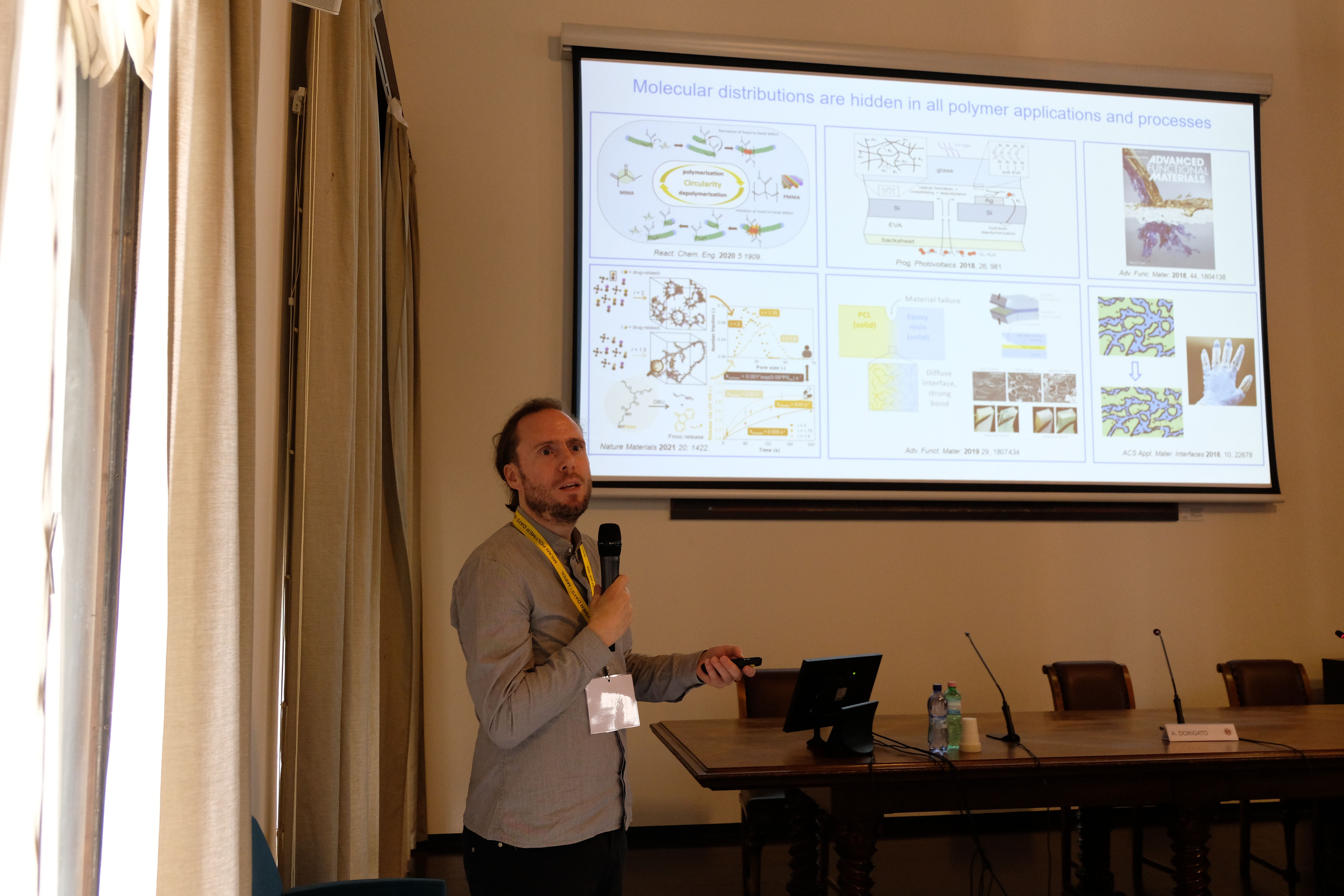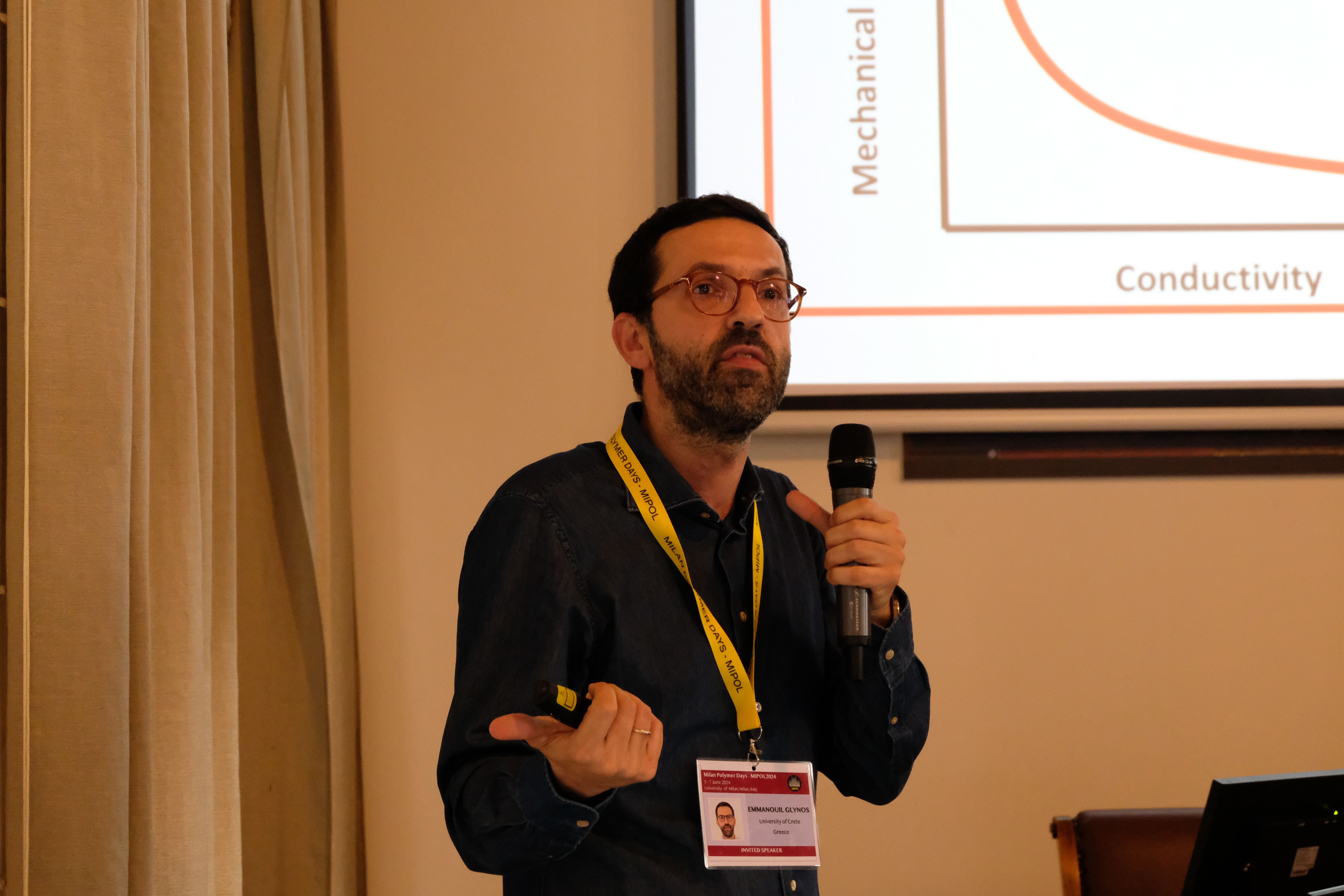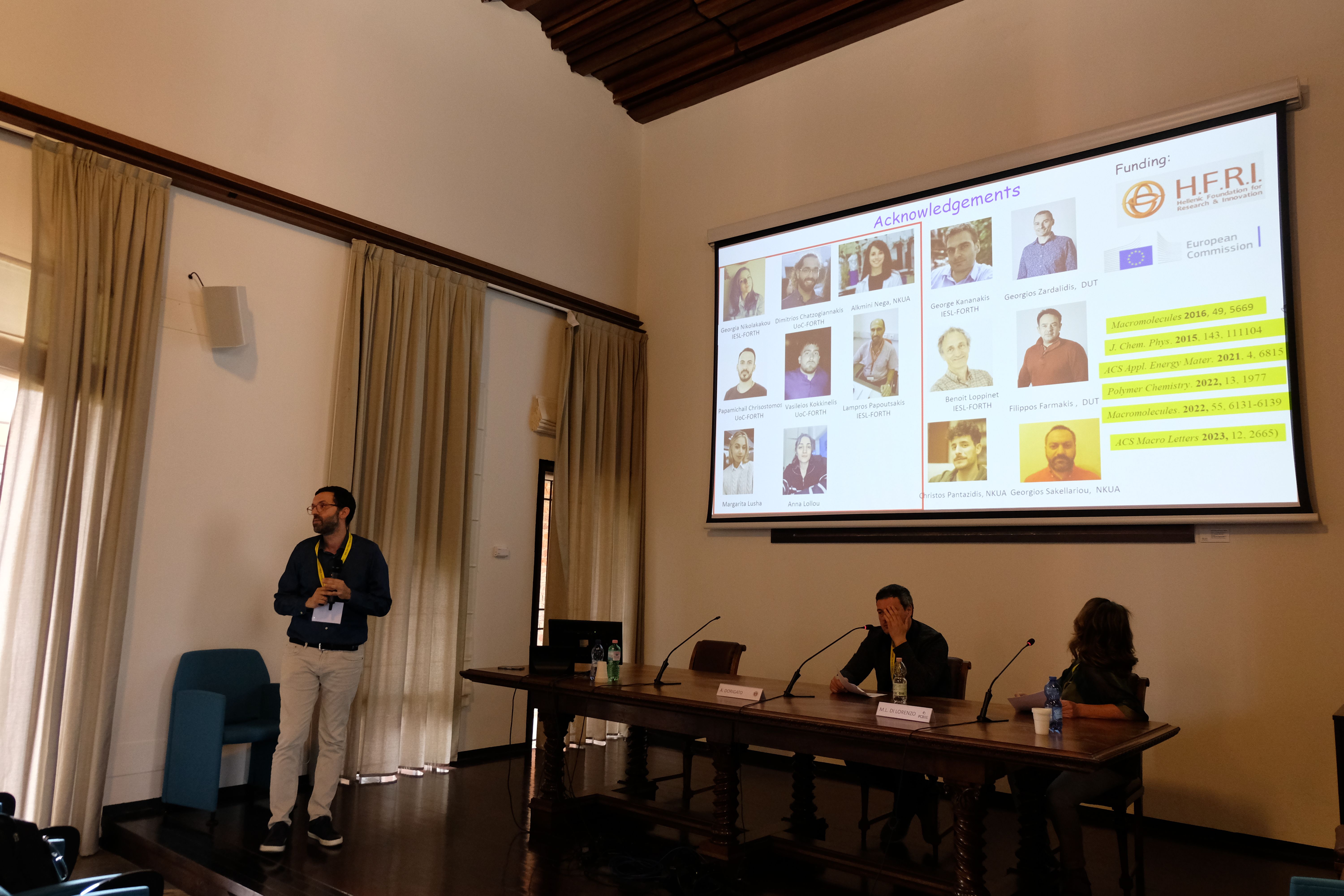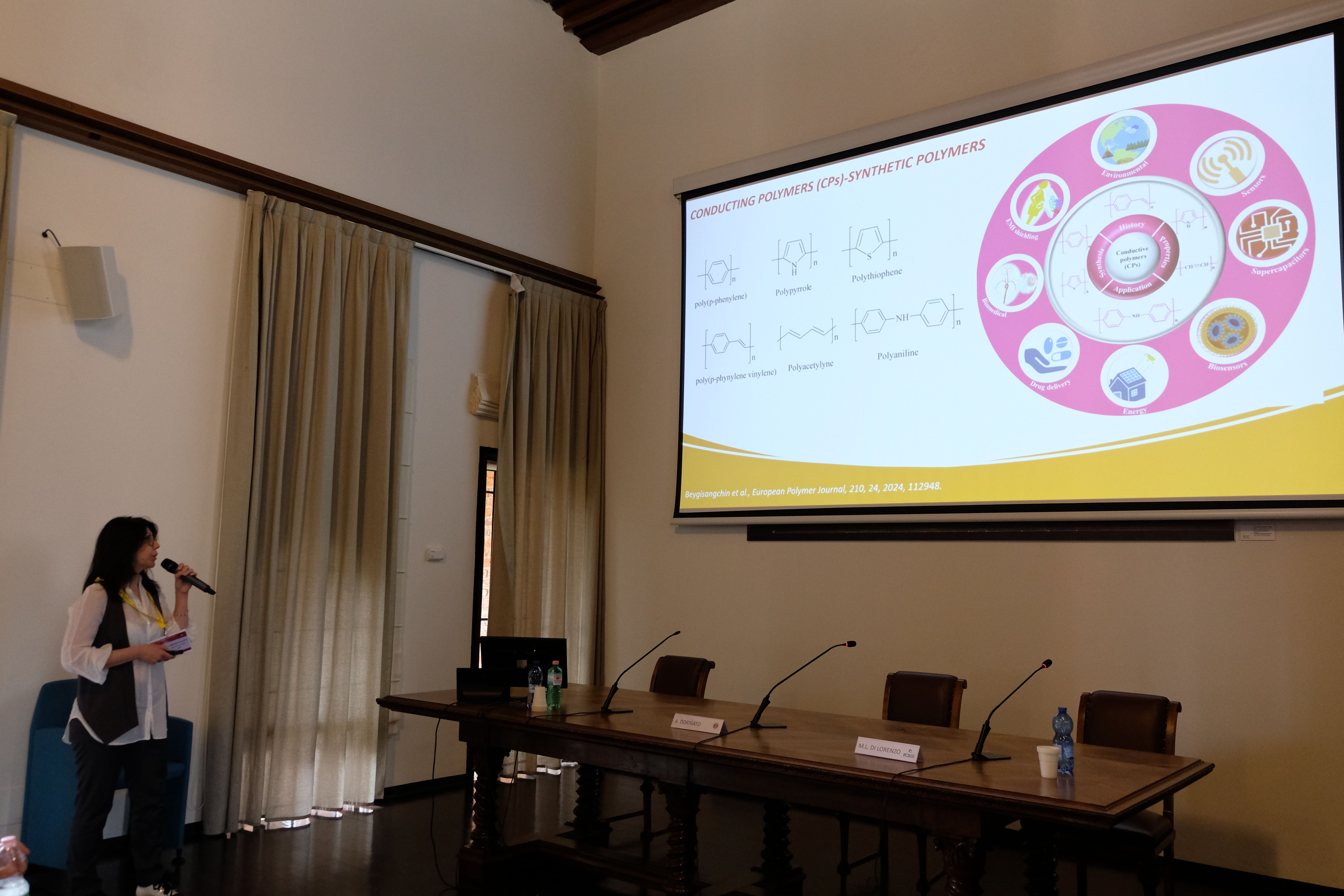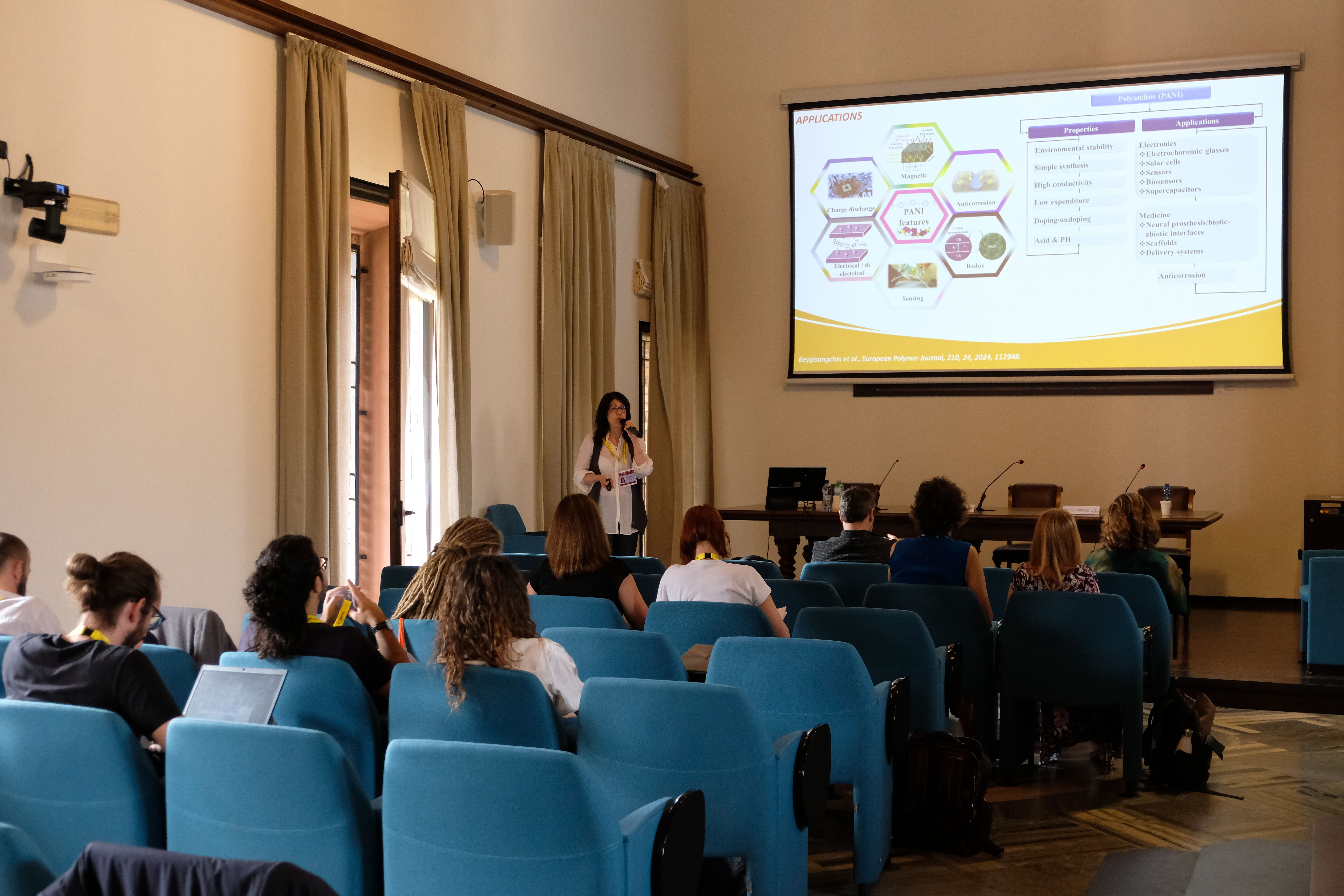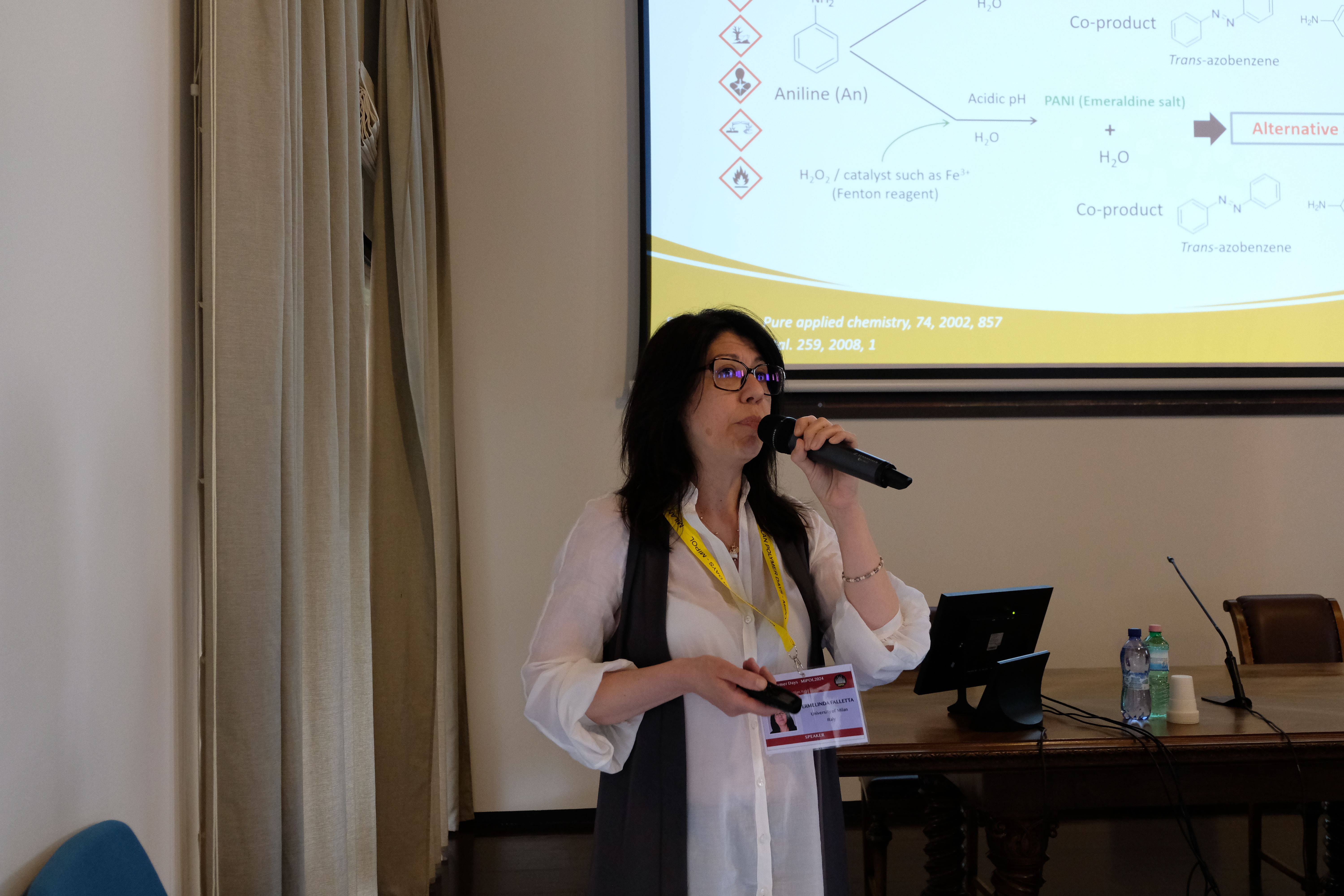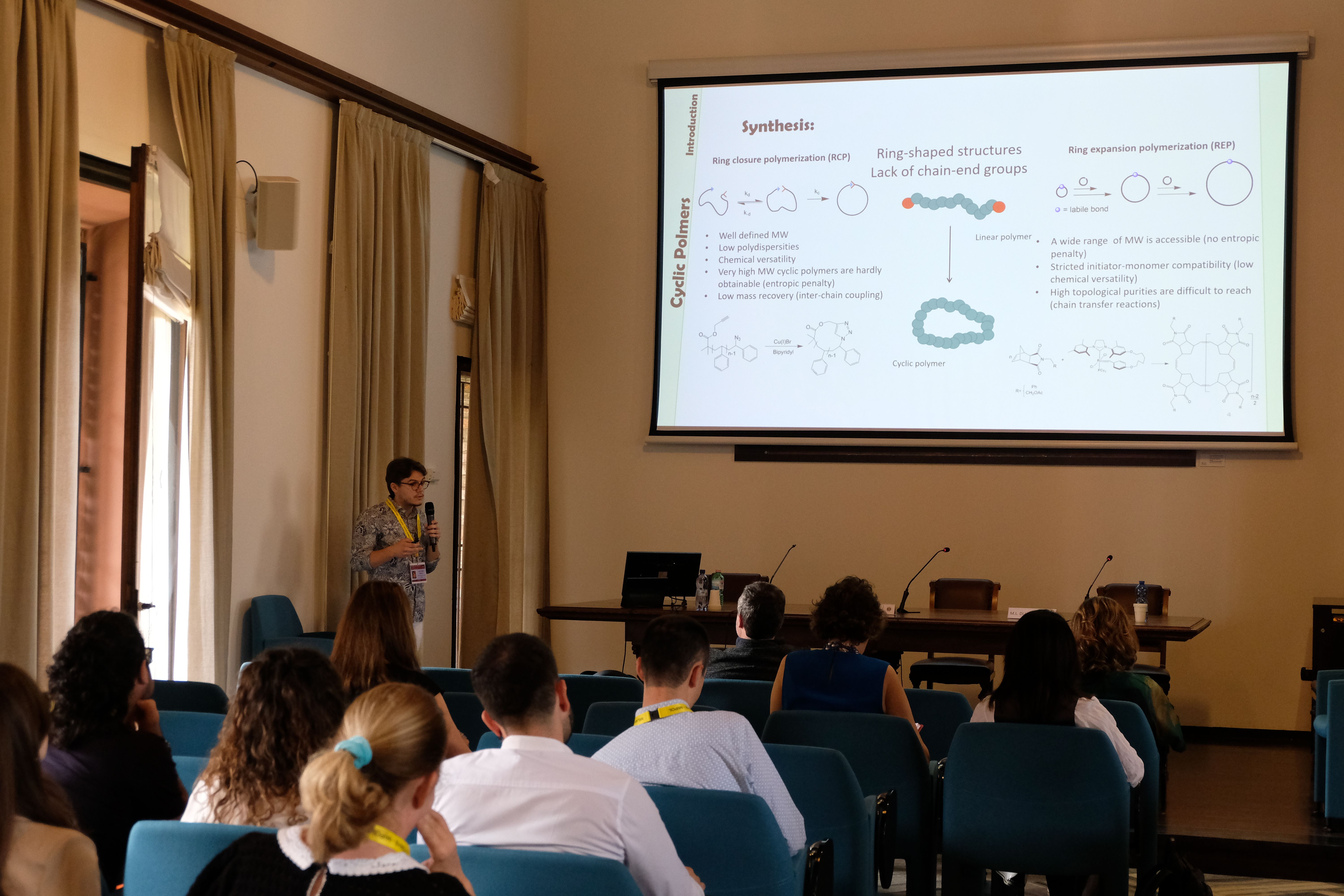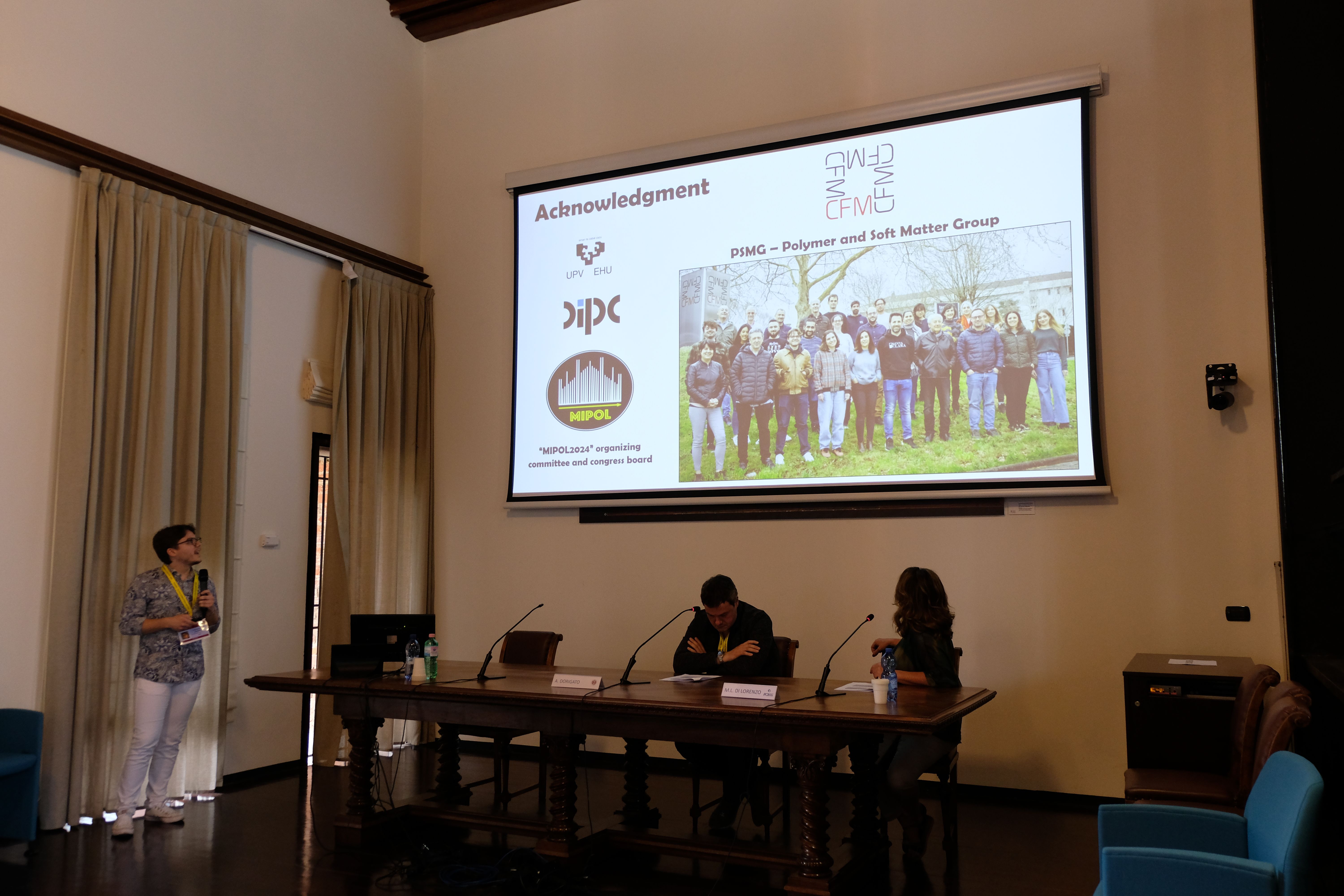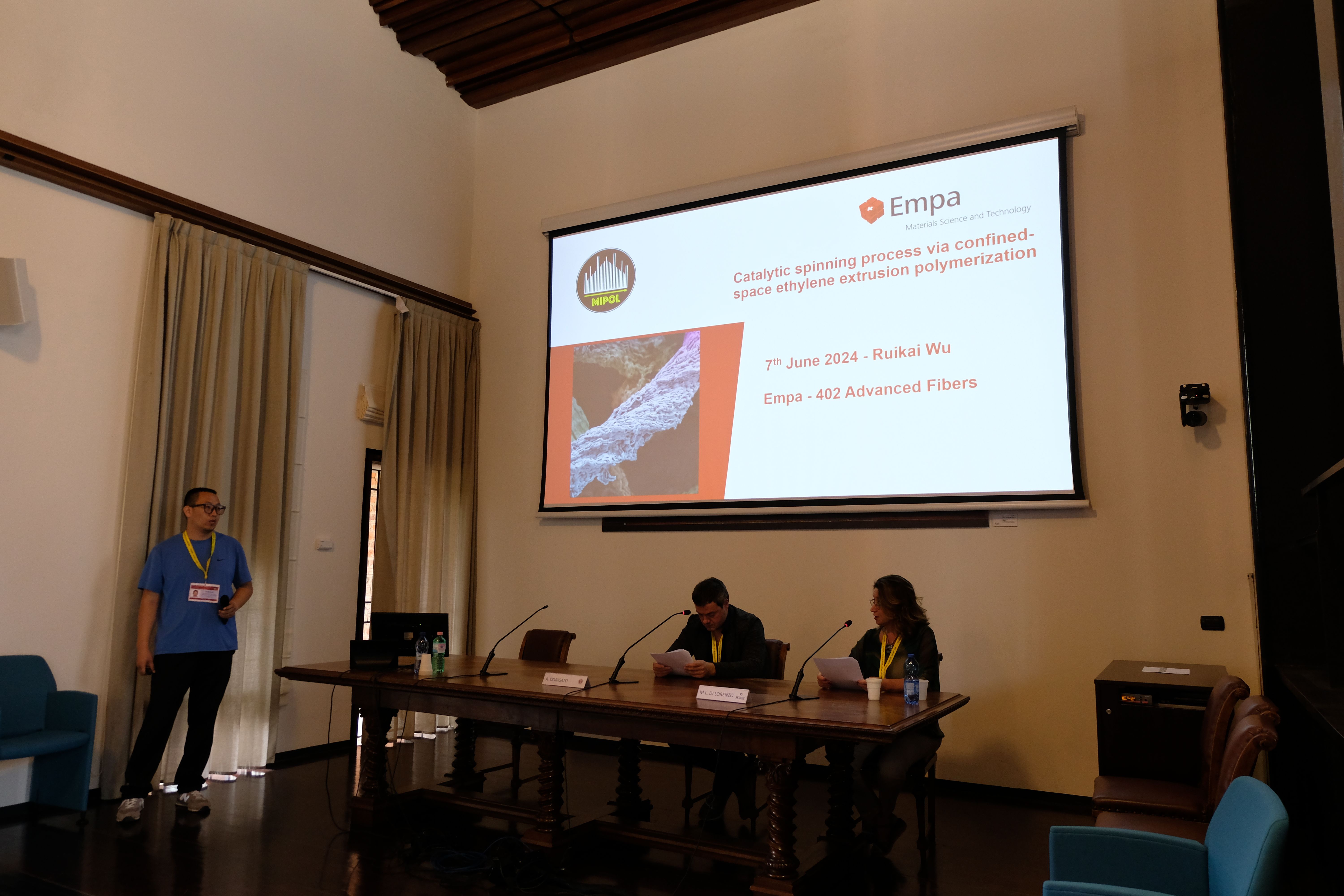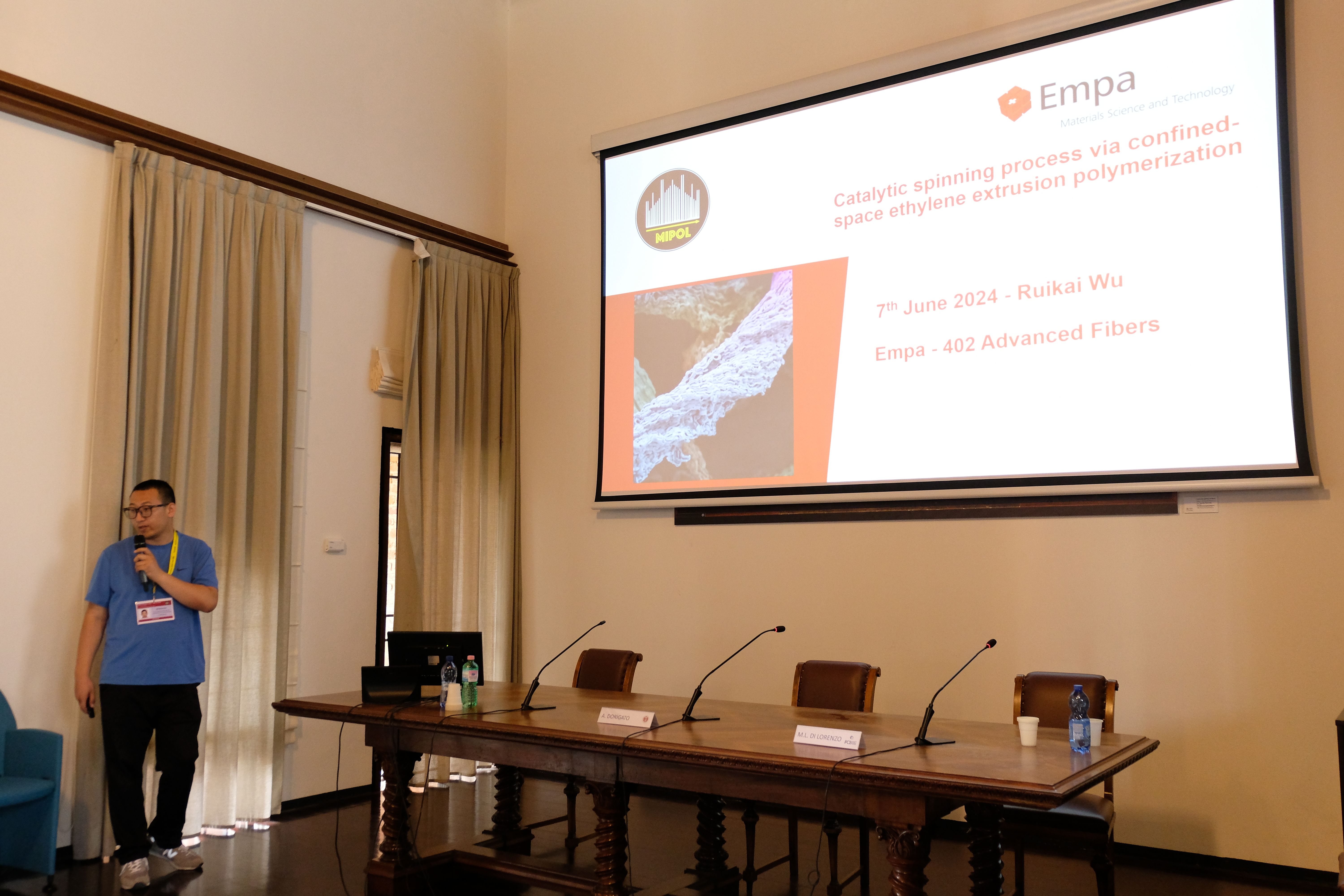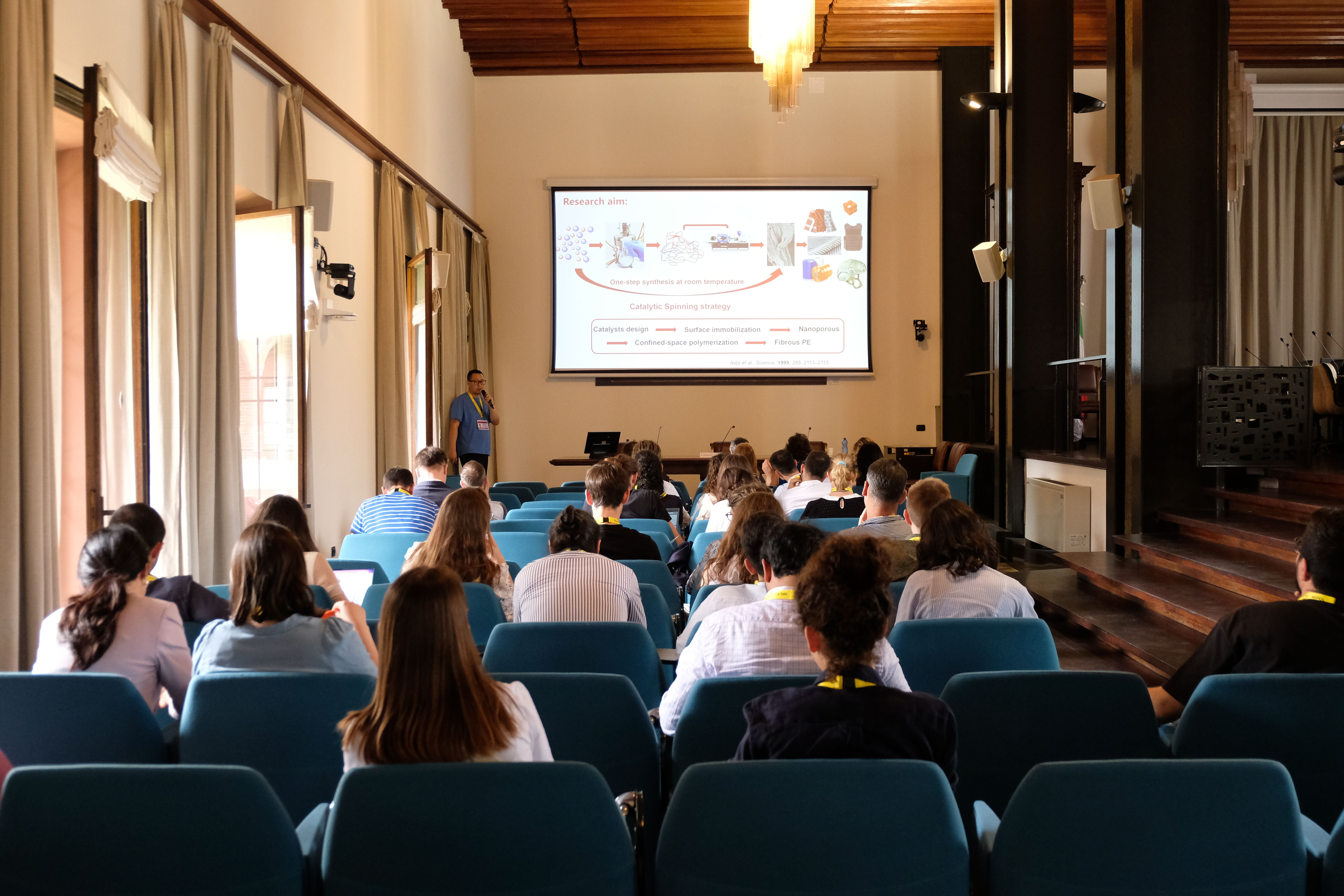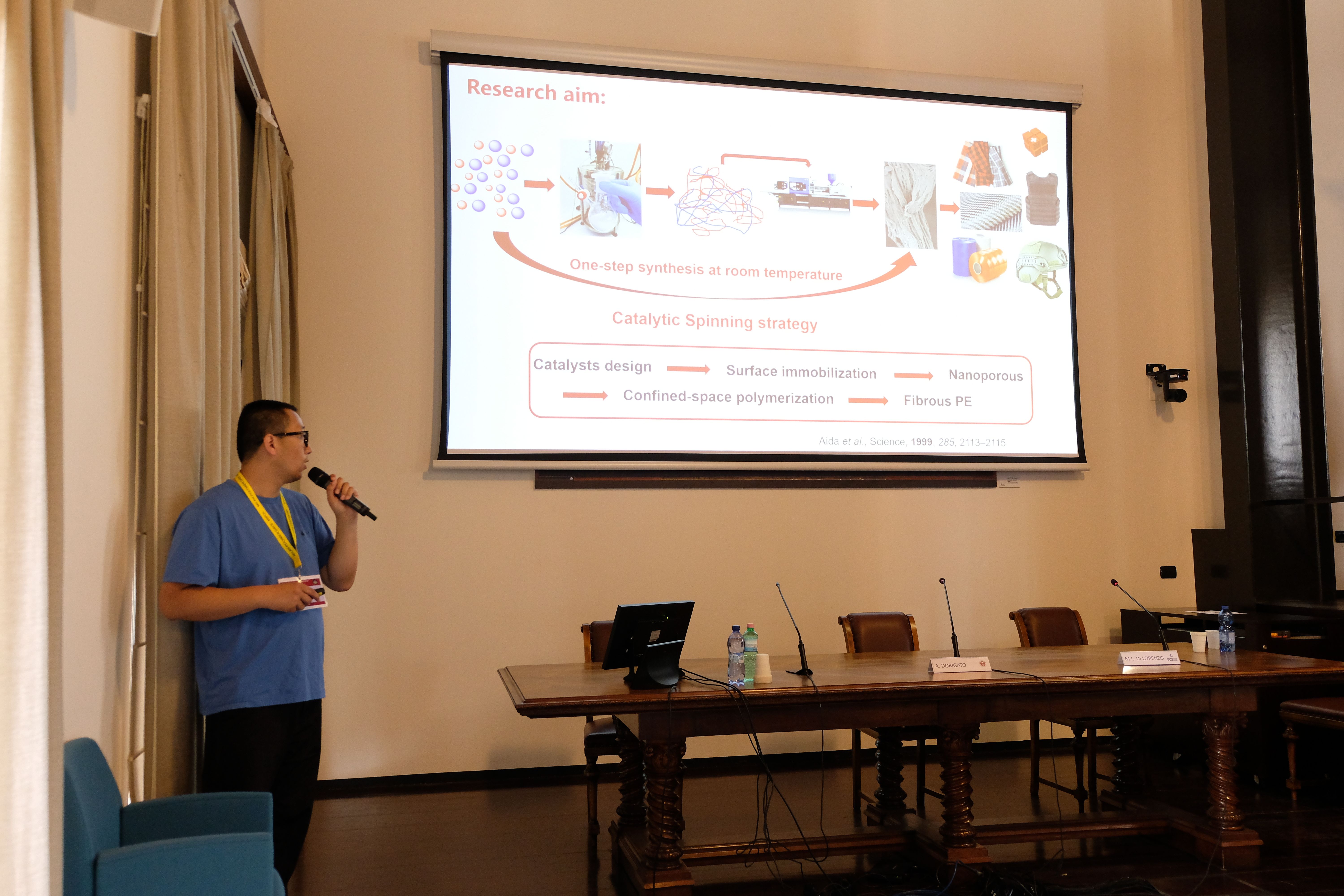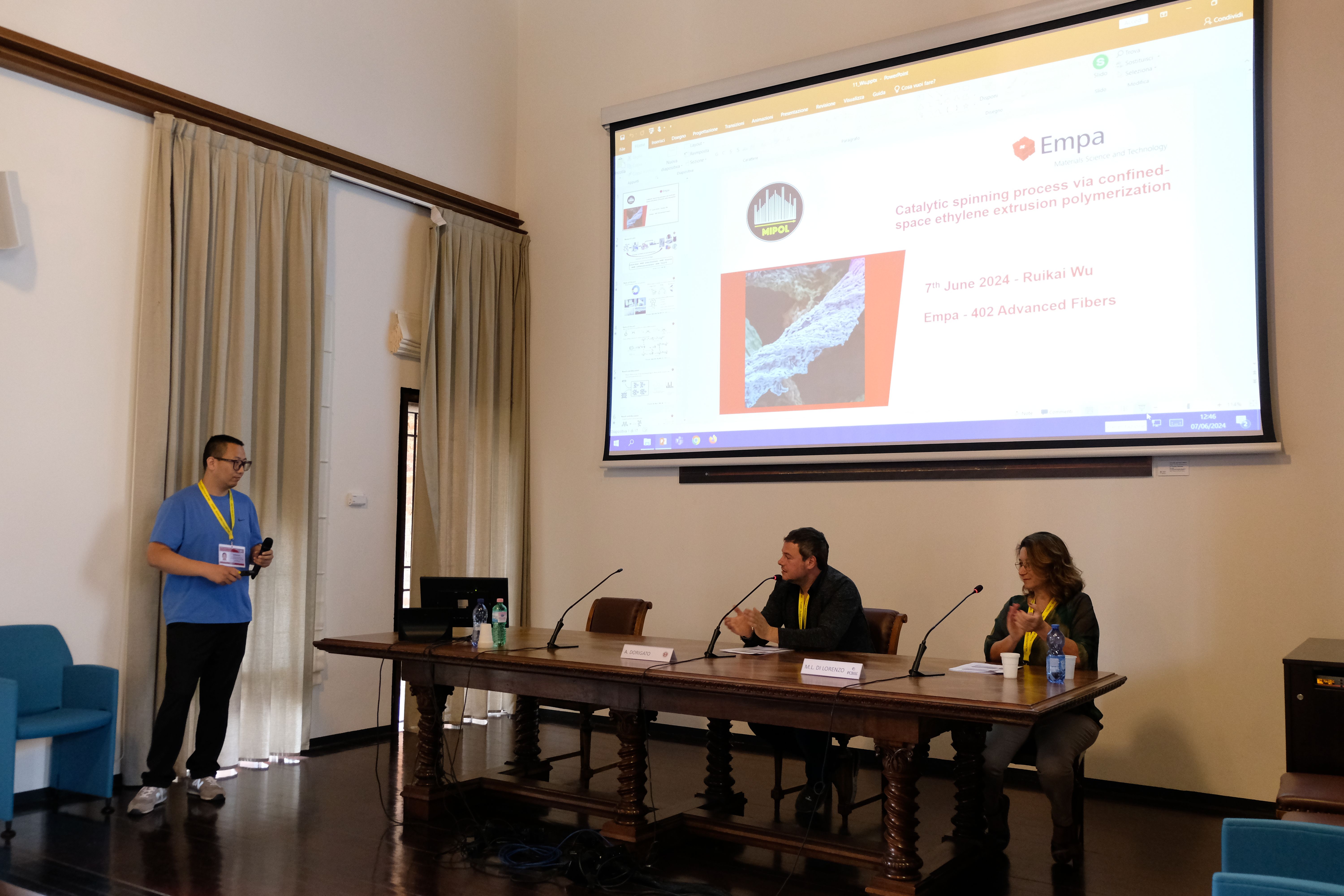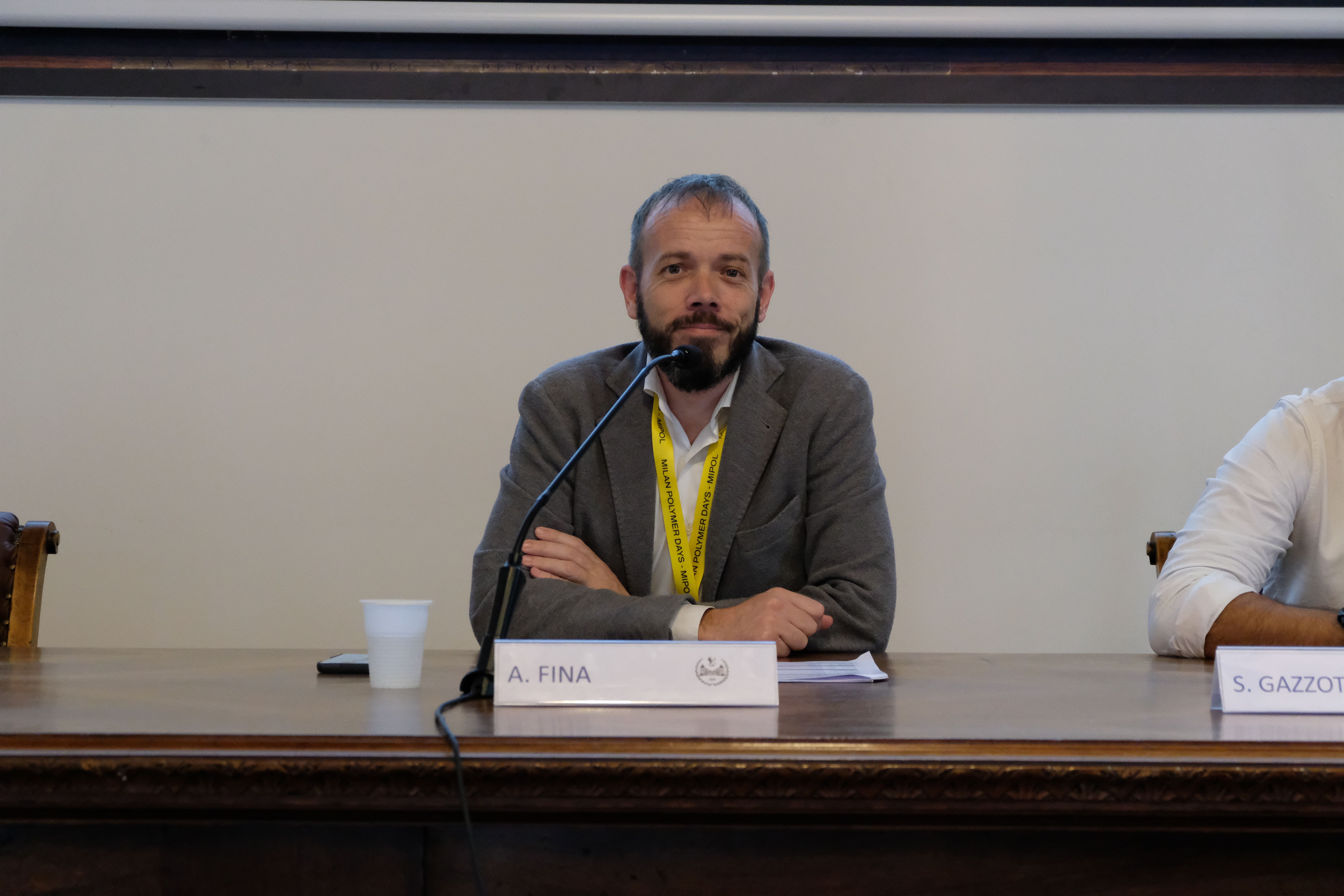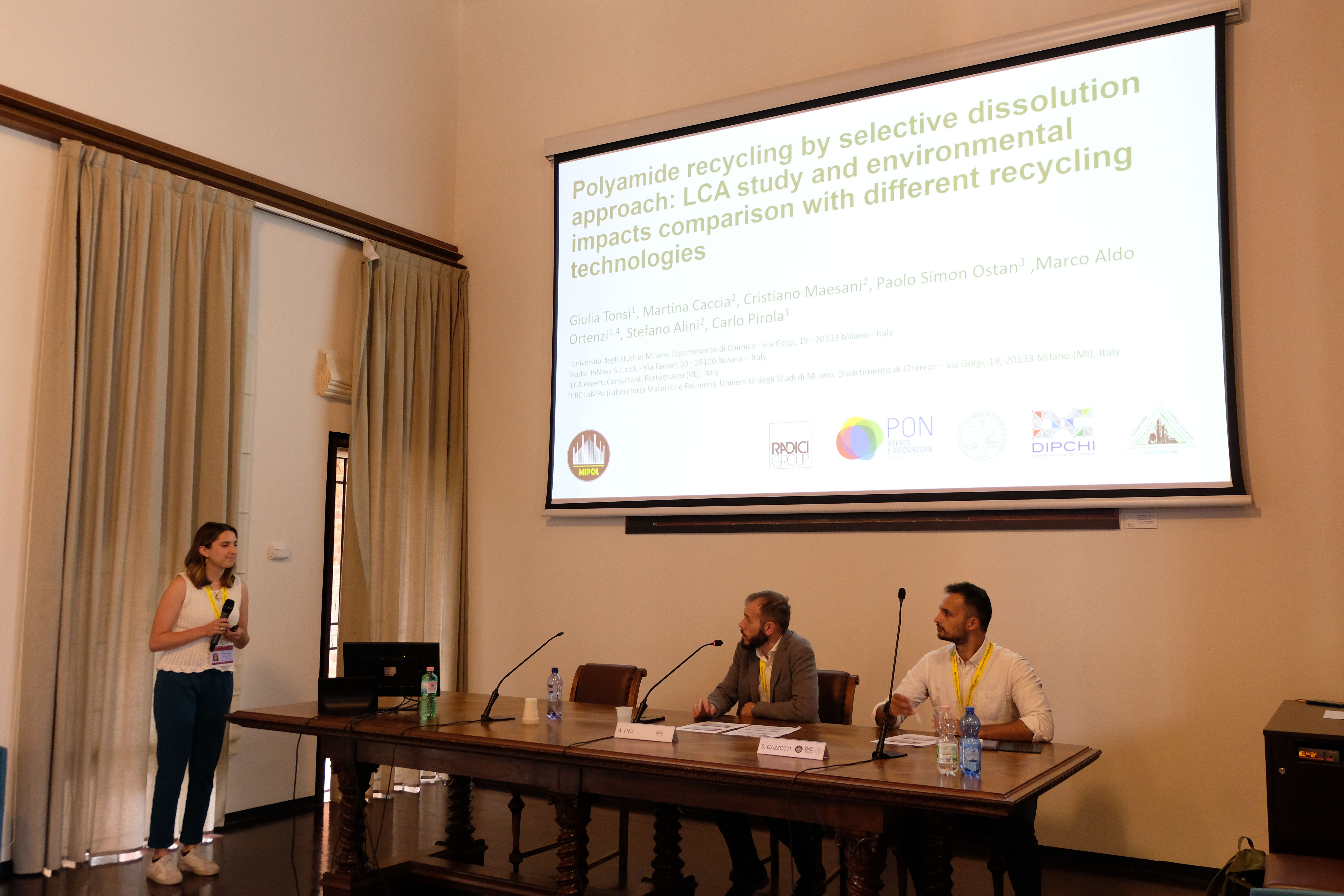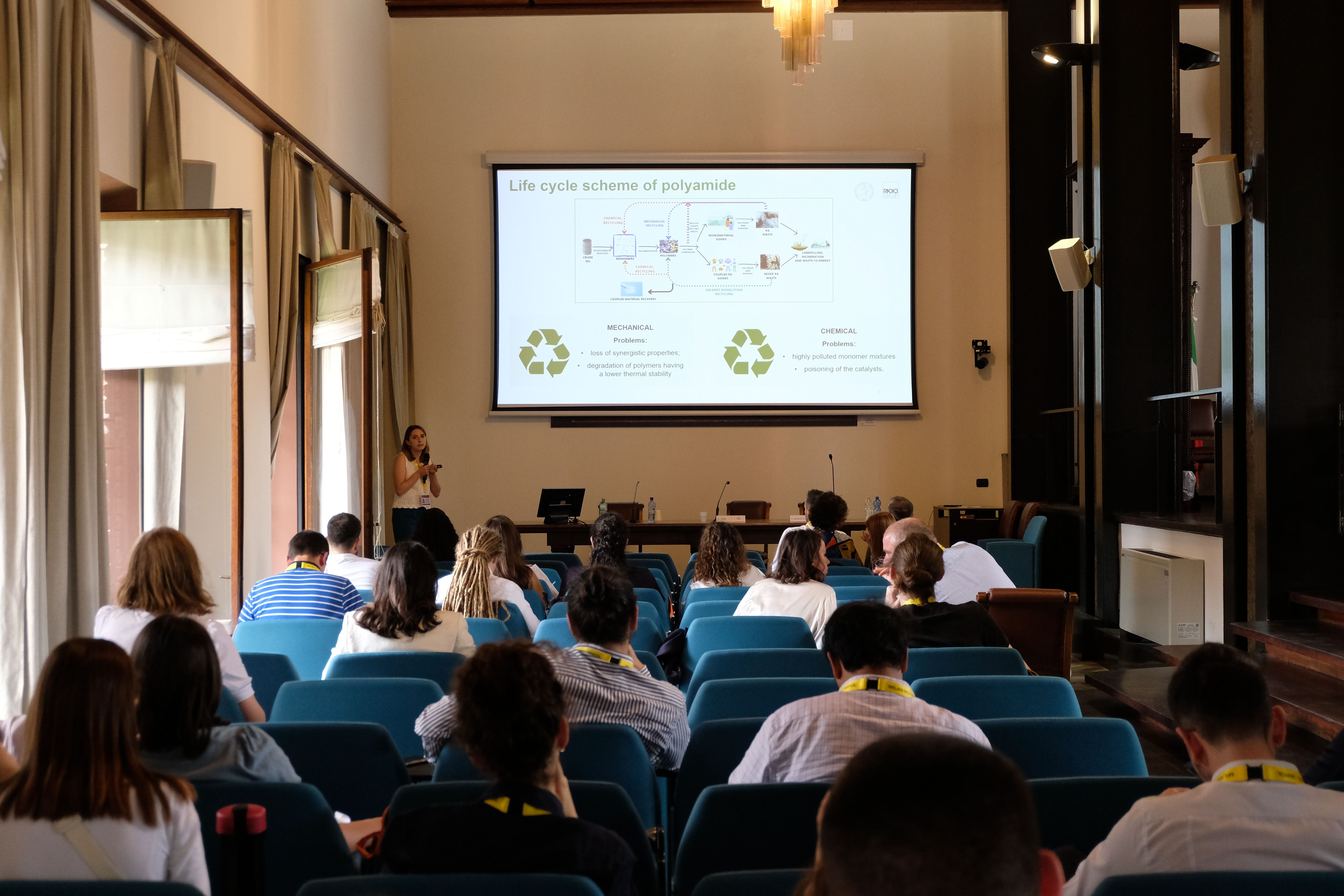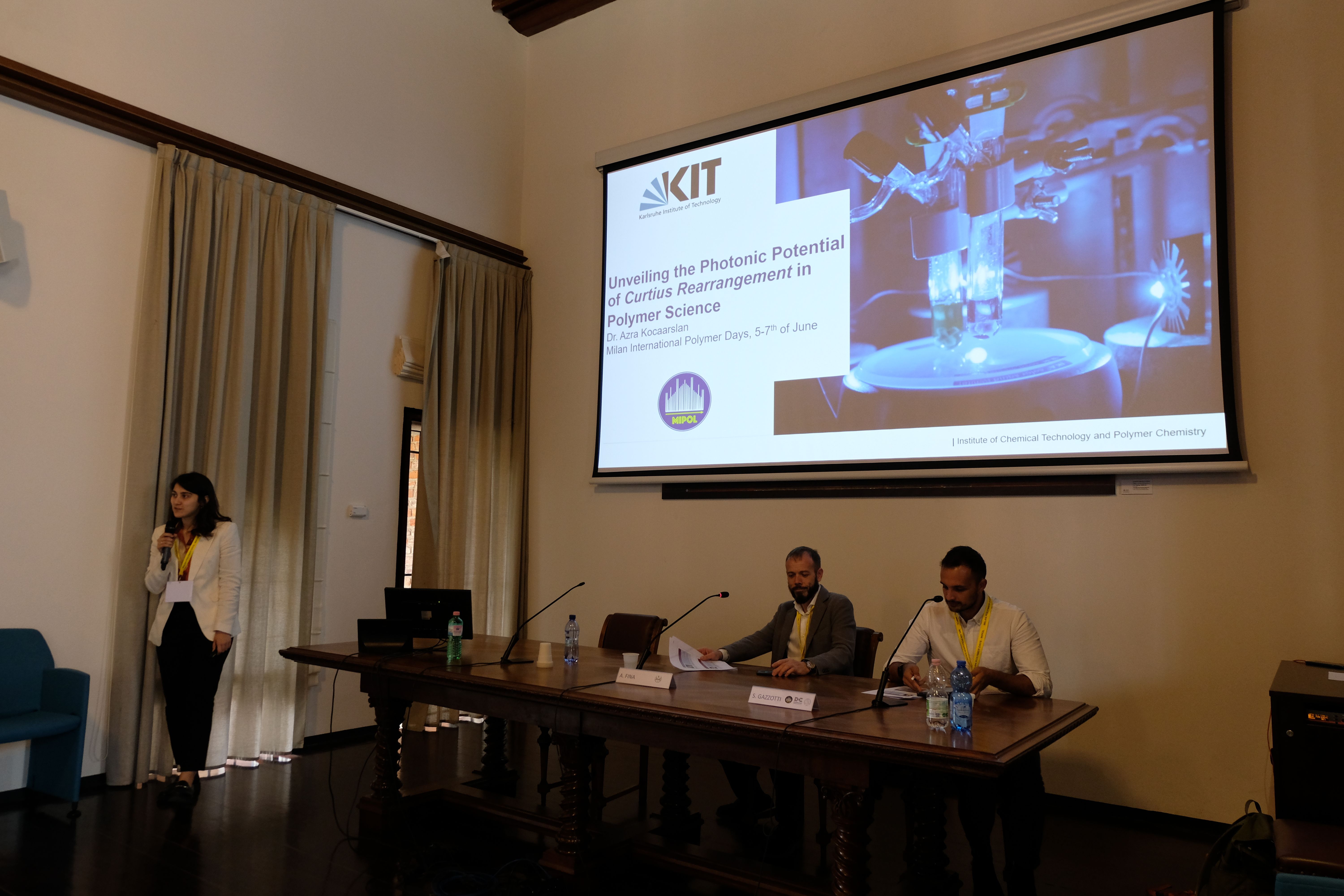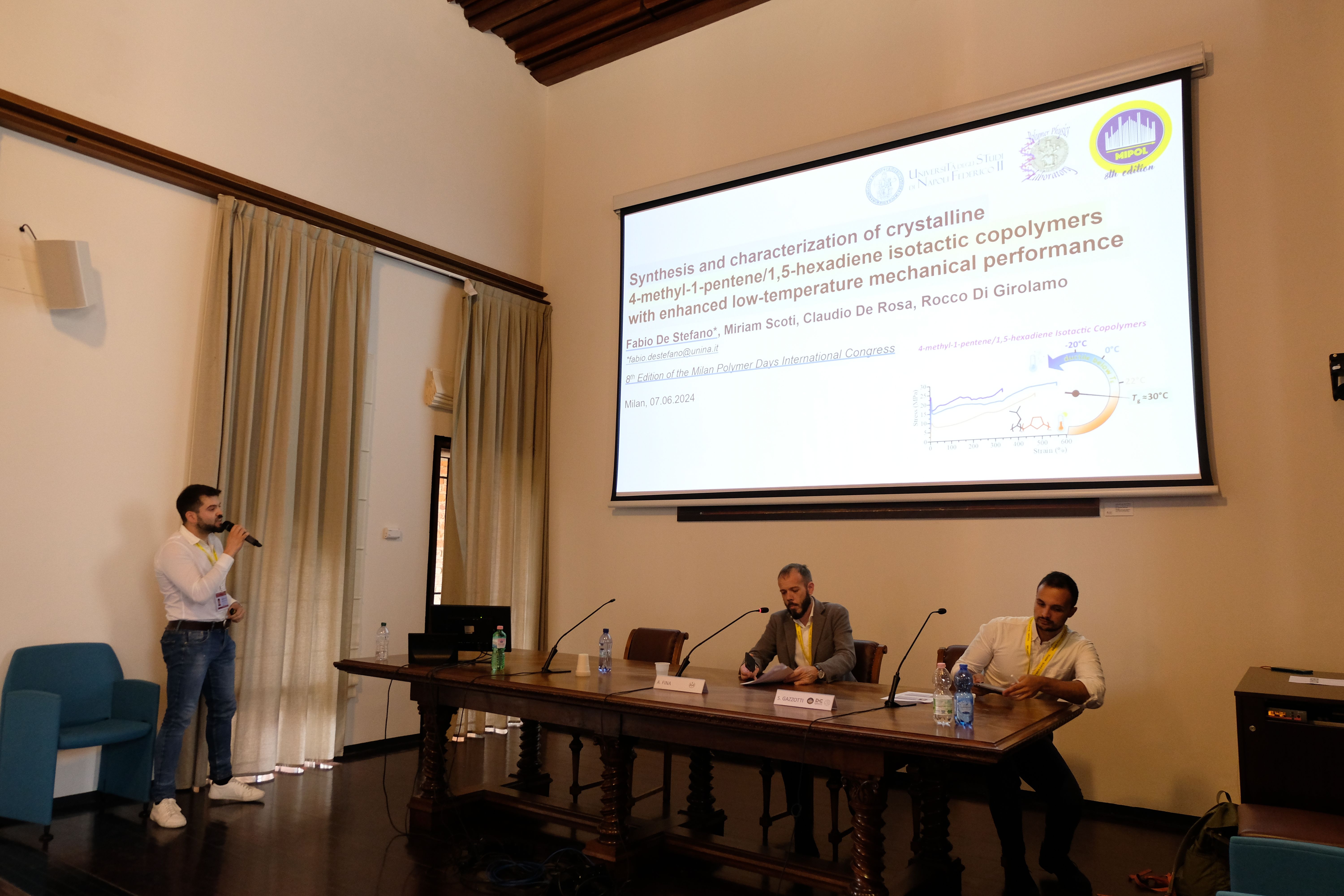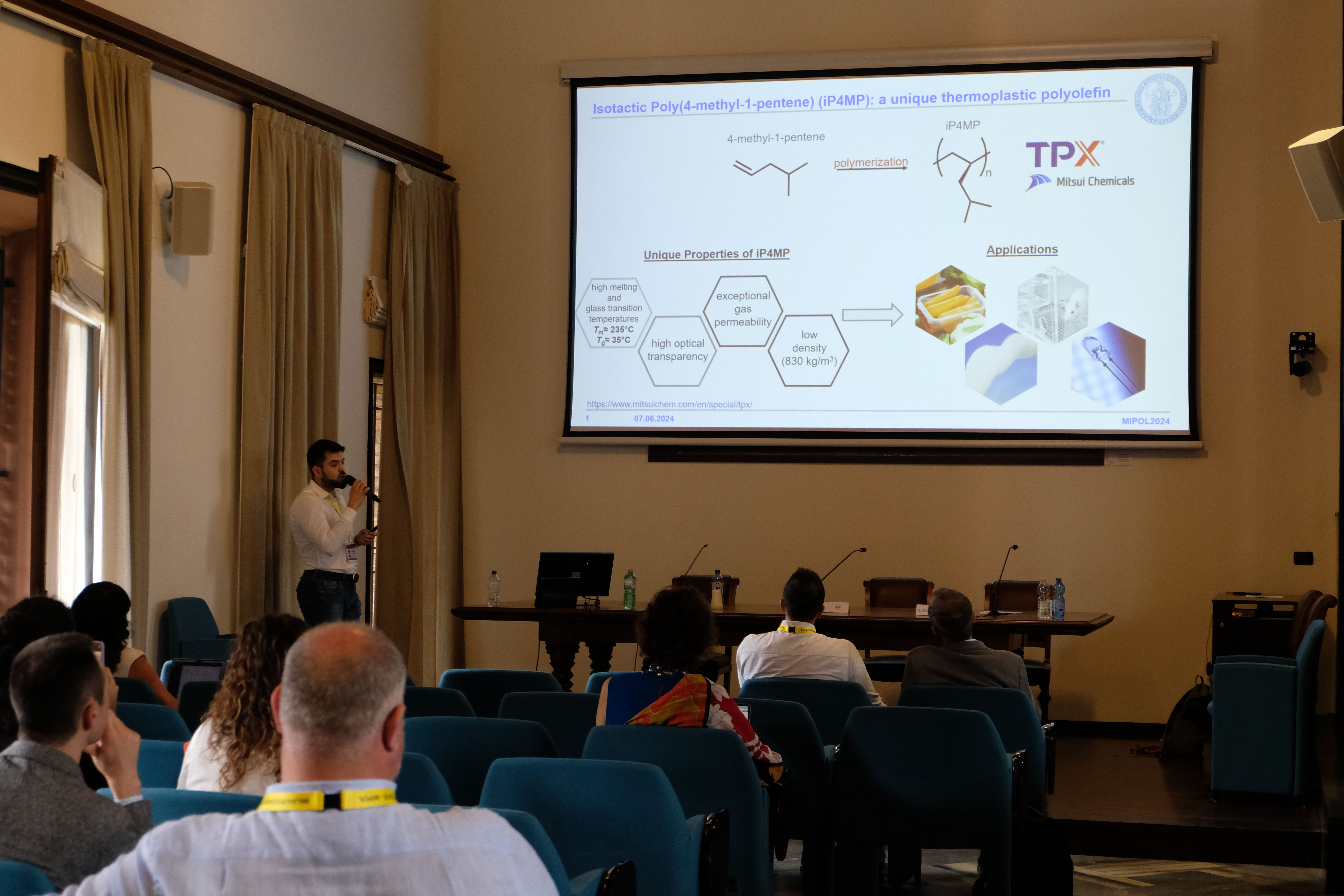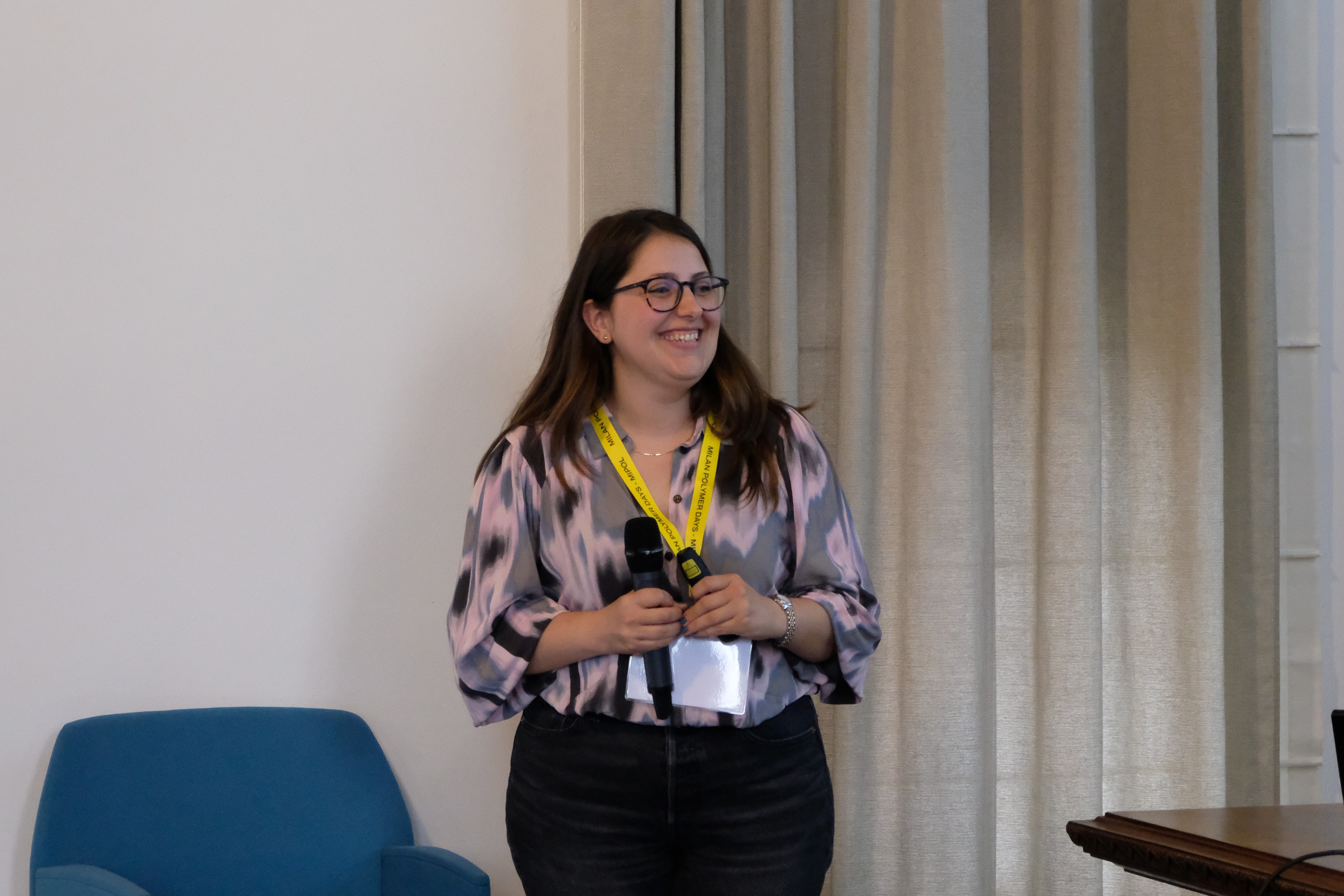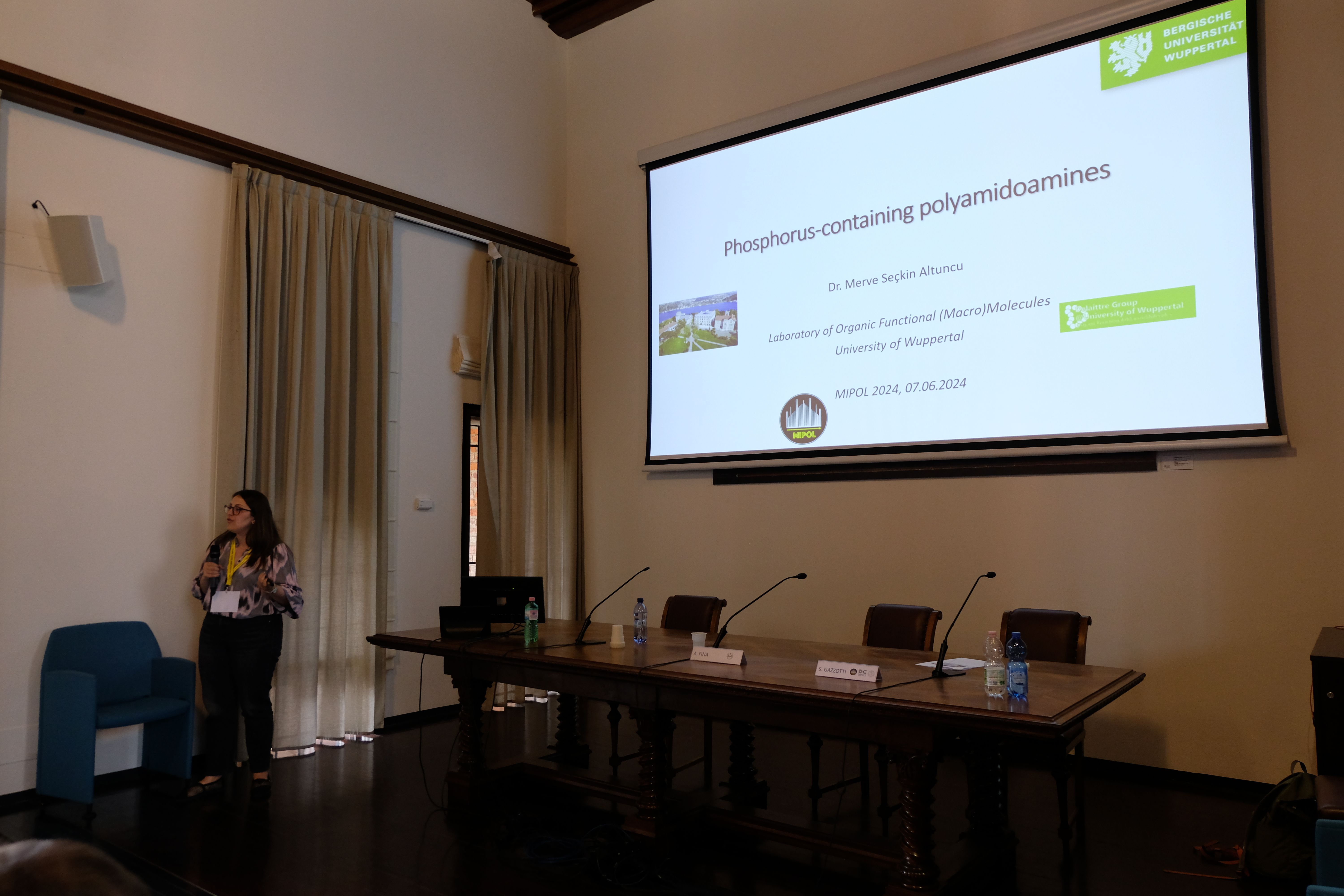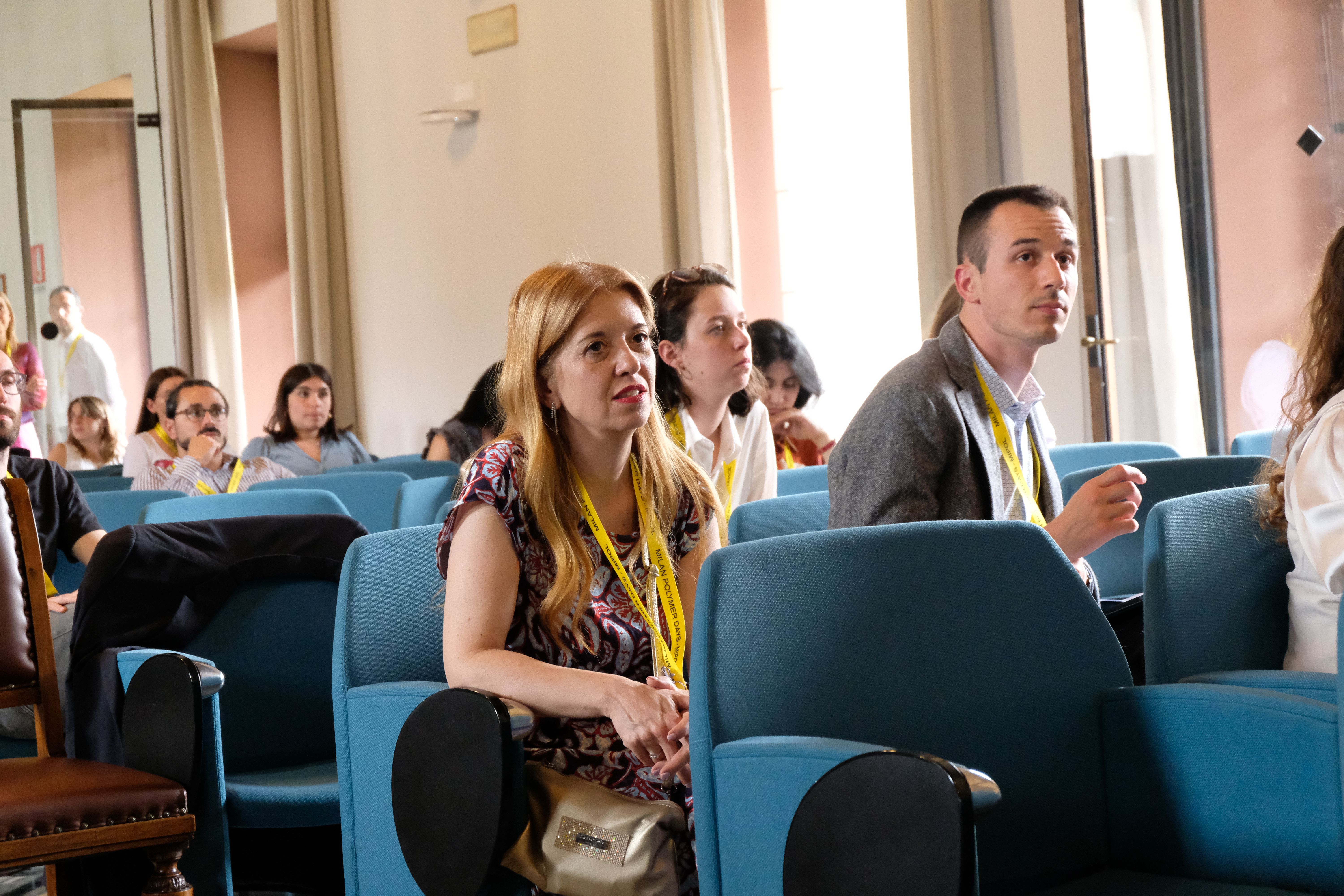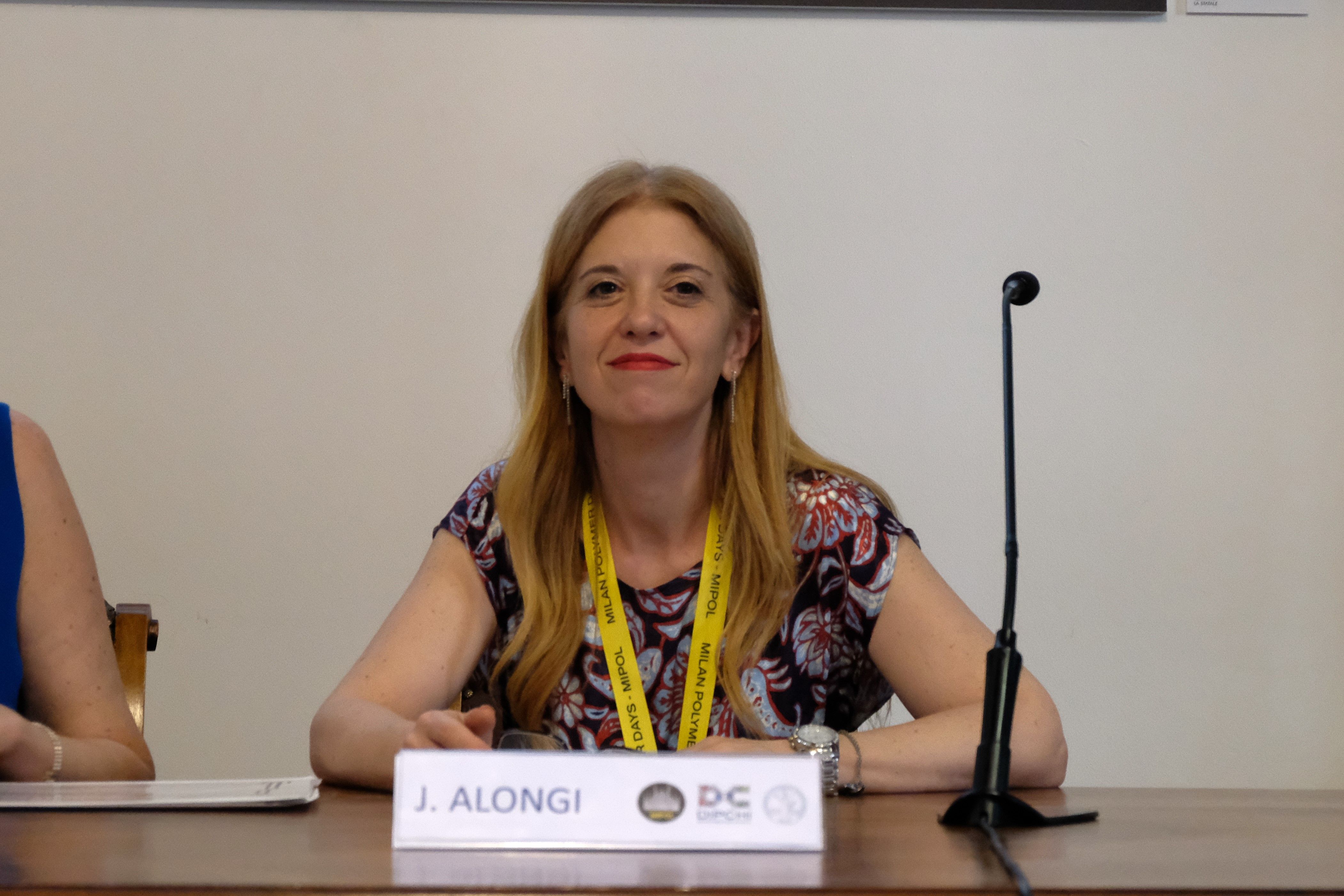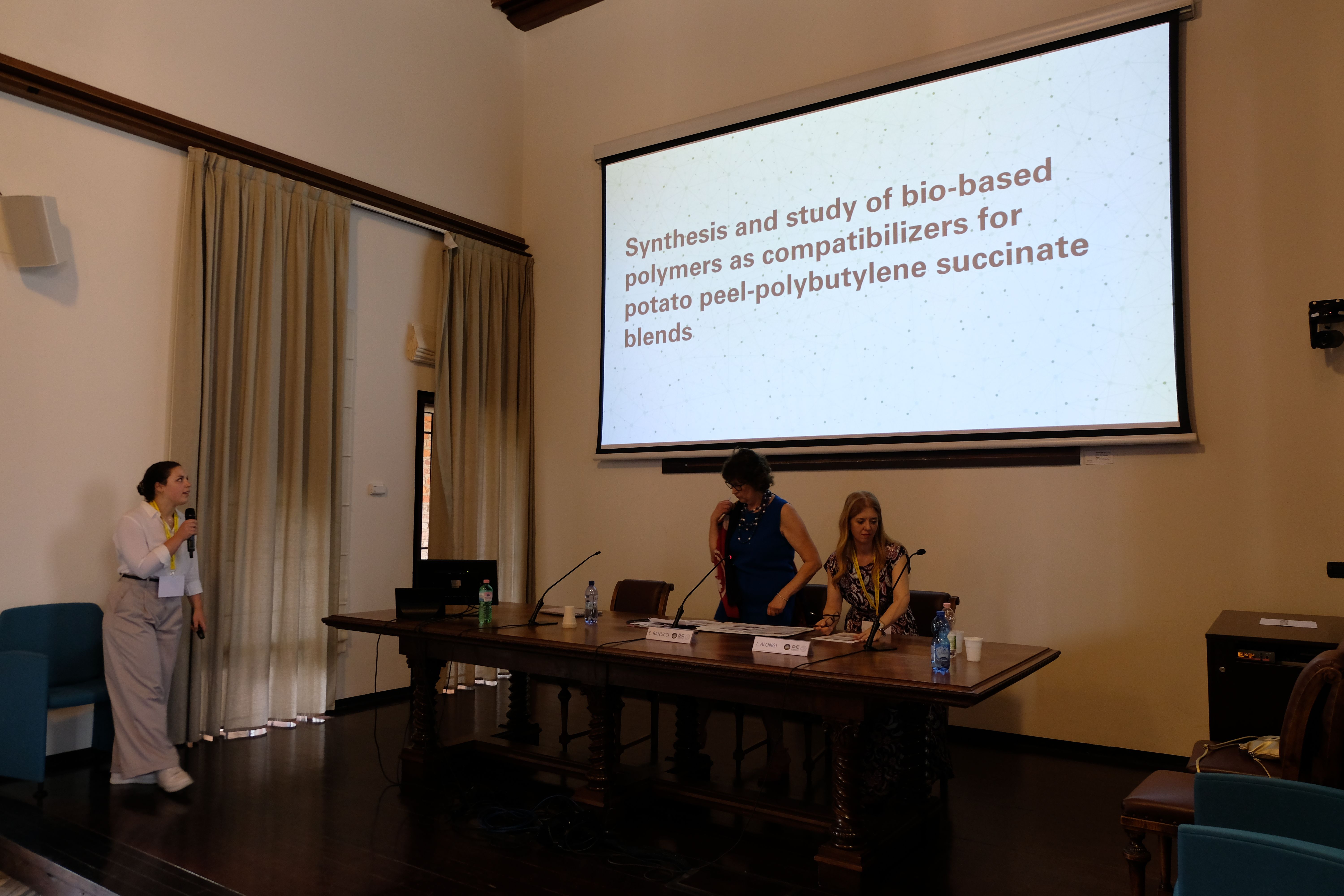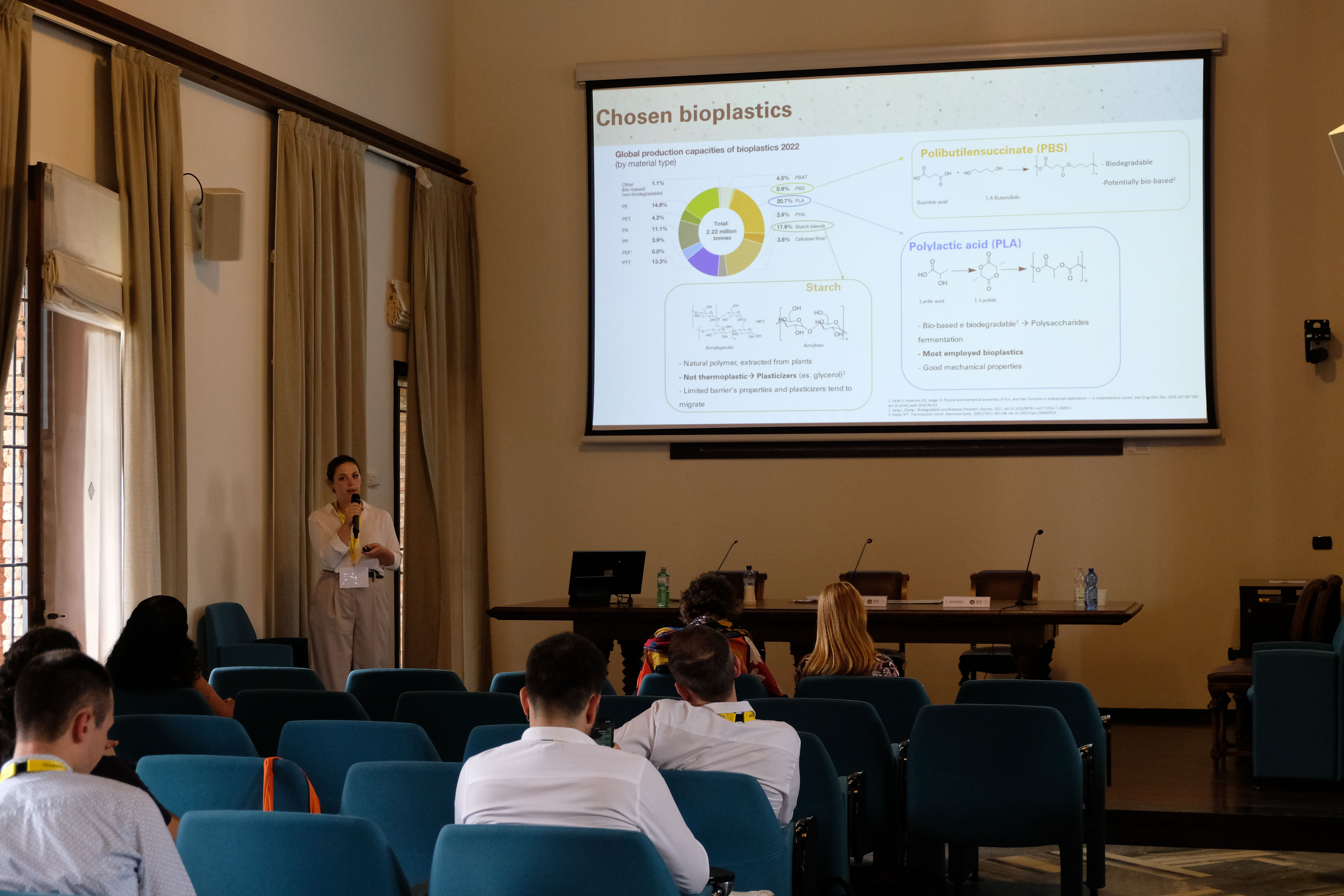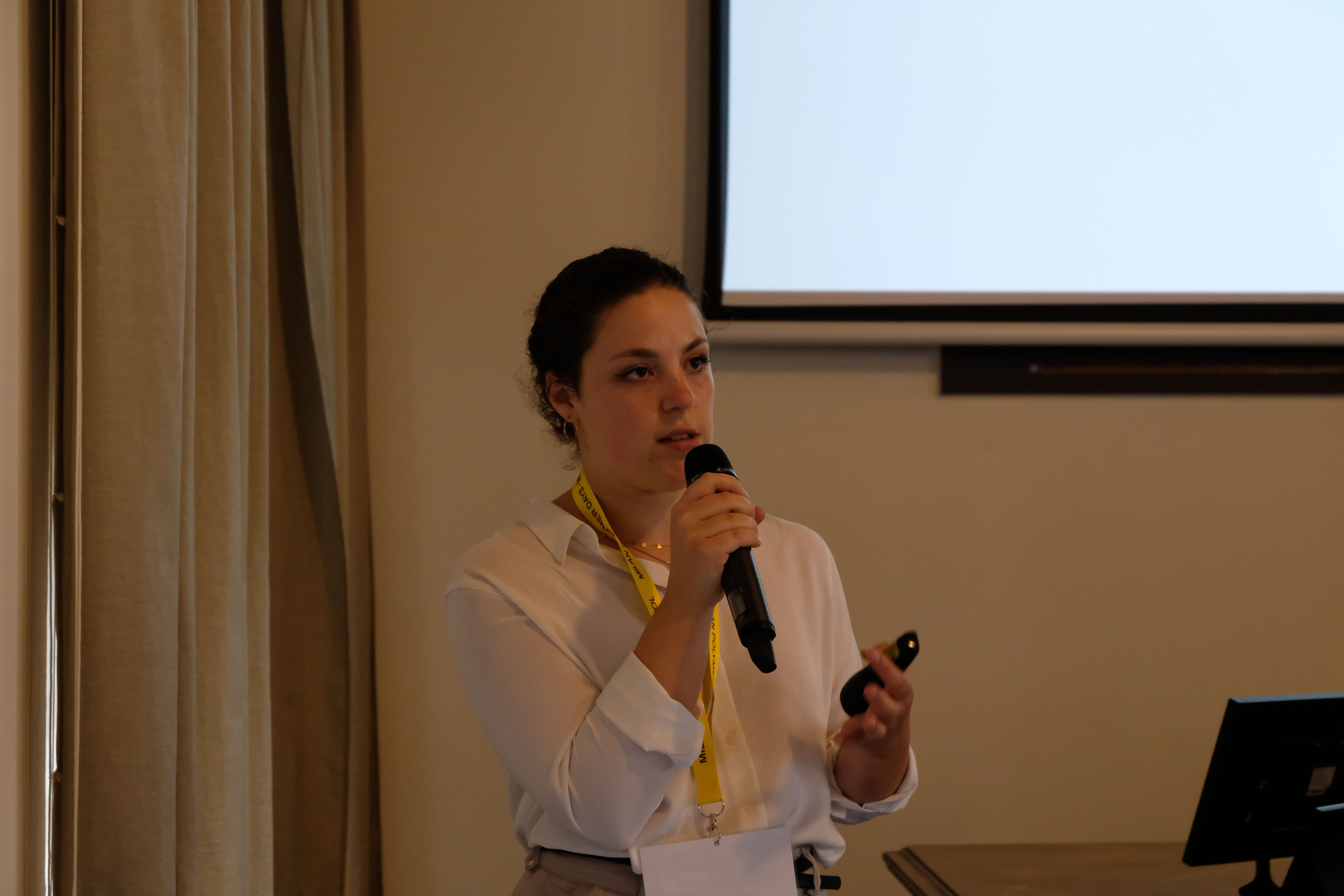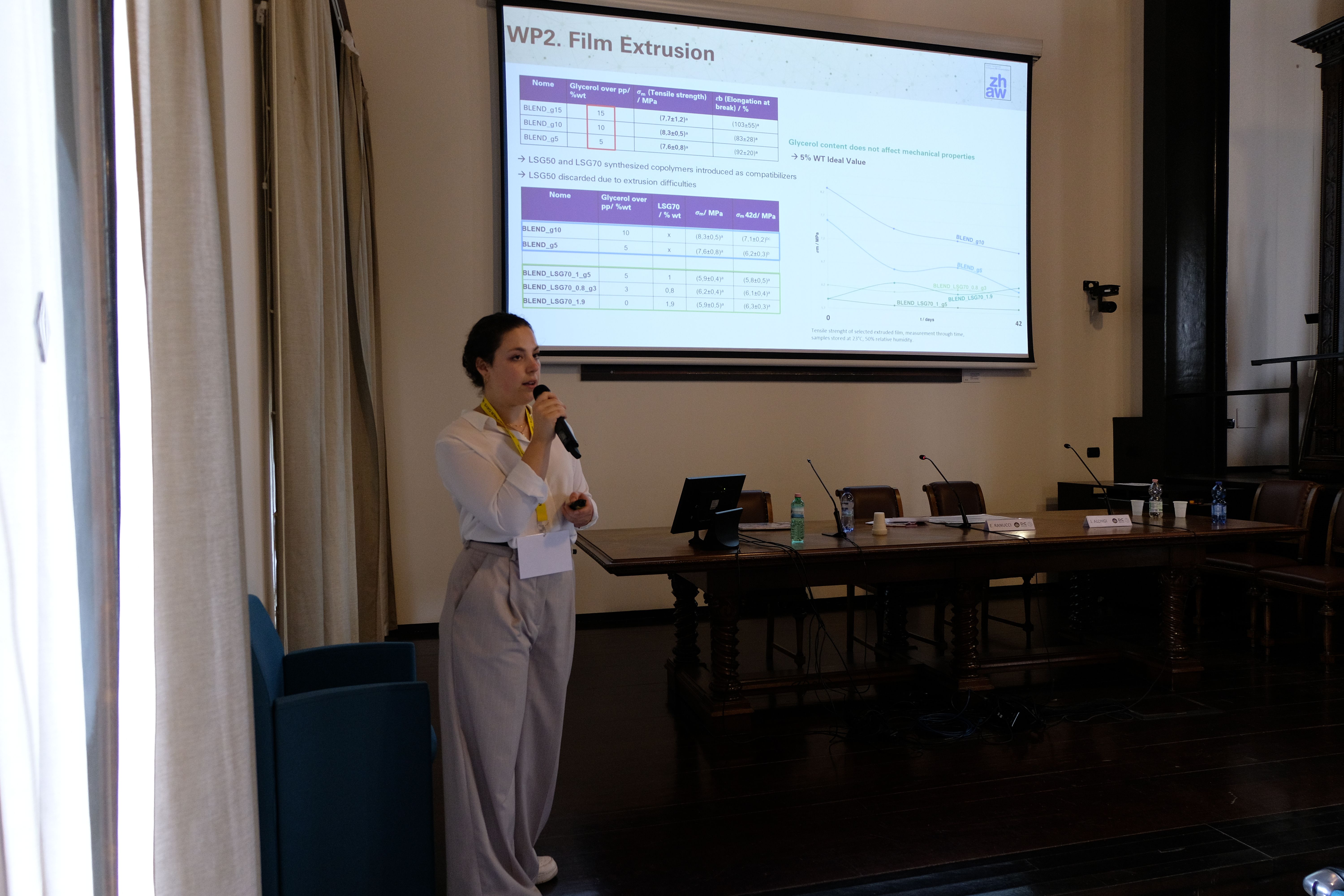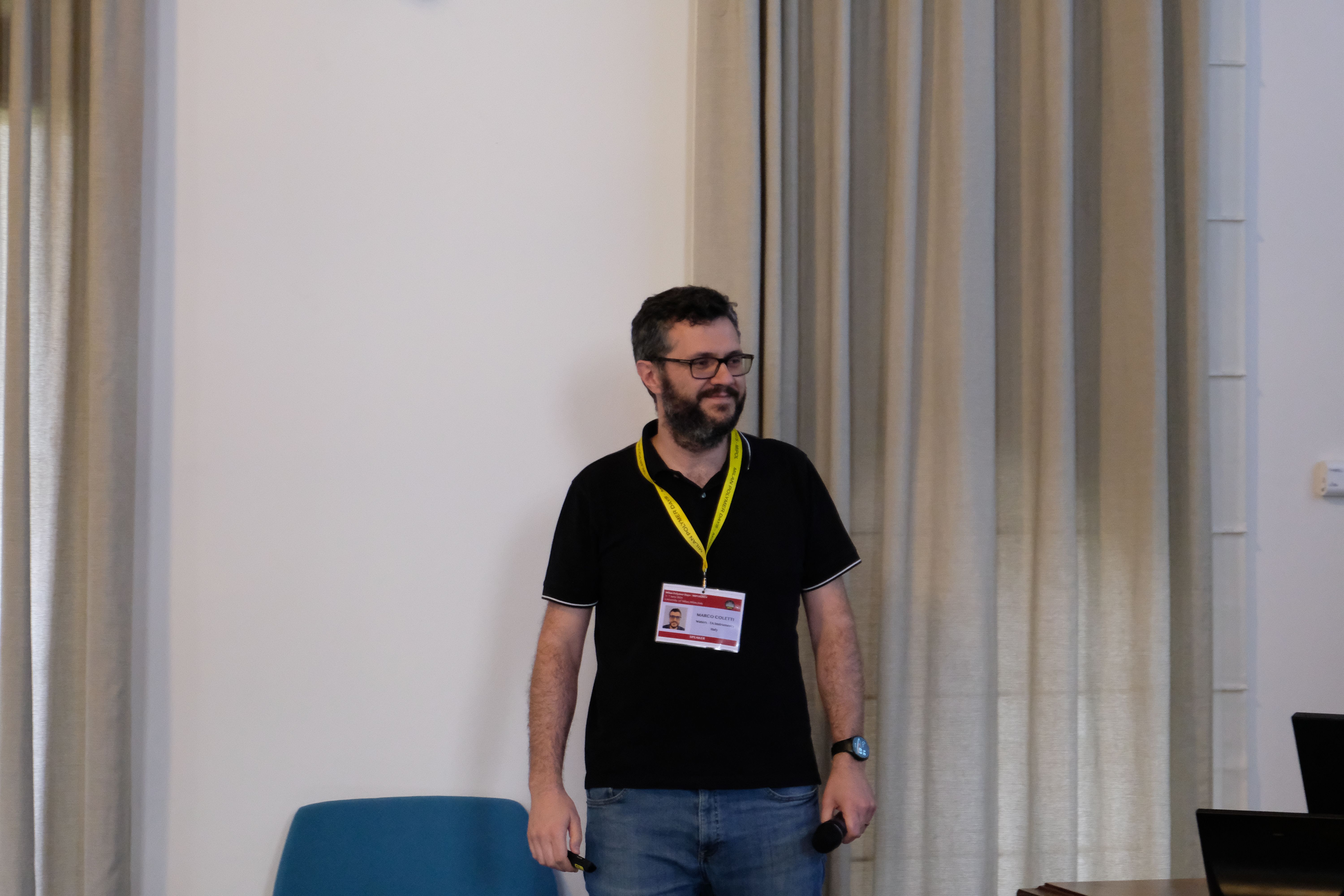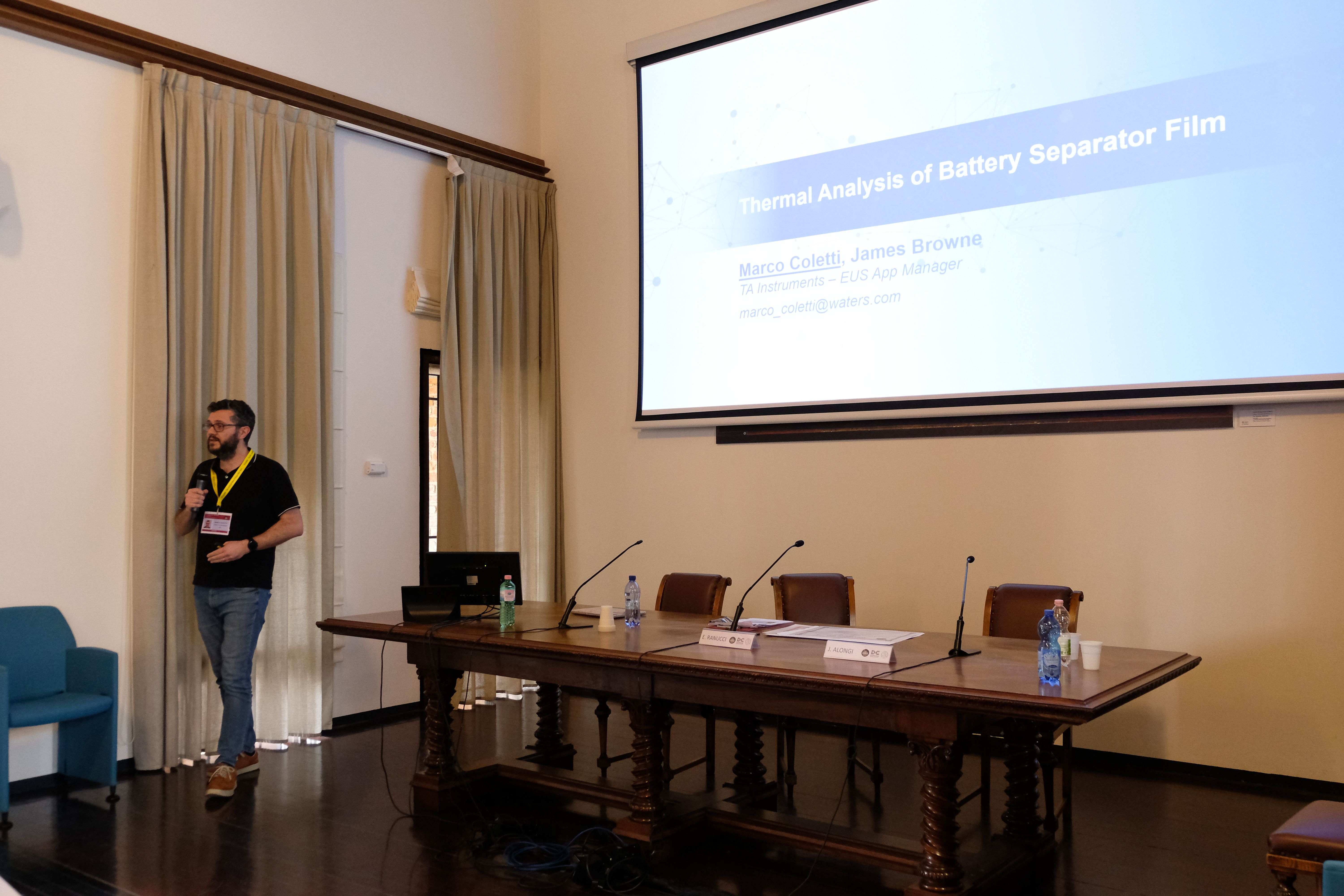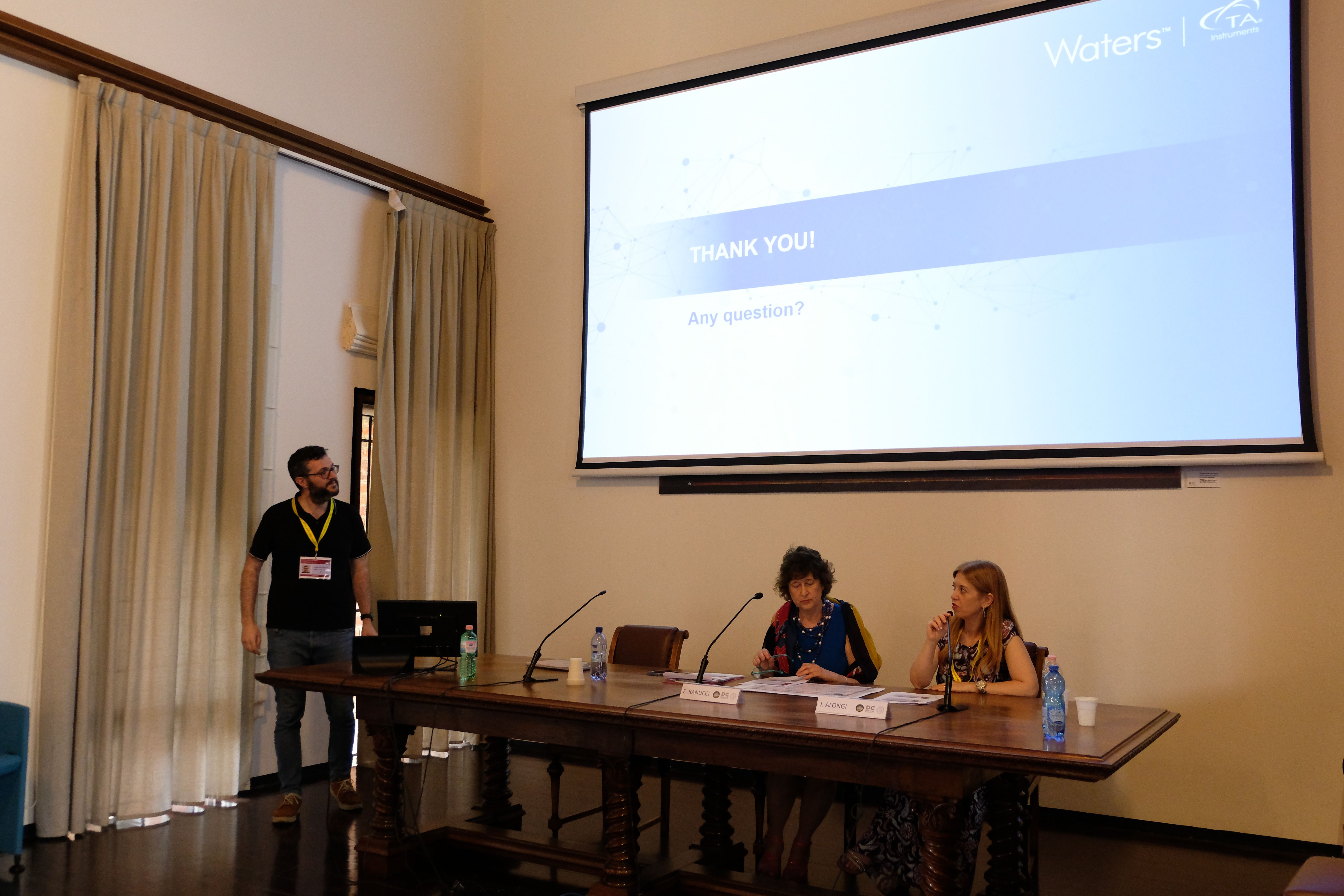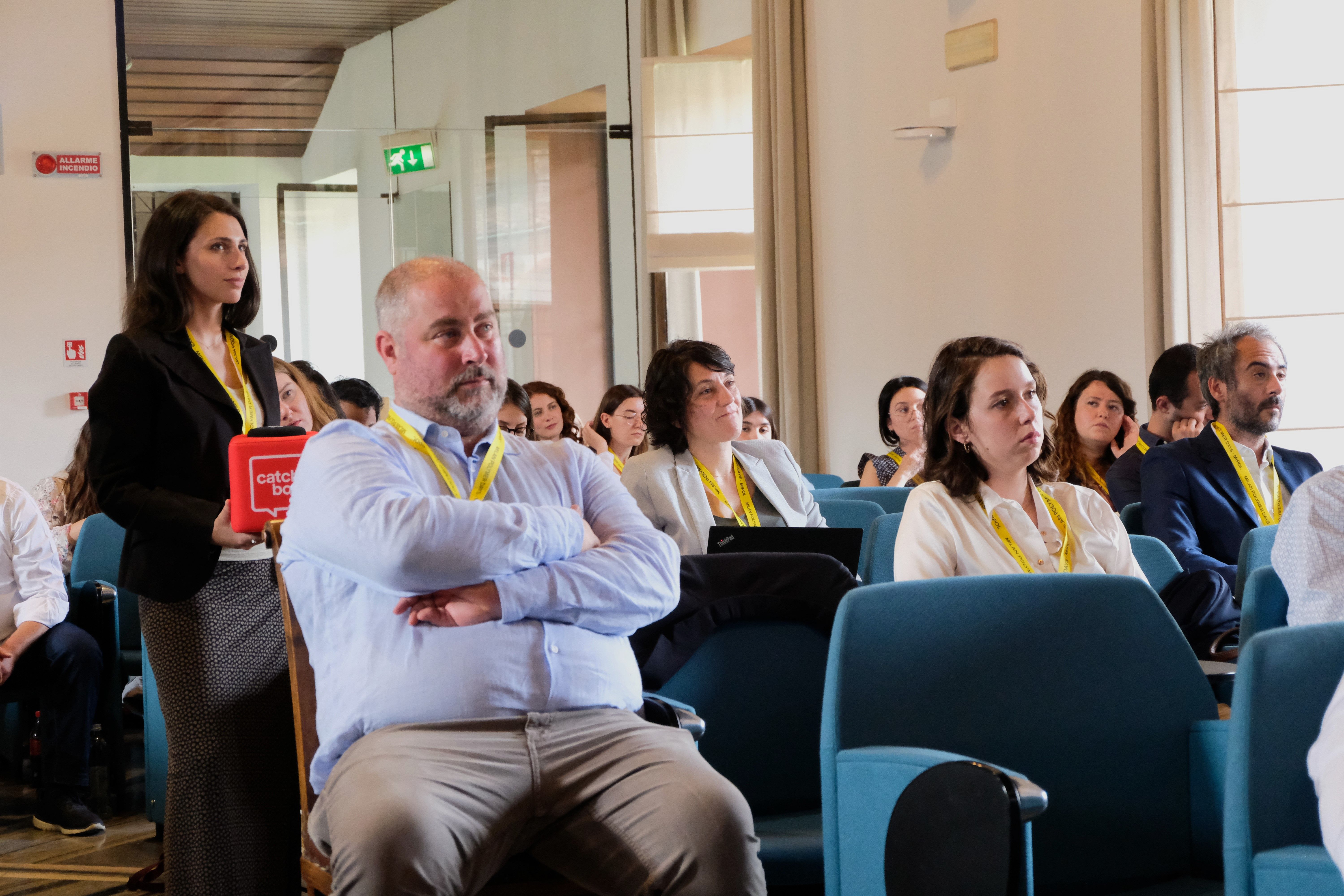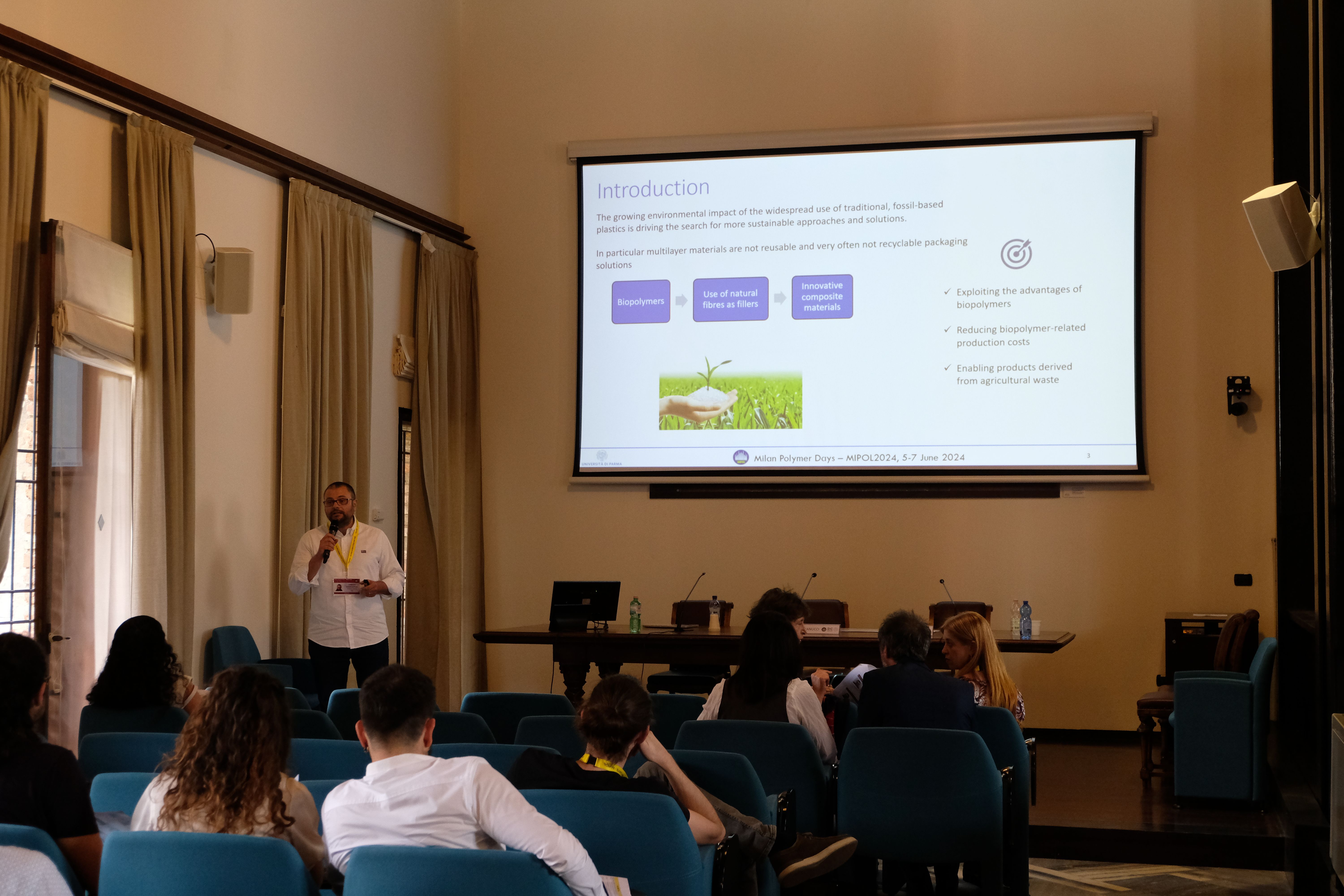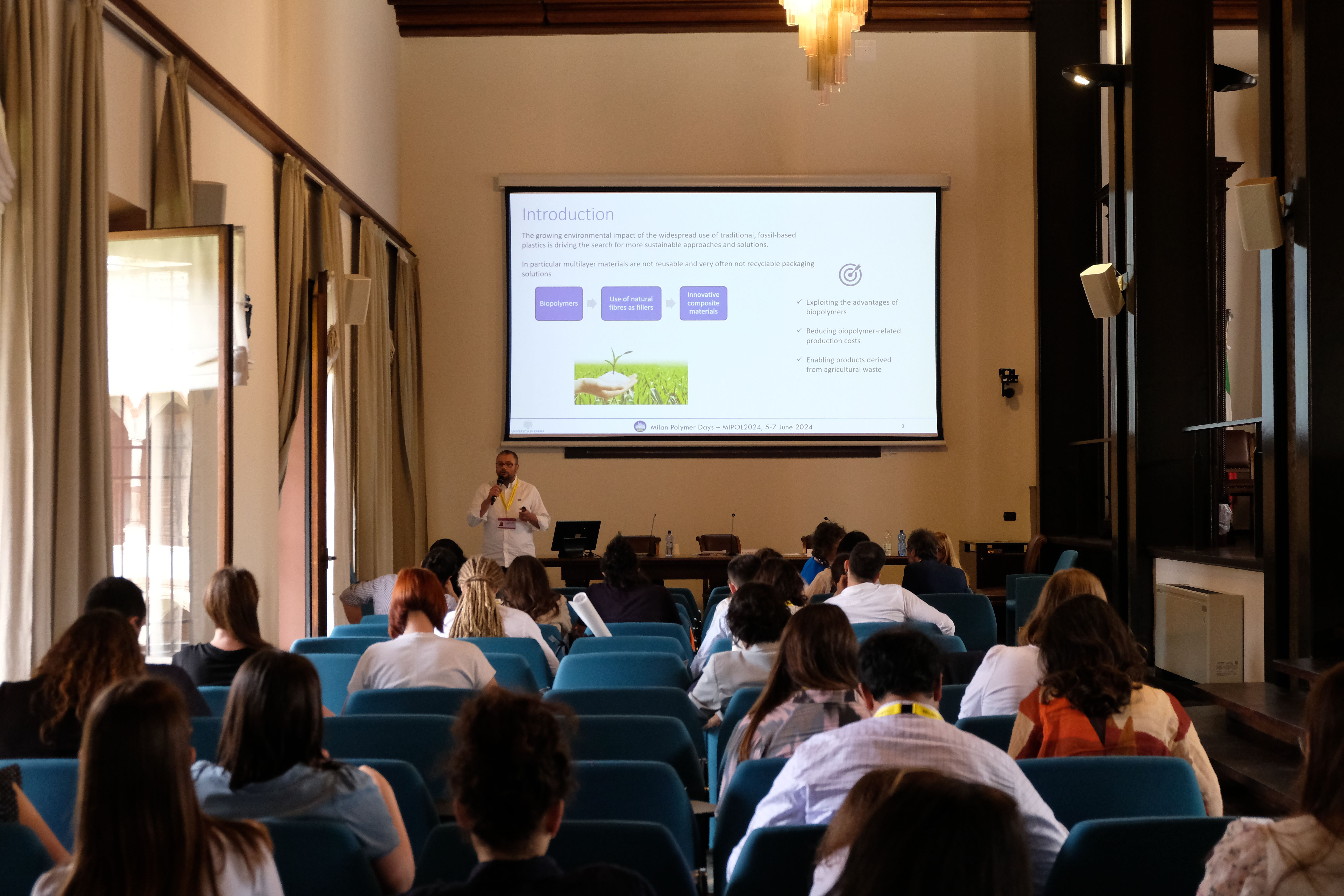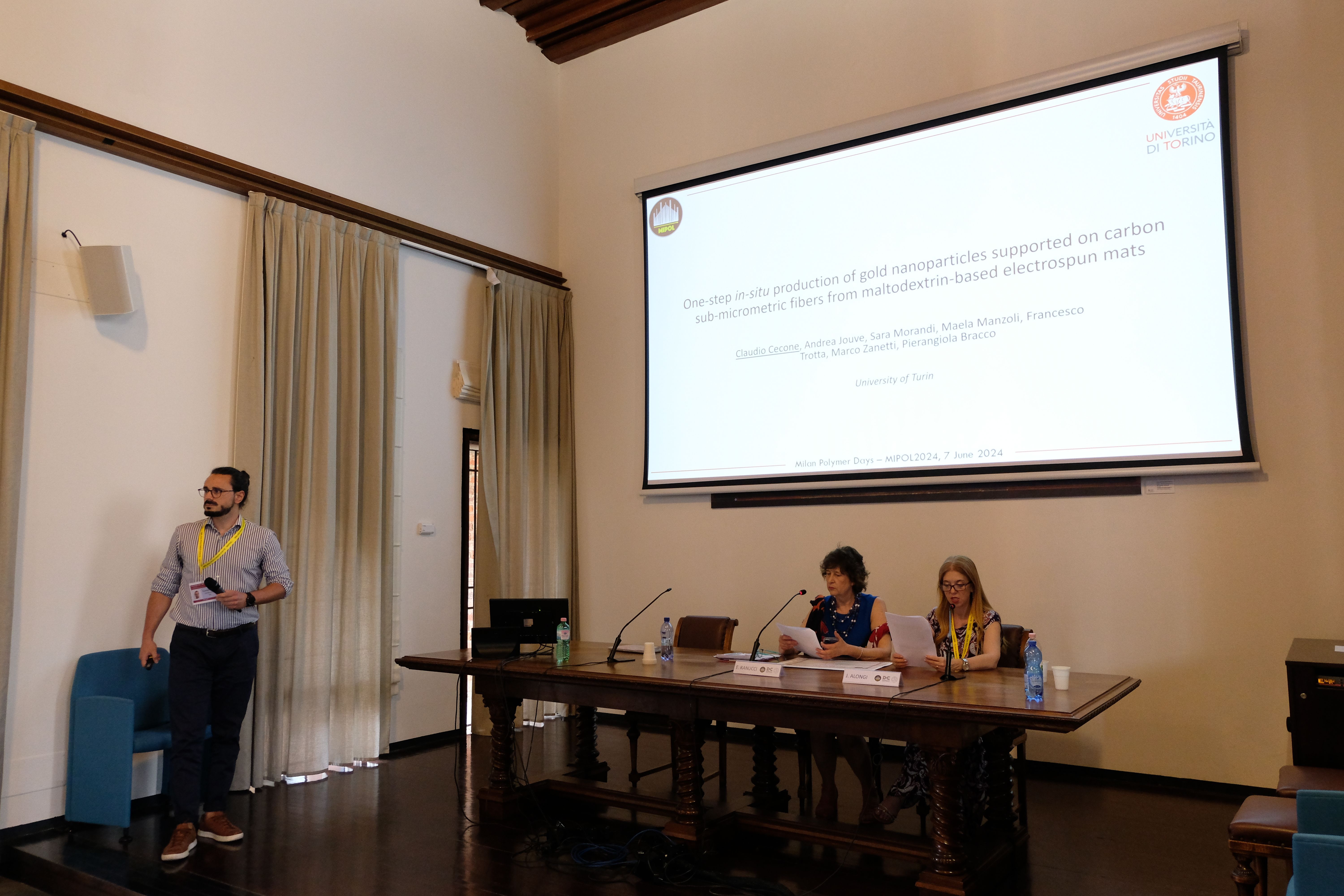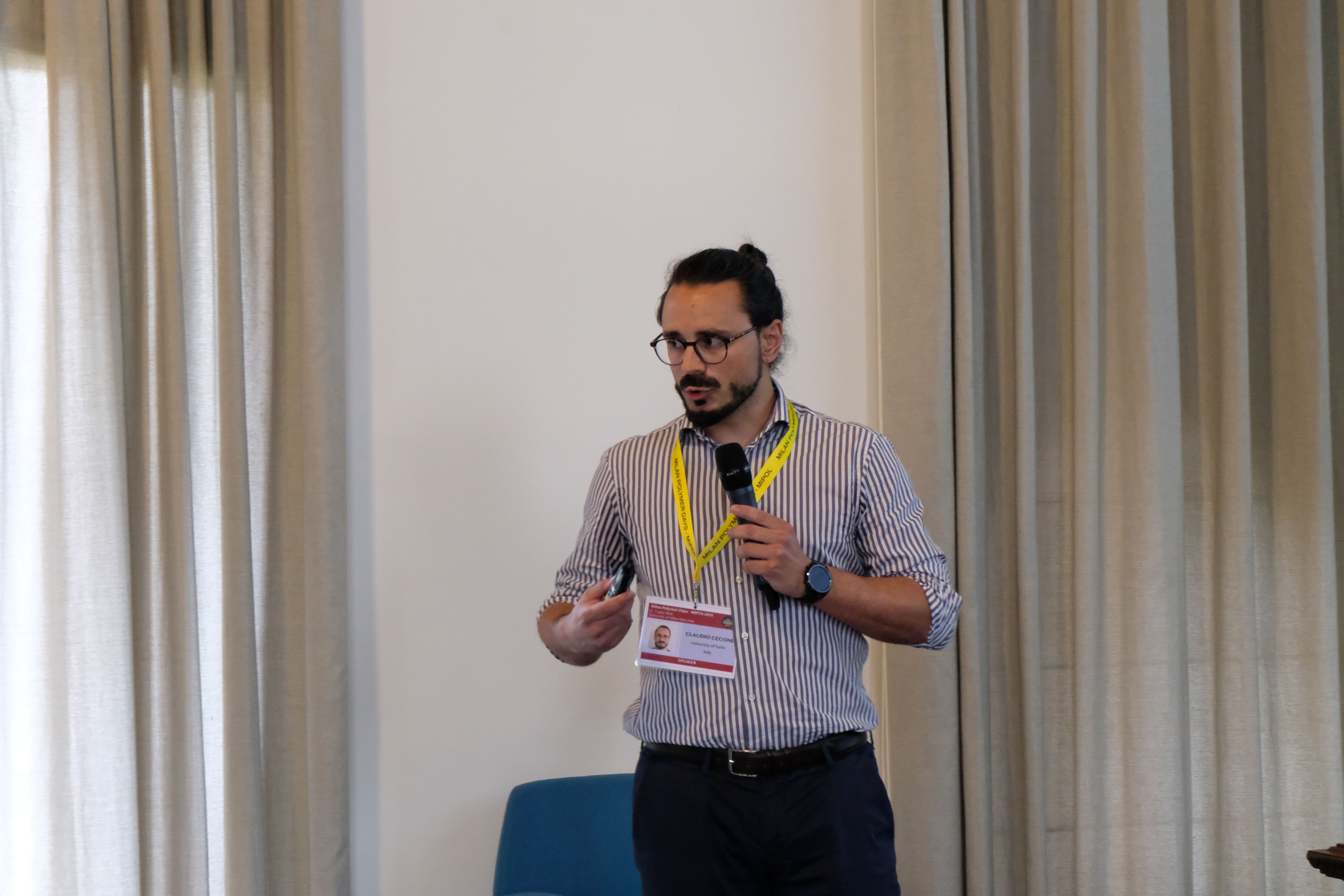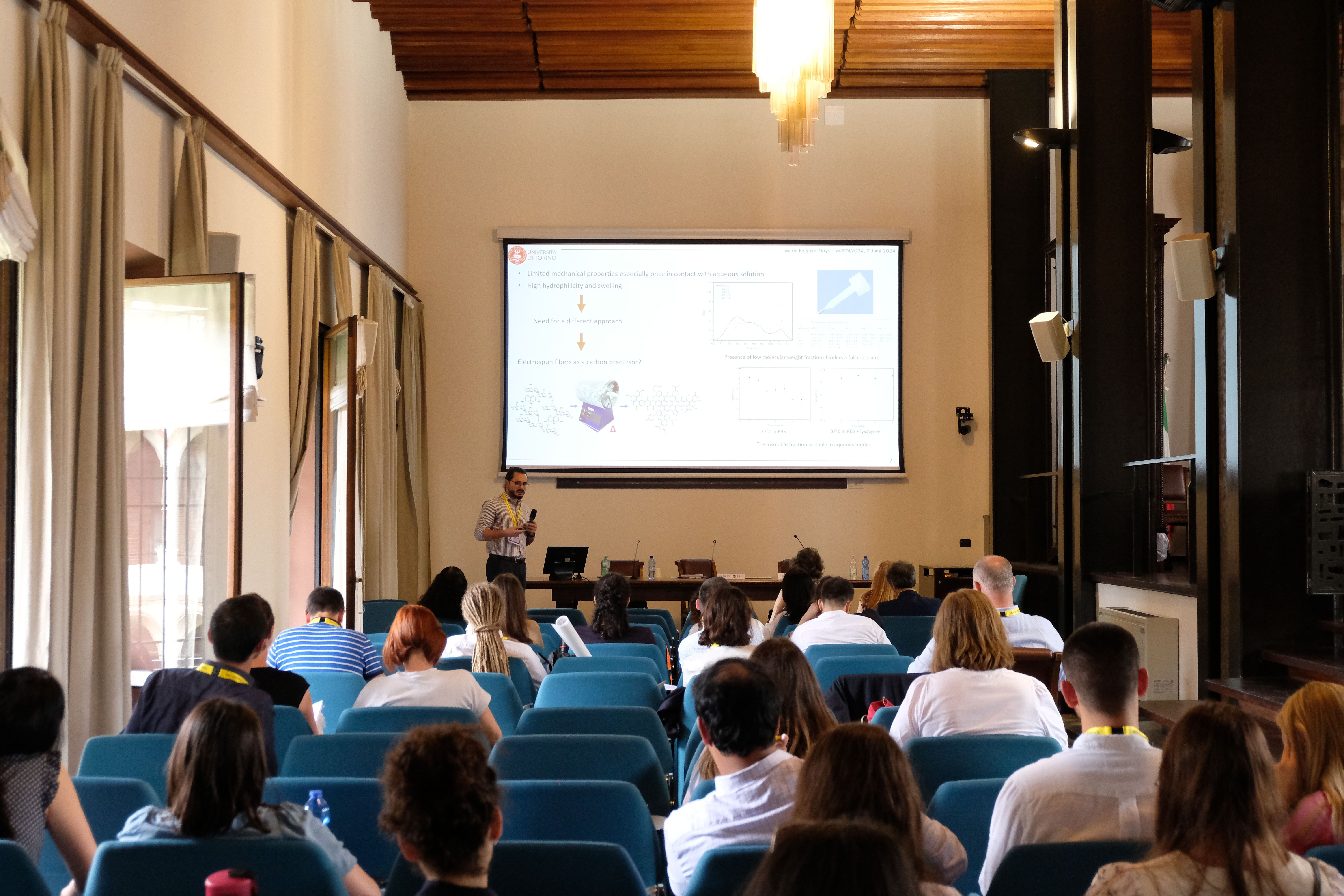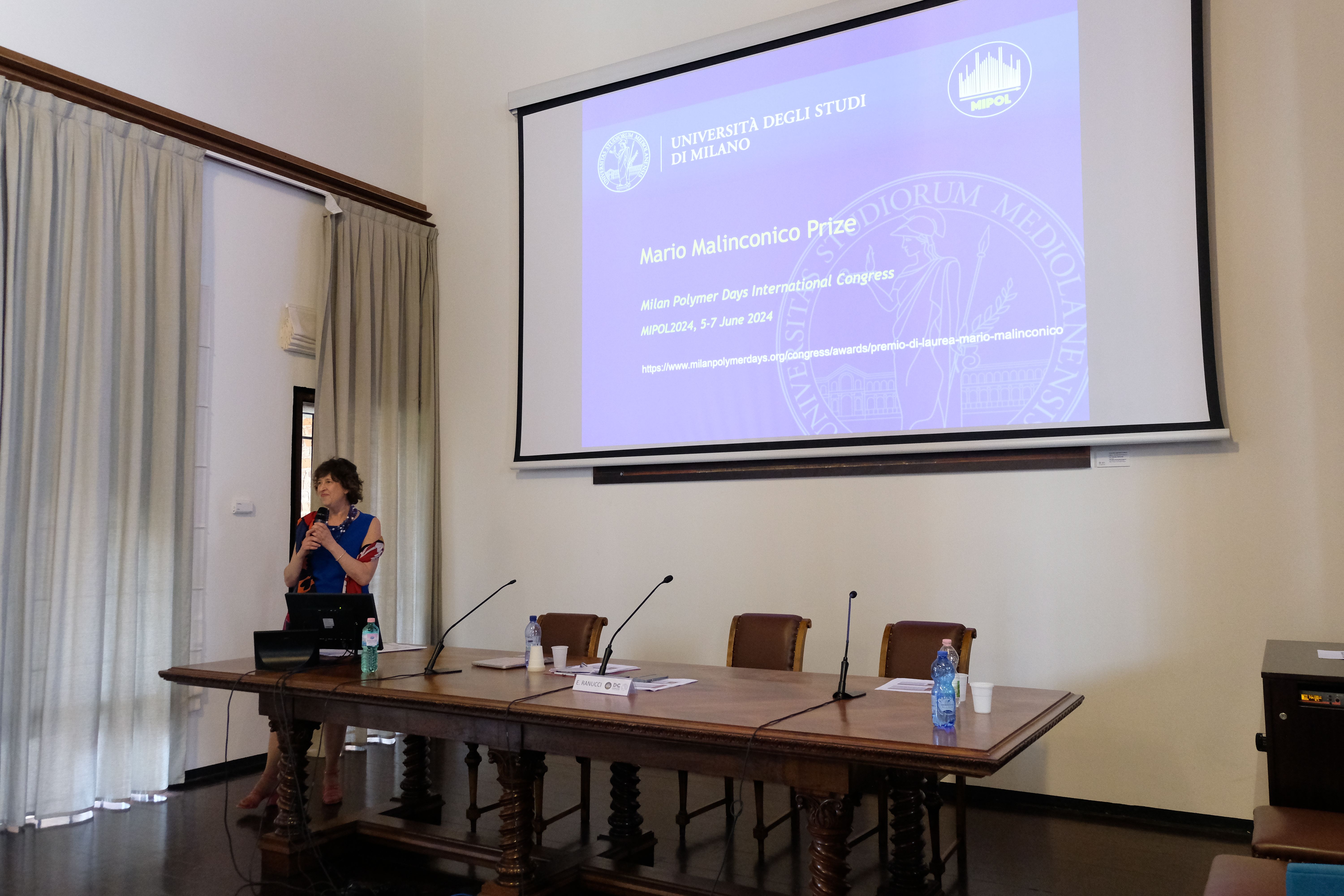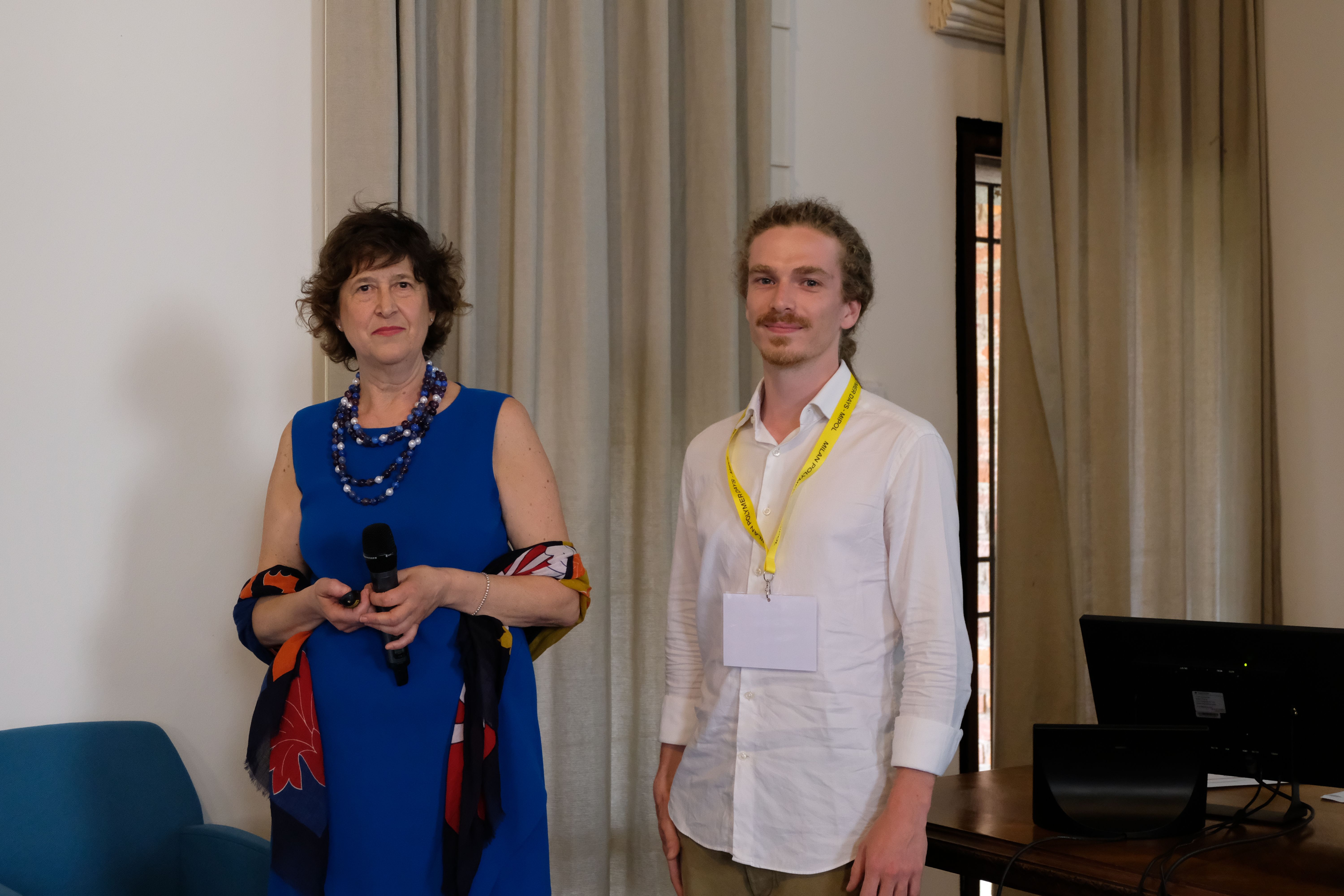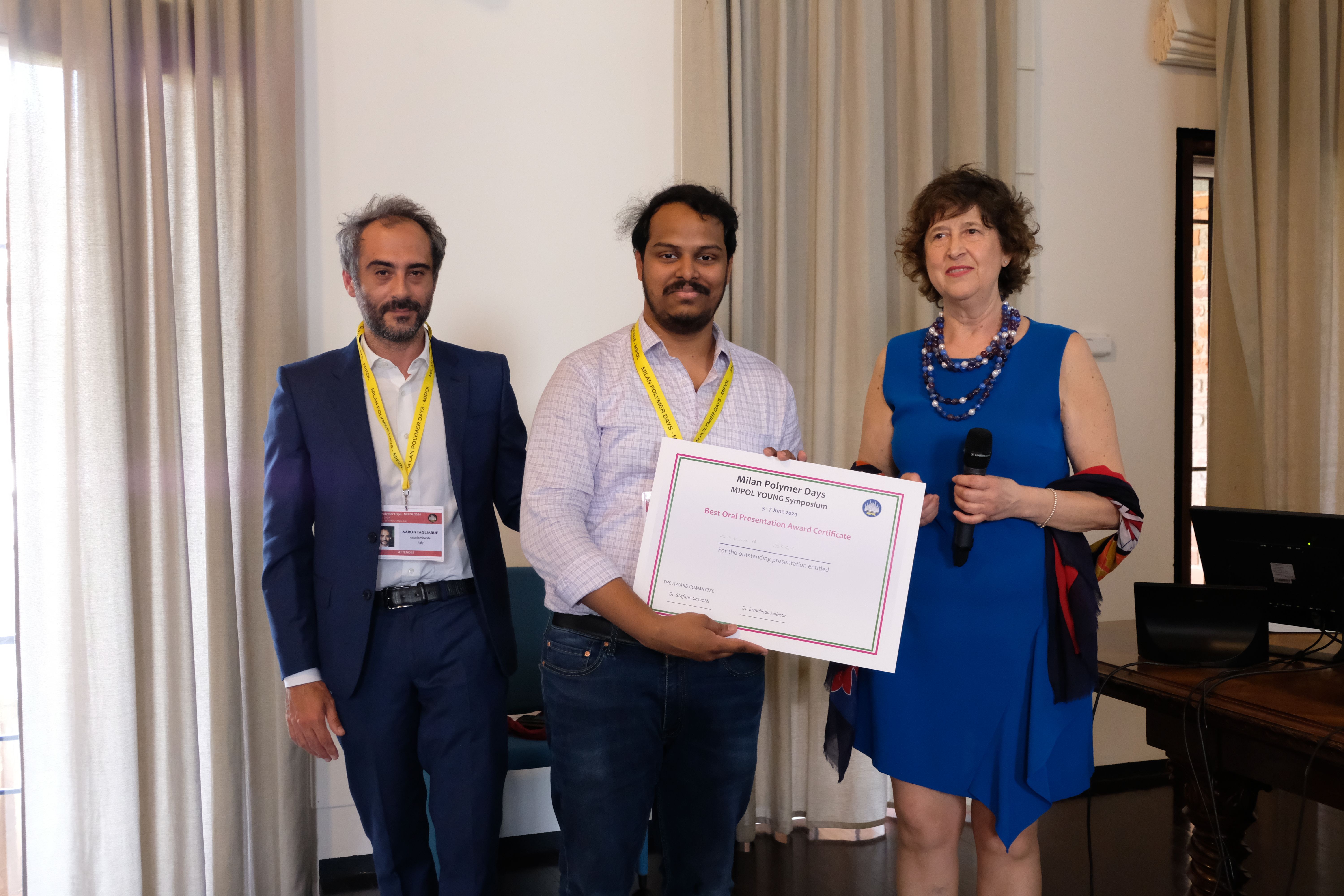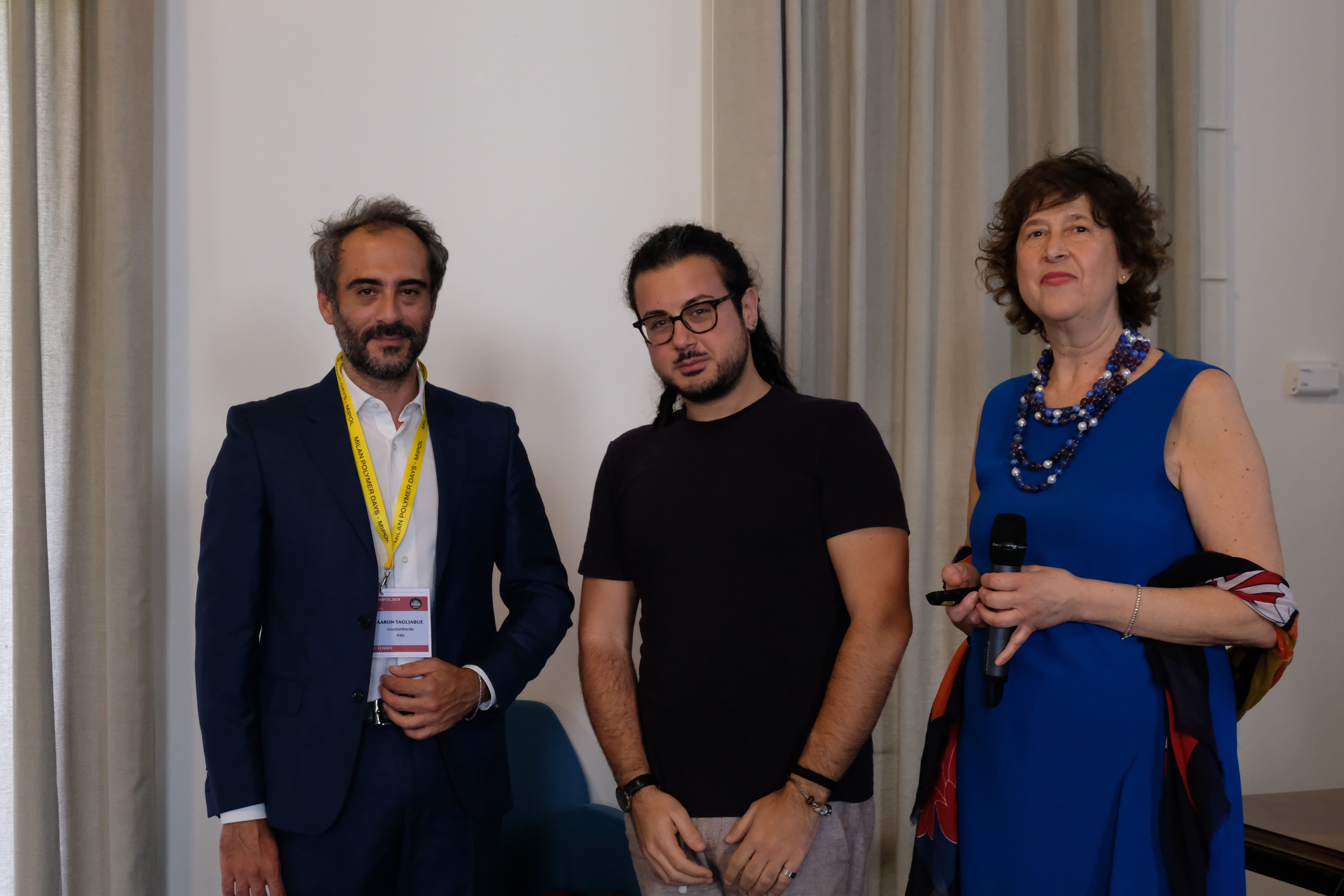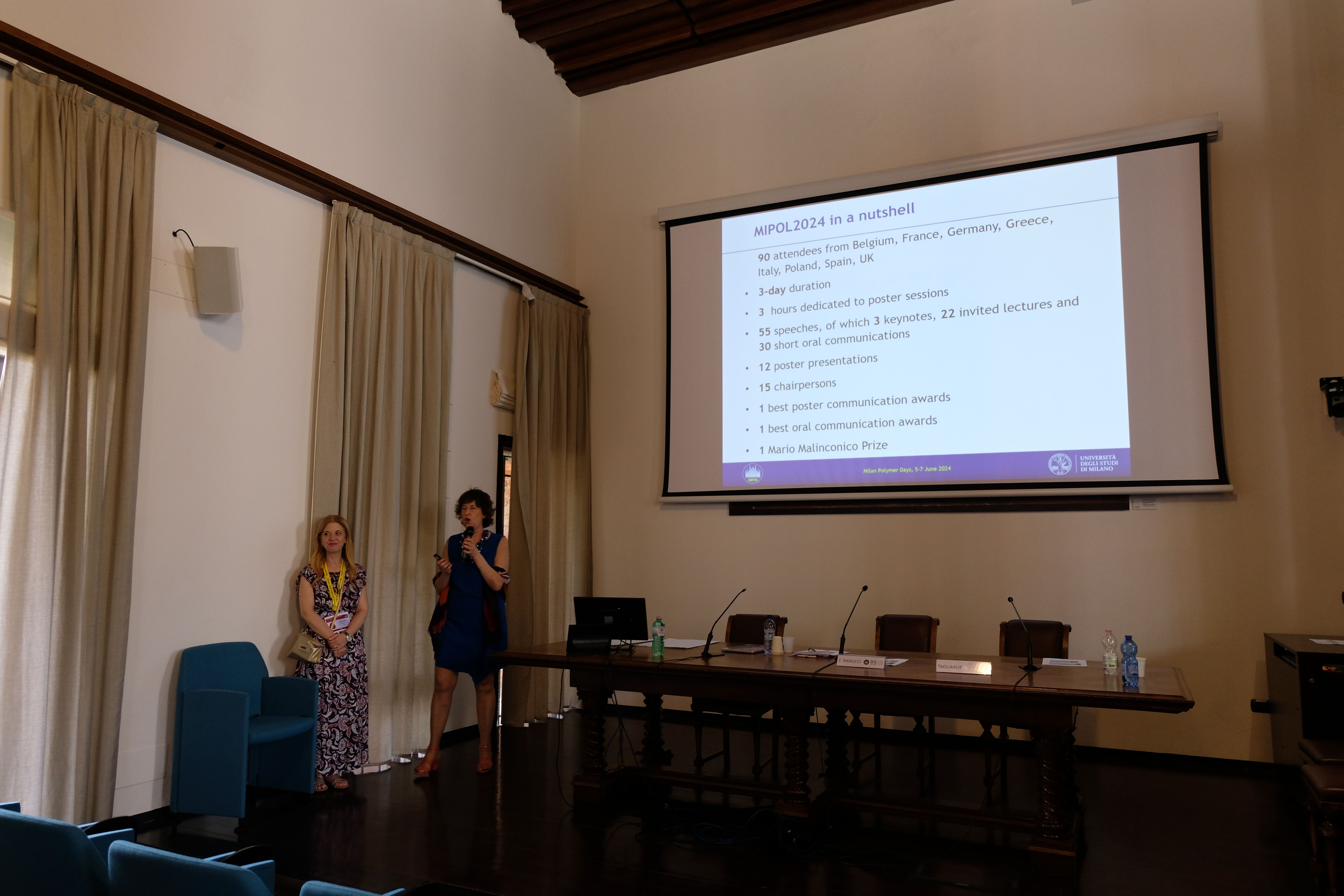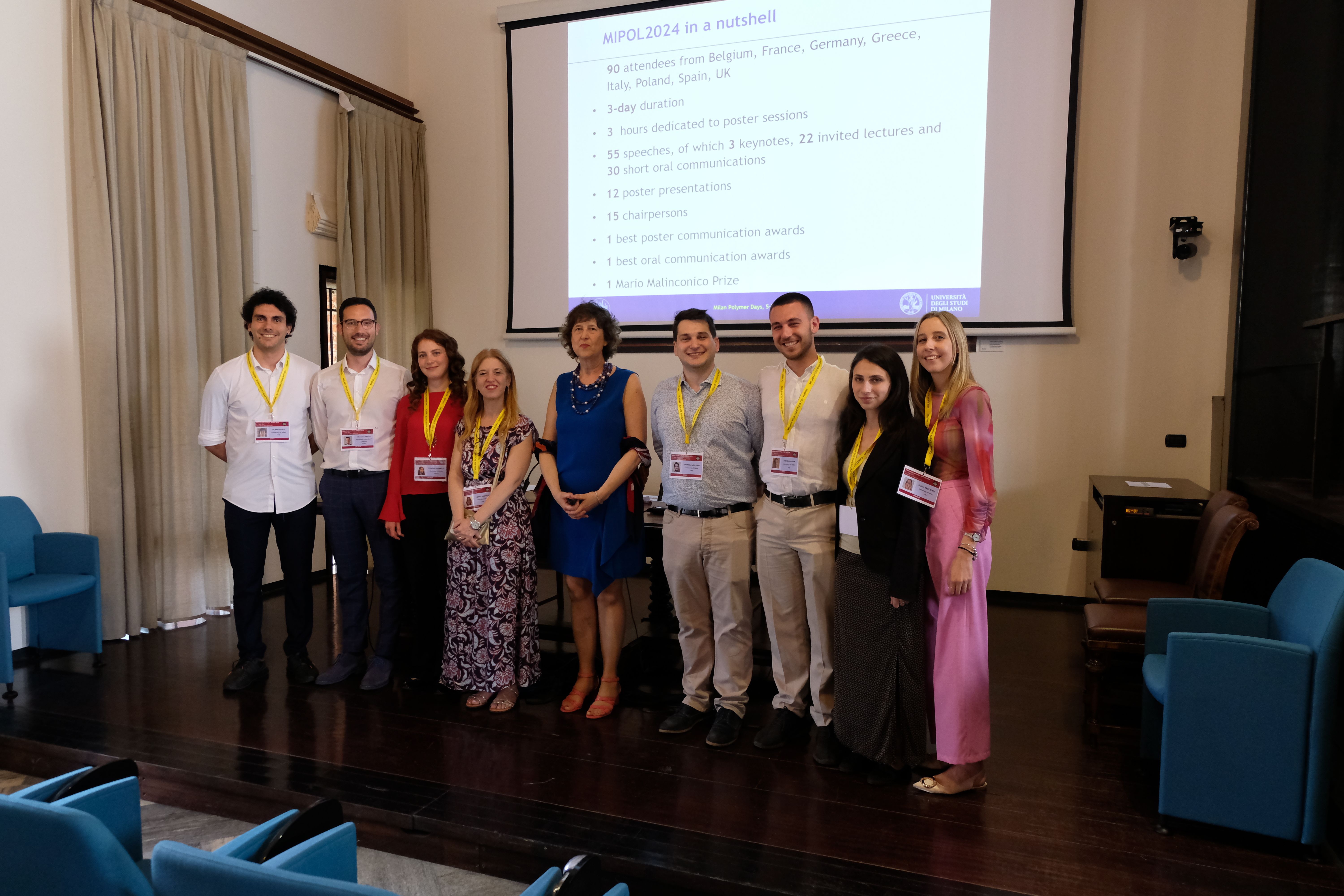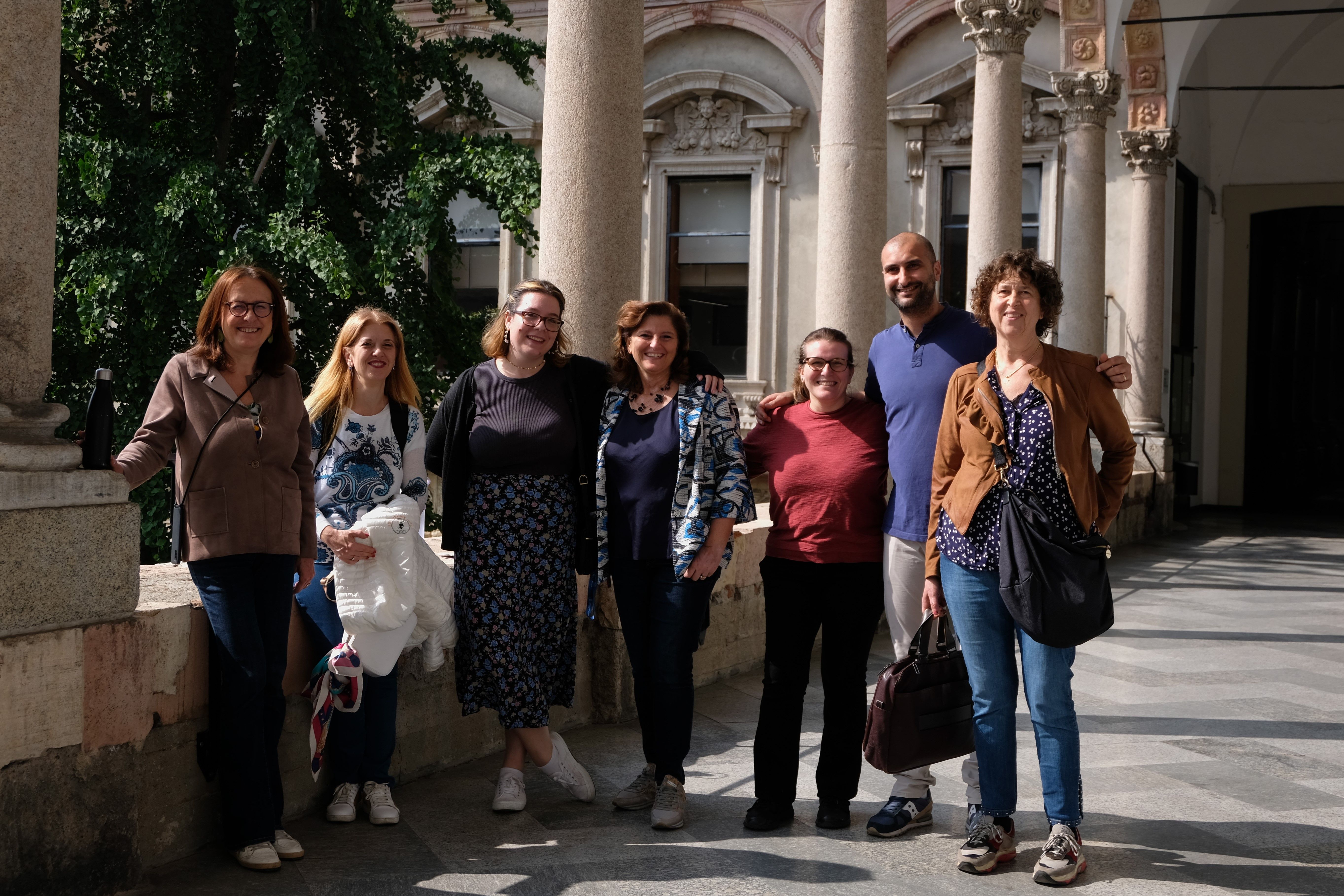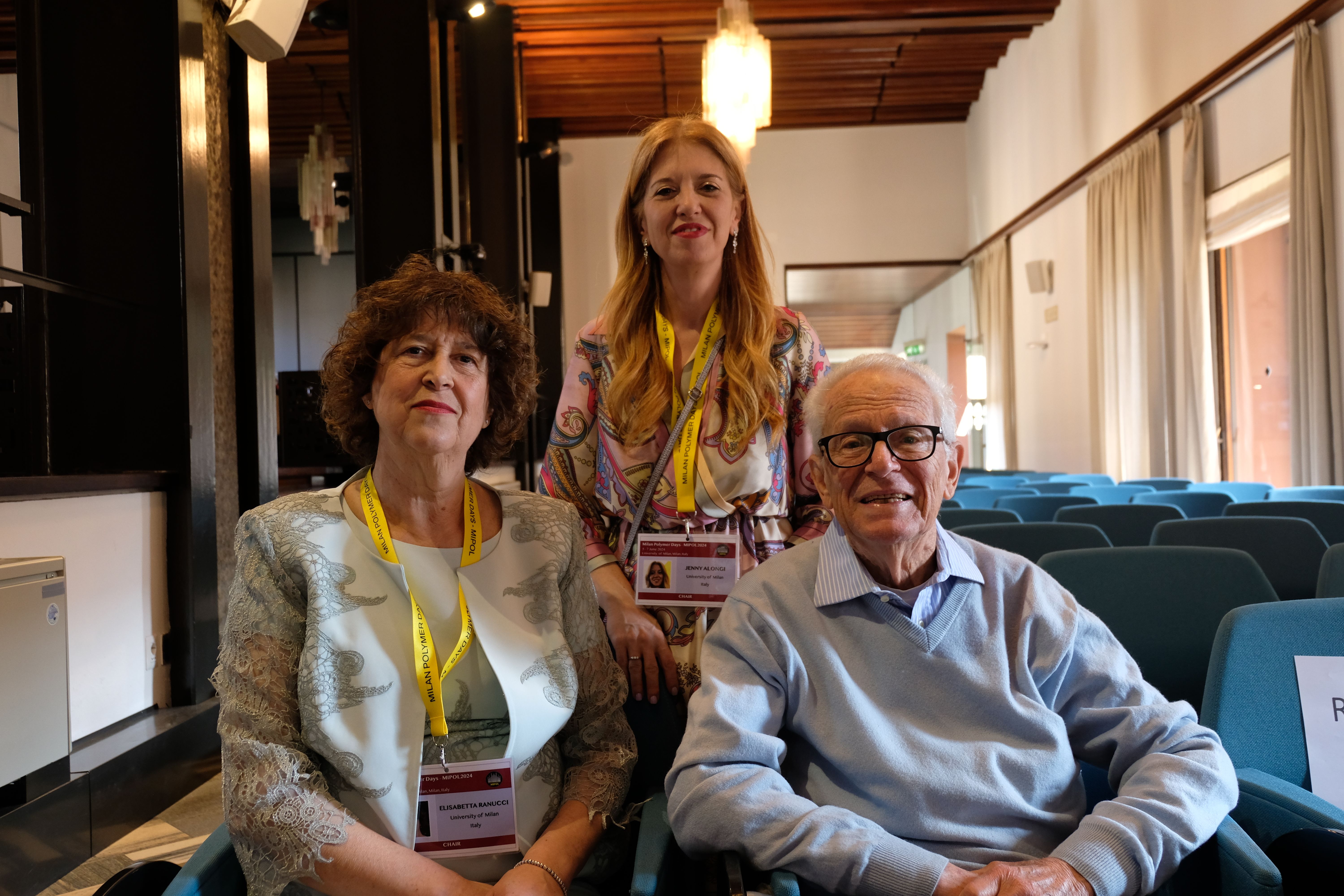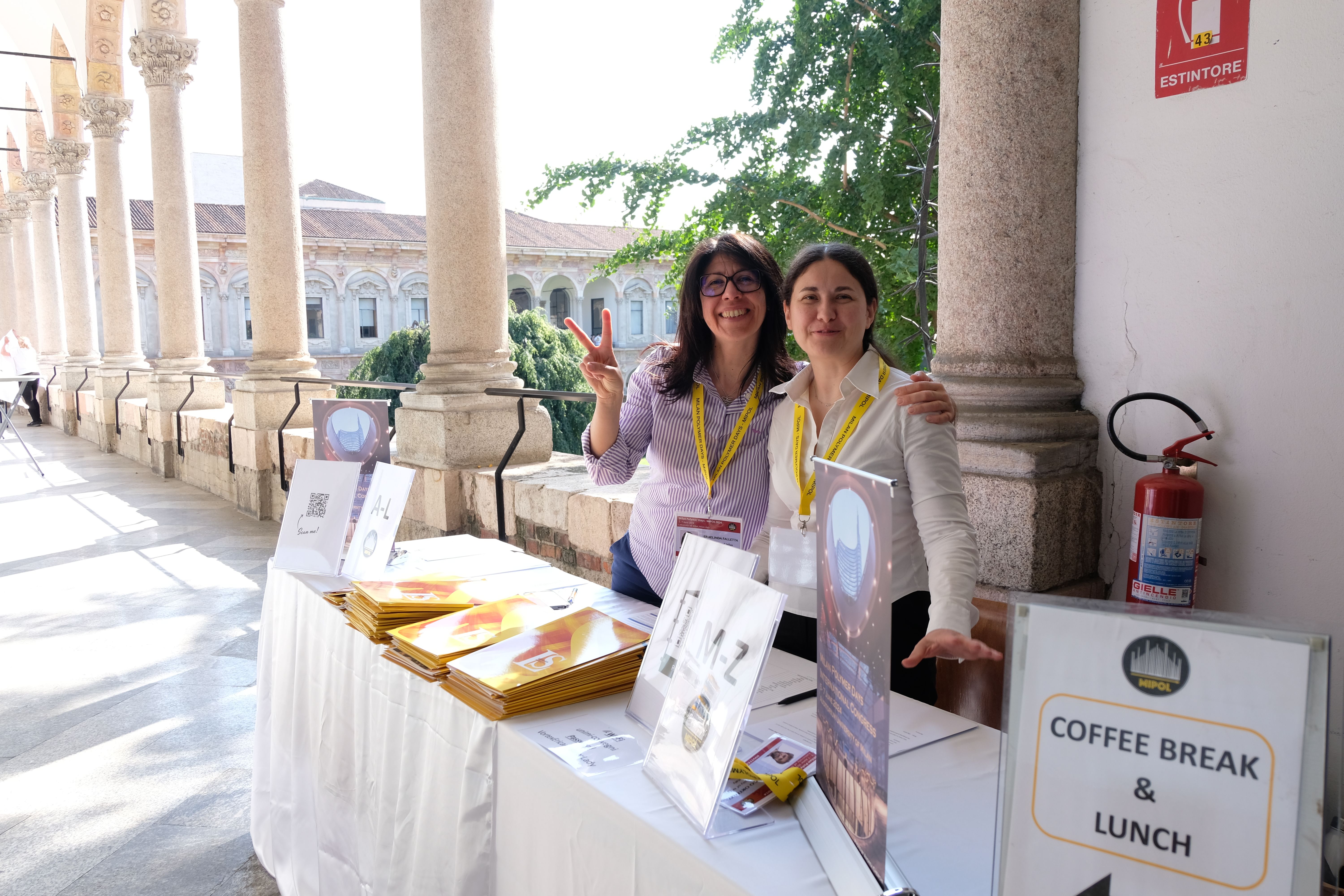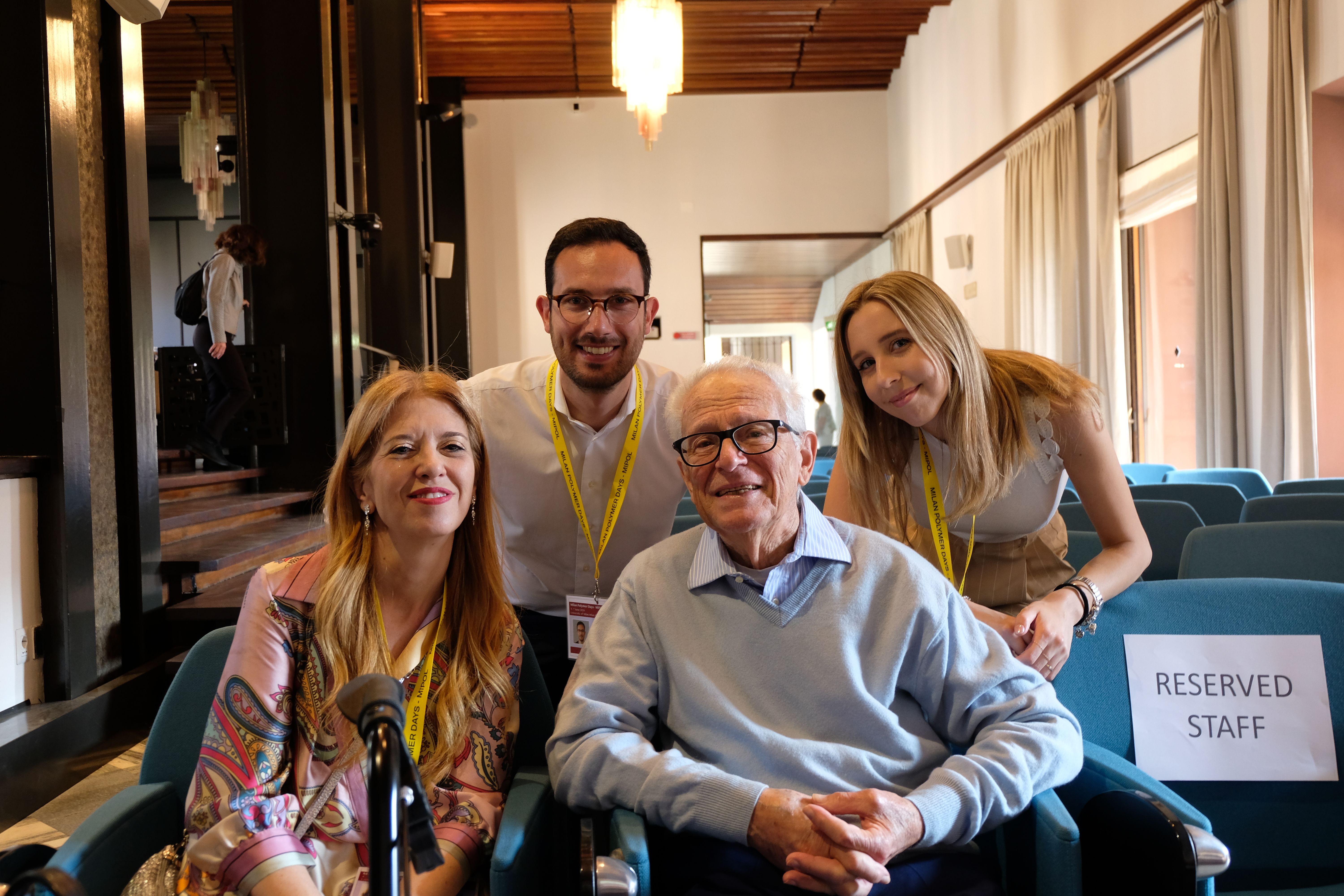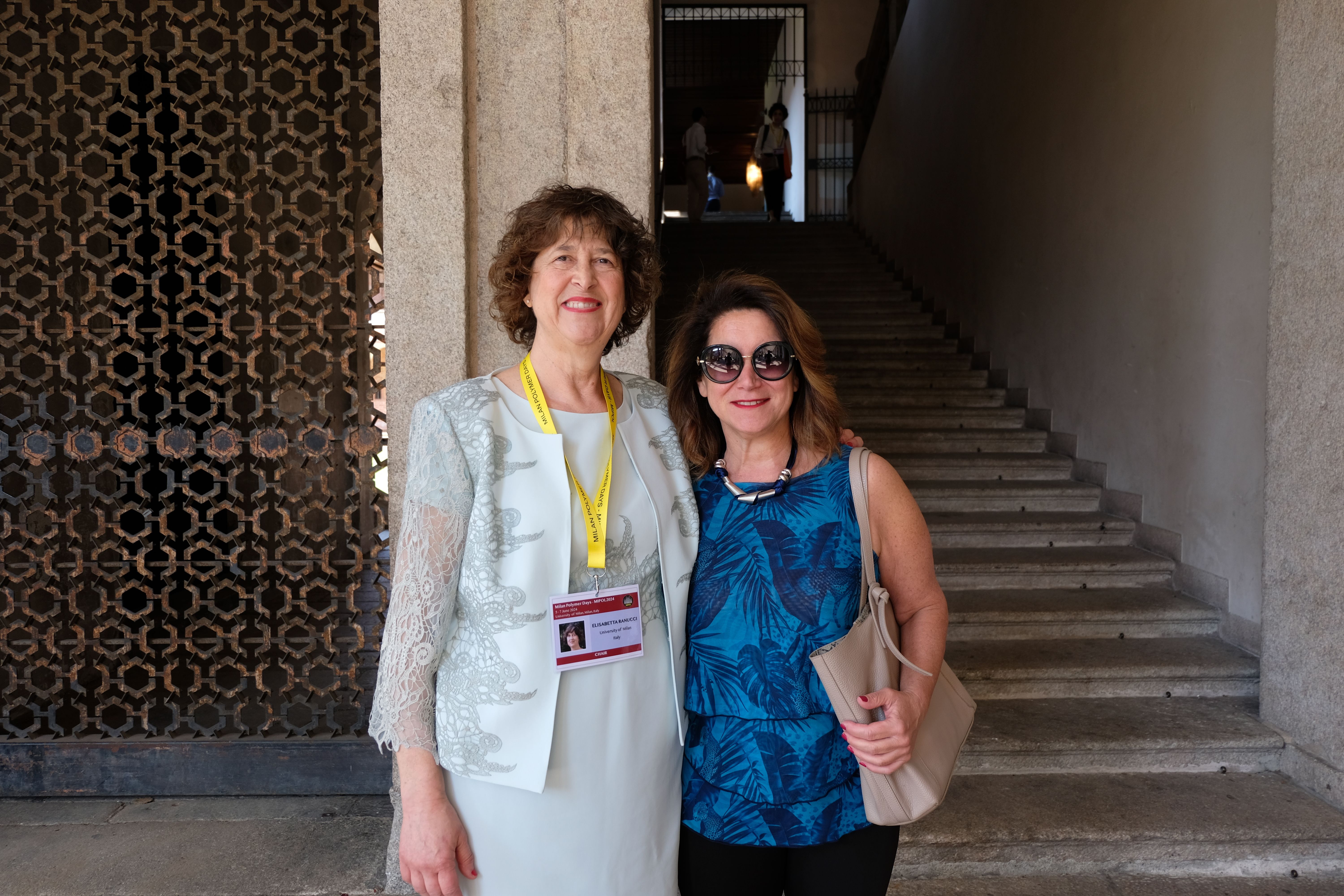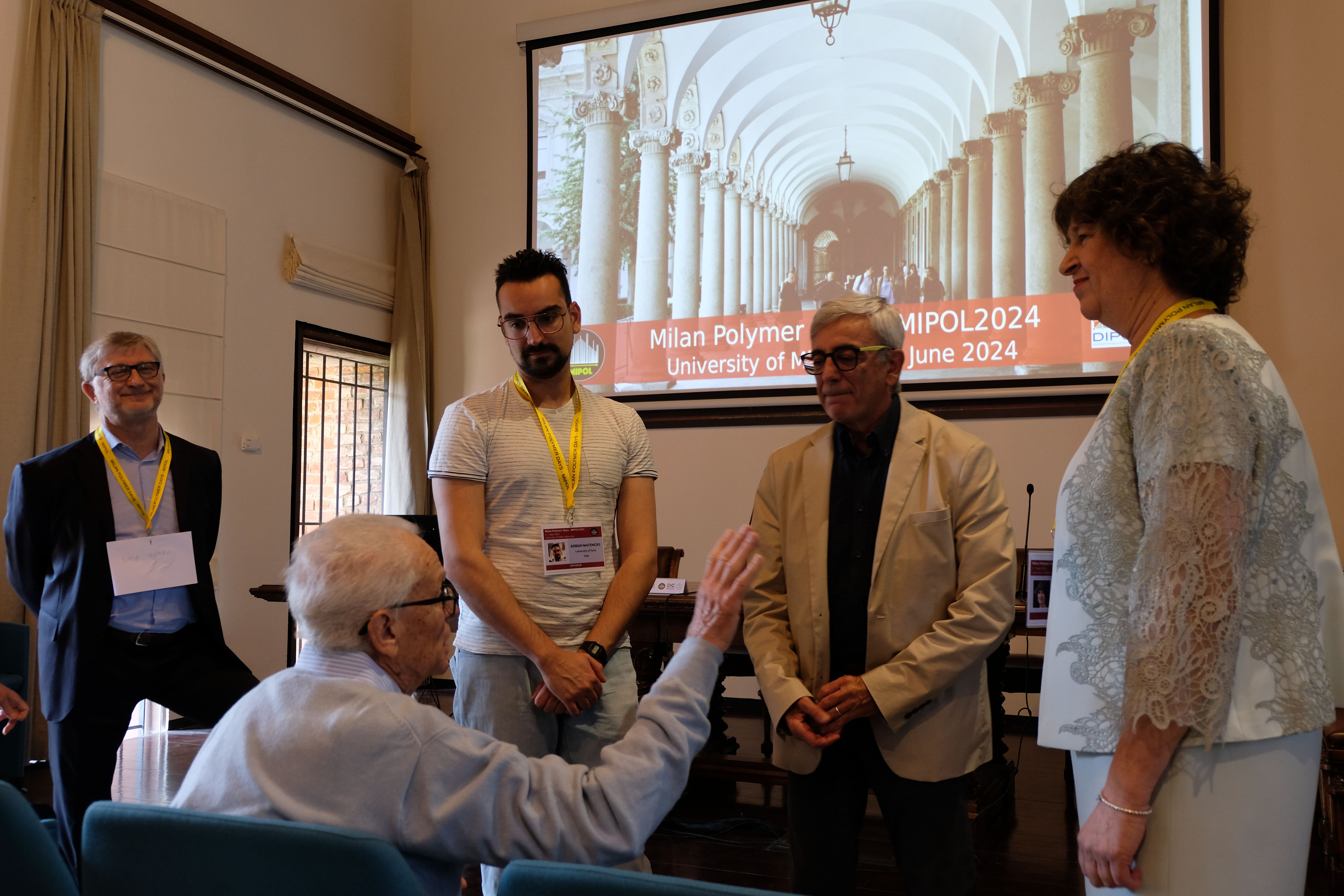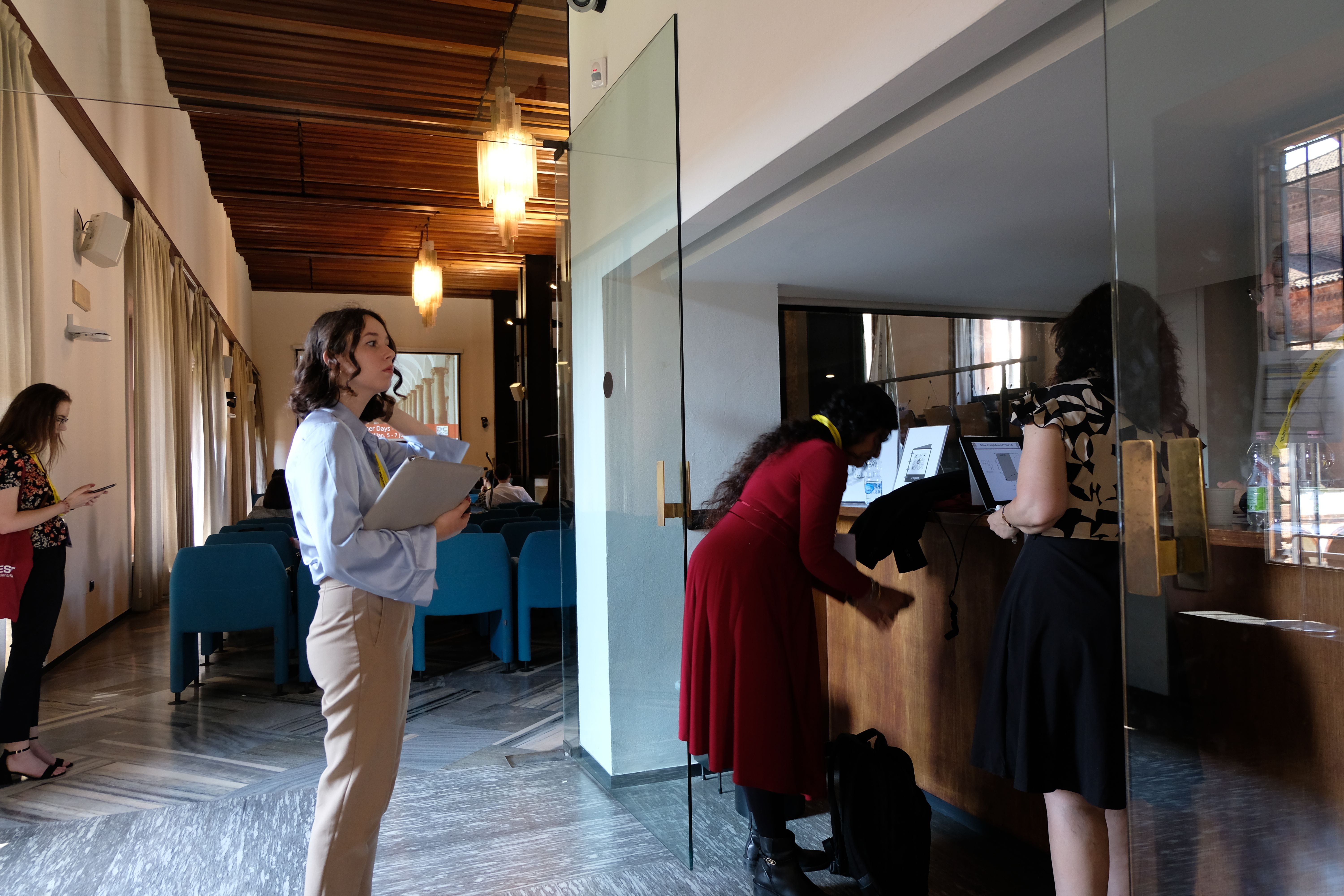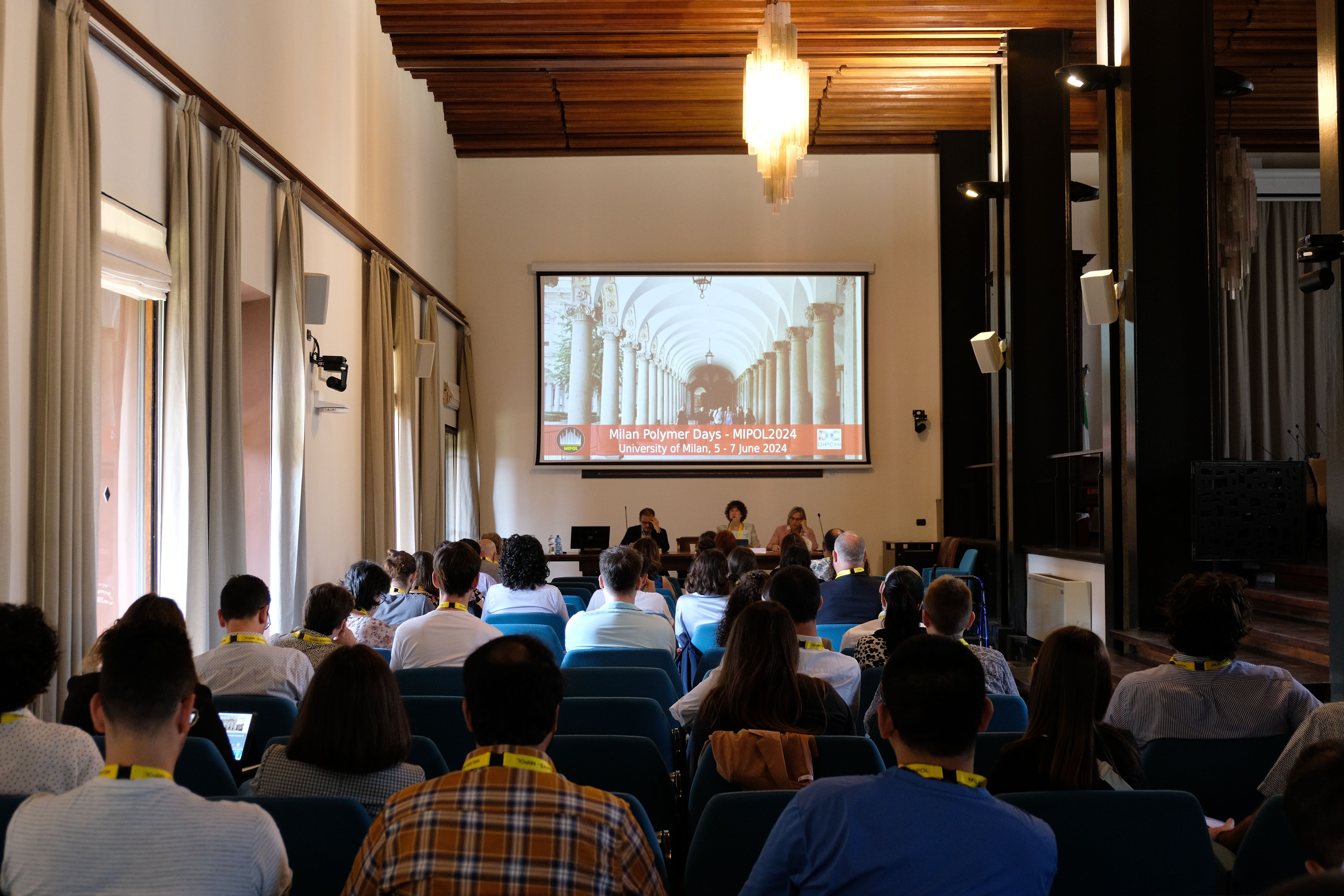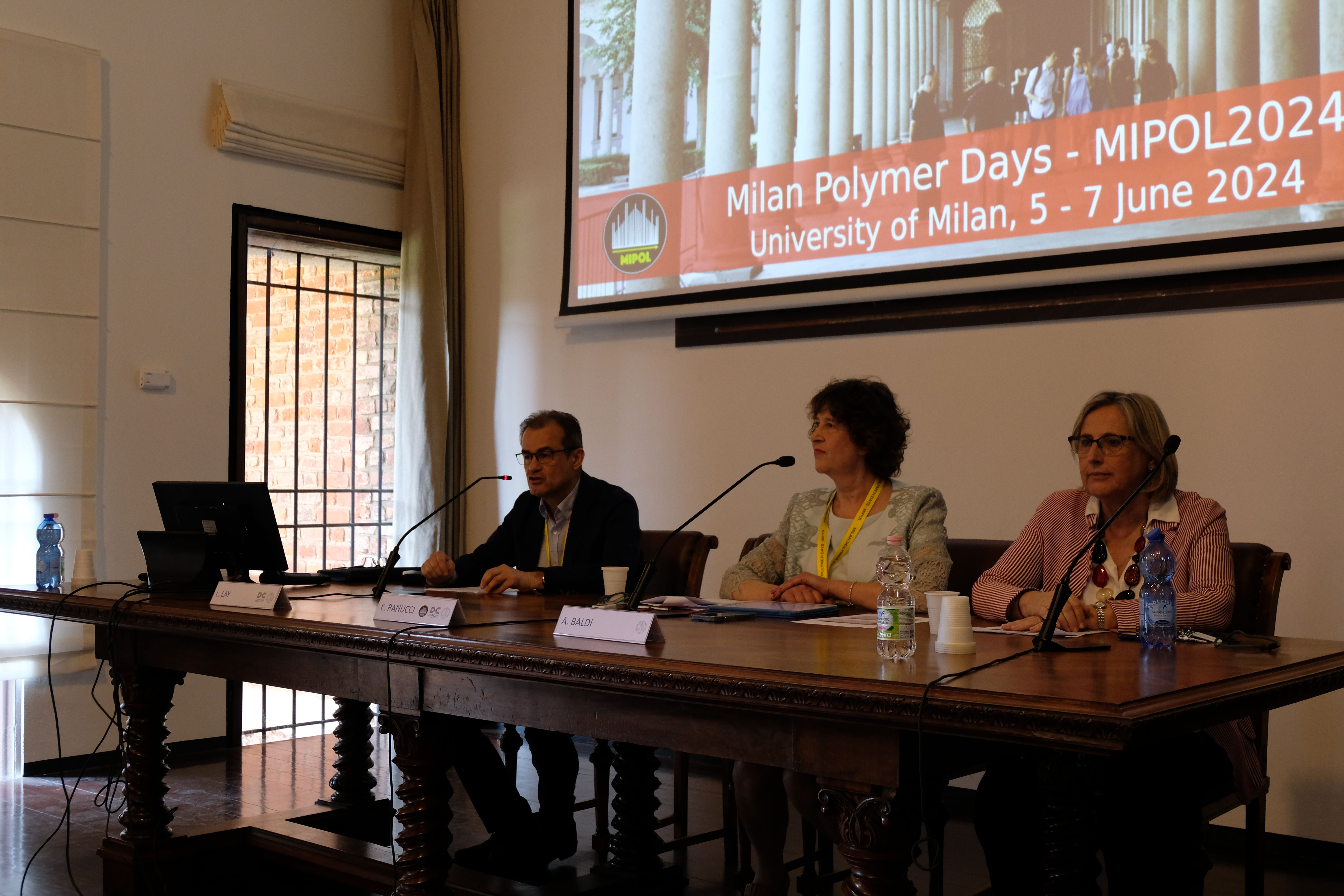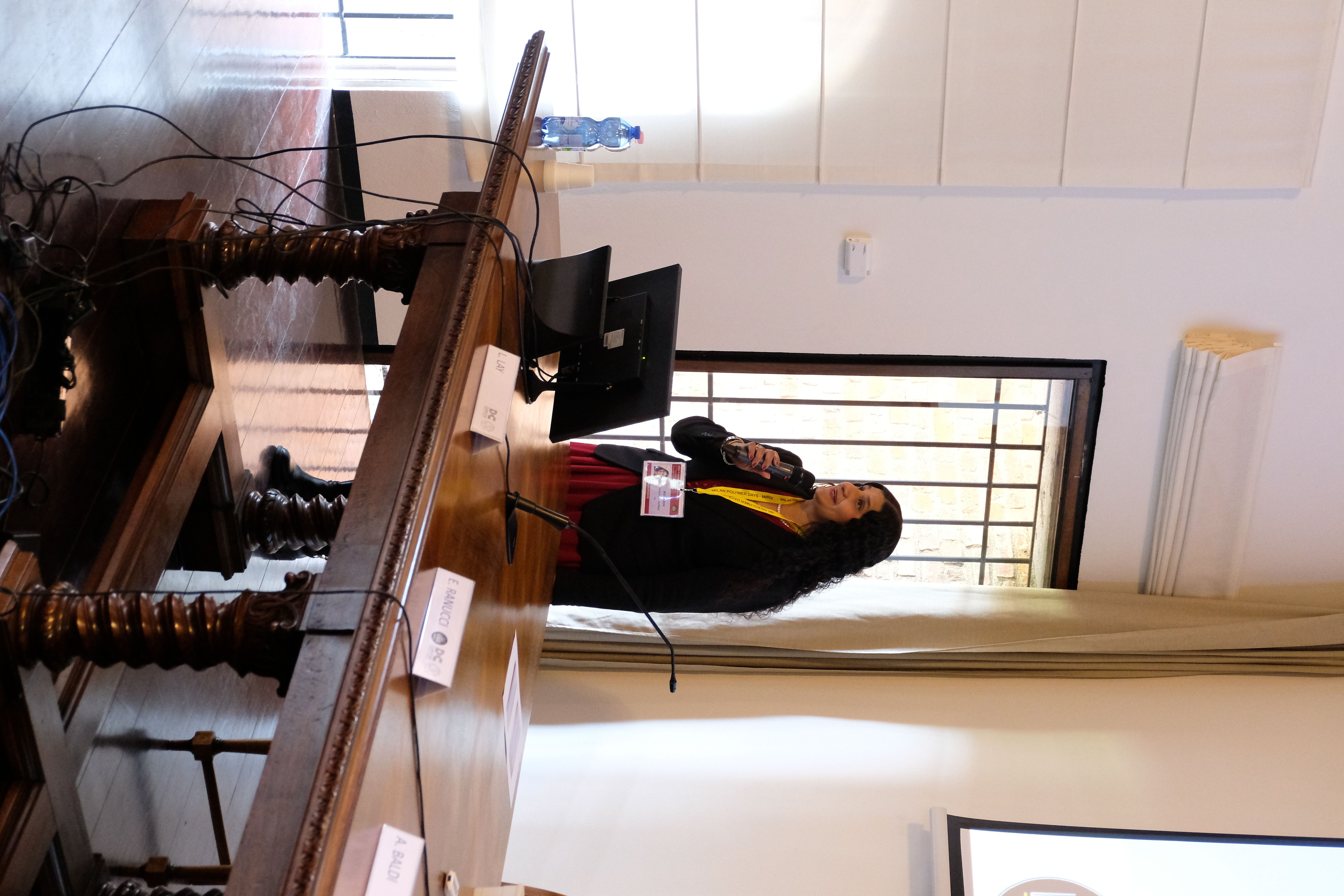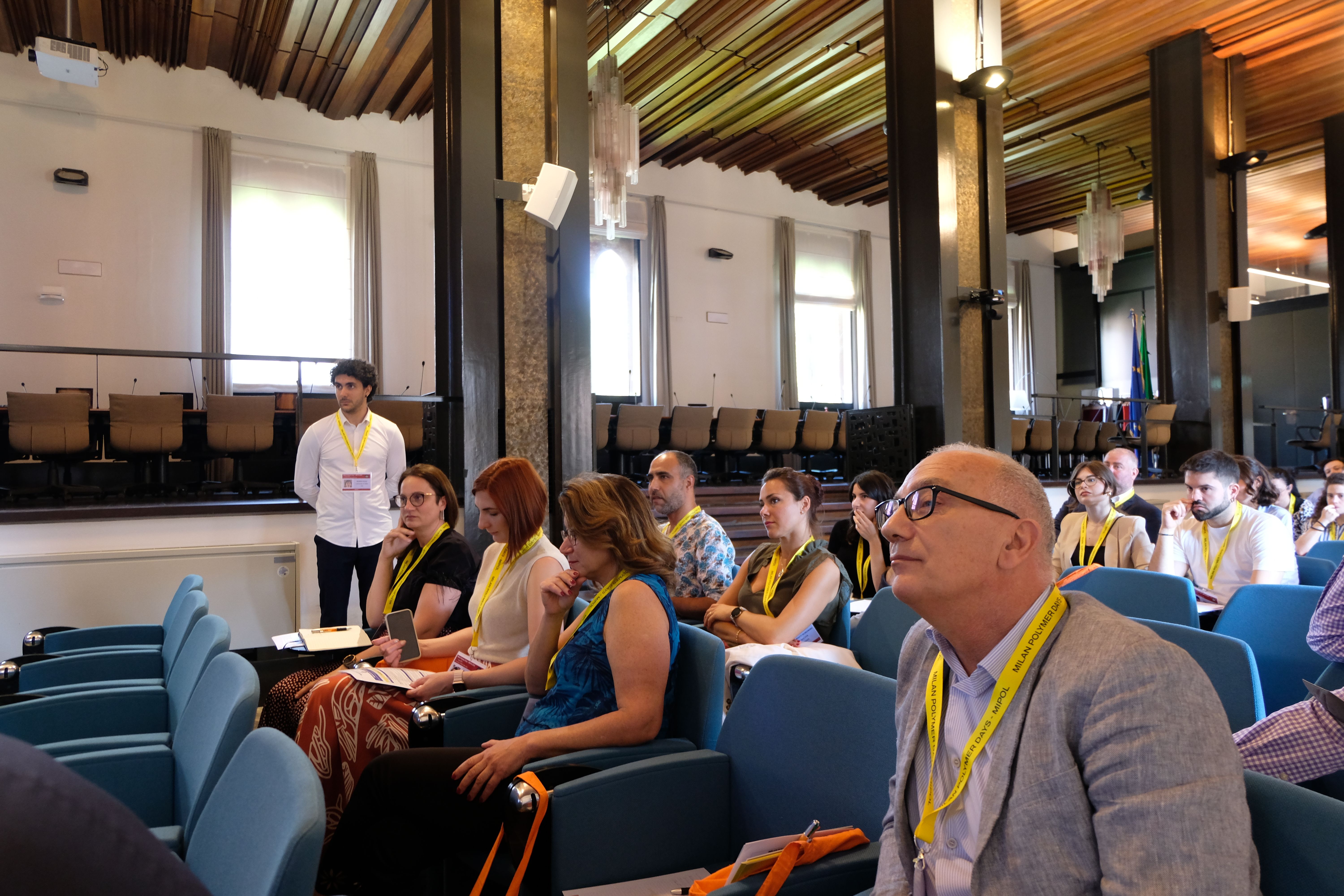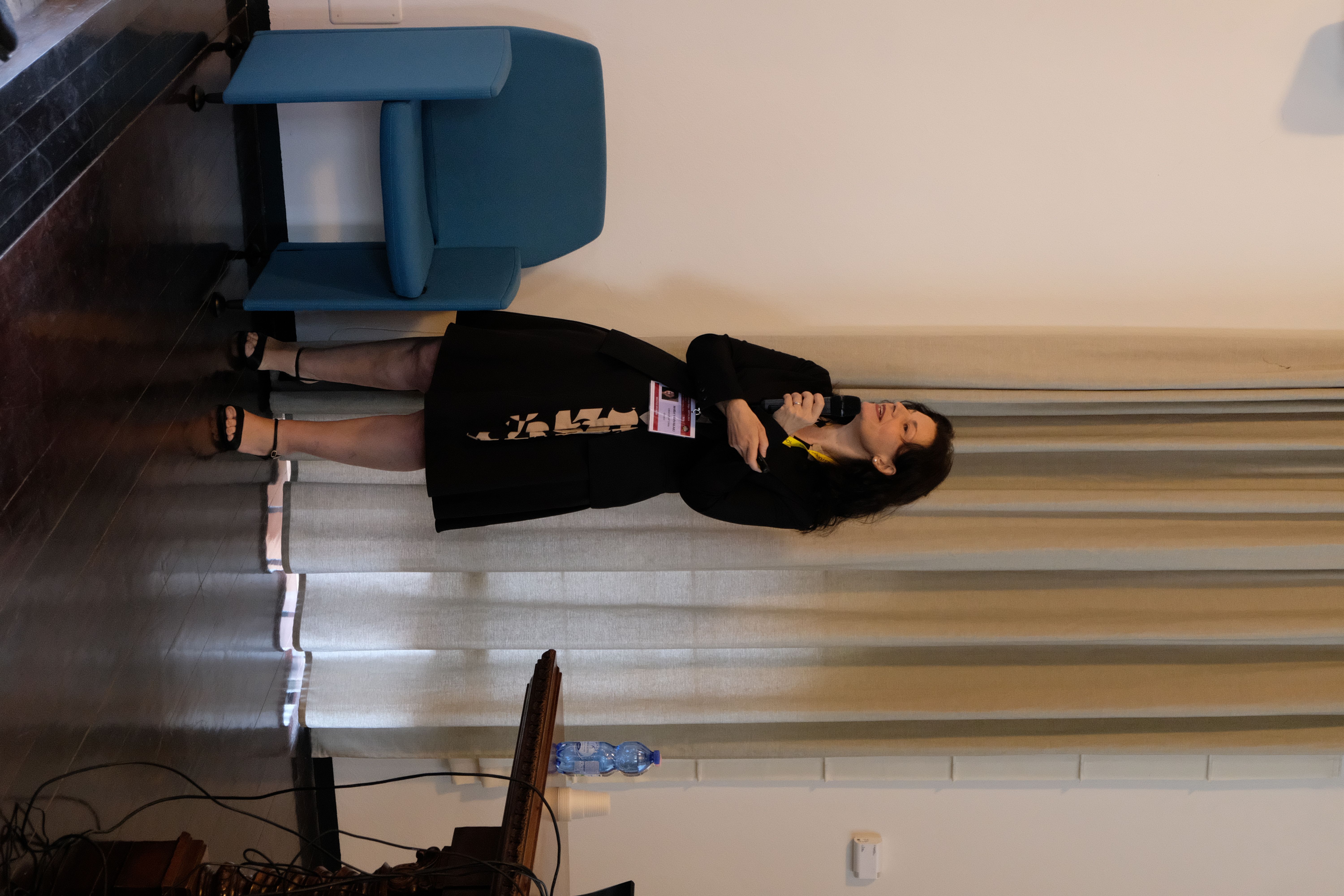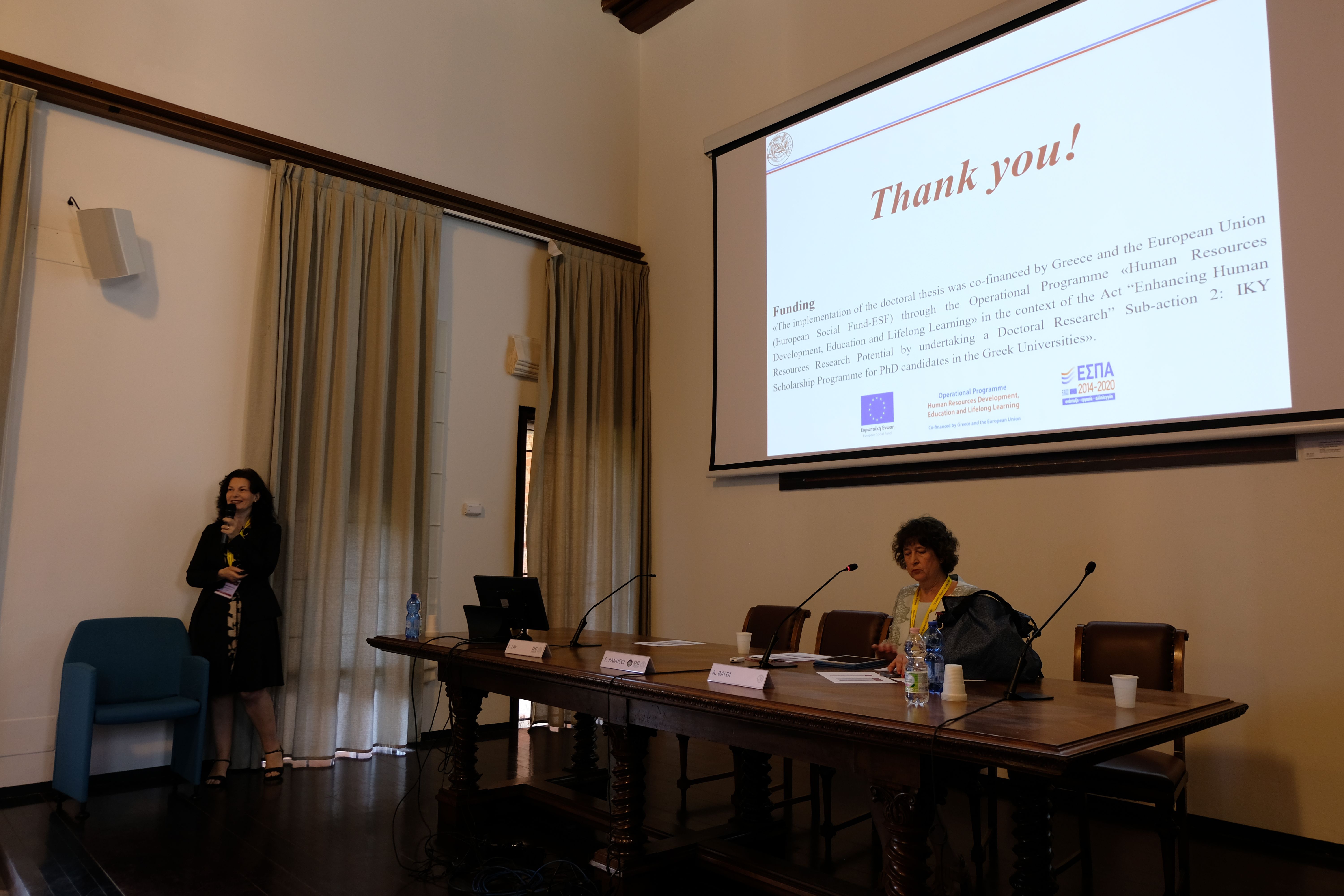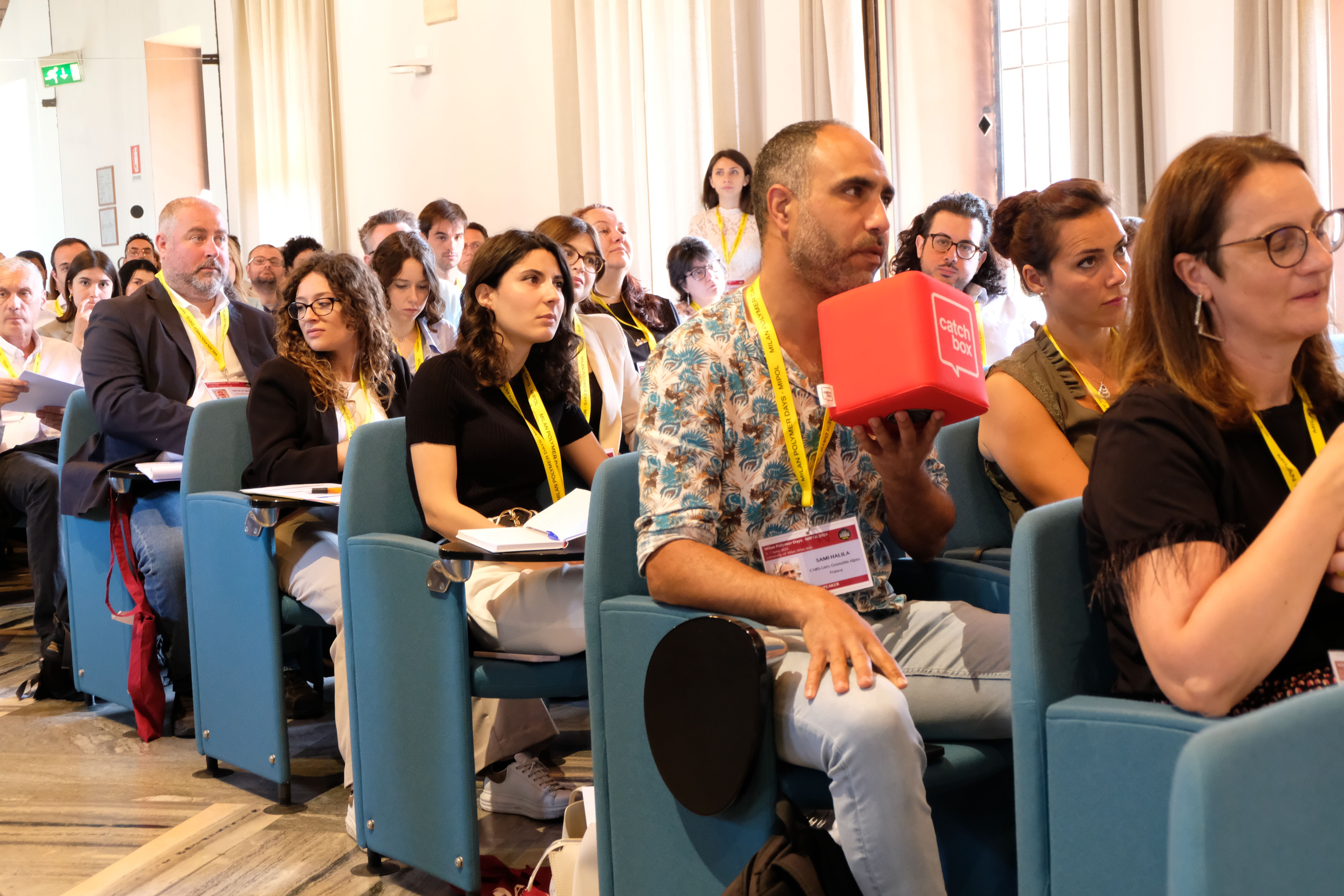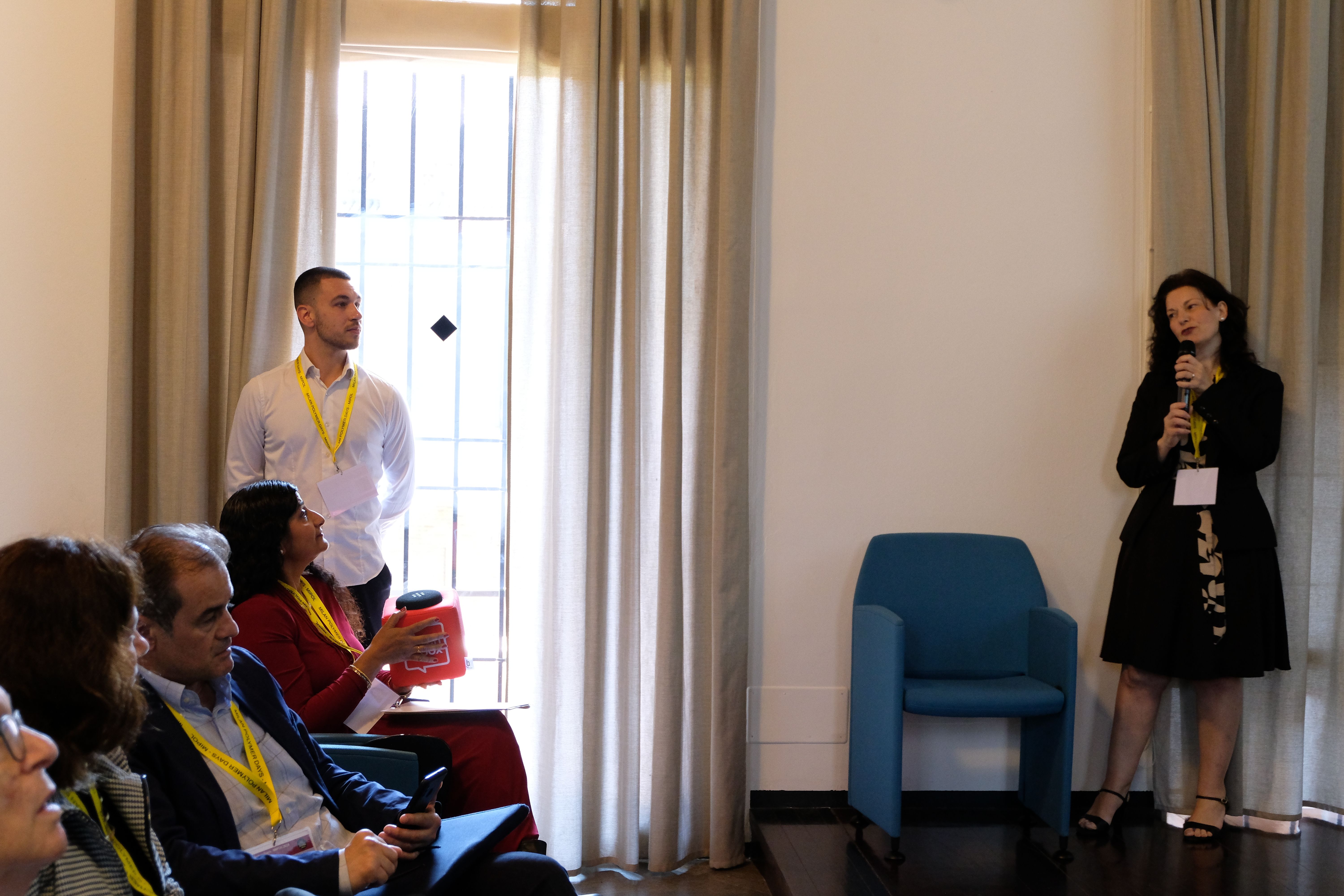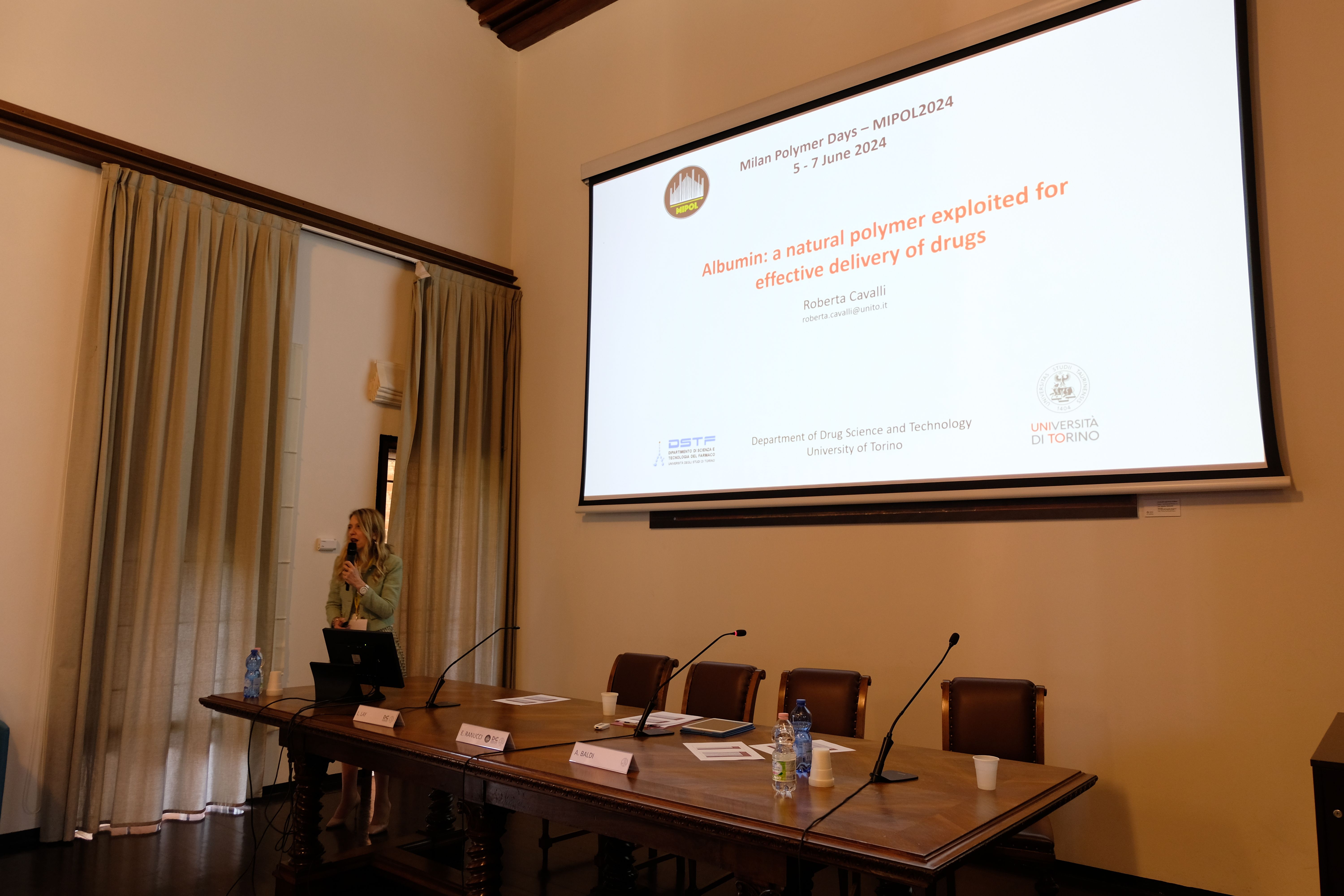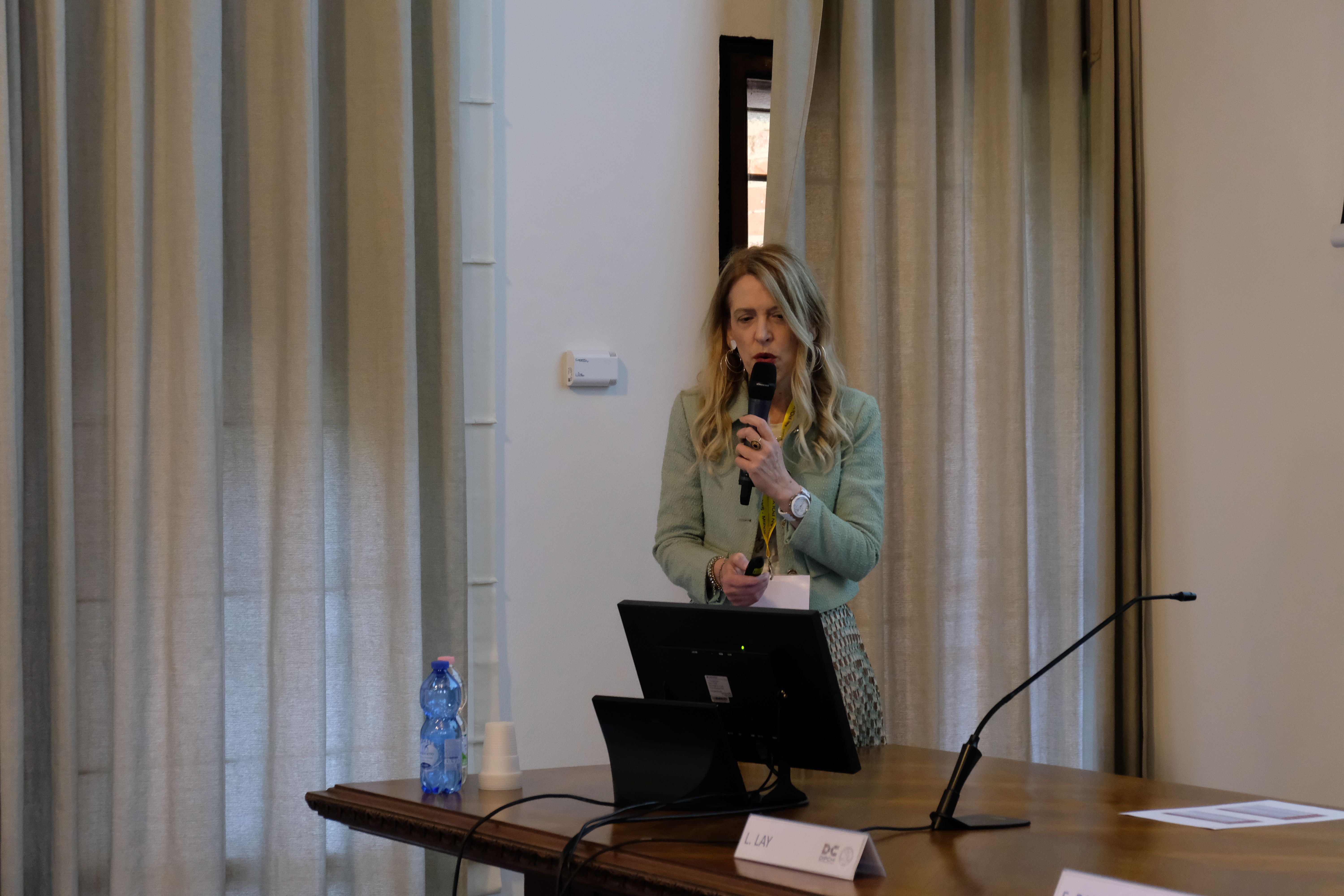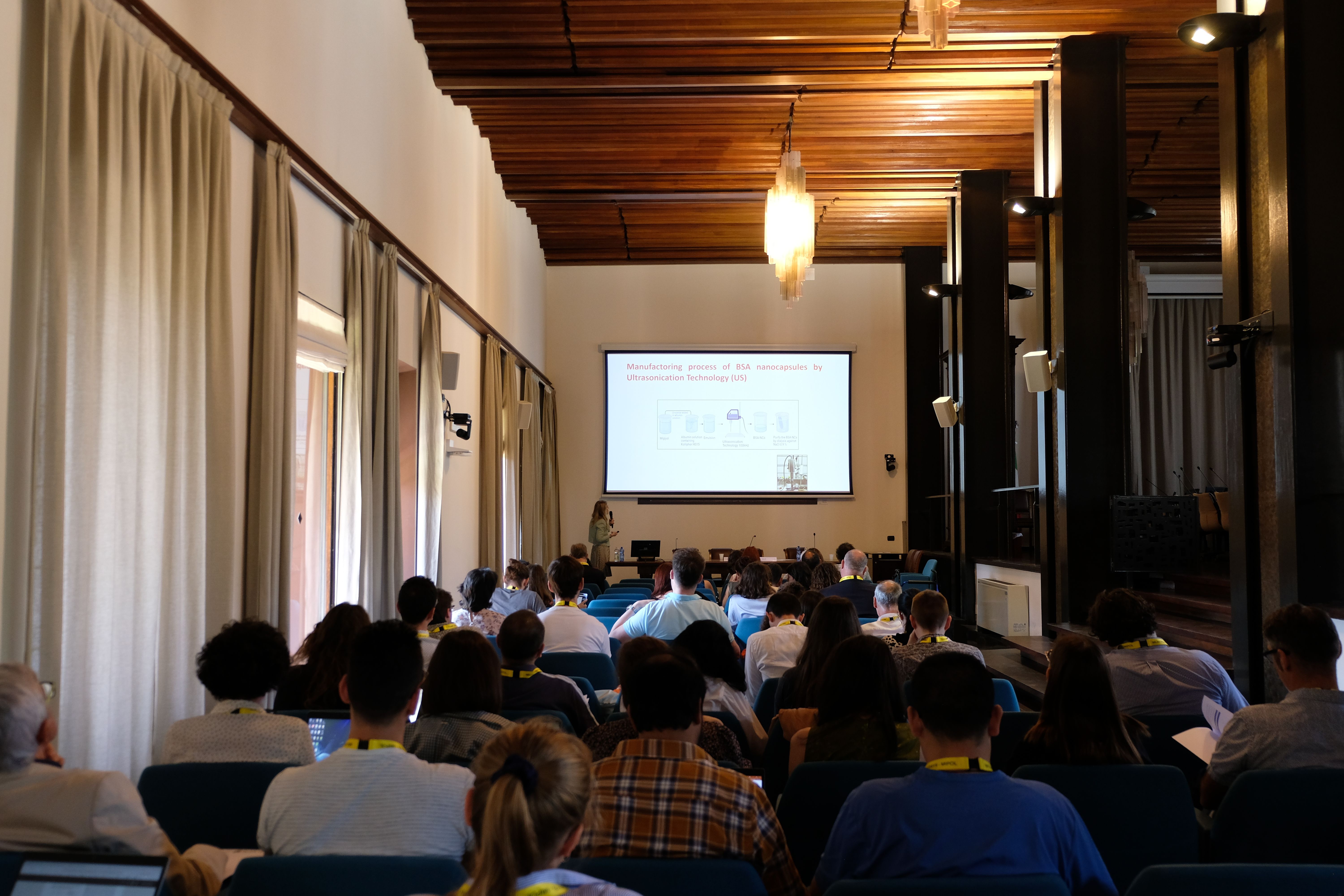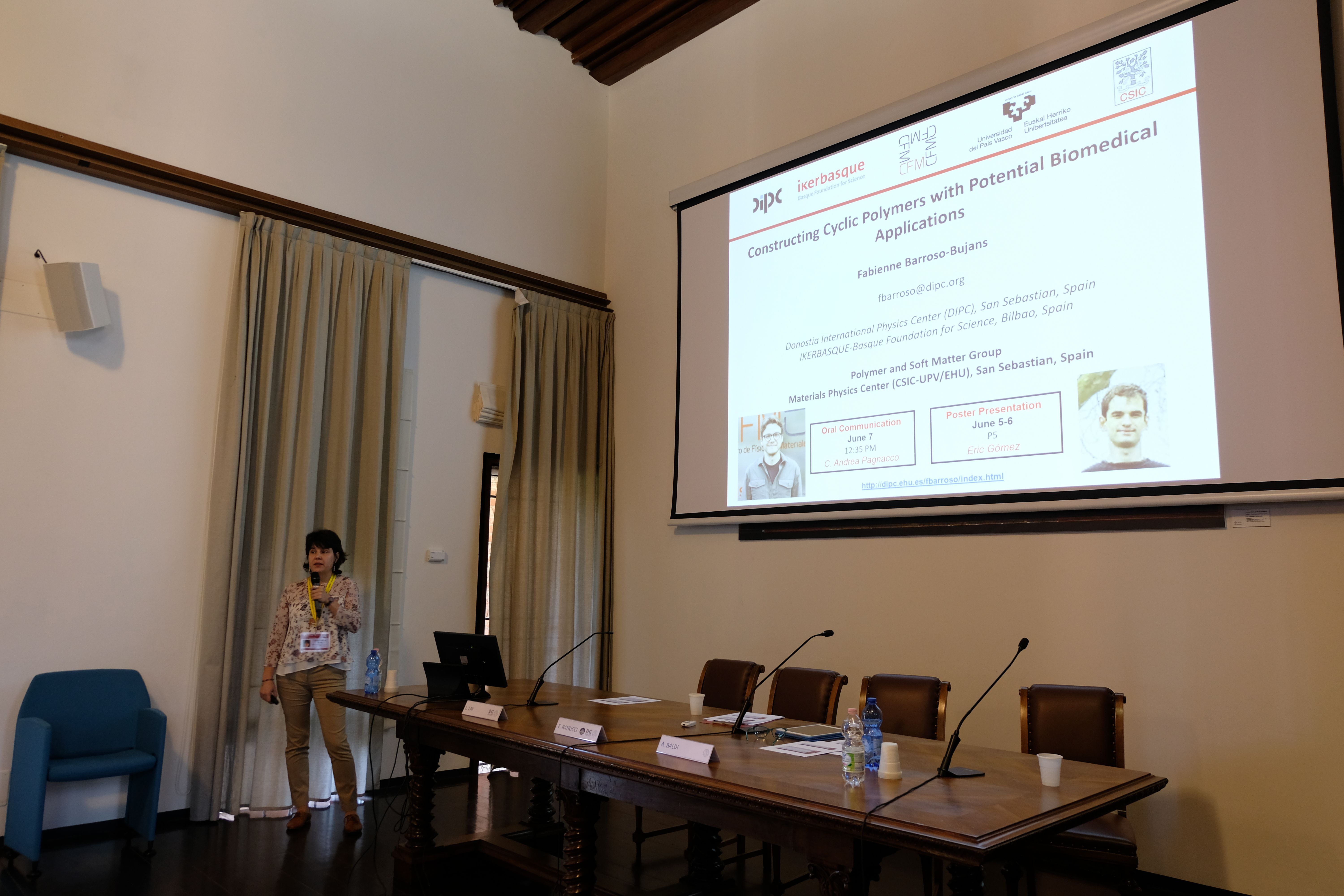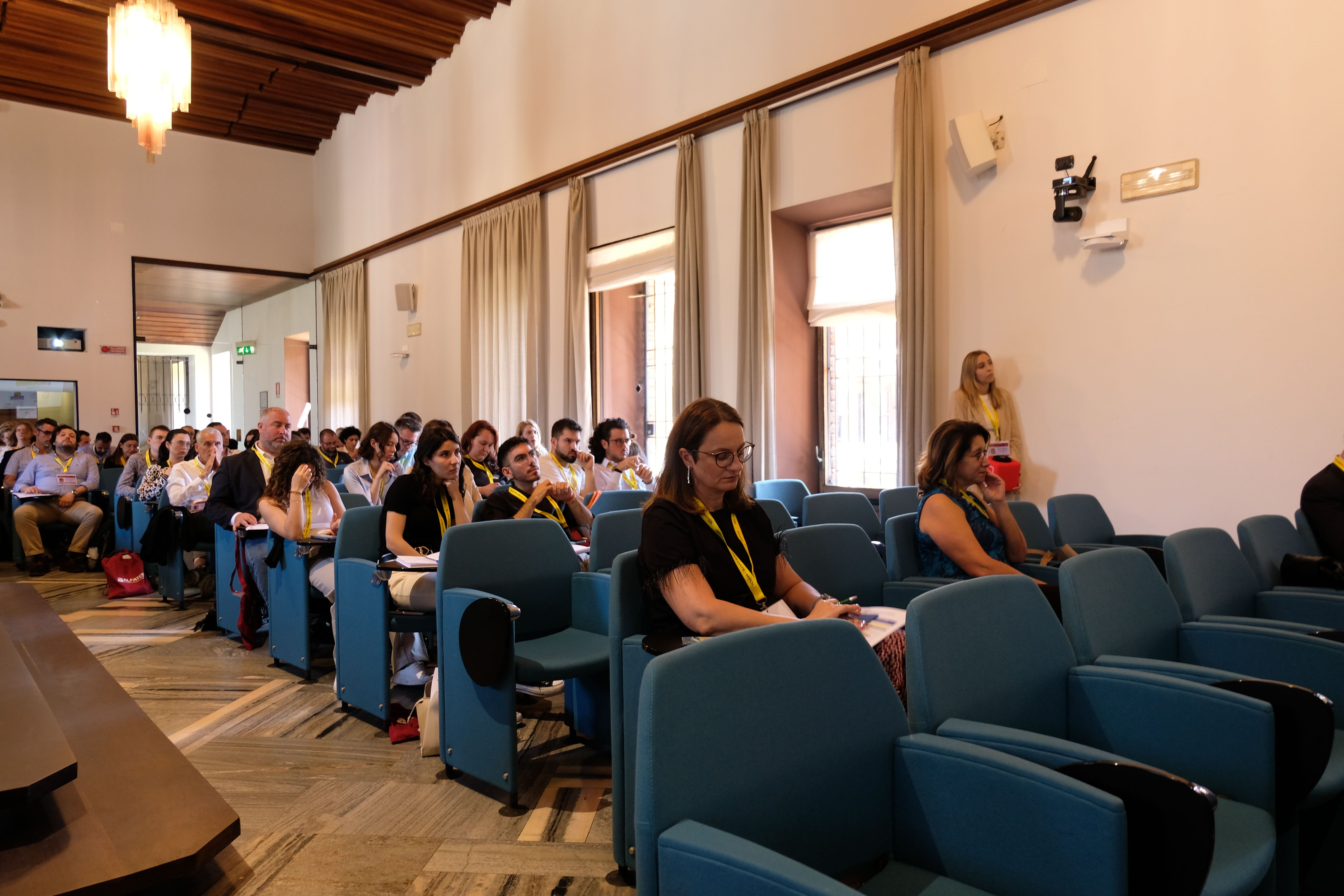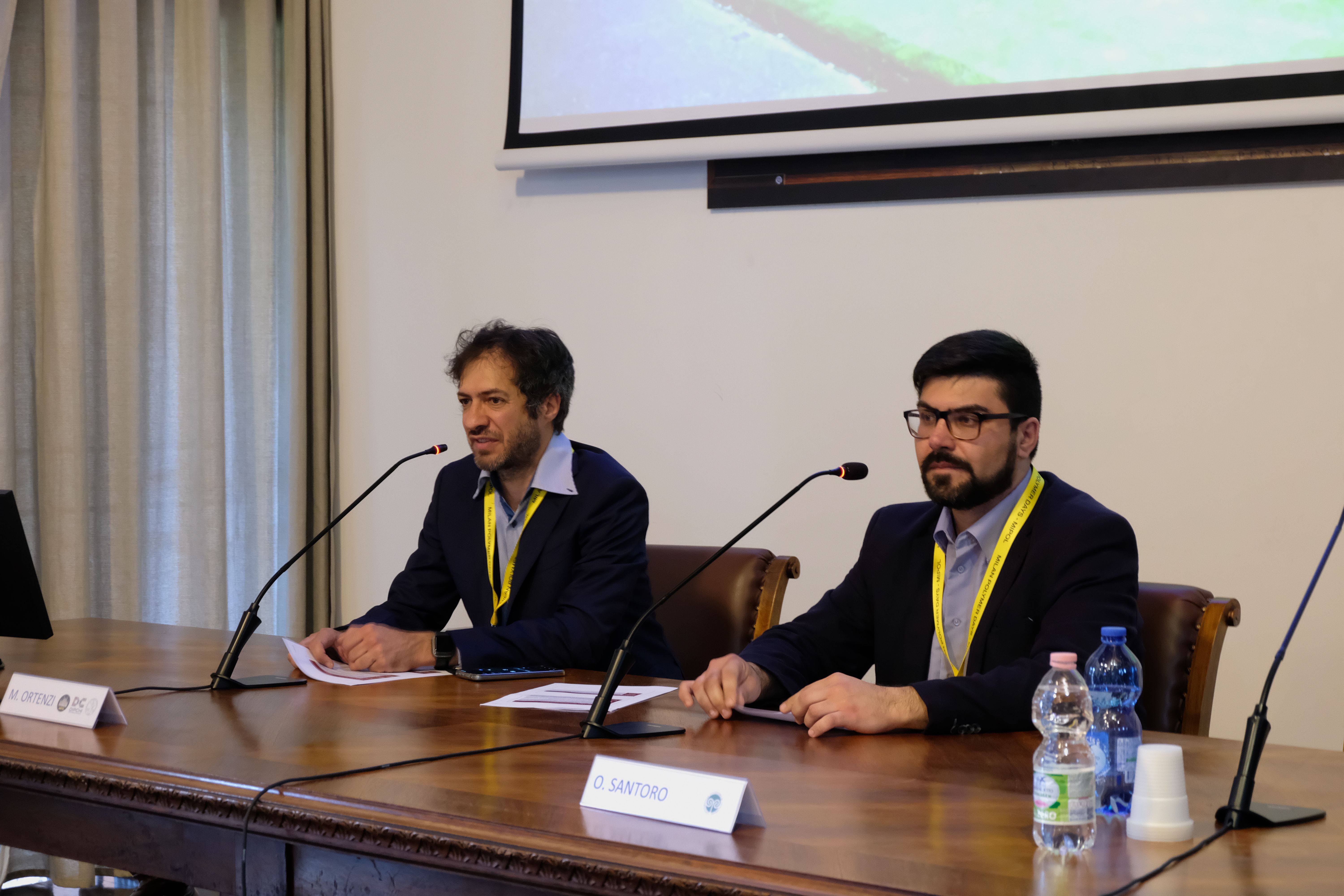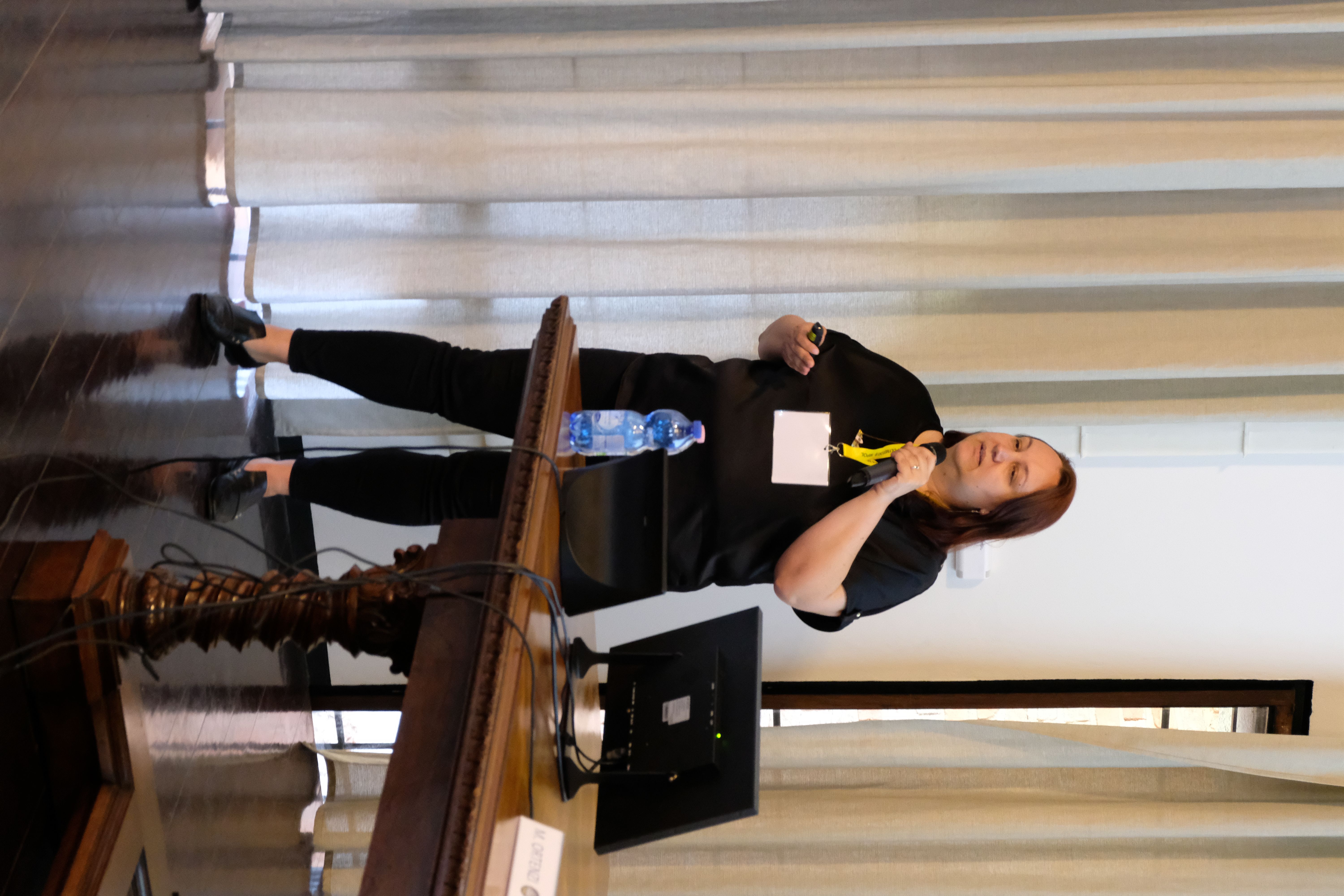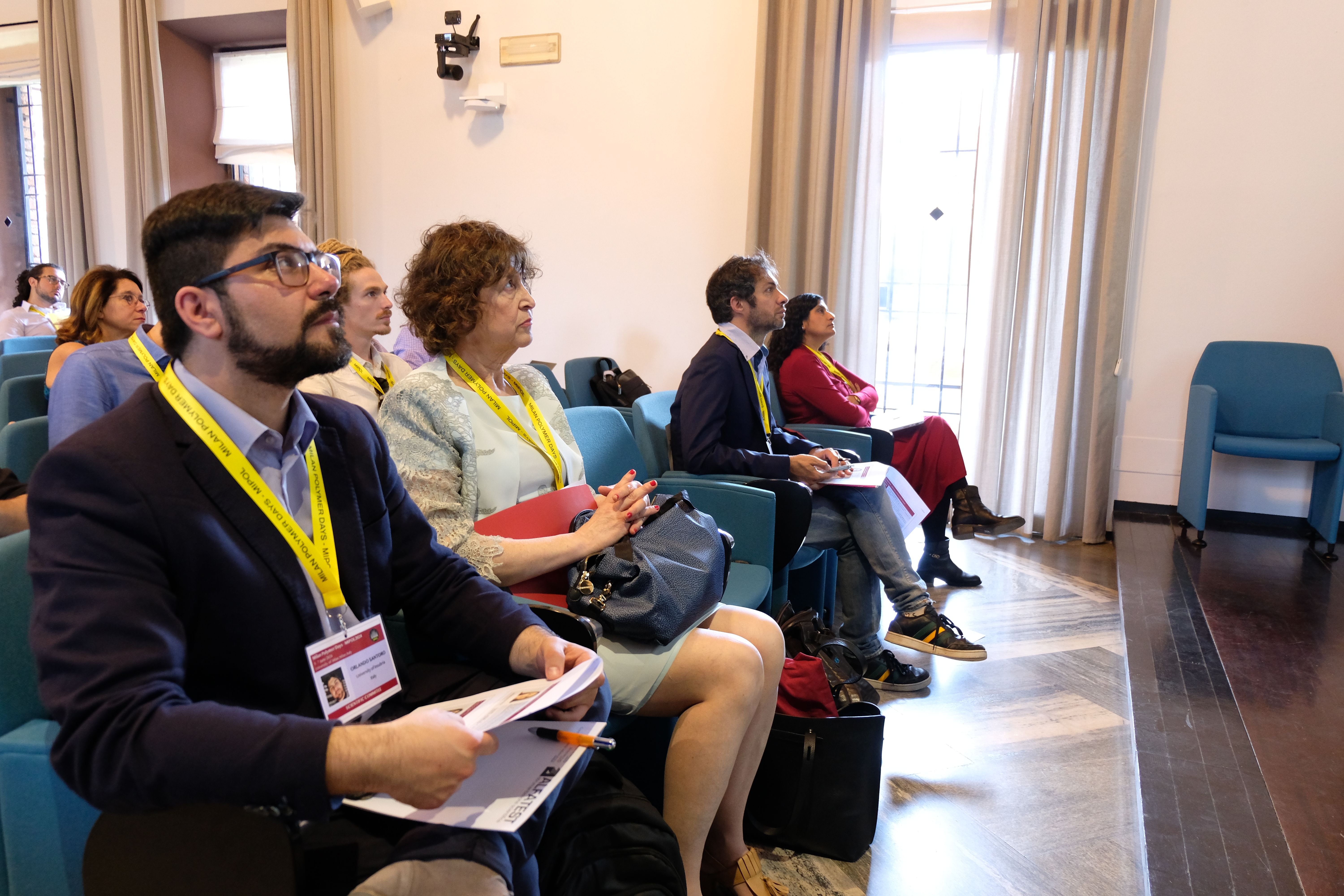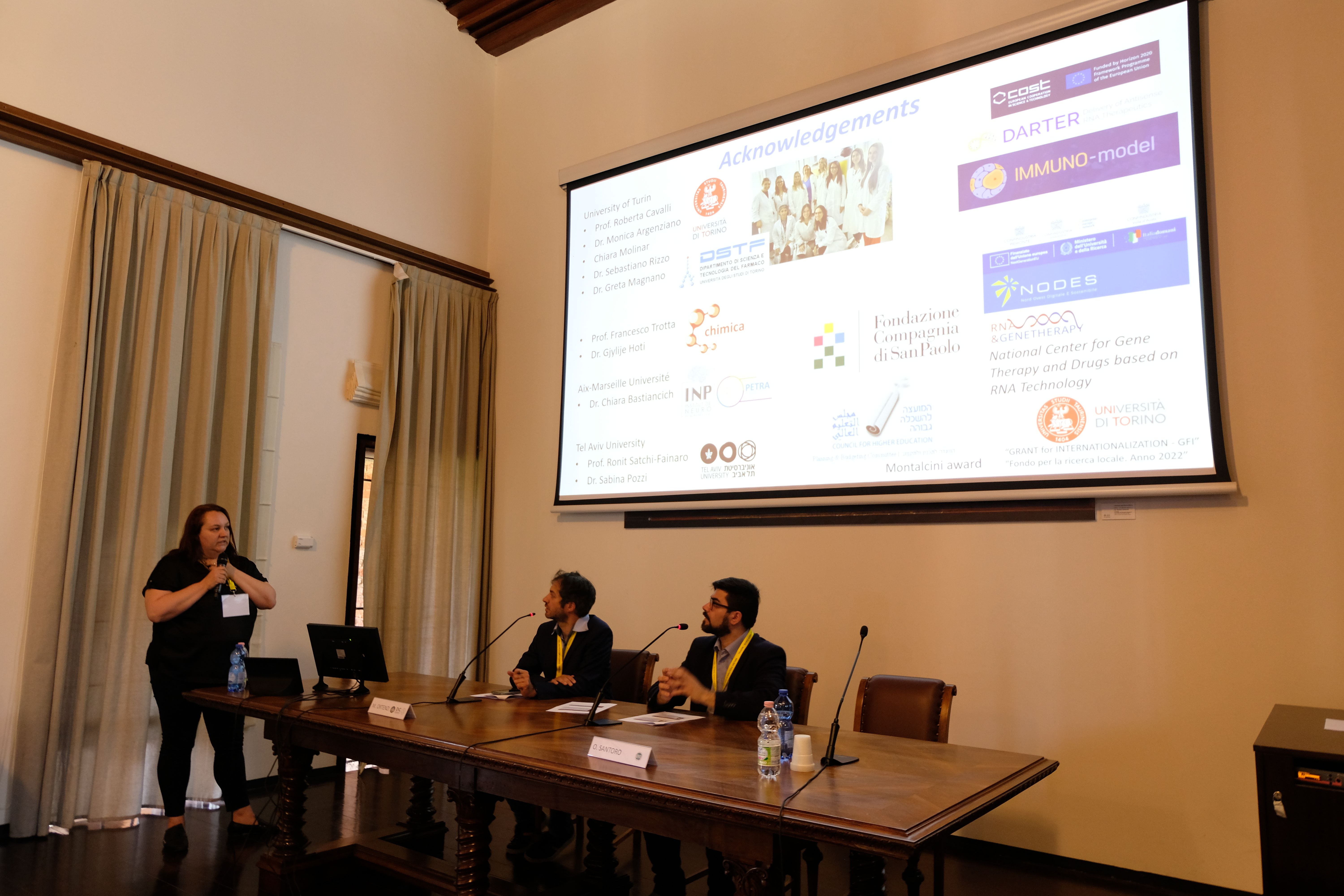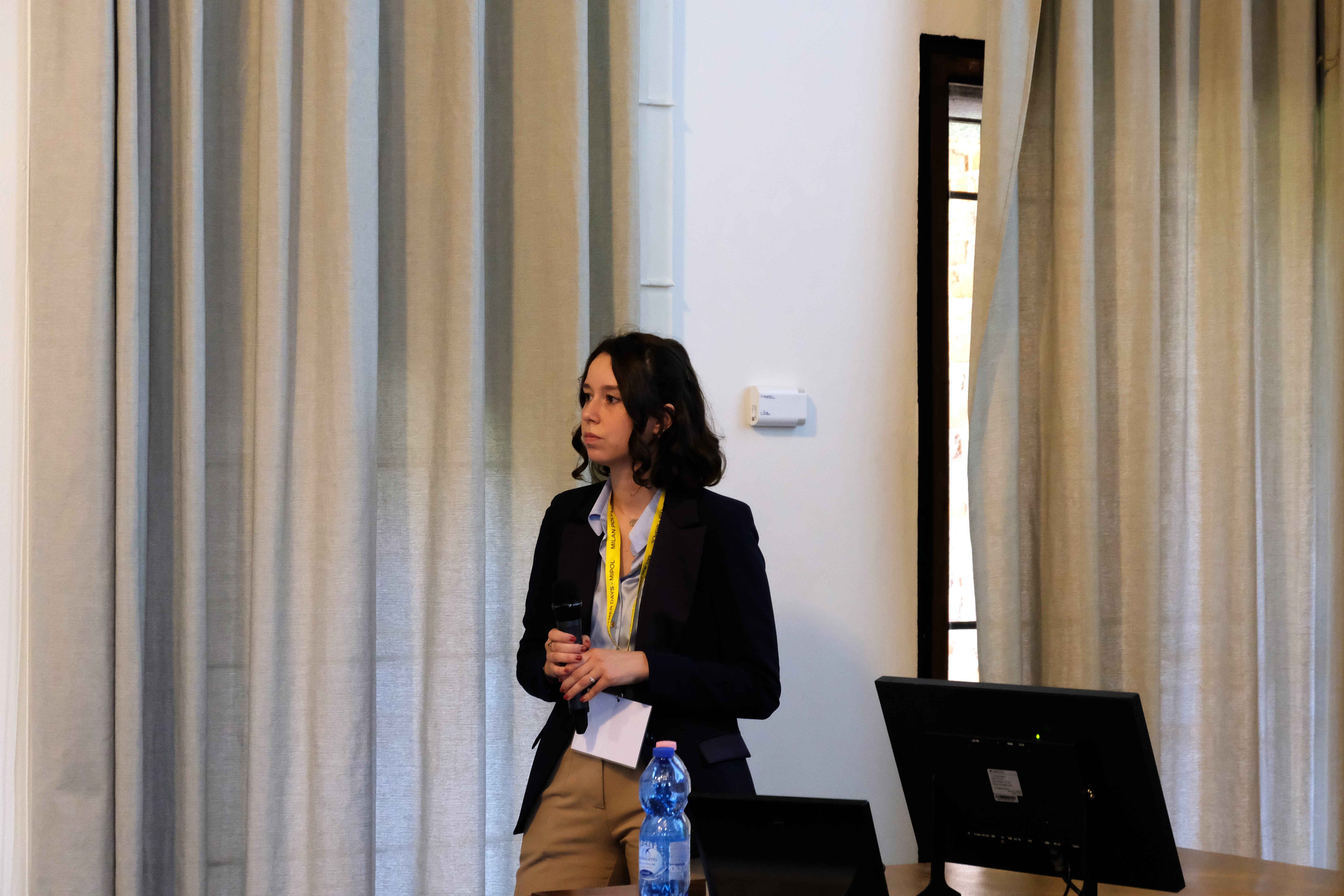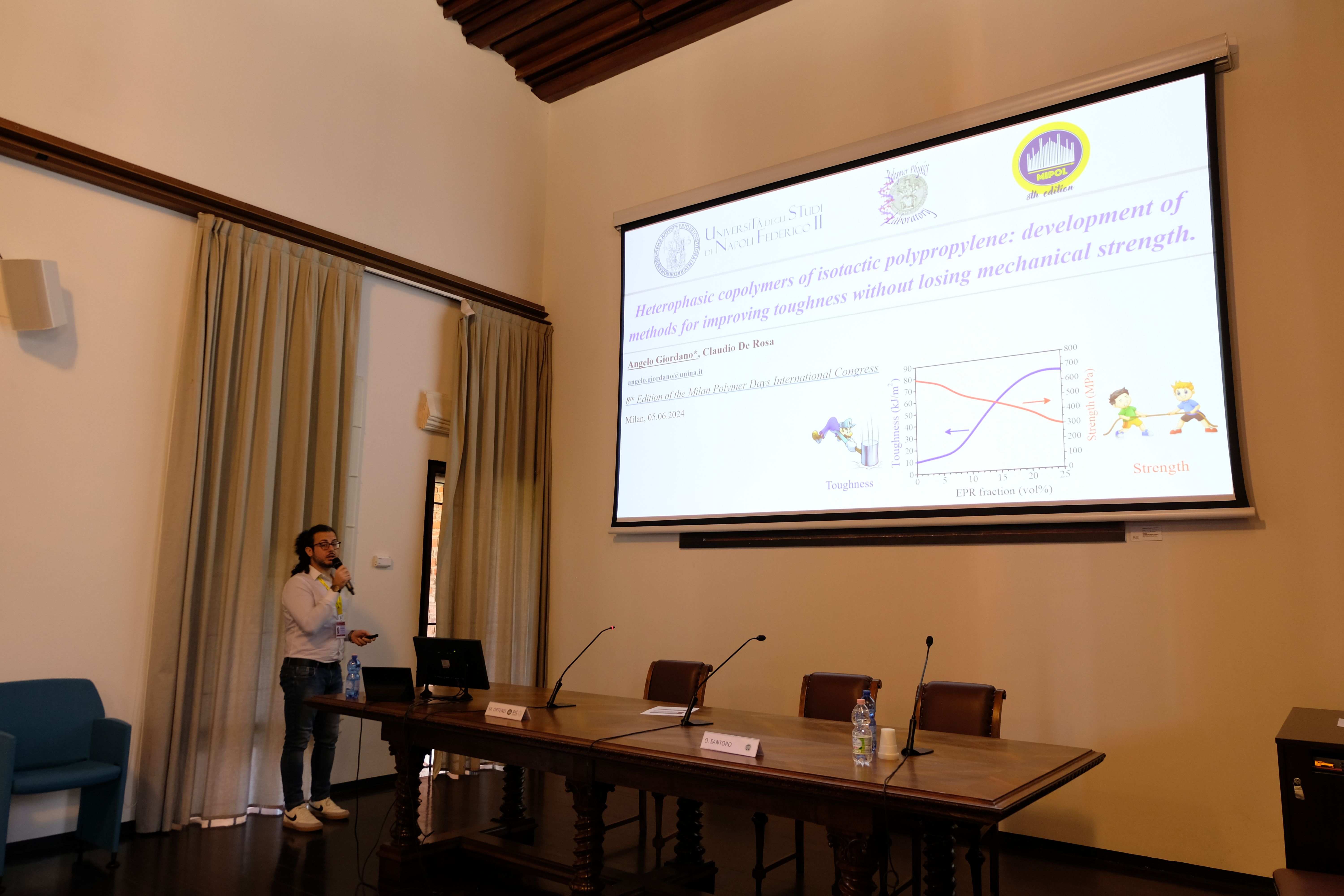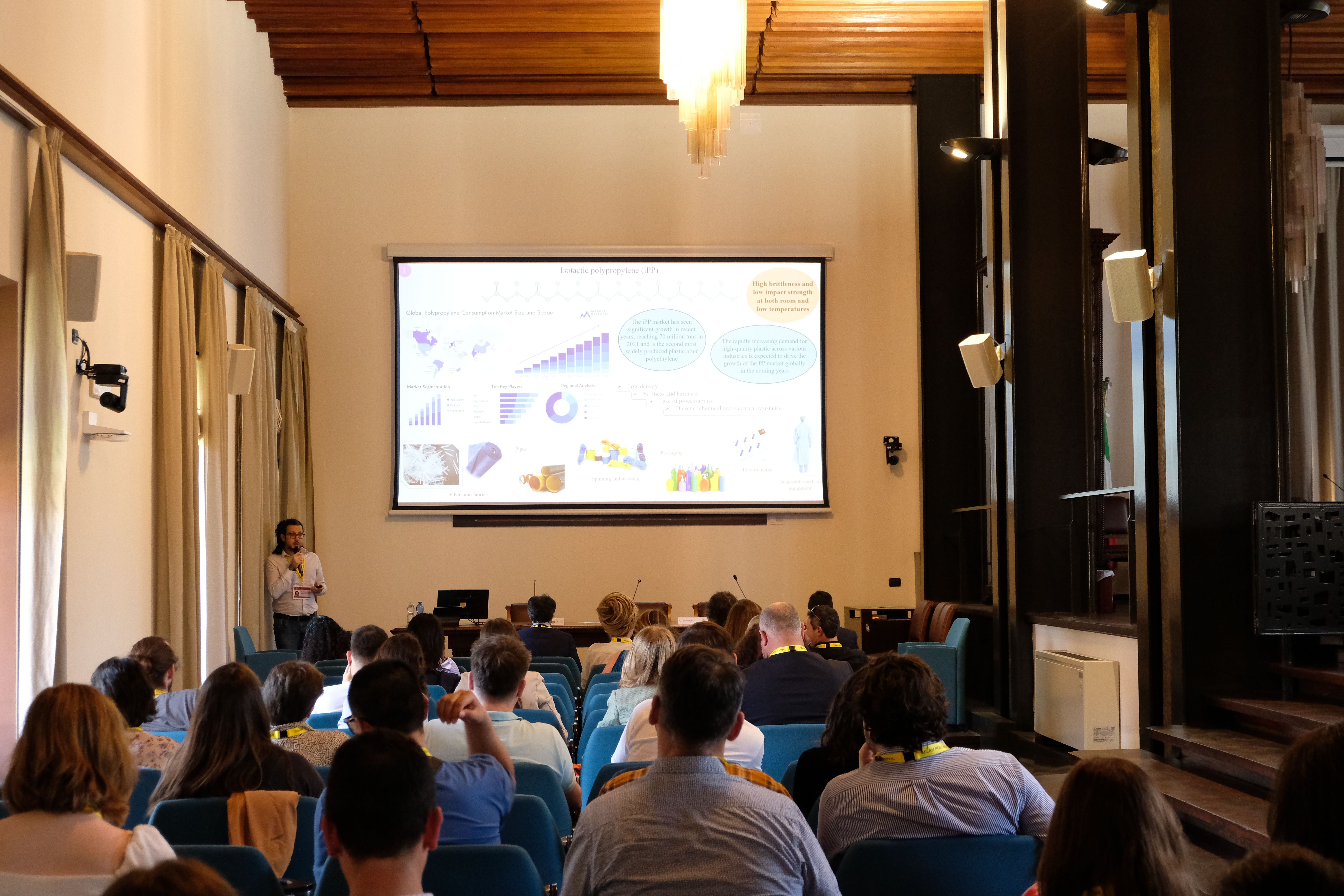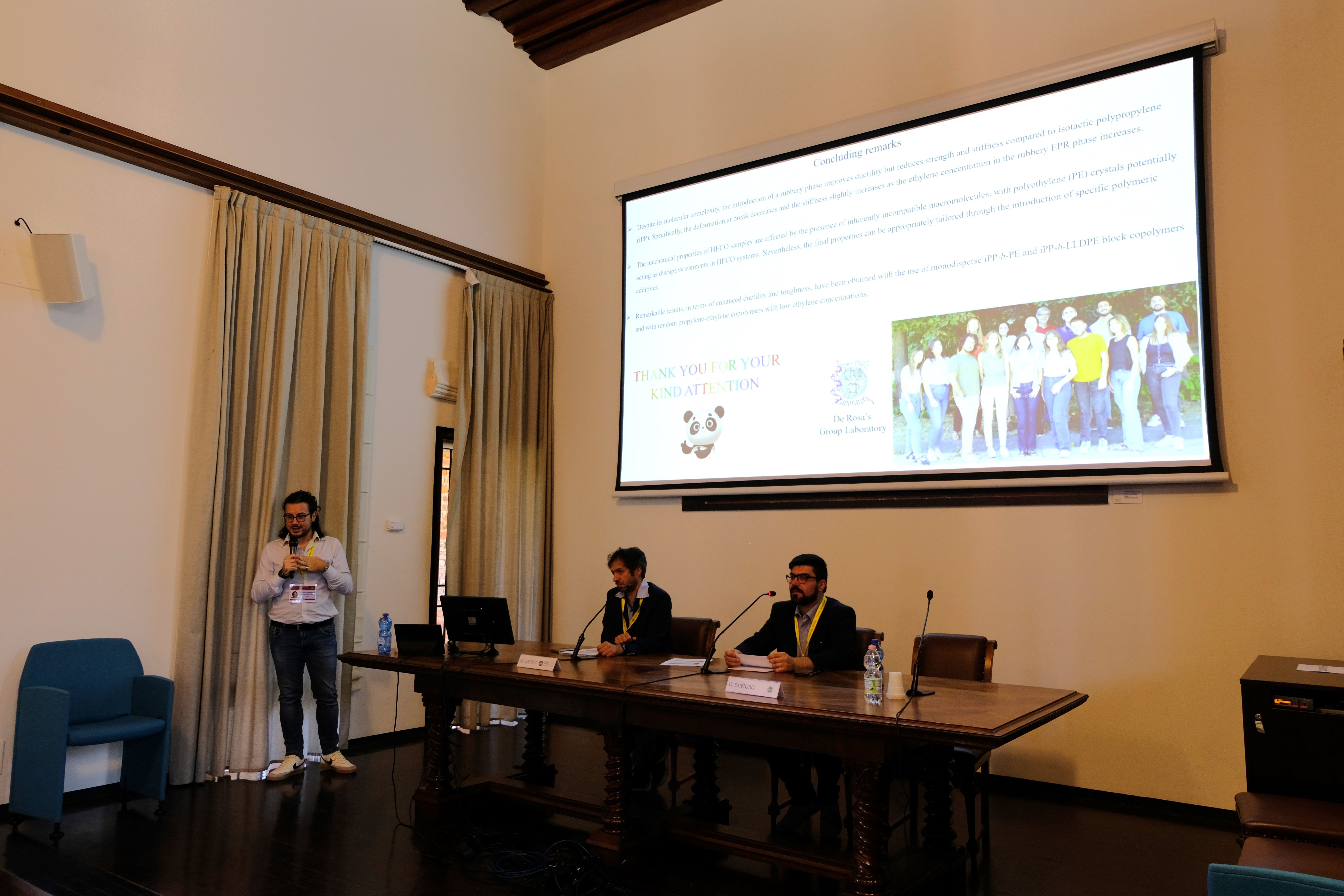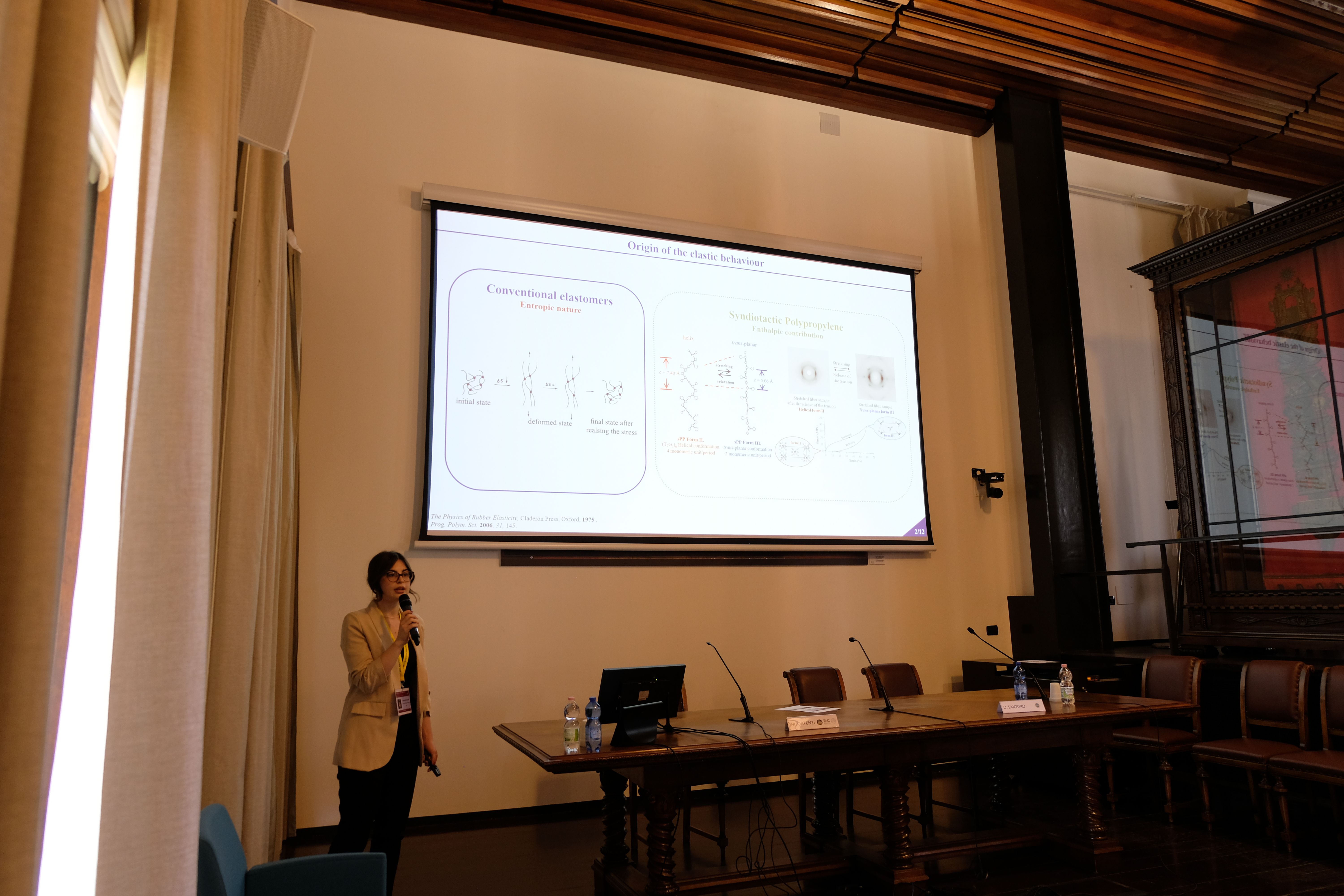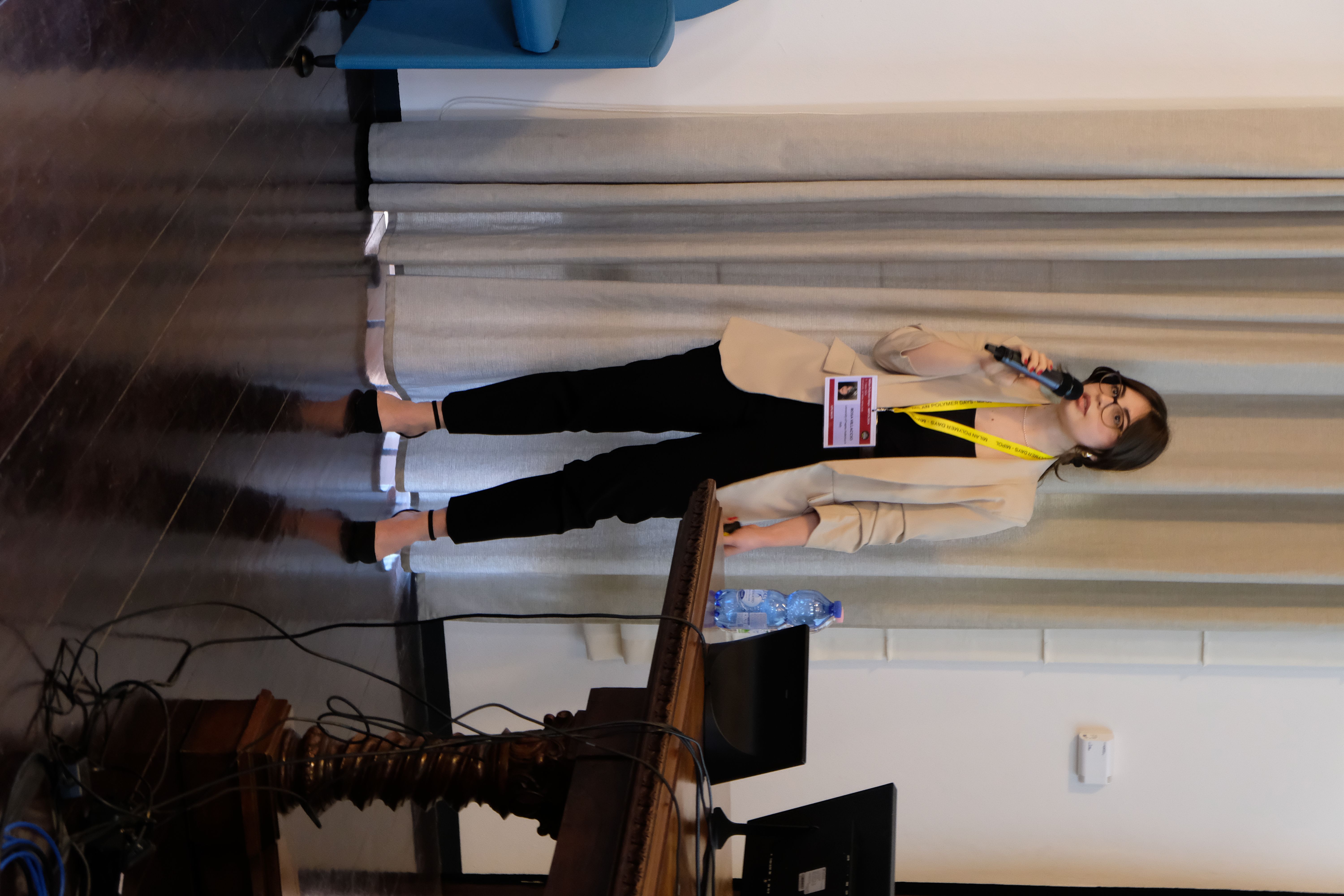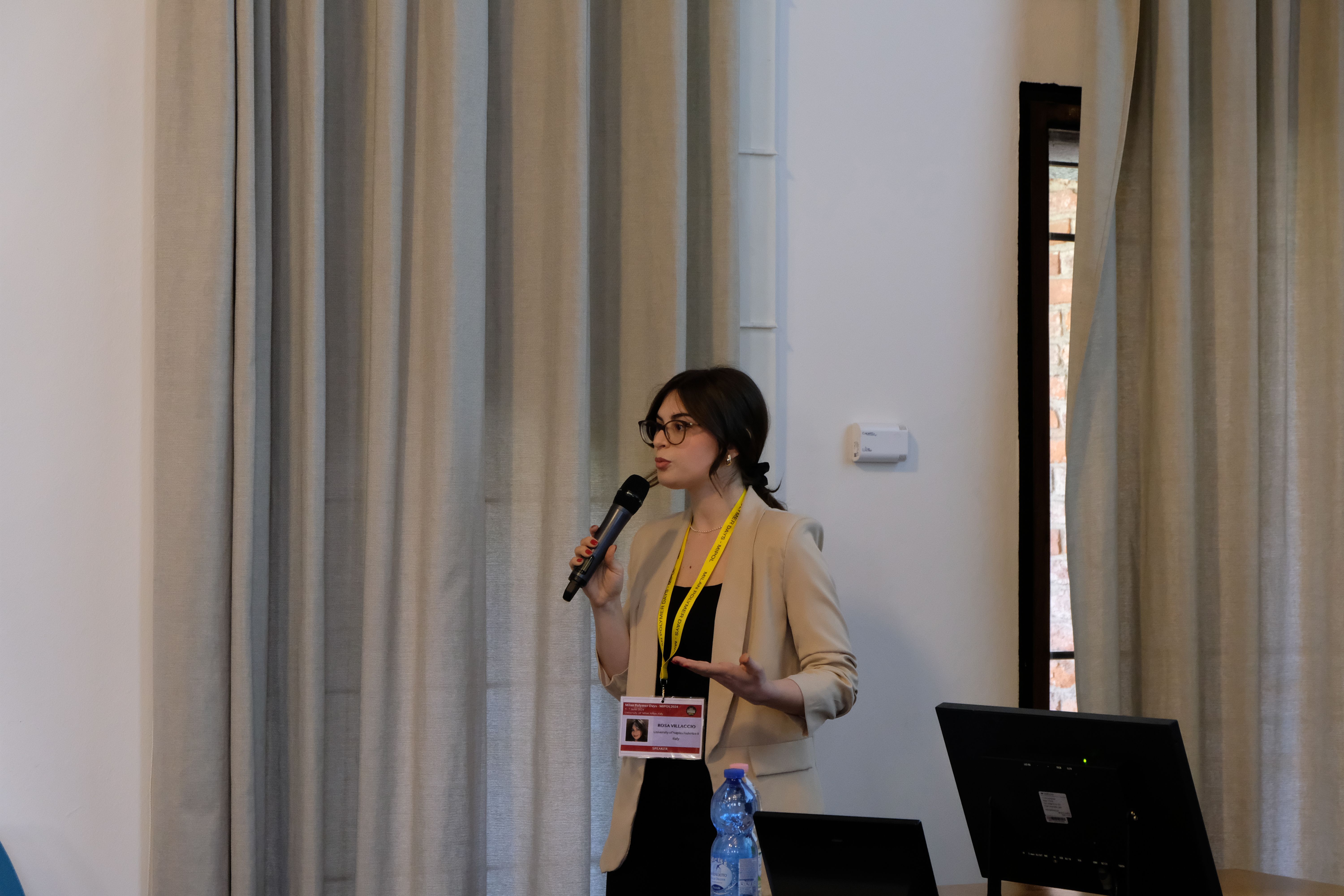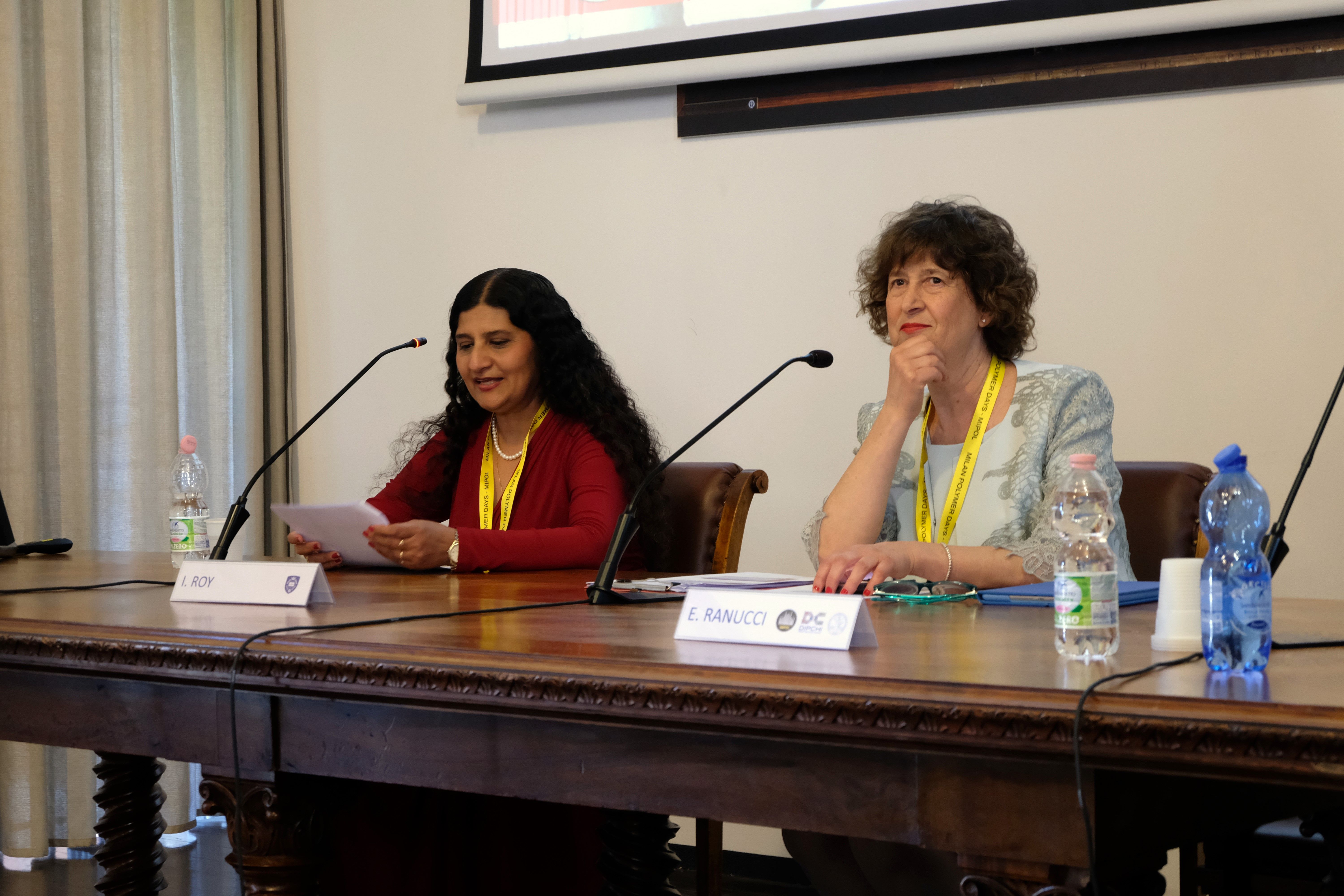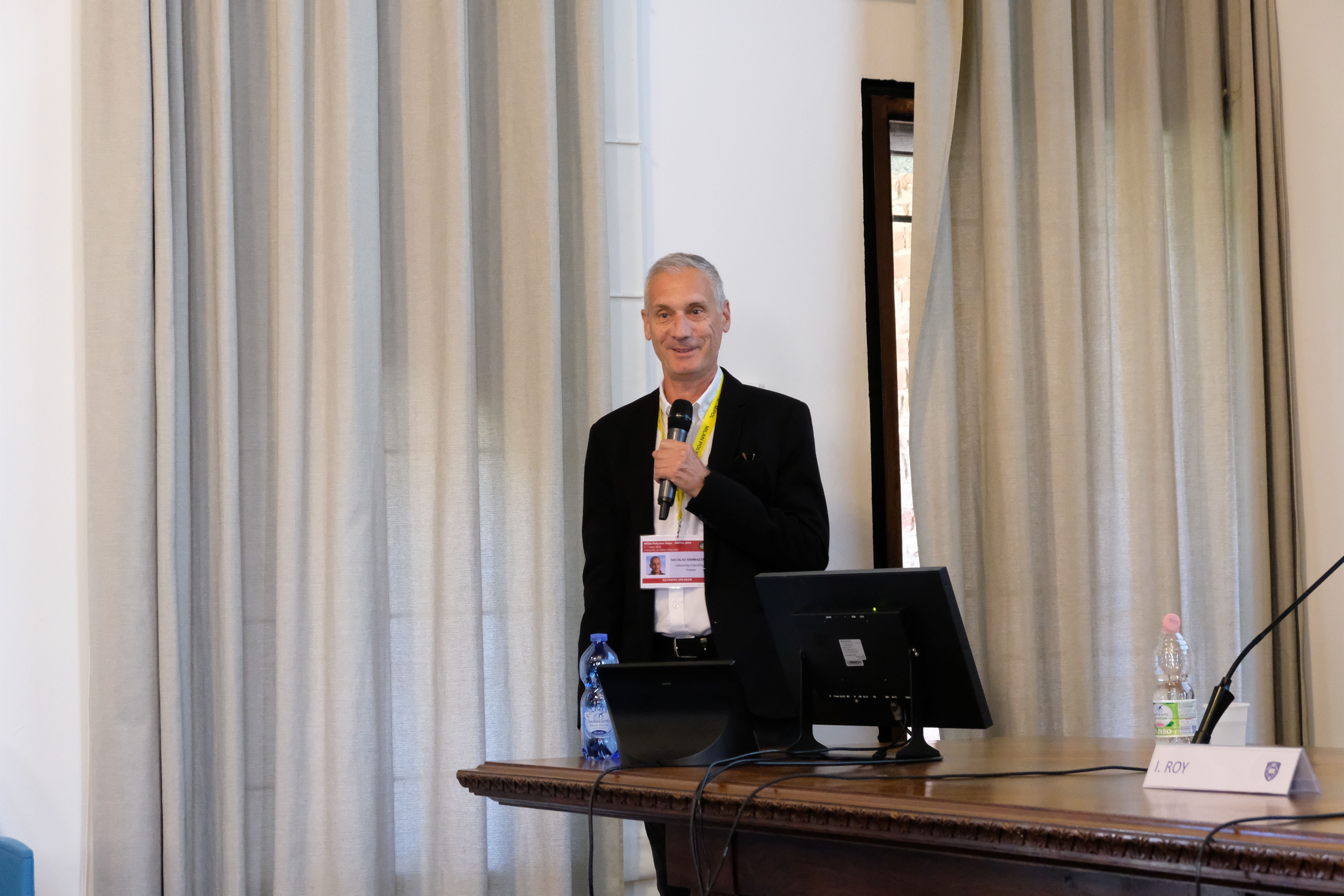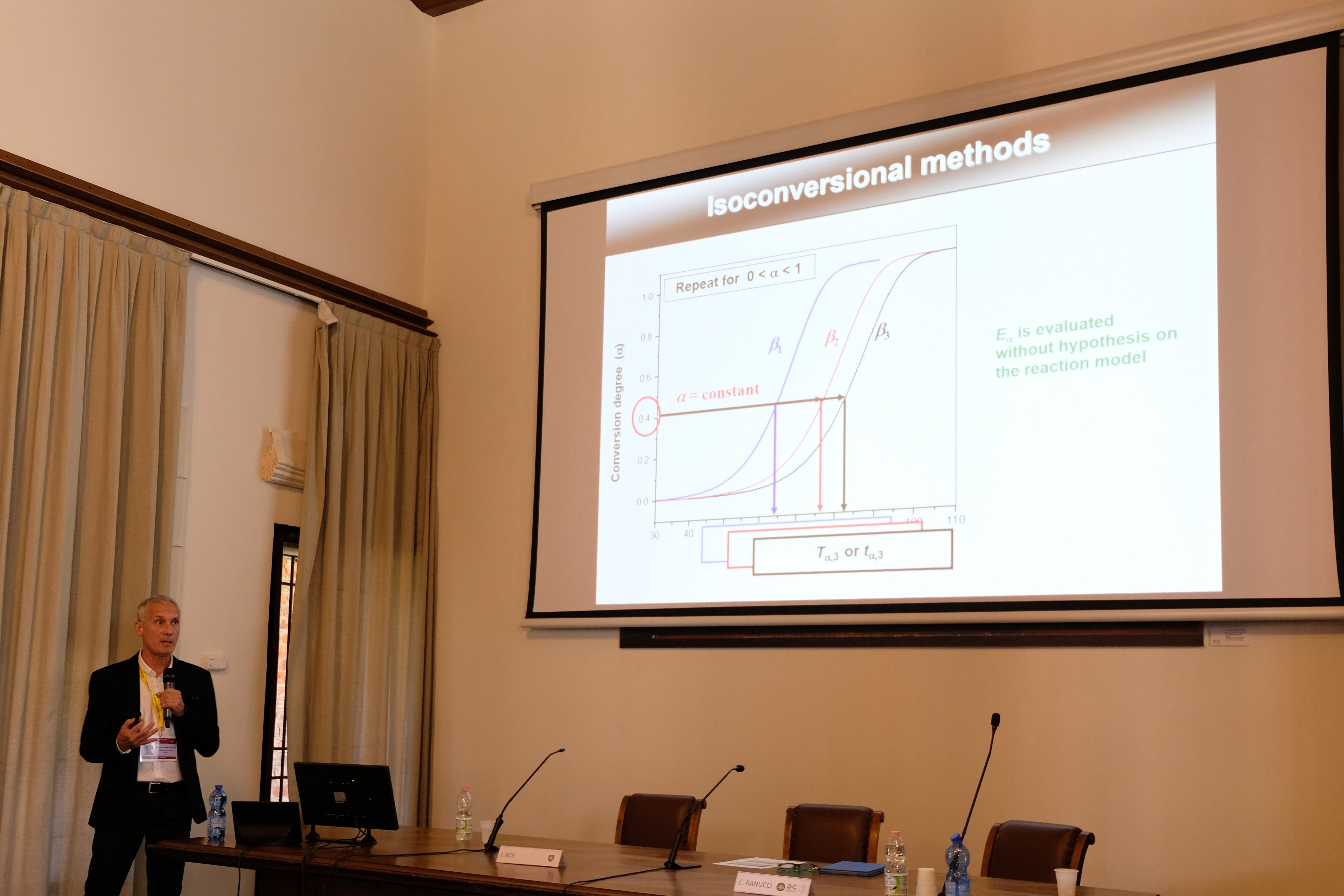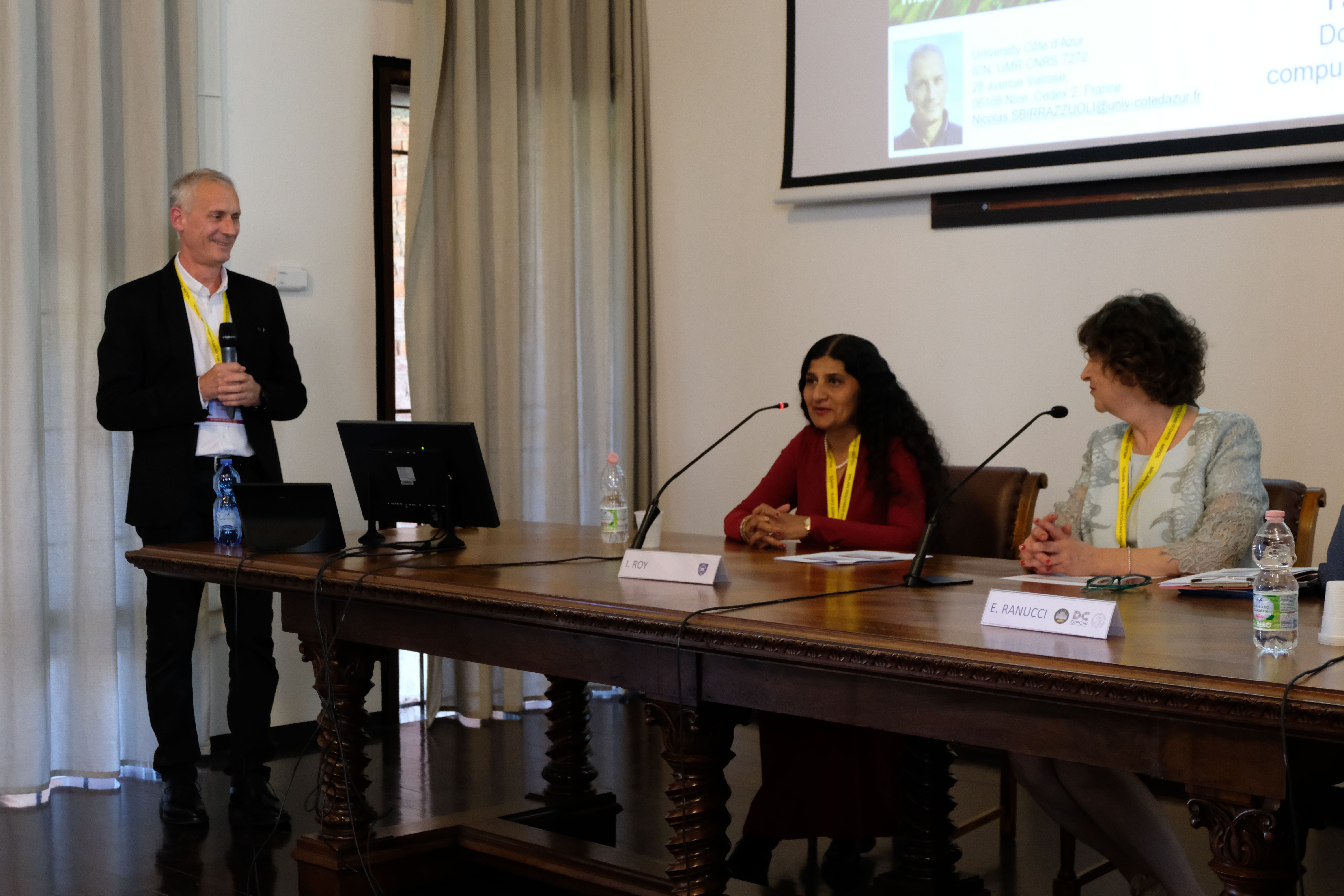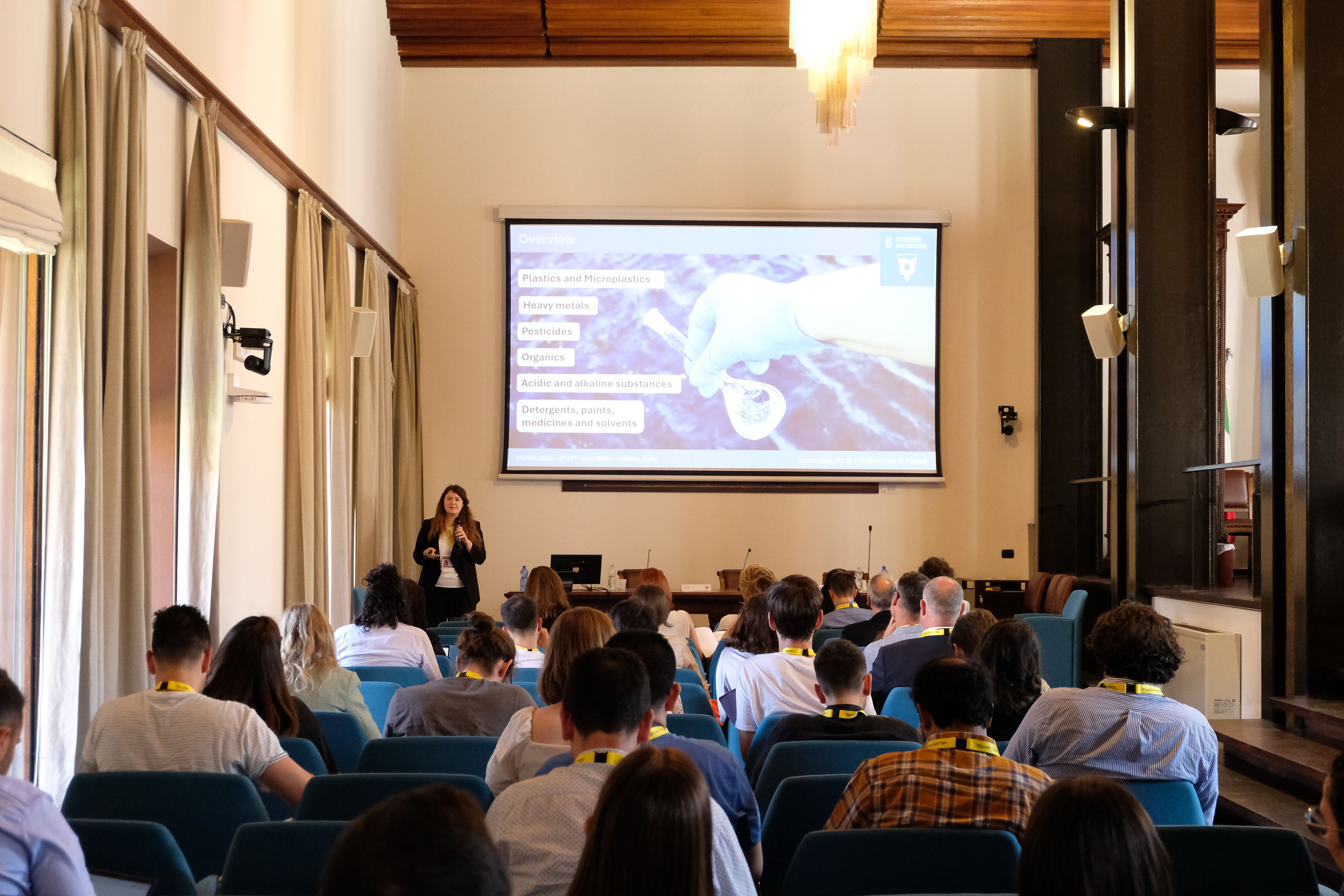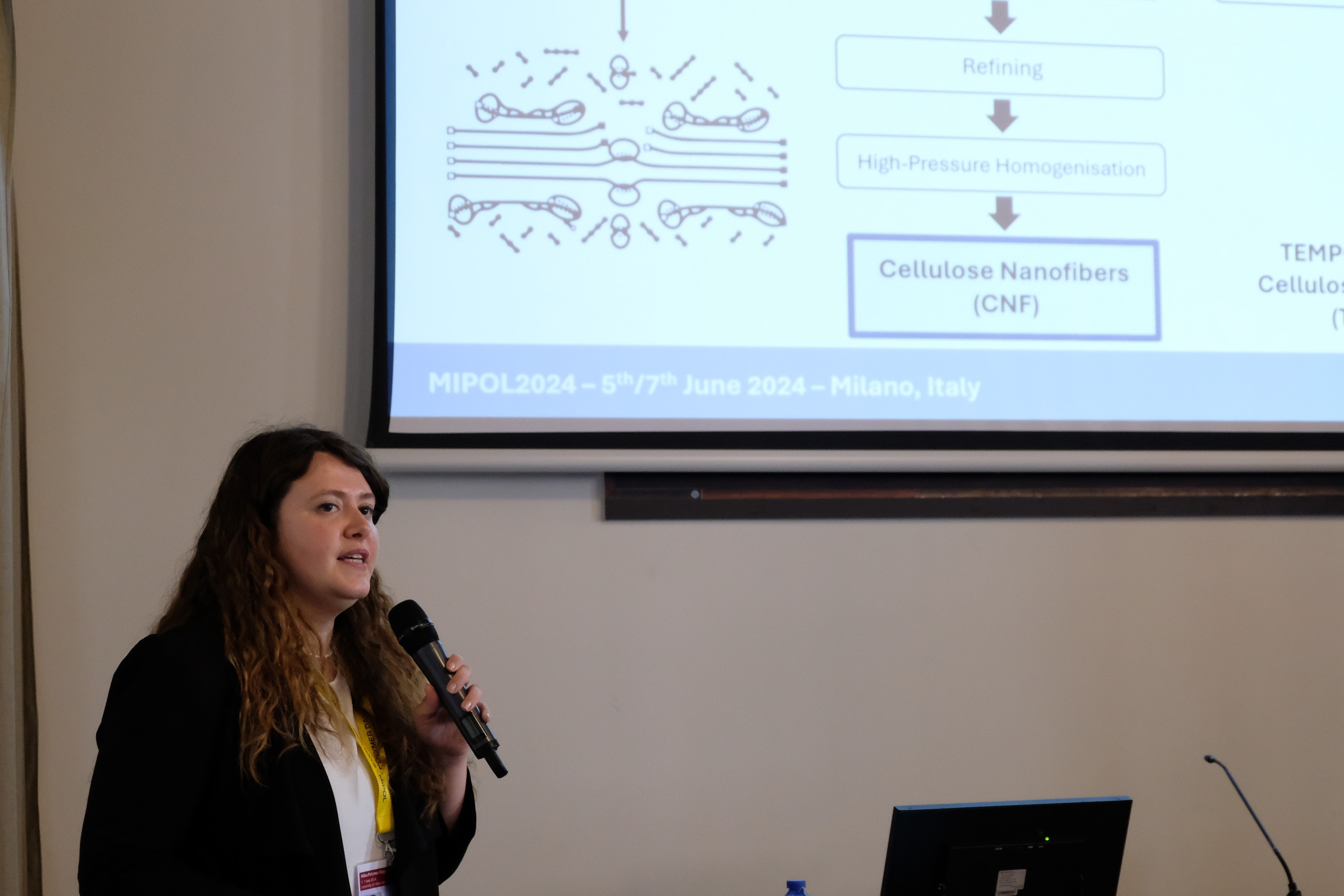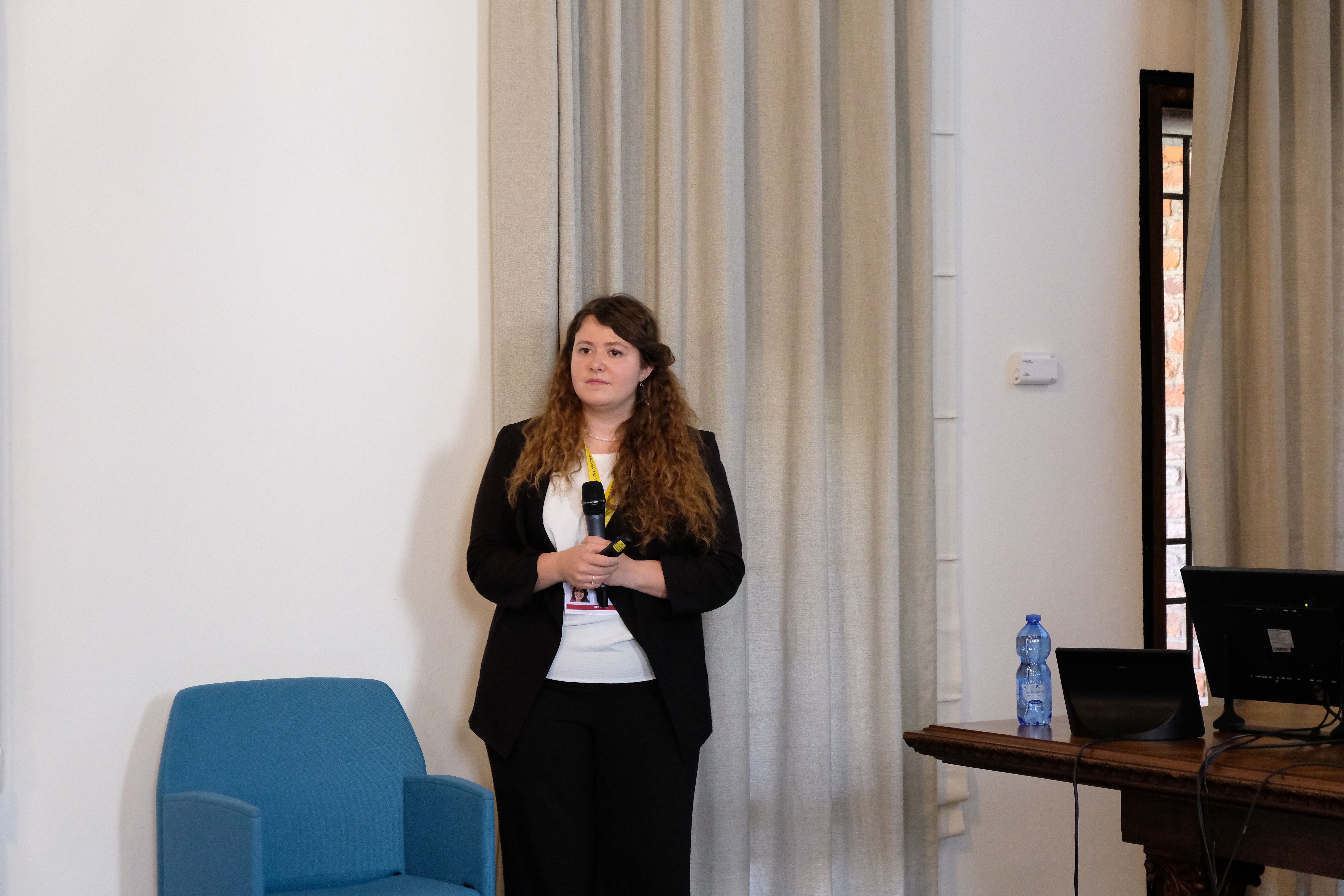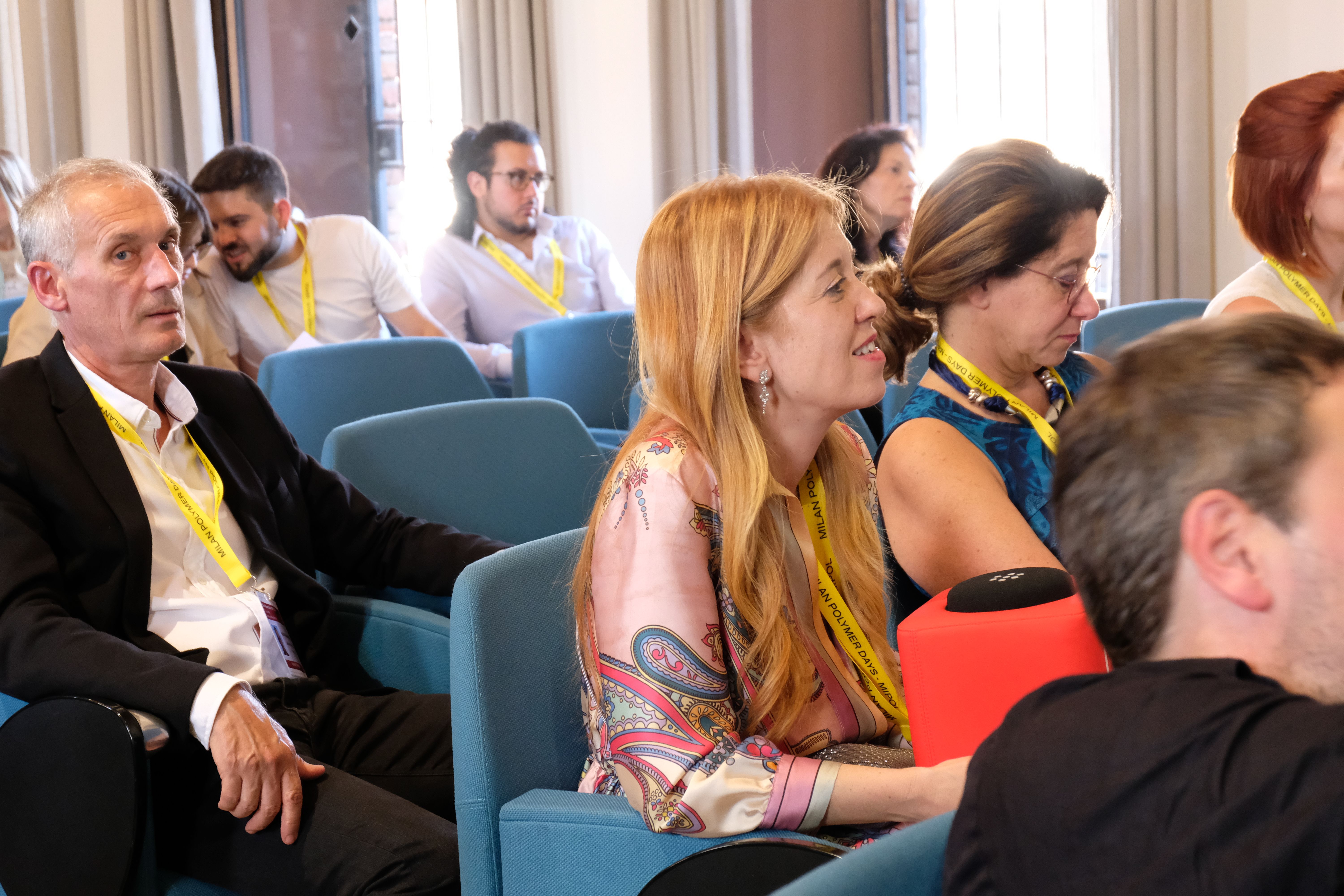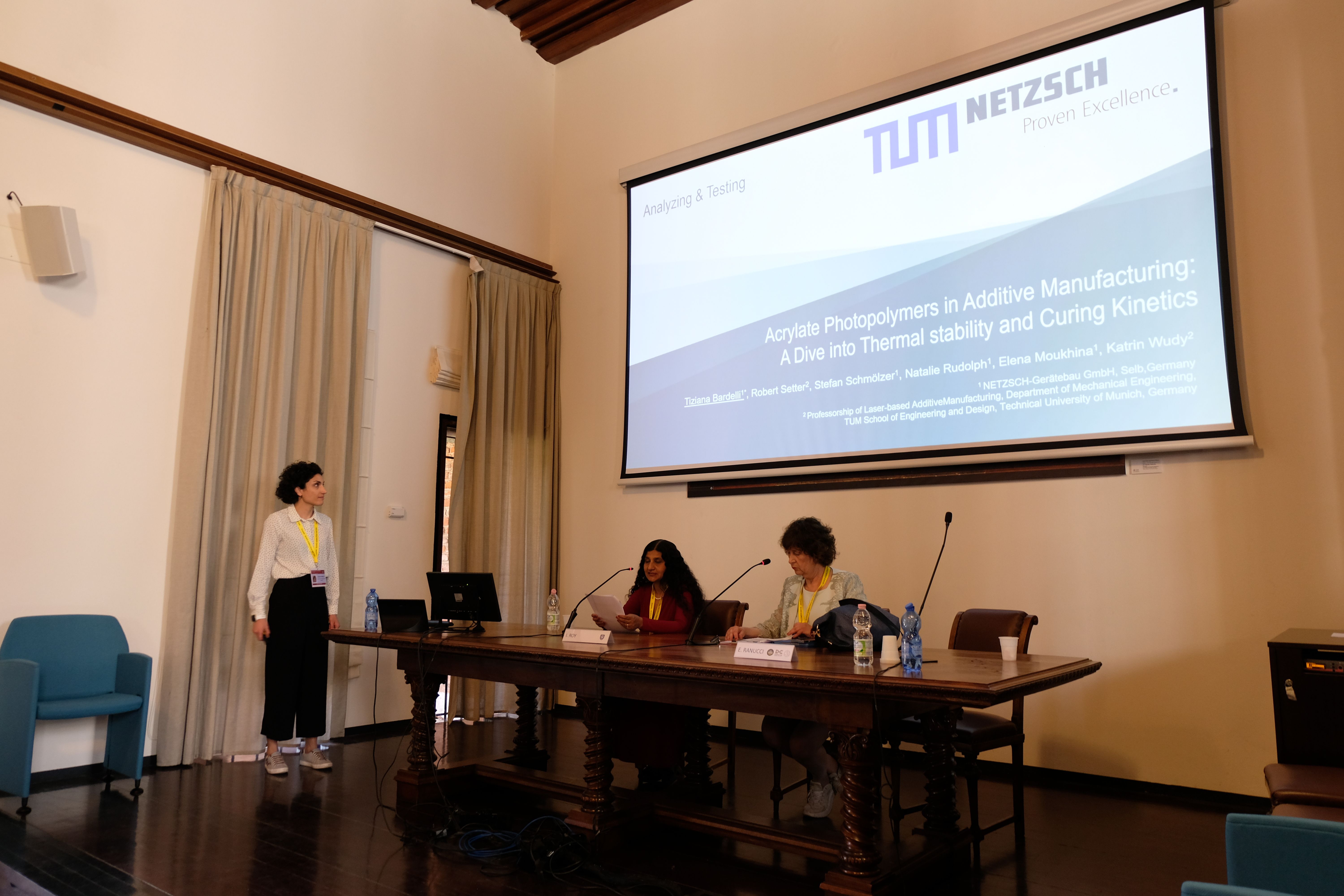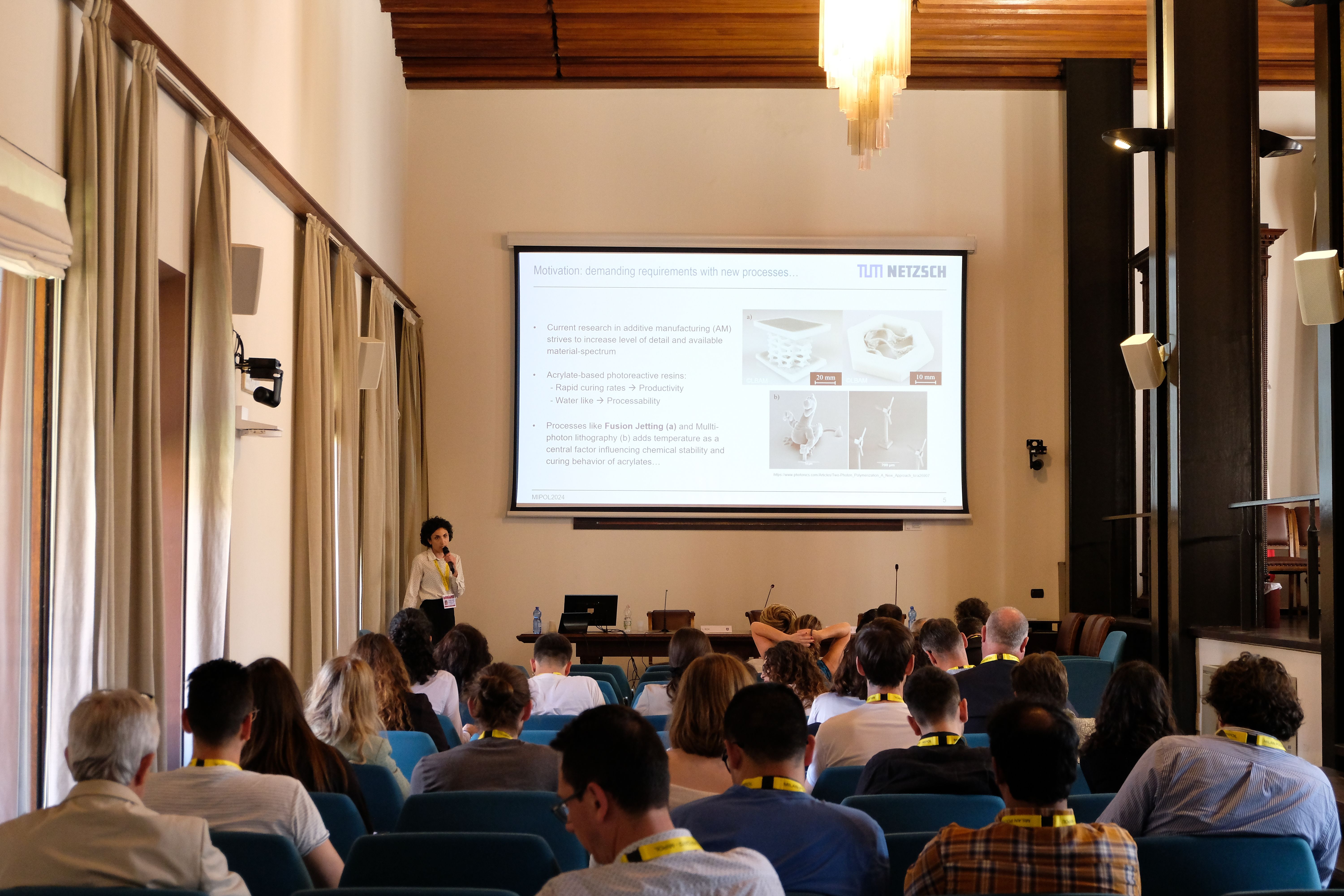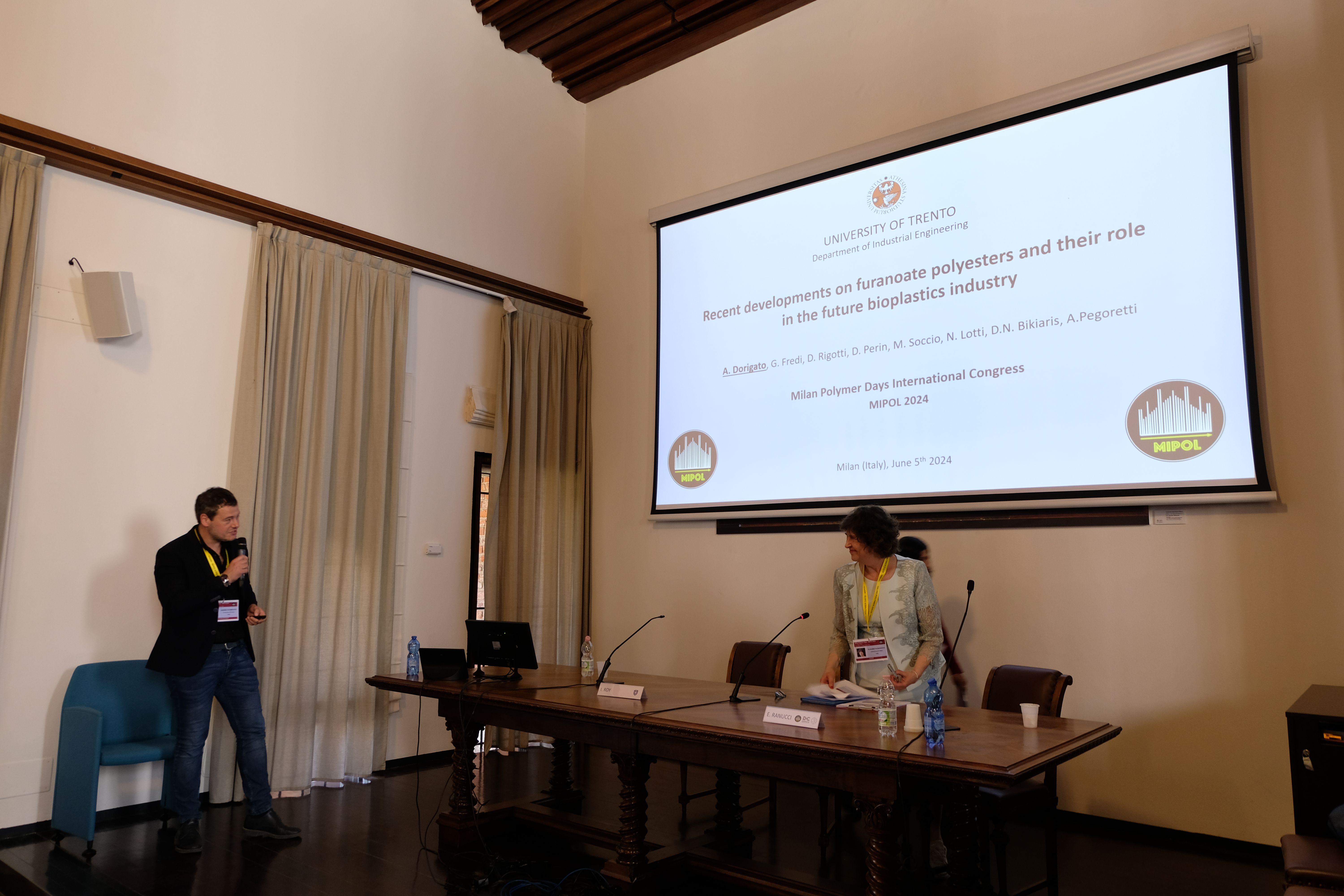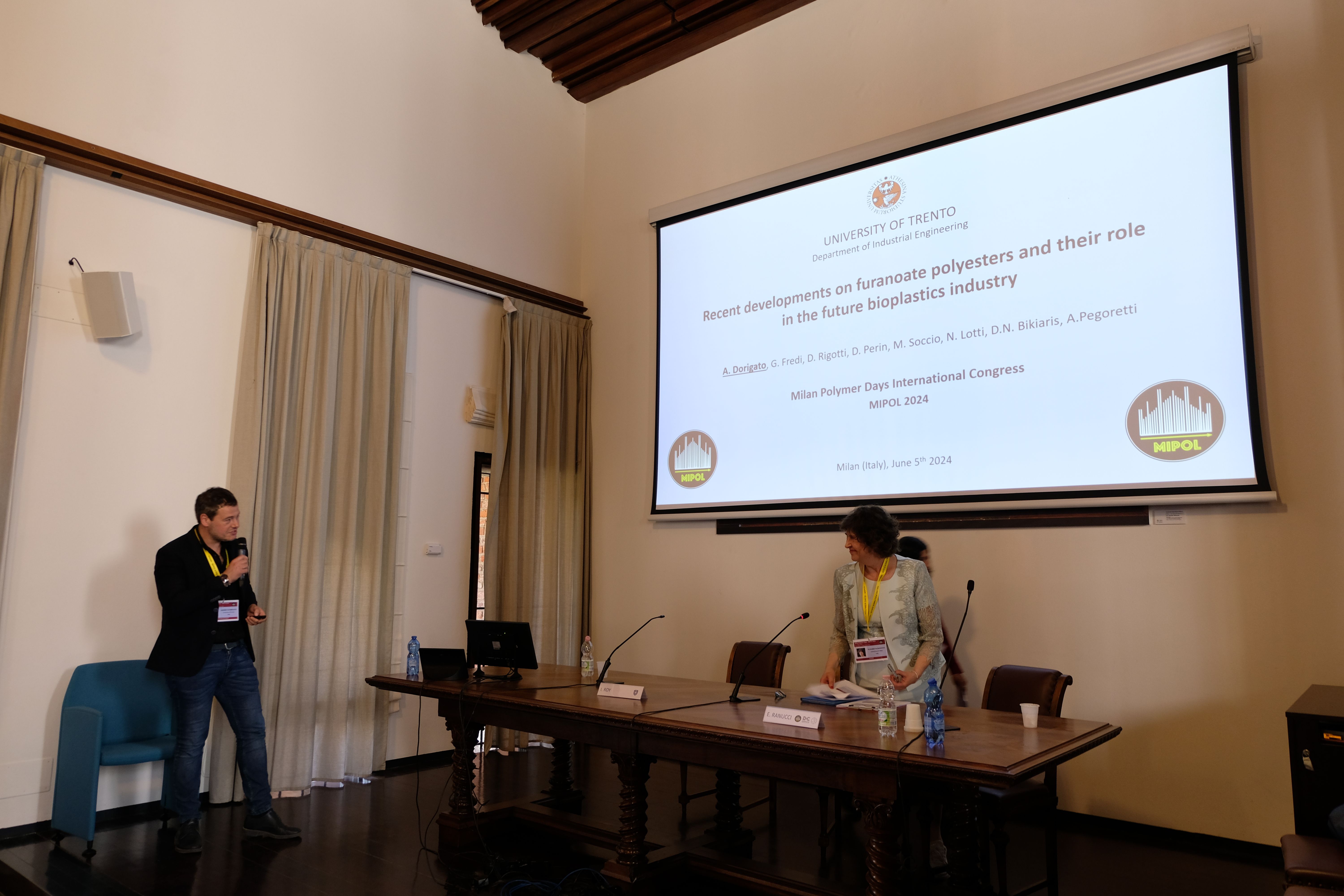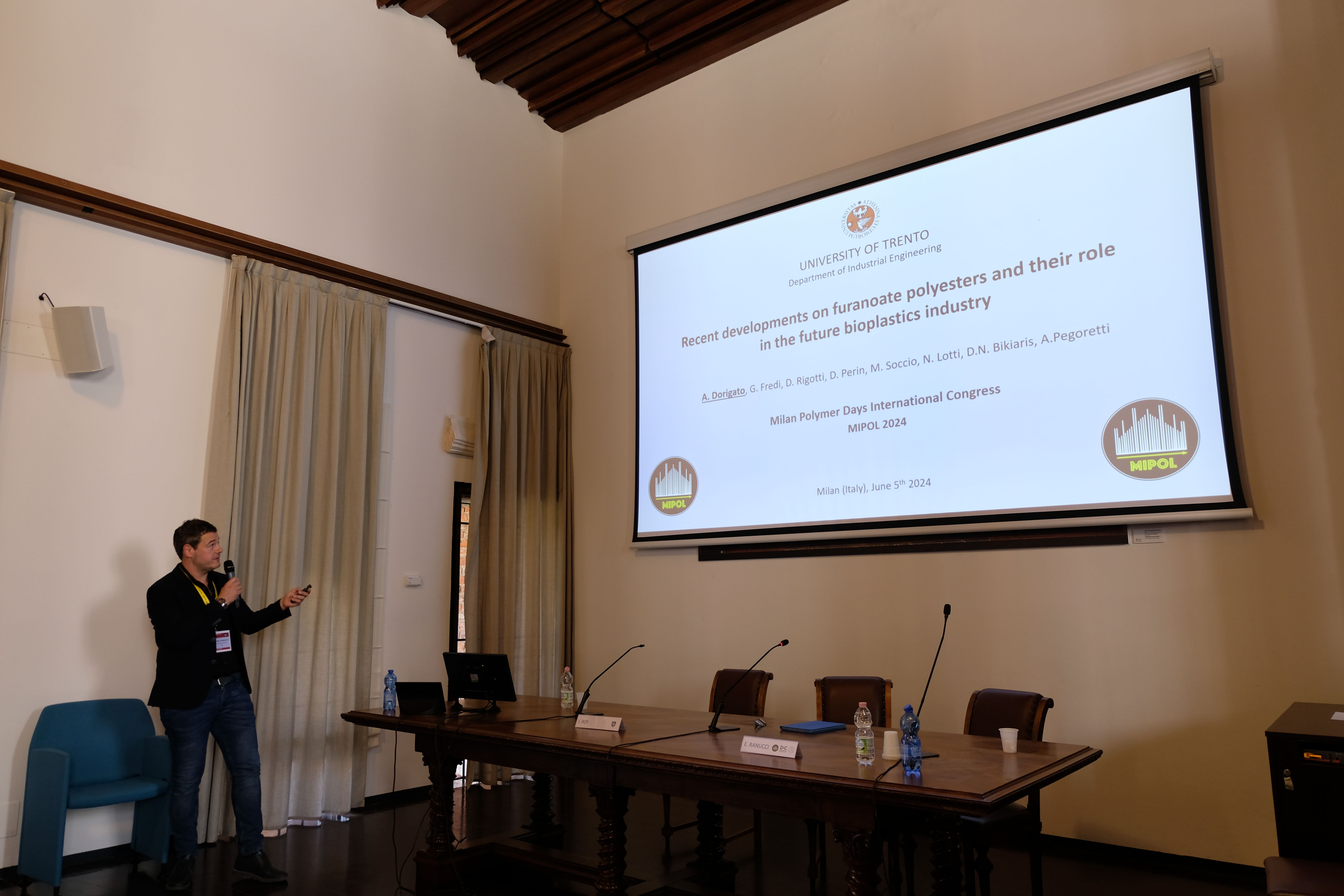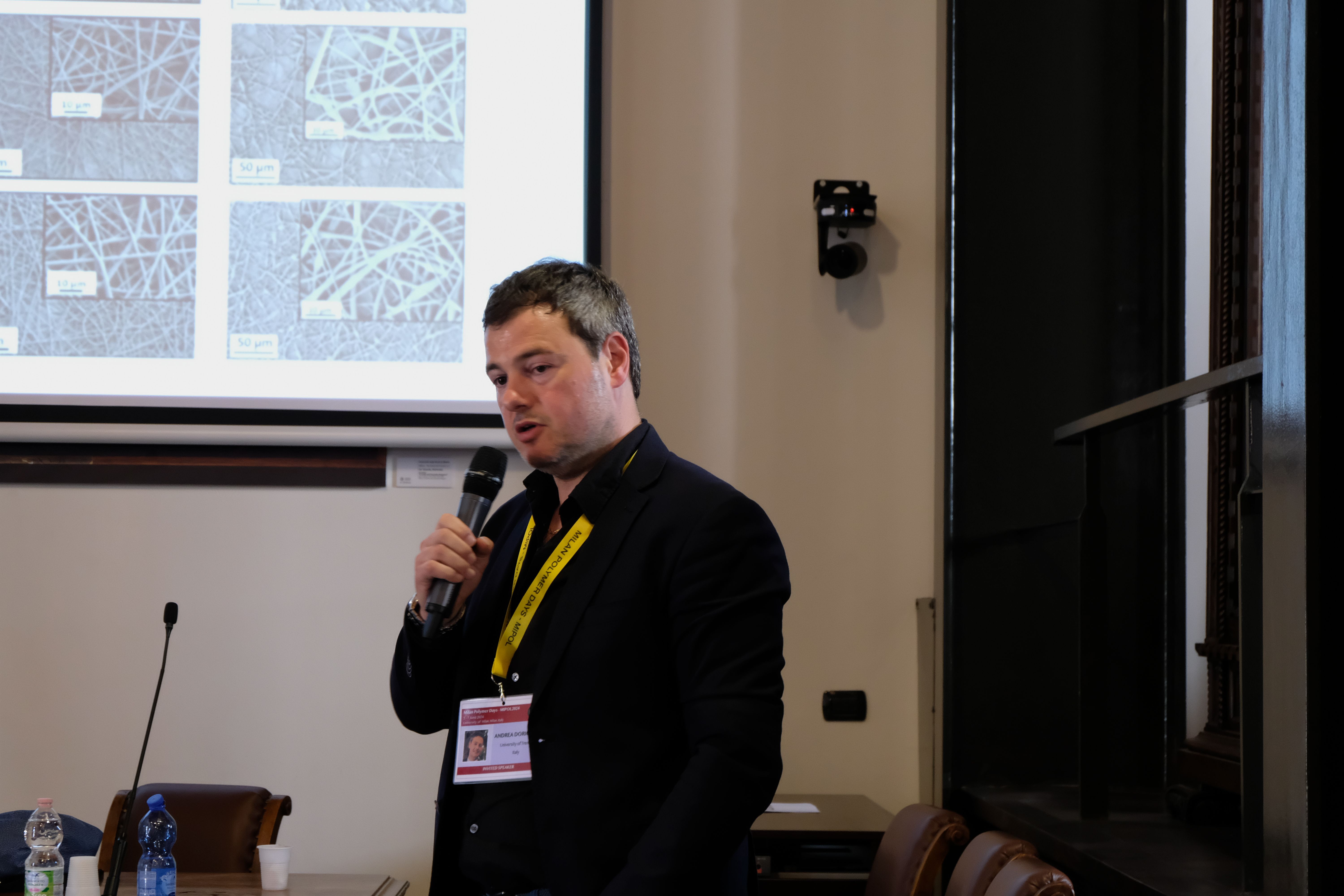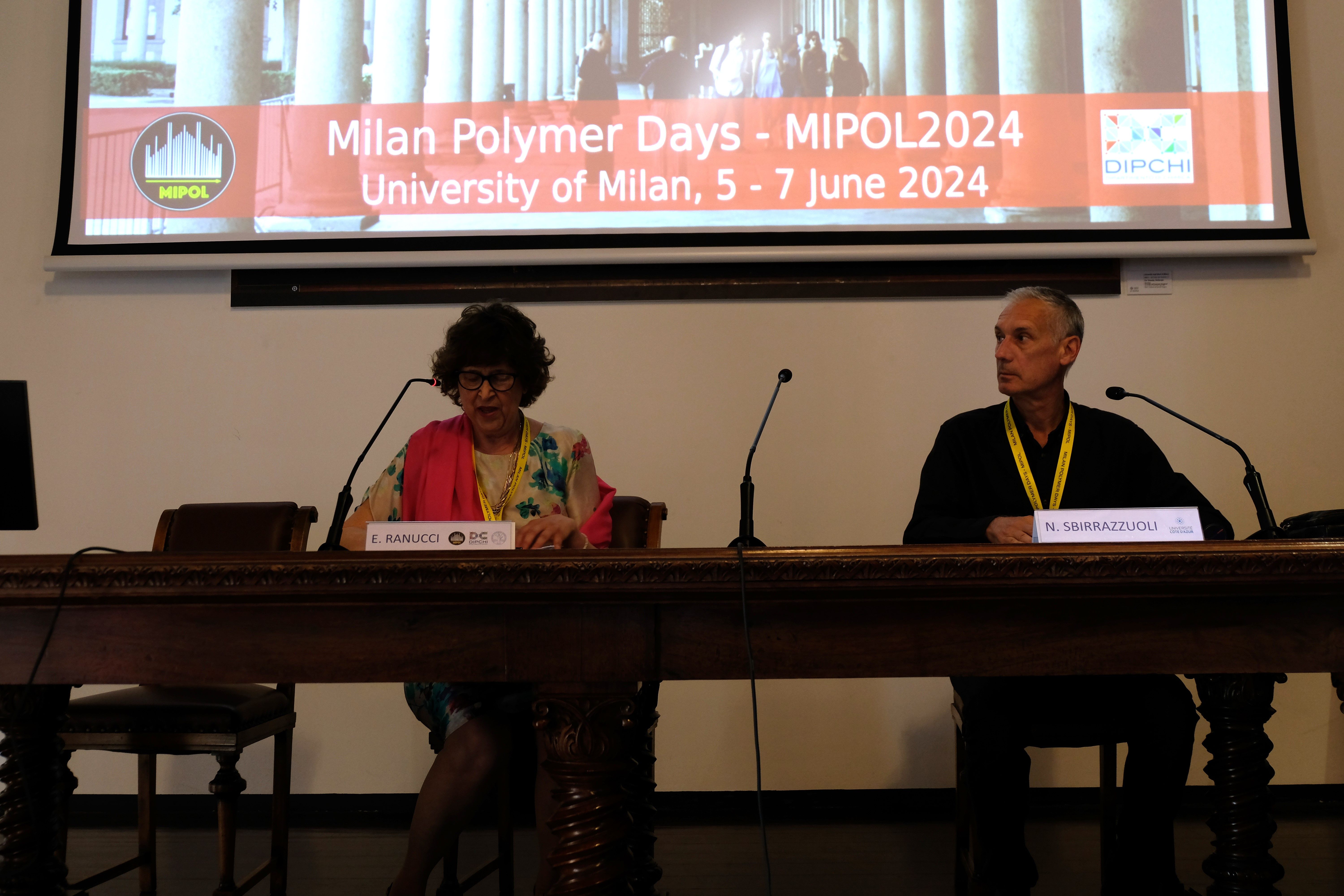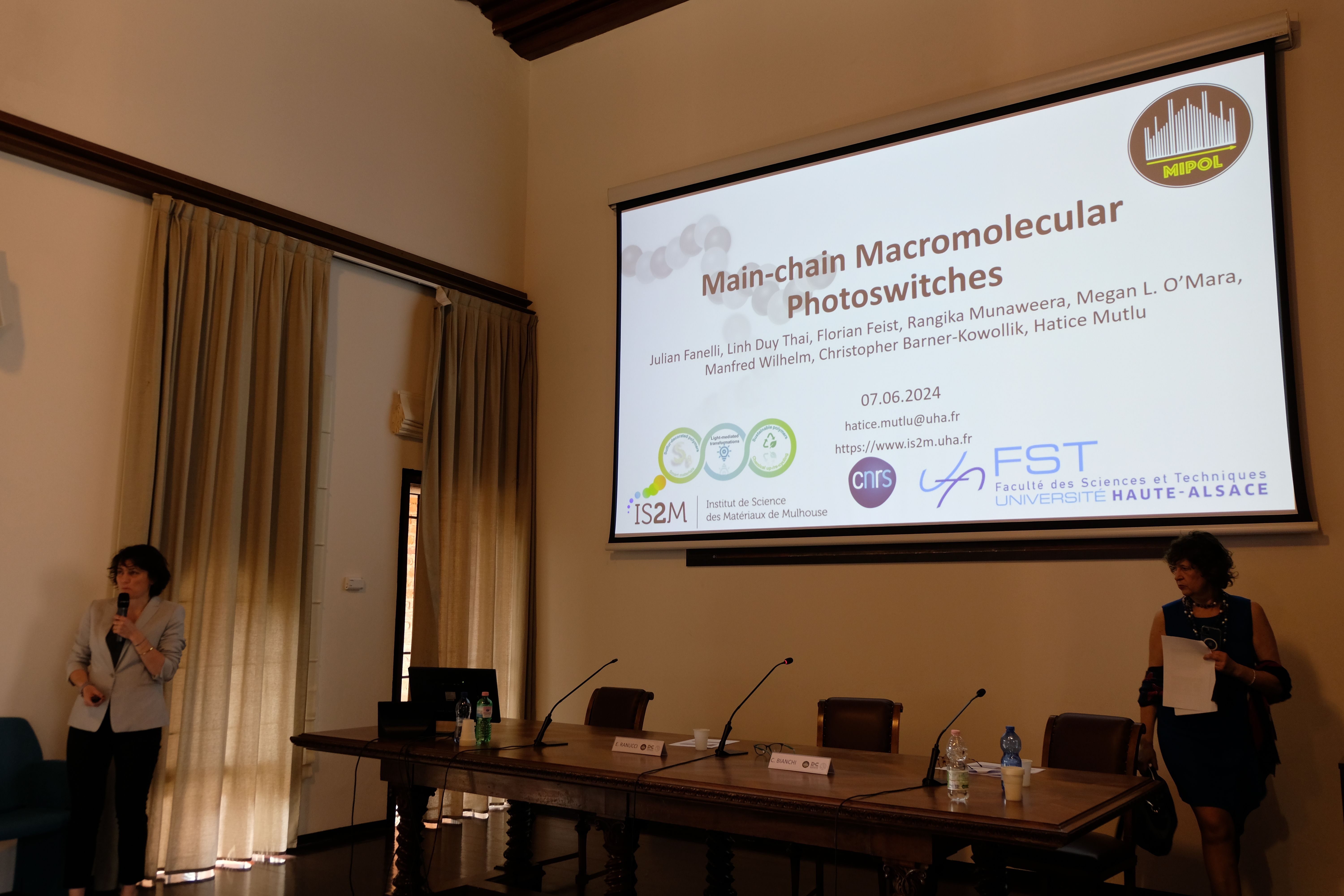Milan Polymer Days 2024

The 8th edition of the Milan Polymer Days international congress – MIPOL2024 has taken place from June 5th to June 7th , 2024 at the Ca’ Granda, the beautiful renaissance building hosting the University of Milan headquarter. The event has been held under the auspices of the University of Milan and of the Italian Chemical Society.
When we started eight years ago, we initially planned to organize a single technology day reserved for Italian colleagues. We could not have imagined that our event would grow so quickly and become so popular in the international polymer science community. This year we have hosted more than 90 participants from different European countries: Belgium, France, Germany, Greece, Poland, Spain and the United Kingdom, as well as Italy. We are honored that so many outstanding scientists have joined us from such distant regions to share experiences and ideas and work together on the exciting field of polymers.
During the three days of the congress, 54 oral scientific communications have been released, of which 3 keynotes, 21 invited lectures, 30 short oral communications, as well as 12 poster communications. The poster session has taken place on the first two days of the congress during the lunchtime. This rich communications program testifies the interest aroused by topics relating to the science of polymers and the liveliness of research in this discipline.
The keynote lectures have been held by leading personalities in the international scientific community:
“Computer aided process design: opportunities and challenges in polymer science and technology”, by Ilenia Rossetti, University of Milan, Italy. “Natural and sustainable polymers of bacterial origin and their biomedical applications”, by Ipsita Roy, University of Sheffield, UK. “Thermal and mechanical properties of furan based thermoplastics and biobased epoxy thermosets”, by Nicolas Sbirrazzuoli, University of Côte d’Azur, France. Many other important contributions were presented in the following areas:
Bioactive polymers, nanomedicine Bioplastics Green chemistry, synthesis of polymers from renewable sources; eco-compatibility assessment of polymers Life cycle assessment of polymers Crystallization of polymers Nanocomposites Water purification Polymeric biomaterials Polymeric flame retardants Polymer processing Synthesis of complex macromolecular architectures The proposed themes clearly indicate that the sustainability of polymers is nowadays a hot topic. Polymer scientists must indeed face the challenge of continuing to improve the functional properties of polymers while addressing the issue of sustainability.
On the first congress day, June 5th, we have invited participants to take part in a social event, an Apericena, that is, aperitif and buffet. The location was the Cafè & Restaurant Piccolo Teatro Grassi, located in Milano downtown. We have reached this location walking together and enjoying the beauty of Milan.
One of the aims of the Milan Polymer Days events is to valorize the participation of young scientists, to help boost their careers. As in all previous editions, we have organized a Best Poster Award competition for Young Scientists. The international award committee was made up of Professor Paweł Chmielarz, Rzeszow University of Technology, Poland, and Doctor Monika Dobrzynska-Mizera, Poznan University of Technology, Poland.
Two prizes were awarded for the following communications:
“Carbon dots as photocatalysts in photoinitiating systems for photopolymerization processes in 3D printing application” by Agnieszka Sysło, Ph.D. candidate at the Cracow University of Technology, Poland;
“Toughening effect of 2,5-furandicaboxylate polyesters on polylactide-based compatibilized renewable fibers”, by Edoardo Zonta, Ph.D. candidate in Industrial Engineering at the University of Trento, Italy.
We have also prized the winner of the Mario Malinconico award for the best master’s degree thesis in polymer science, namely Chiara Strigini, University of Milan, Italy, who has presented the results of her research during the last oral session. The title of her communication has been: “Synthesis and study of bio-based polymers as compatibilizers for potato peel-polybutylene succinate blends”.
This year's novelty is that, to satisfy the requests of participation of Young Scientists, we have organized the MIPOL YOUNG Symposium, consisting in a rich program of sessions specifically dedicated to the short oral communications by Young Scientists. The MIPOL YOUNG Symposium has given them a unique opportunity to interact with an international audience. The symposium has been chaired by Dr. Ermelinda Falletta and Dr. Stefano Gazzotti.
Special prizes have been awarded for the two best oral communications, namely:
“Reduction of heat release in unsaturated polyester resin-based thermosets: exploring the effect of in-situ grown SiO 2 nanoparticles for a transparent composite” by Arvindh Sekar, Swiss Federal Laboratories for Materials Science and Technology, Switzerland;
“Heterophasic copolymers of isotactic polypropylene: development of methods for improving toughness without losing mechanical strength” by Angelo Giordano, University of Naples Federico II, Italy.
In her final speech, the congress chair, Professor Elisabetta Ranucci, has announced that the 9 th edition of the Milan Polymer Days congress, MIPOL2025, will be held from 17 to 20 June 2025 at Ca' Granda - University of Milan. We look forward to continuing this exciting experience and hosting many more brilliant scientists willing to share their knowledge in polymer science with us.
Partecipants
Congress Chairs

Jenny Alongi
University of Milan, Italy

Paolo Ferruti
University of Milan, Italy

Elisabetta Ranucci
University of Milan, Italy
Scientific Committee

Ann-Christine Albertsson
Royal Institute of Technology, Sweden
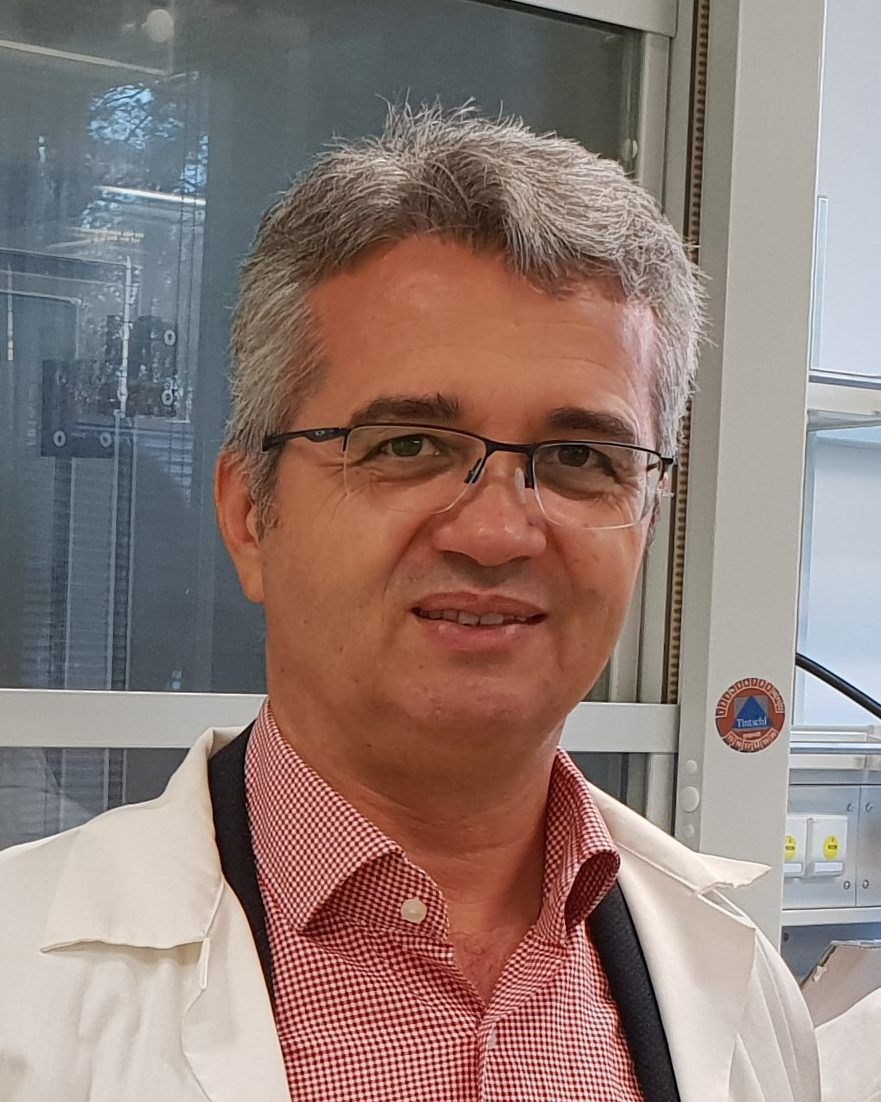
Dimitrios Bikiaris
Aristotle University of Thessaloniki, Greece

Stéphan Bruzaud
Bretagne Sud University, Lorien, France

Daniele Cangialosi
Spanish National Research Council (CSIC), San Sebastián, Spain

Federico Carosio
Polytechnic University of Turin, Italy

Alessandro Caselli
University of Milan, Italy

Pawel Chmielarz
Rzeszow University of Technology, Poland

Dagmar D'Hooge
University of Ghent, Belgium

Maria Laura Di Lorenzo
Italian National Research Council (CNR-IPCB), Pozzuoli, Italy

Monika Dobrzynska-Mizera
Poznan University of Technology, Poland

Andrea Dorigato
University of Trento, Italy

Ermelinda Falletta
University of Milan, Italy
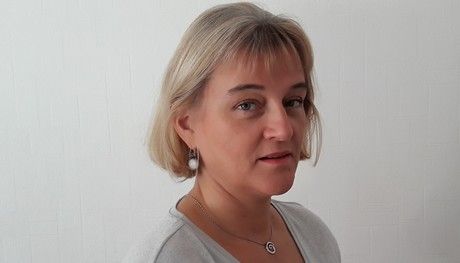
Sophie Guillaume
CNRS - University of Rennes 1, France

Nicolò Mauro
University of Palermo, Italy

Hatice Mutlu
Haute-Alsace University, France

Anaïs Pitto-Barry
Paris-Saclay University, France

Orlando Santoro
University of Insubria, Italy
Organizing Committee
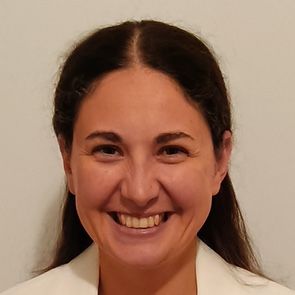
Silvia Cauteruccio
University of Milan, Italy

Ermelinda Falletta
University of Milan, Italy

Stefano Gazzotti
University of Milan, Italy

Sofia Treccani
University of Milan, Italy
Keynote Speakers

Ilenia Rossetti
University of MIlan, Italy
Computer aided process design: opportunities and challenges in polymer science and technology

Ipsita Roy
University of Sheffield, UK
Natural and sustainable polymers of bacterial origin and their biomedical applications

Nicolas Sbirrazzuoli
University Côte d’Azur, France
Thermal and mechanical properties of furan based thermoplastics and biobased epoxy thermosets
Invited Speakers

Tiziana Bardelli
NETZSCH-Gerätebau GmbH, Germany
Acrylate photopolymers in additive manufacturing: a dive into thermal stability and curing kinetics

Fabienne Barroso-Bujans
Donostia International Physics Center, Spain
Constructing cyclic polymers for potential biomedical applications

Claudia Bianchi
University of Milan, Italy
Green choices from the lab bench: eco-design and LCA in (polymer) chemistry

Federico Carosio
Polytechnic University of Turin, Italy
Green, mechanically strong and fire safe materials from layer-by-layer coated natural fibers

Roberta Cavalli
University of Turin, Italy
Albumin: a natural polymer exploited for the effective delivery of drugs

Dagmar D'Hooge
University of Ghent, Belgium
Molecular scale driven design for polymer recycling: the impact of distributed properties

Stefano Del Buffa
Alfatest s.r.l., Italy
Thermal analysis and dynamic-mechanical characterization of bio-polymer films

Maria Laura Di Lorenzo
Italian National Research Council (CNR-IPCB), Pozzuoli, Italy
Optimization of polymer melting in fused filament fabrication

Monika Dobrzynska-Mizera
Poznan University of Technology, Poland
Thermosensitive hydrogel doped with osteoinductive fillers: from synthesis to medical application

Andrea Dorigato
University of Trento, Italy
Recent developments on furanoate polyesters and their role in the future bioplastics industry

Emmanouil Glynos
University of Crete, Greece
Designing high performance single-ion nanostructured polymer electrolytes at the molecular scale for energy storage

Sami Halila
CNRS, Université Grenoble Alpes, France
Synthesis, self-assembly and applications of glyco-amphiphiles

Fabrice Mathevet
CNRS, Sorbonne University, France
Donor-acceptor semiconducting macromolecular architectures for optoelectronic applications

Nicolò Mauro
University of Palermo, Italy
Microporous poly(D,L-lactide) acid-carbon nanodots nanocomposite scaffolds with multicolor emission for image-guided bone regeneration


Marco Aldo Ortenzi
University of Milan, Italy
Upgrading the household plastic waste: the case of PET and plasmix

Joanna Ortyl
Cracow University of Technology, Poland
Harnessing light to create functional, three-dimensional polymeric materials: multitasking initiation systems as the critical key to success

Daniel Portinha
INSA Lyon, France
Chemical strategies to favor repairing, redesigning and recycling silicone-based materials

Francesco Trotta
University of Turin, Italy
Hyper branched and cross-linked cyclodextrin based polymers for the gene delivery

Maria Vamvakaki
University of Crete, Greece
Stimuli-responsive main chain biodegradable polymers: synthesis and aqueous solution properties

Speakers


Matteo Arioli
Polytechnic University of Catalonia, Spain
Nylon 5,6 - natural rubber blends for the enhancement of biobased polyamide properties

Lorenzo Broggio
University of Trento, Italy
Anionic polymerization of polyamide 6: development and characterization of thermoplastic nanocomposites

Claudio Cecone
University of Turin, Italy
One-step in-situ production of gold nanoparticles supported on carbon sub-micrometric fibers from maltodextrin-based electrospun mats

Roberta Cillari
University of Palermo, Italy
Photoluminescent glucose-functionalized hybrid gold/carbon nanodots for multimodal theranostic treatments of breast cancer


Giacomo Damonte
University of Genoa, Italy
ATRP biofunctionalized poly(lactide) films as neuronal cell growth scaffolds

Fabio De Stefano
University of Naples Federico II, Italy
Synthesis and characterization of crystalline 4-methyl-1-pentene/1,5-hexadiene isotactic copolymers with enhanced low-temperature mechanical performance

Ermelinda Falletta
University of Milan, Italy
Highly porous polyaniline (PANI): a novel green catalytic method for morphology control

Federica Ferruti
Stockholm University, Sweden
How to achieve safe, scalable, and sustainable industrial adhesives from lignin?


Monika Flejszar
Rzeszow University of Technology, Poland
Polymer brushes nanolayers with complex architecture in microliter and milliliter scale

Angelo Giordano
University of Naples Federico II, Italy
Heterophasic copolymers of isotactic polypropylene: development of methods for improving toughness without losing mechanical strength

Janna Jeschke
Haute-Alsace University, France
Efficient avenues towards upcycling of polybutadiene facilitated by metal-free chemoselective approaches

Azra Kocaarslan
Karlsruhe Institute of Technology, Germany
Unveiling the photonic potential of Curtius rearrangement in polymer science

Adrián Matencio
University of Turin, Italy
Anticoagulant effect of cyclodextrin hyper-branched-based polymers: in vitro and in vivo evaluation

Roberto Oliva
University of Messina, Italy
Synthesis of linear and branched amphiphilic PLA-PEG copolymers for drug delivery

Carlo Andrea Pagnacco
Donostia International Physics Center, Spain
Synthesis and characterization of cyclic graft hyperbranched polyglycerol

Giada Papa
ICAP-SIRA Chemicals and Polymers S.p.A., Italy
Synthesis of polyurethanes with intrinsic flame-retardant properties

Ilaria Porello
Polytechnic University of Milan, Italy
Tailoring functional copolymer interactions for efficient nanotherapeutic delivery: a novel design-by-architecture approach

Laura Riva
Polytechnic University of Milan, Italy
Nanocellulose-based eco-safe materials for water treatment

Corrado Sciancalepore
University of Parma, Italy
PLA-based composites loaded with stabilized hay flour for ecological packaging applications

Anna Scomparin
University of Turin, Italy
Injectable nanogels for in situ postsurgical treatment of glioblastoma

Arvindh Sekar
Swiss Federal Laboratories for Materials Science and Technology, Switzerland
Reduction of heat release in unsaturated polyester resin-based thermosets: exploring the effect of in-situ grown SiO2 nanoparticles for a transparent composite

Giulia Tonsi
University of Milan, Italy
Polyamide recycling by selective dissolution approach: LCA study and environmental impacts comparison with different recycling technologies

Monika Topa-Skwarczyńska
Cracow University of Technology, Poland
Towards a better dentistry: using light and multicomponent initiator systems to produce new generation polymeric dental composites

Sofia Treccani
University of Milan, Italy
Short term ecotoxicity screening of water-soluble polyamidoamines by seed germination test

Rosa Villaccio
University of Naples Federico II, Italy
Syndiotactic propylene/α,ω-non-conjugated dienes copolymers as the basis for novel functional elastomers

Ruikai Wu
Swiss Federal Laboratories for Materials Science and Technology, Switzerland
Catalytic spinning process via confined-space ethylene extrusion polymerization

Kinga Ślusarczyk
Rzeszow University of Technology, Poland
The application of surface-initiated atom transfer radical polymerization for biocompatible bone implant precursor material design
Poster Presenters

Giulia Boni
Italian National Research Council (CNR-SCITEC), Milan, Italy
Synthesis, characterization and recycling of polyesters and polycarbonates with long aliphatic segments (polyethylene-like materials)

Fabrizio Caldera
University of Turin, Italy
New redox-responsive β-cyclodextrin/lipoic acid nanosponges for the controlled release of antitumorals
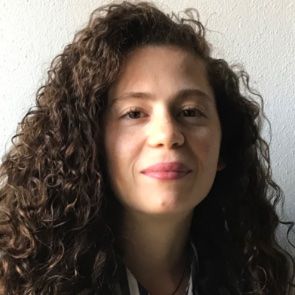
Matilde Campolungo
Italian Institute of Technology, Genoa, Italy
A mechanistic overview of the cellular uptake of hyaluronic acid

Stefano Del Buffa
Alfatest s.r.l., Italy
Enhancing the quality of plant-based meat analogues: effects of methylcellulose on mechanical properties and texture

Giuseppina Di Stefano
University of Naples Federico II, Italy
Synthesis and characterization of bio-based non-isocyanate waterborne poly(hydroxyl urethane)s

Eric Gómez Urreizti
Donostia International Physics Center, Spain
Polymerization of glycidol with B(C6F5)3: kinetics and further applications

Monika Knitter
Poznan University of Technology, Poland
Hydroxyapatite coatings on poly(lactic acid) for medical applications


Selena Silvano
Italian National Research Council (CNR-SCITEC), Milan, Italy
Novel bio-based materials from vegetable oils

Agnieszka Sysło
Cracow University of Technology, Poland
Carbon dots as photocatalysts in photoinitiating systems for photopolymerization processes in 3D printing application

Louis Van Renterghem
University of Mons, Belgium
Benzoxazine coatings based on biobased adaptive covalent networks for the protection of metallic substrates

Edoardo Zonta
University of Trento, Italy
Toughening effect of 2,5-furandicaboxylate polyesters on polylactide-based compatibilized renewable fibers
Blog posts

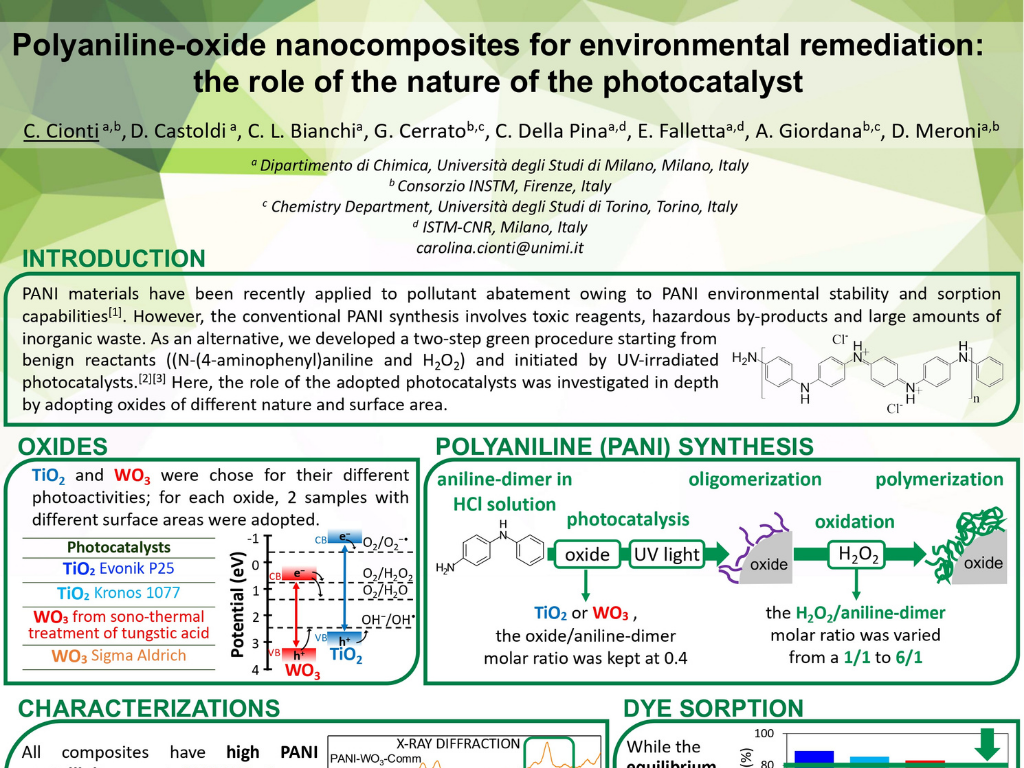
Jul 17th 21
Polyaniline-oxide nanocomposites for environmental remediation: the role of the nature of the photocatalyst
News
Jul 24th 21
Polyamidoamines derived from natural amino acids as effective flame retardants of cottons
News
Jul 27th 21
Fundamental aspects and gas-barrier applications of polyelectrolytes-assisted dispersion of reduced graphite oxide nanoplates
News
Jul 30th 21
Simulation of a reactor for the pyrolysis of polyethylene using Aspen Plus©
News

Aug 4th 21
Dually-controlled ATRP of pH-sensitive PDMAEMA brushes inspired by sustainable chemistry
News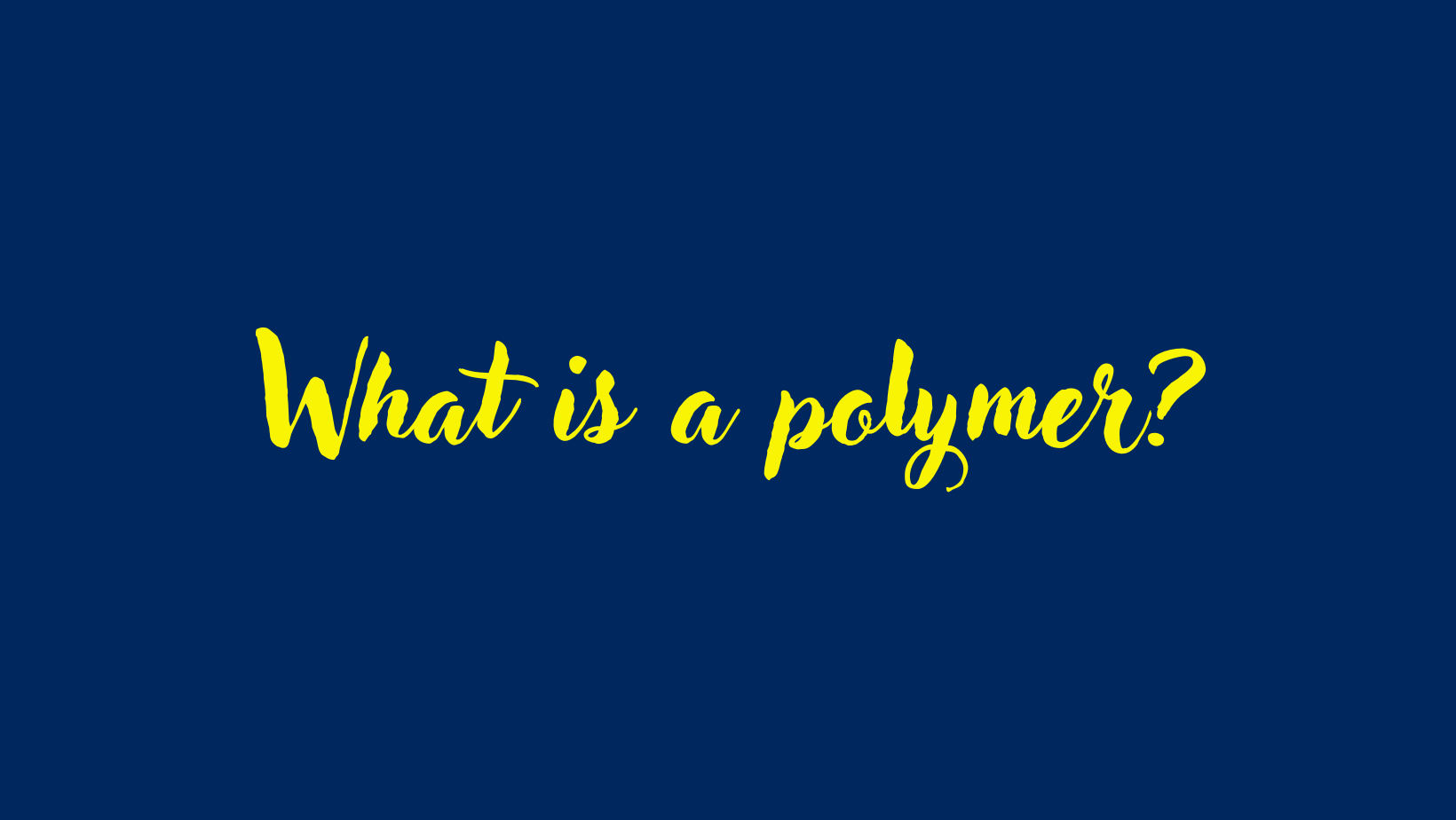

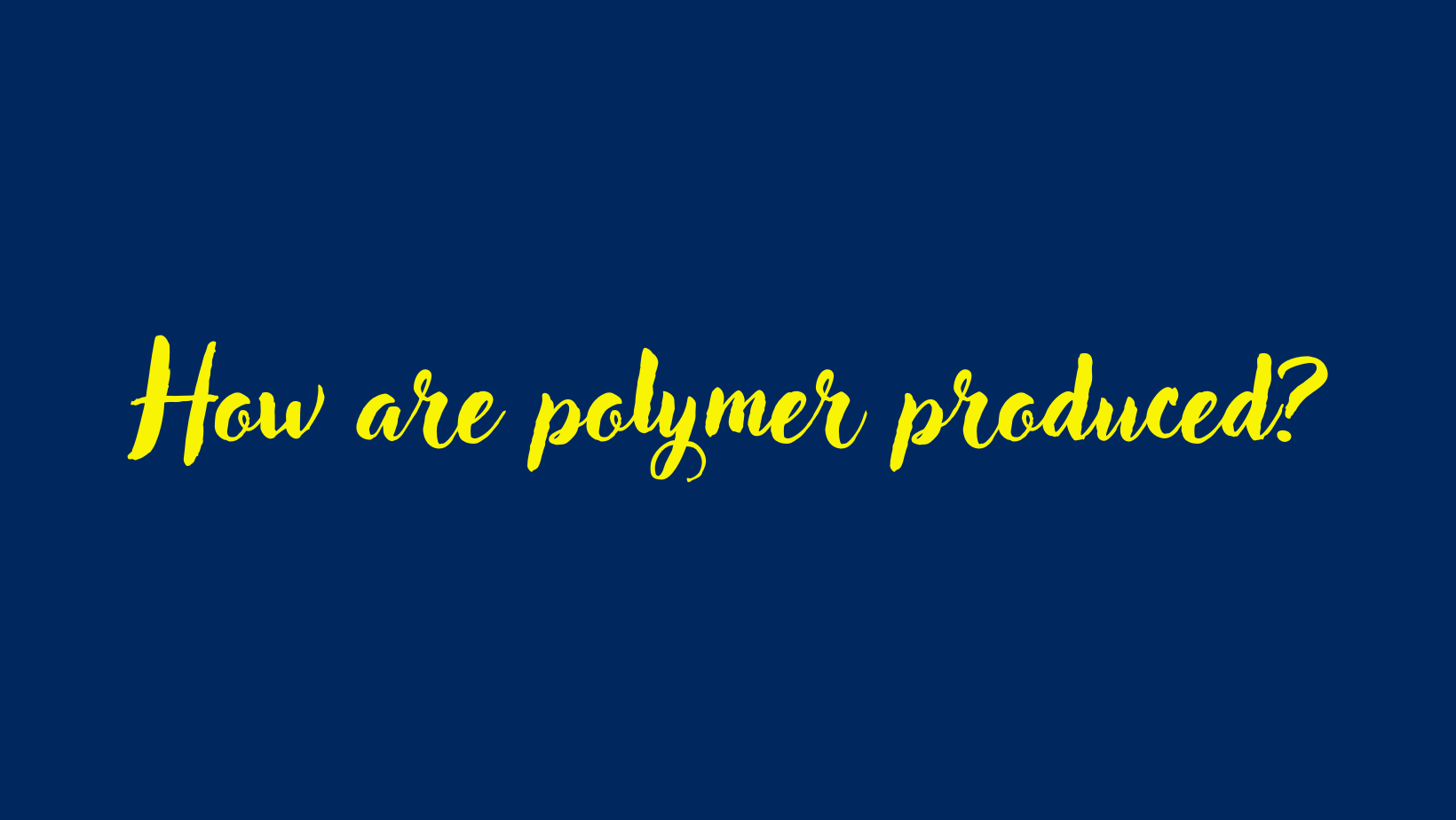
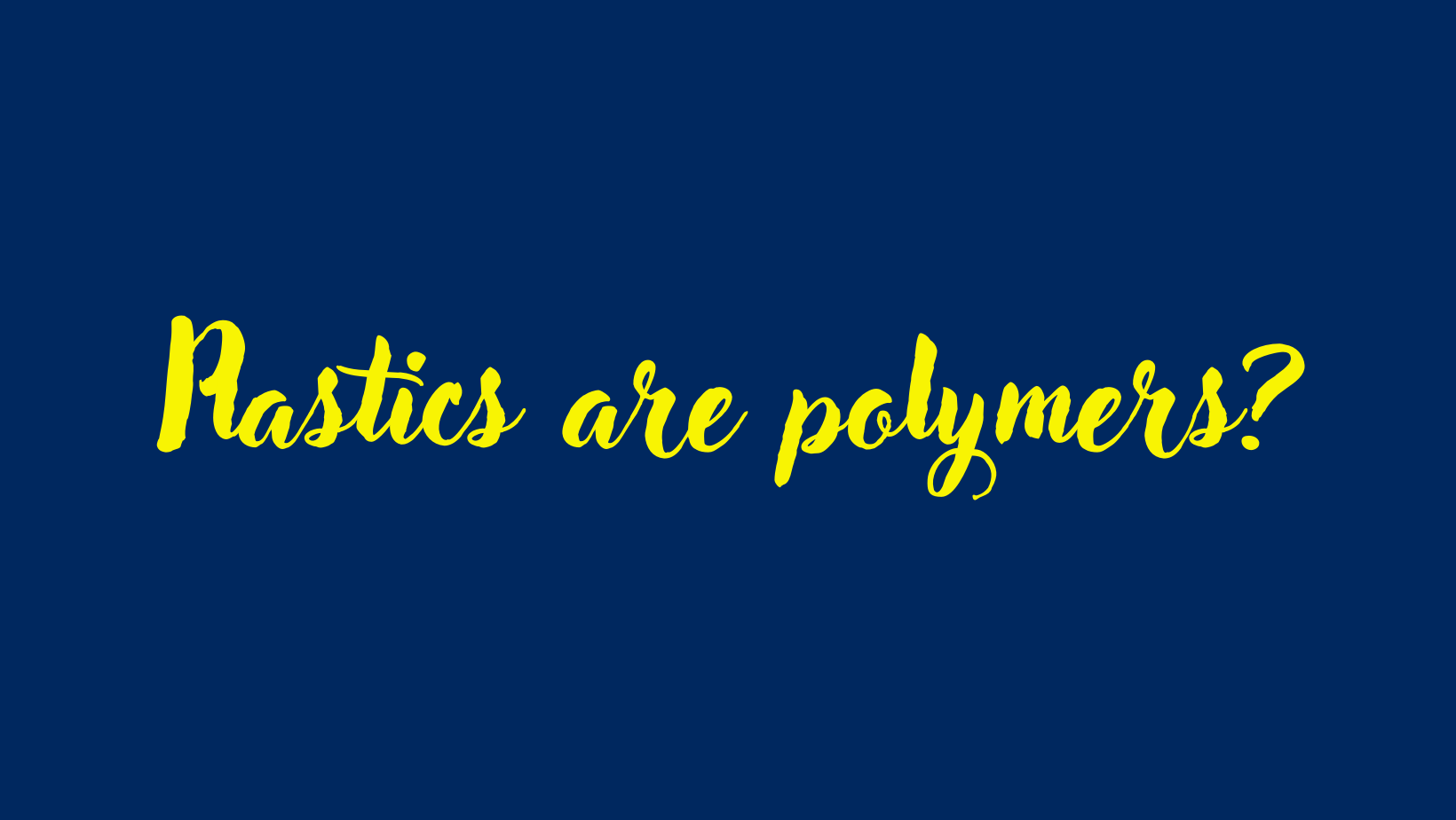









Nov 2nd 21
What is ghost fishing? To what extent is ghost fishing an environmental problem?
News
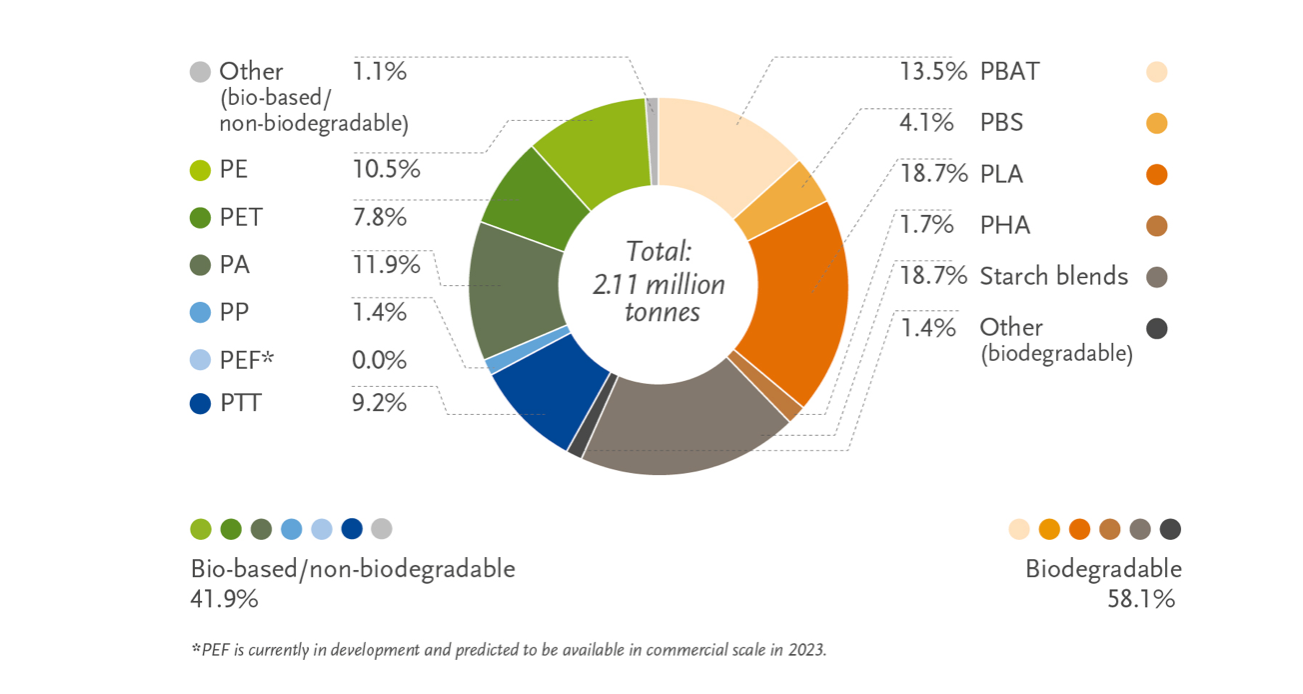
Nov 16th 21
End-of-life routes for bioplastics: not only biodegradation
News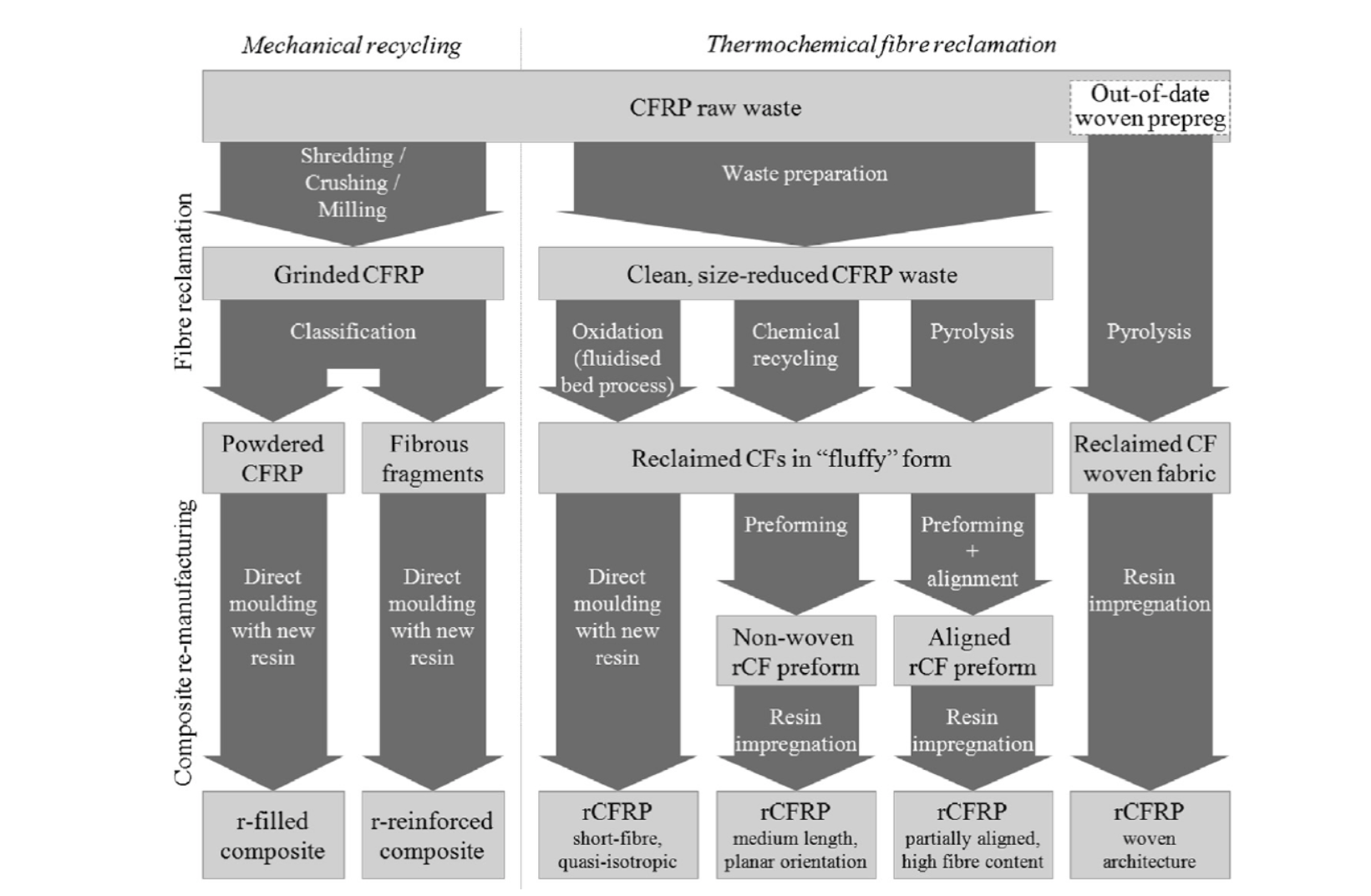
Nov 16th 21
End of life scenarios of composite materials for wind blade technology
News
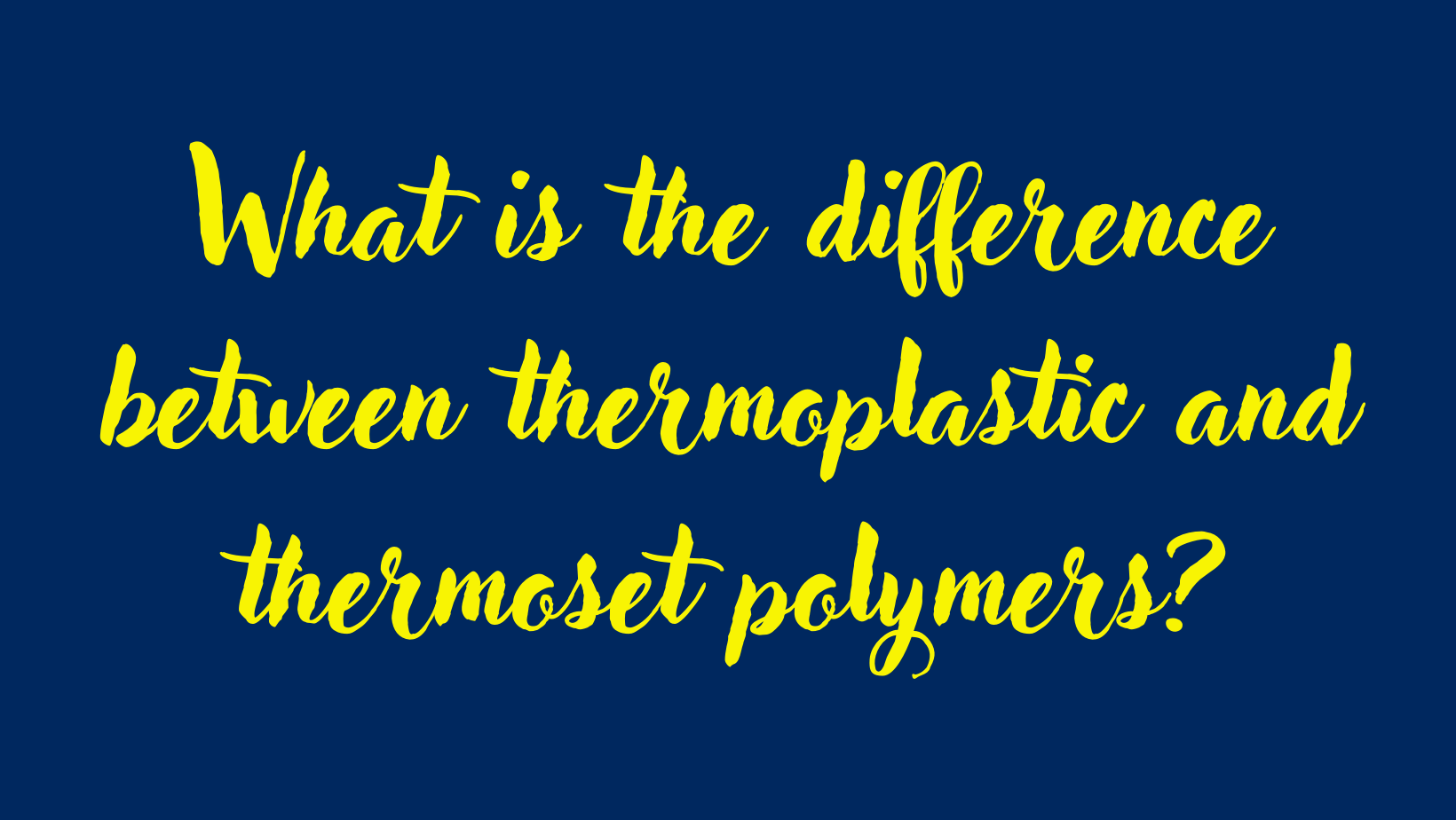
Dec 15th 21
What is the difference between thermoplastic and thermoset polymers?
Educational


Jan 2nd 22
Quantitative removal of water pollutants: EDTA mimic polyamidoamine resin as reversible absorber of heavy metal ions
News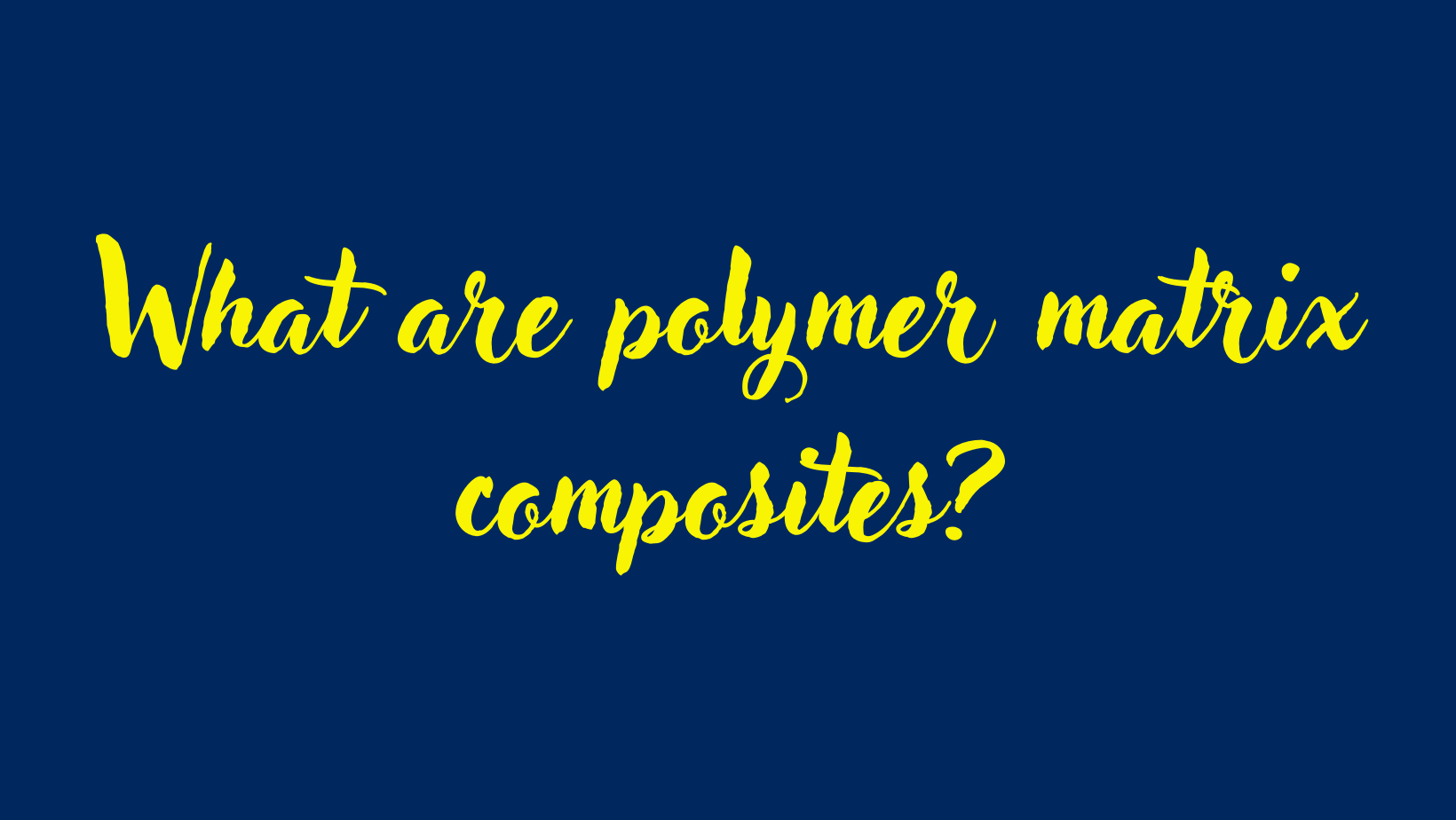

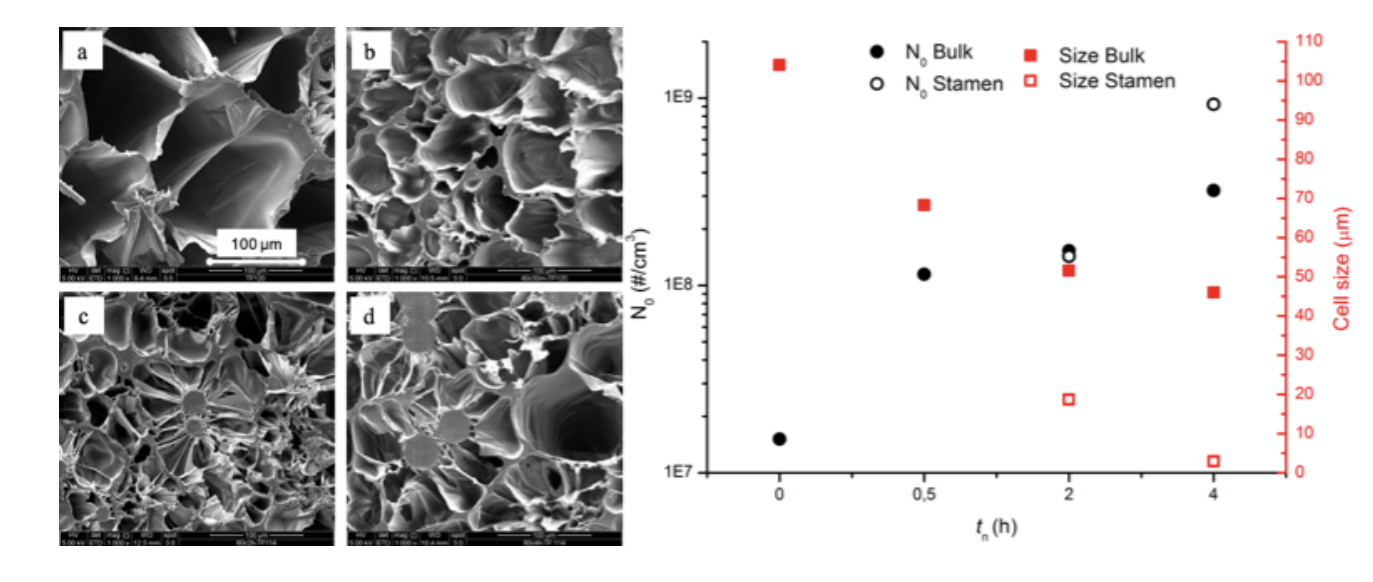


Jan 31st 22
The Thermo-Oxidative Behavior of Cotton Coated with an Intumescent Flame Retardant Glycine-Derived Polyamidoamine: A Multi-Technique Study
News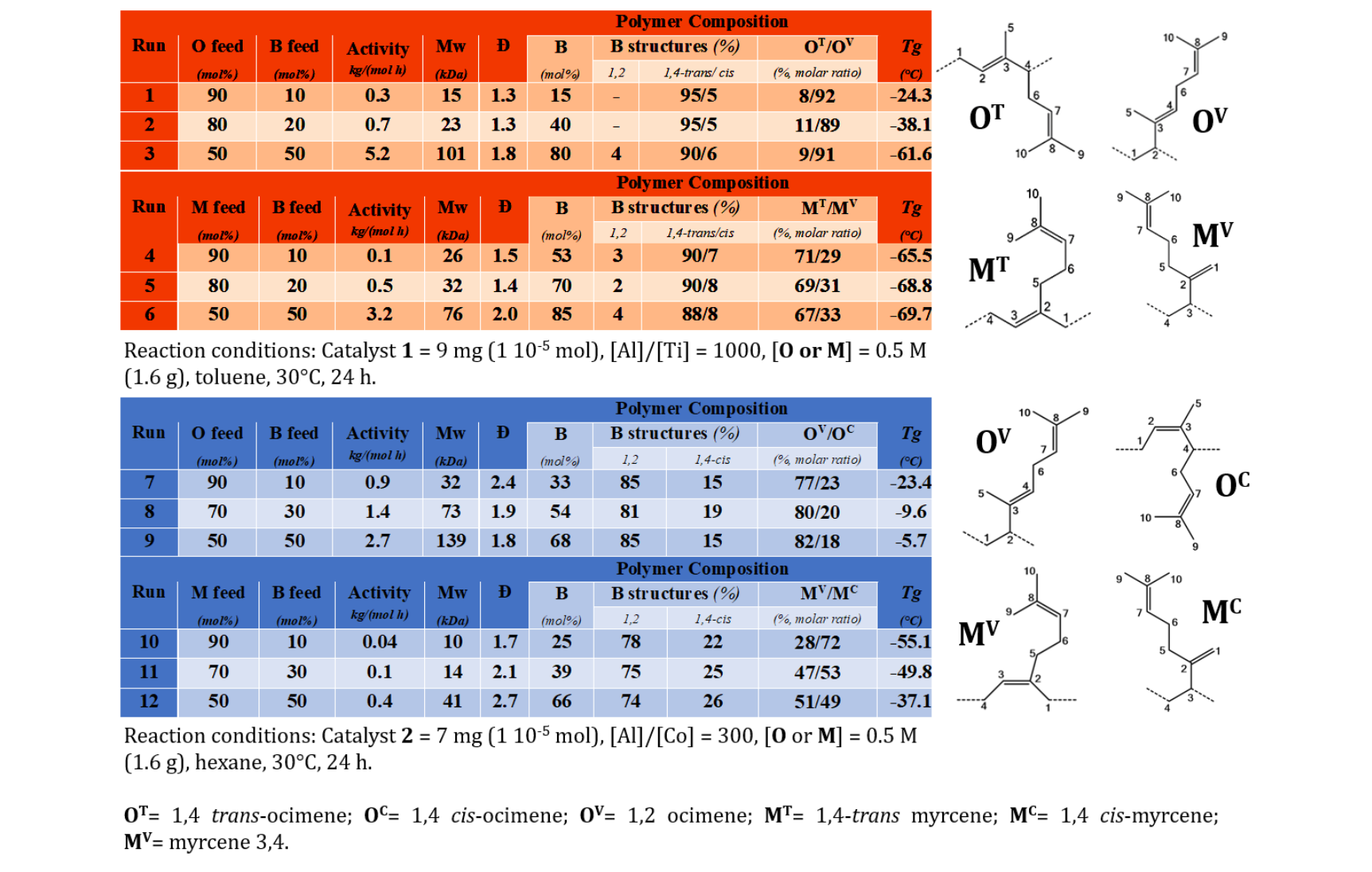
Mar 22nd 22
Tyres, a path towards more sustainable elastomers from linear terpenes
News


Apr 7th 22
Silk bioMIPs: the new approach to molecularly imprinted polymers made of a natural biomaterial
News
Apr 7th 22
VIDEO - Materiali avanzati per la conservazione della pietra nell'architettura storica
News

Photo gallery
